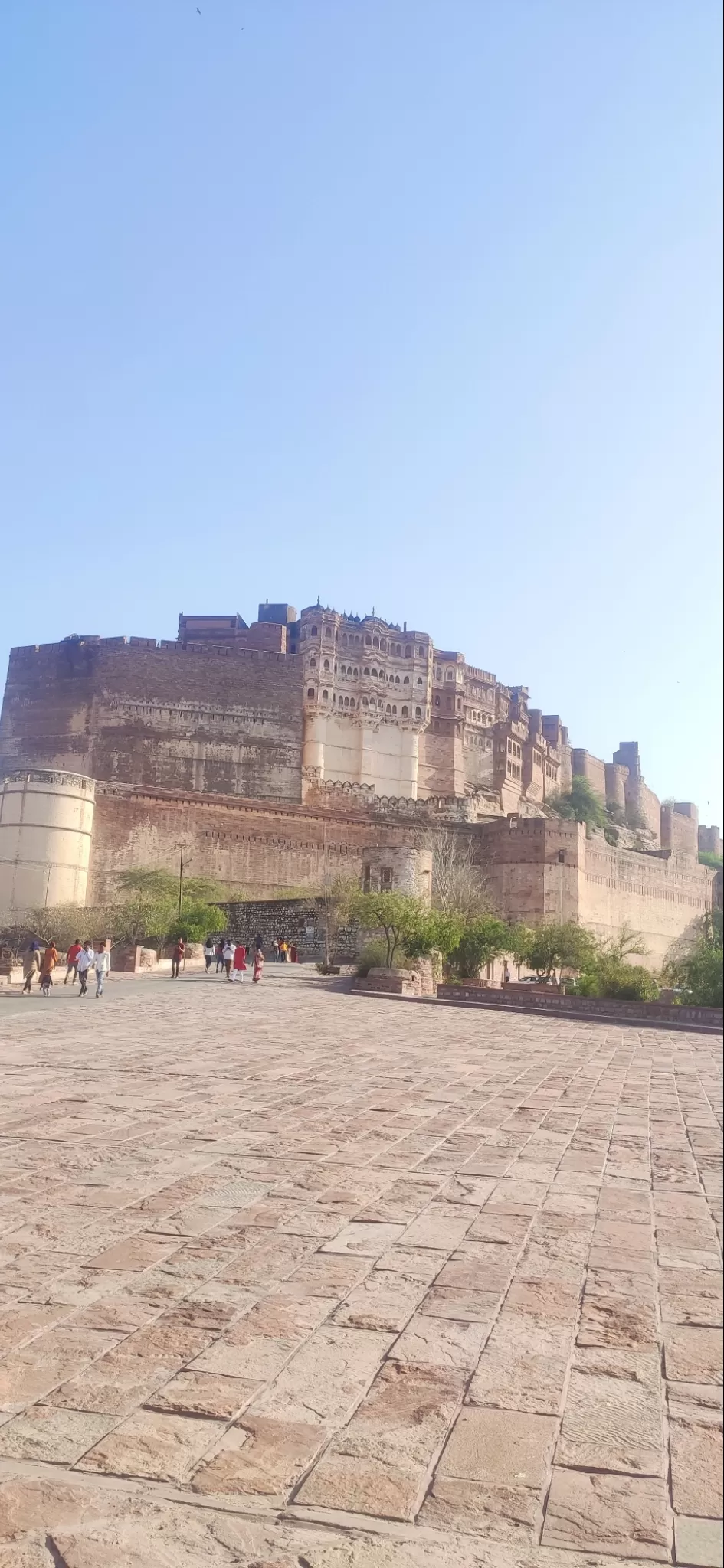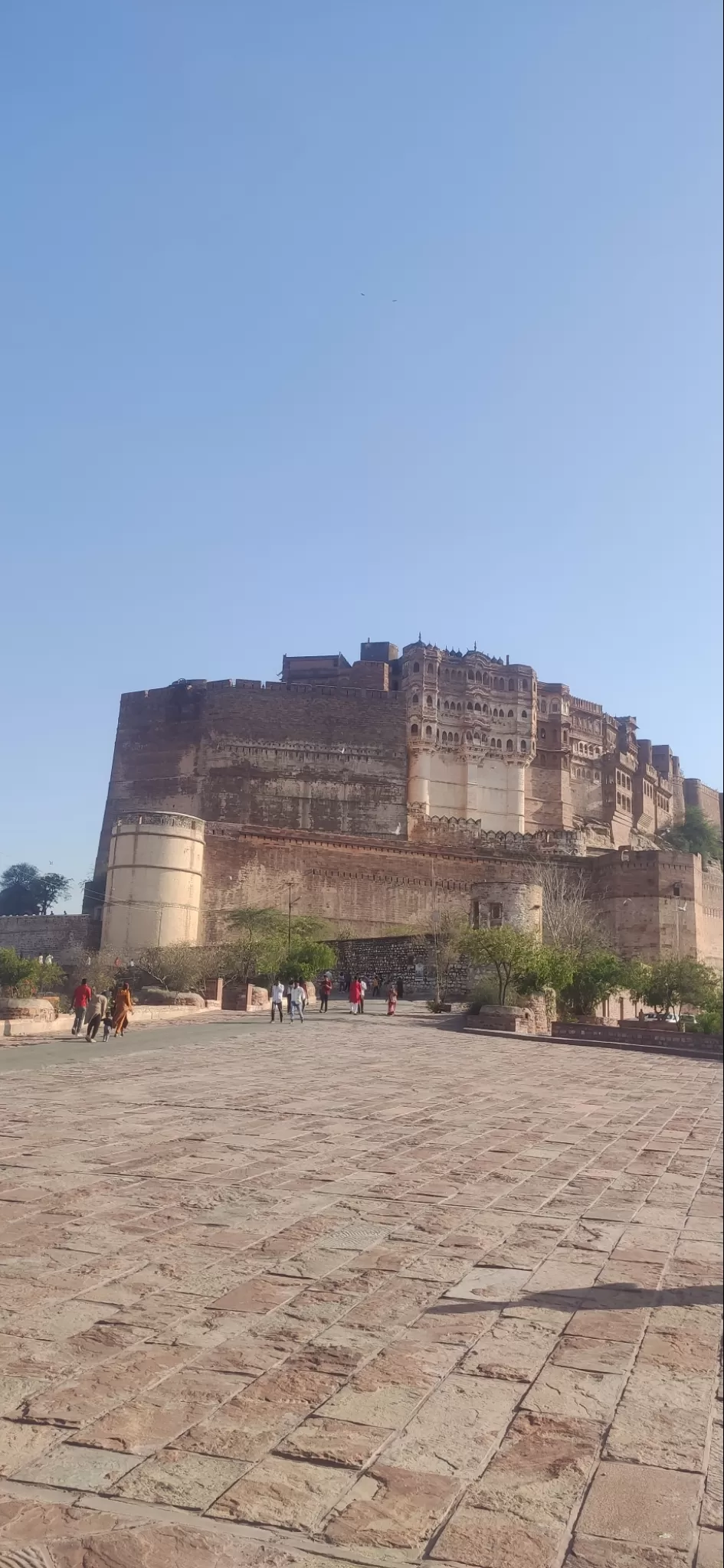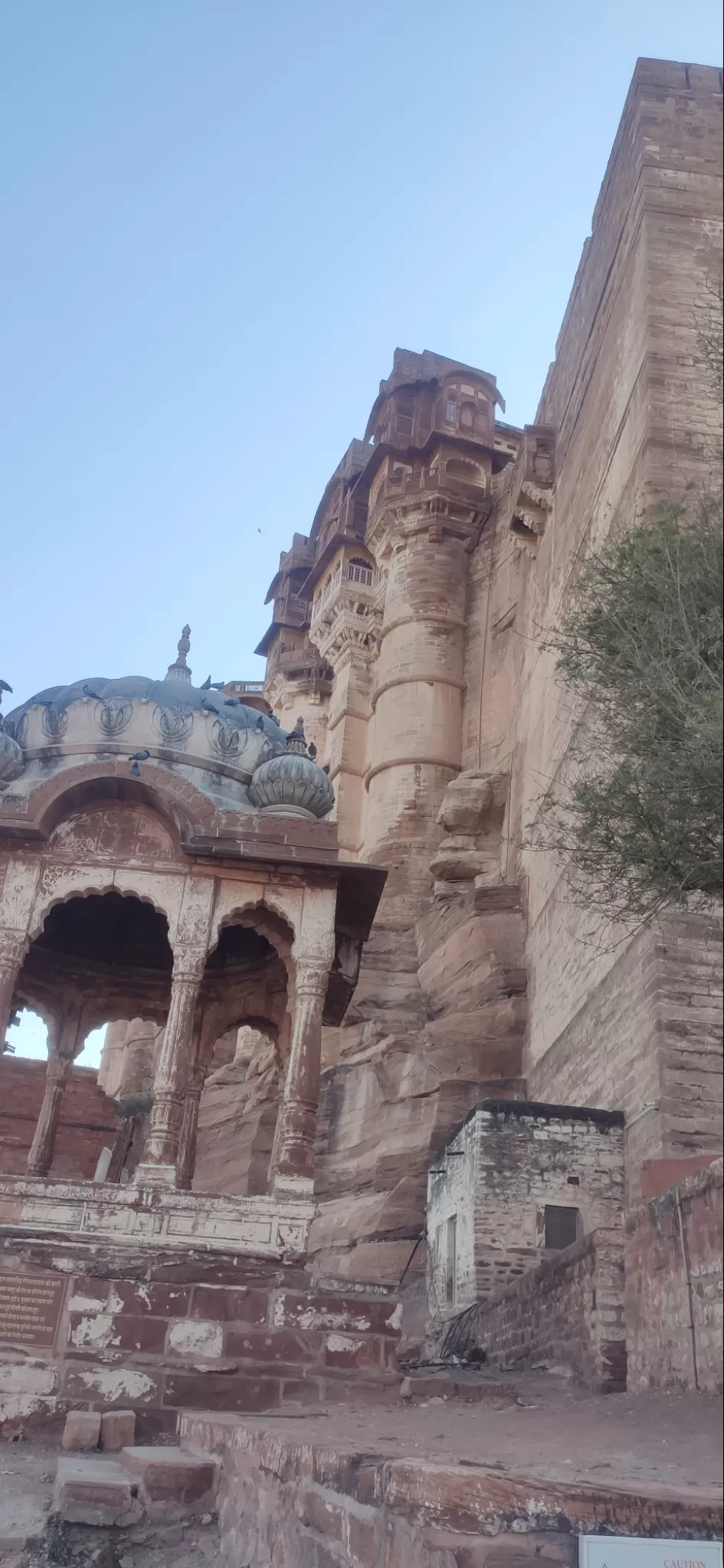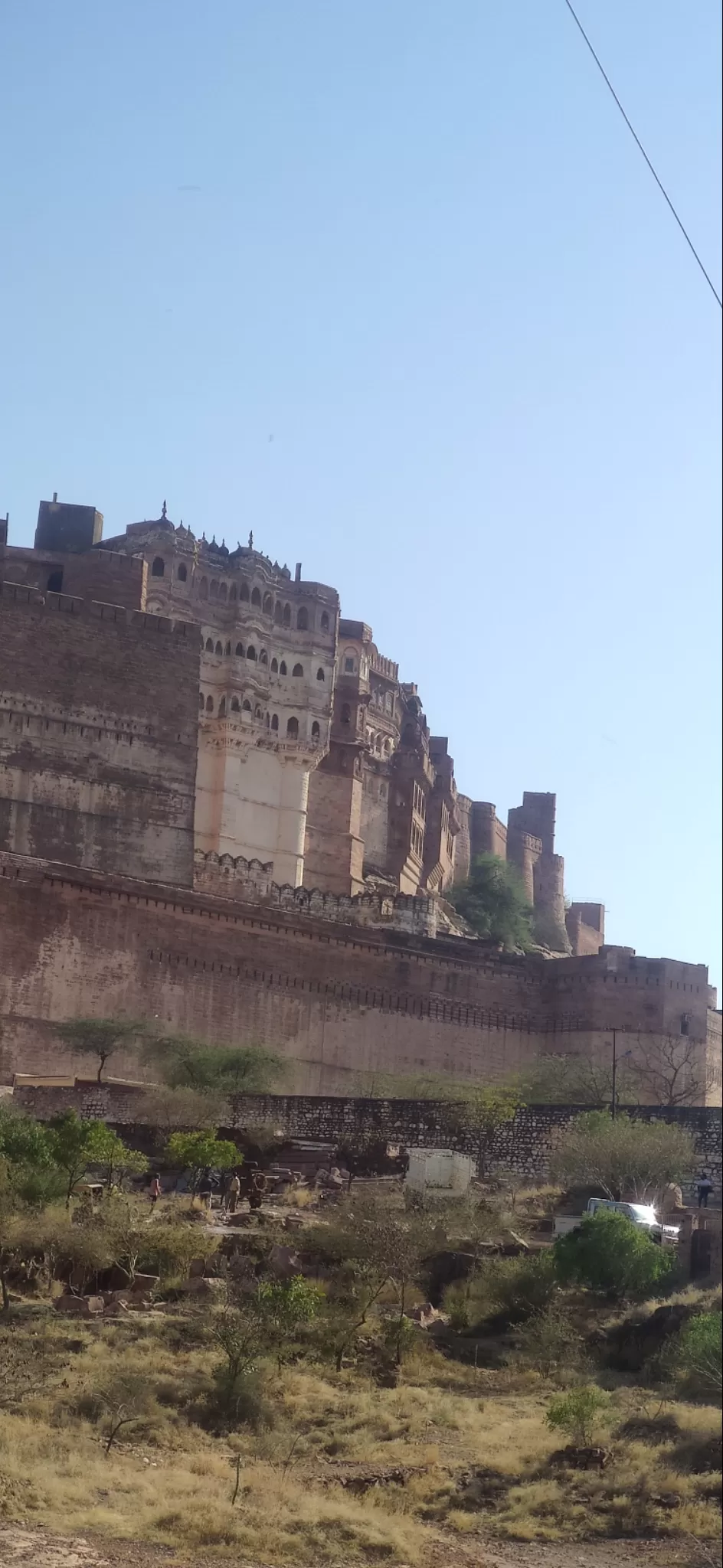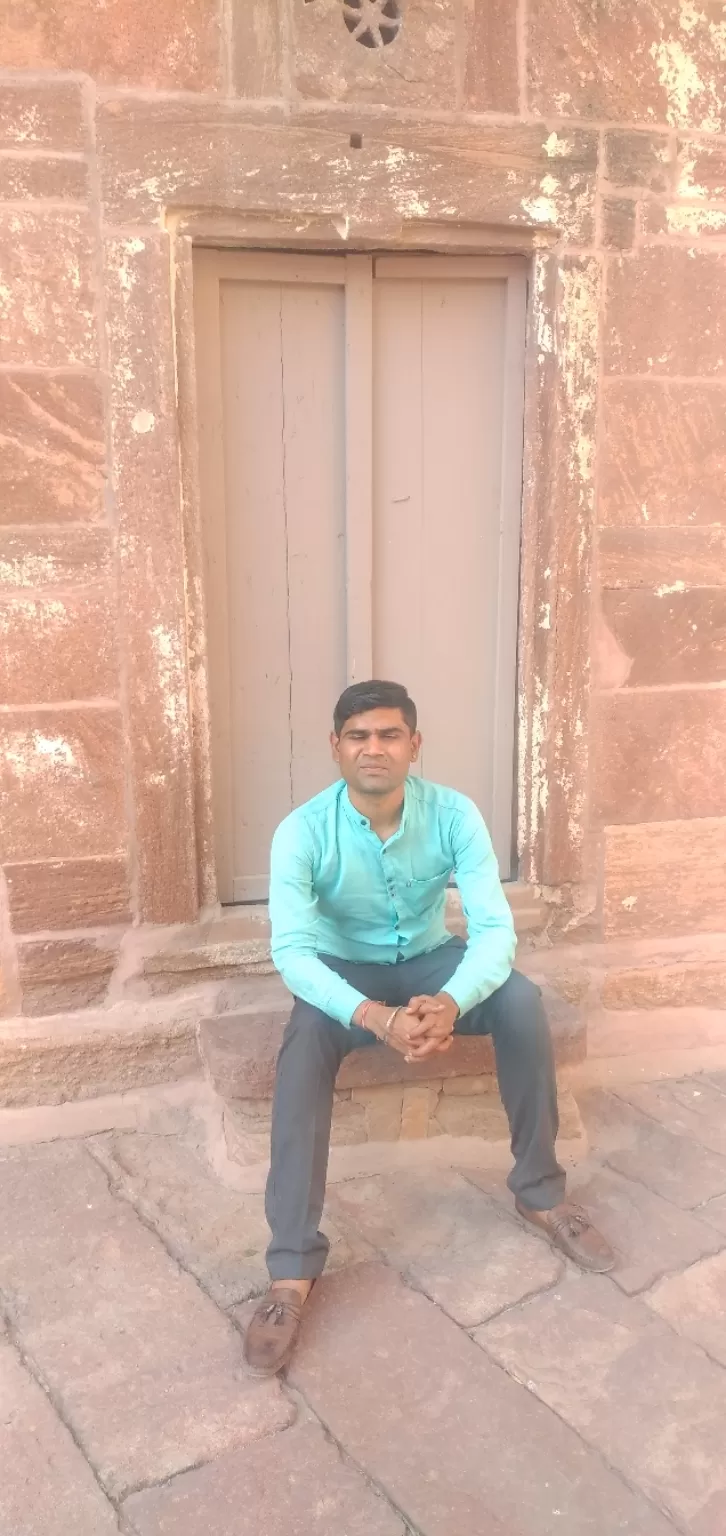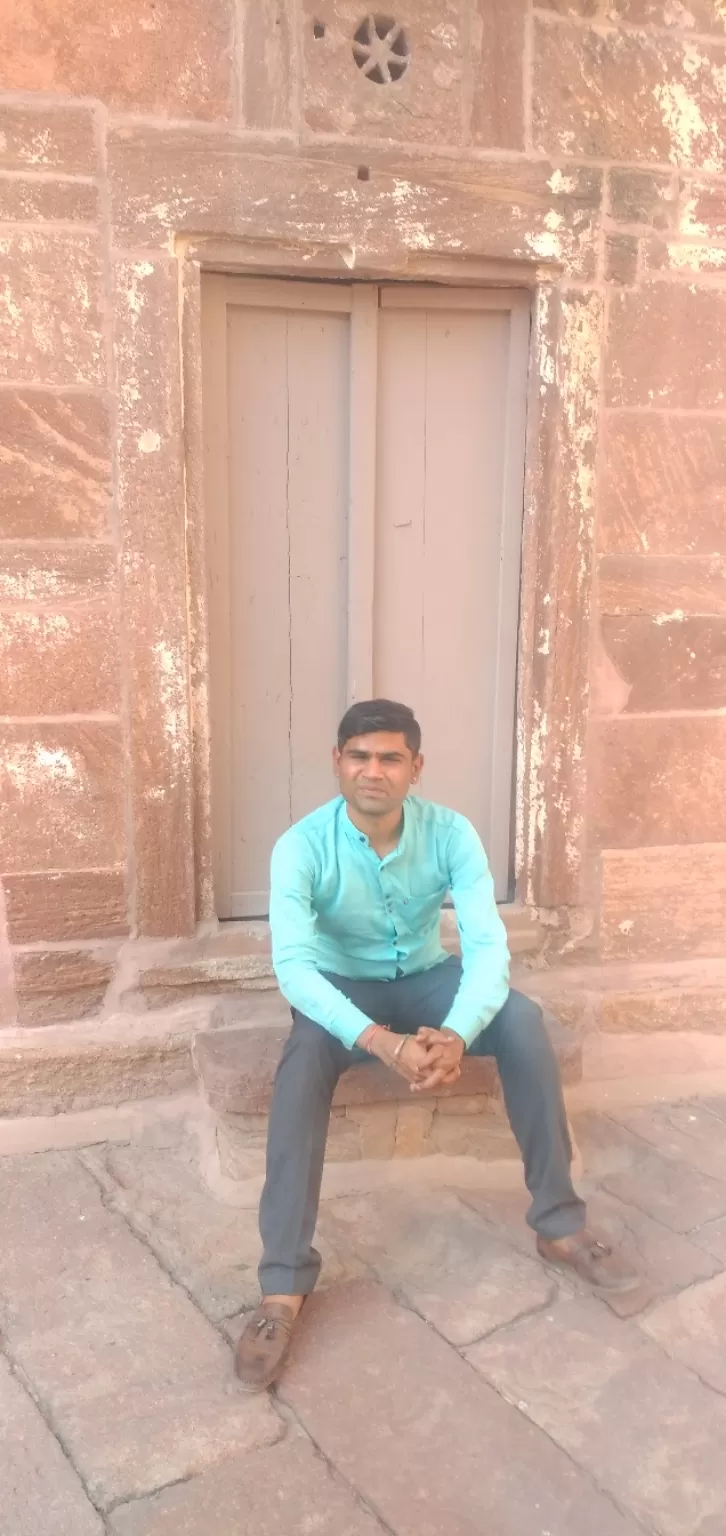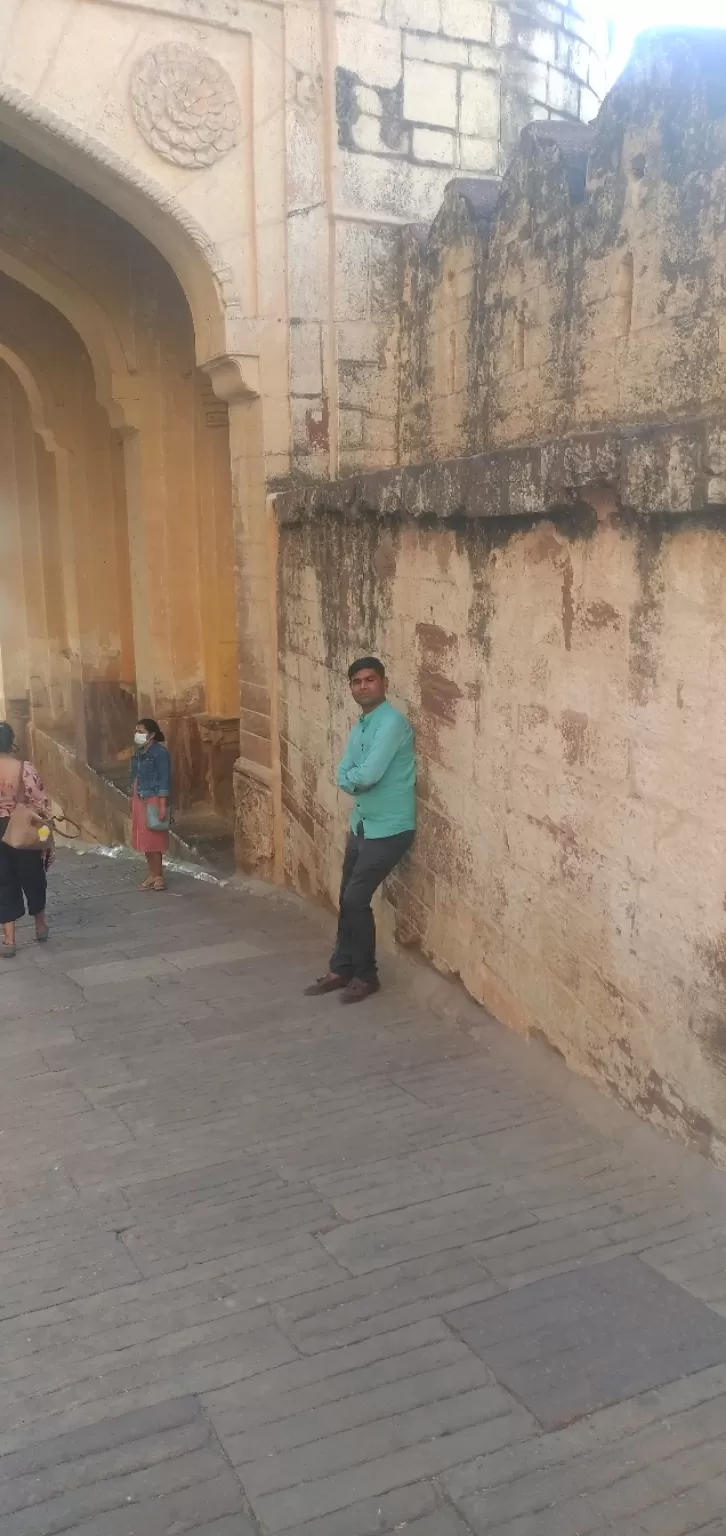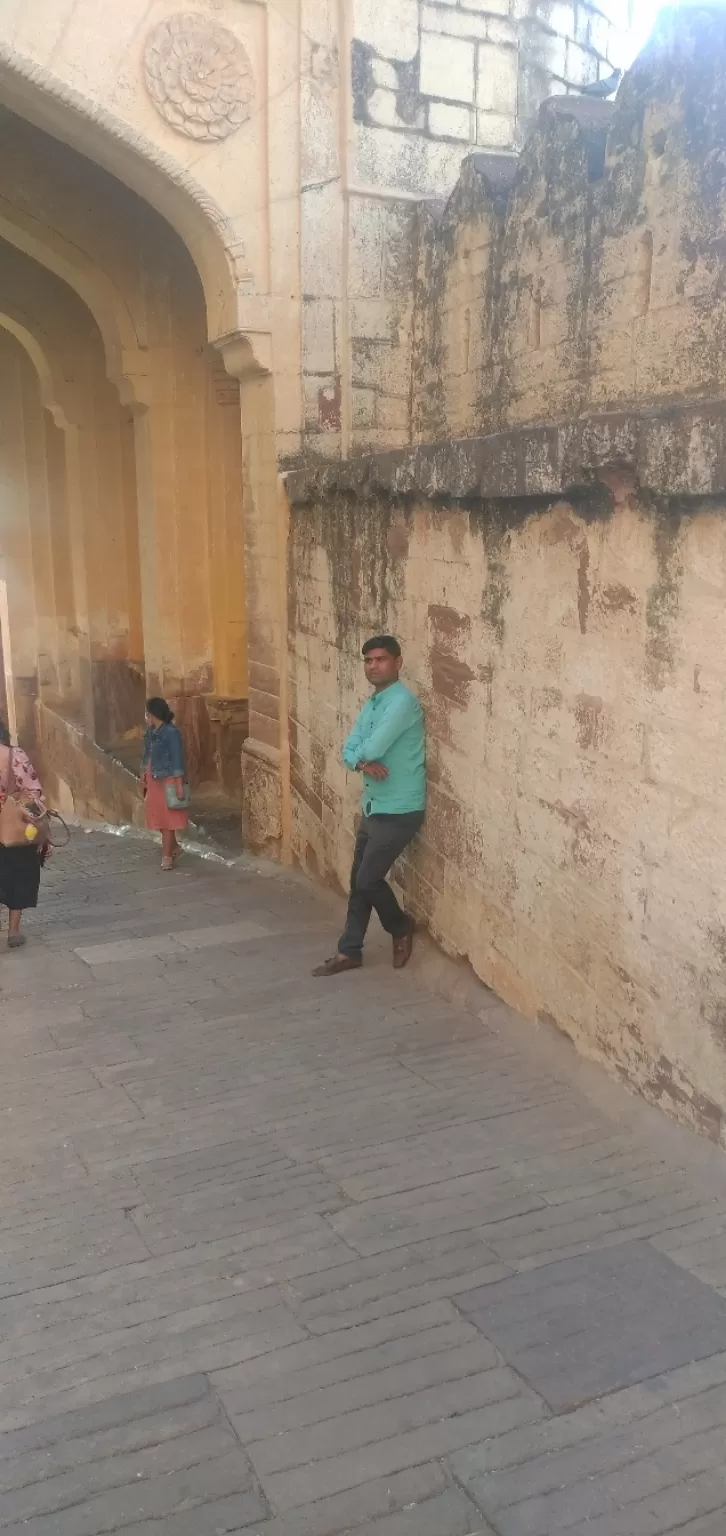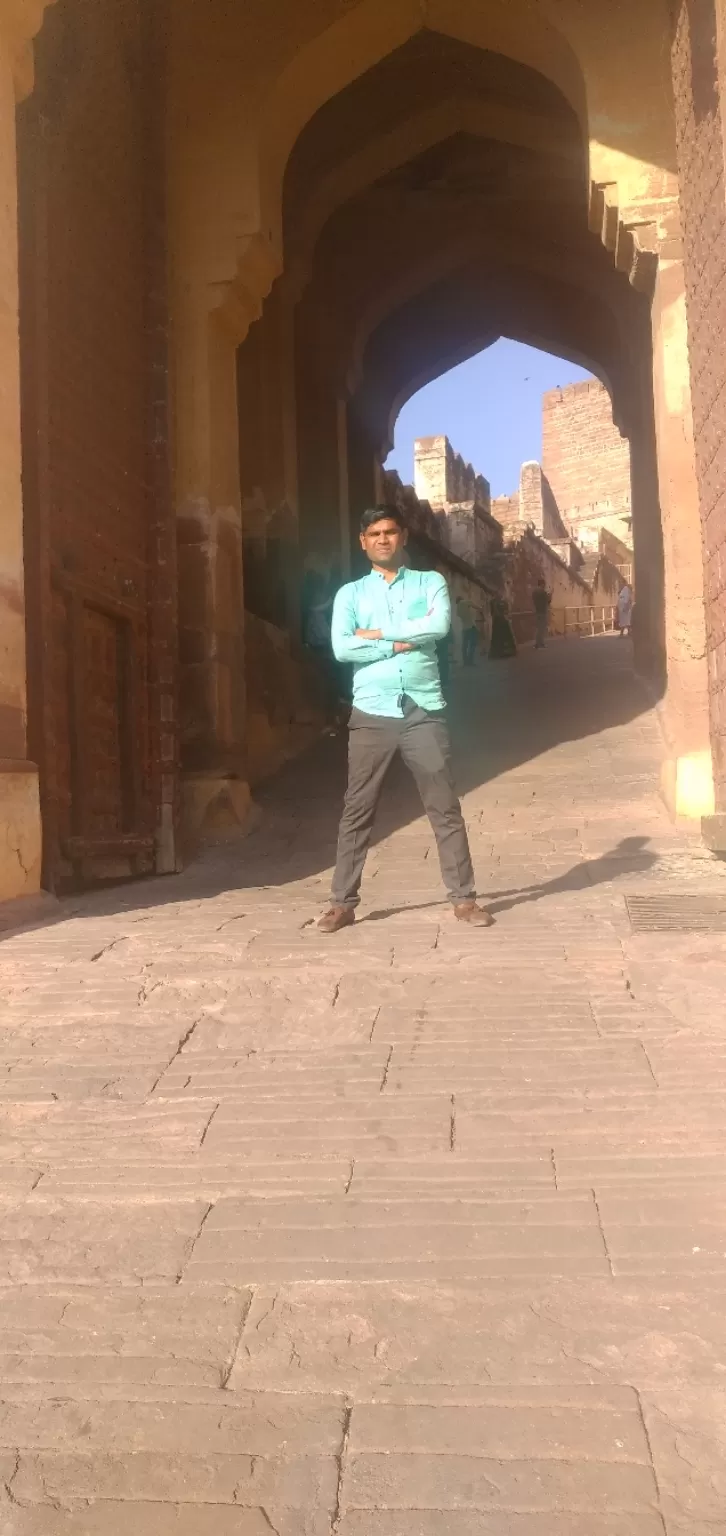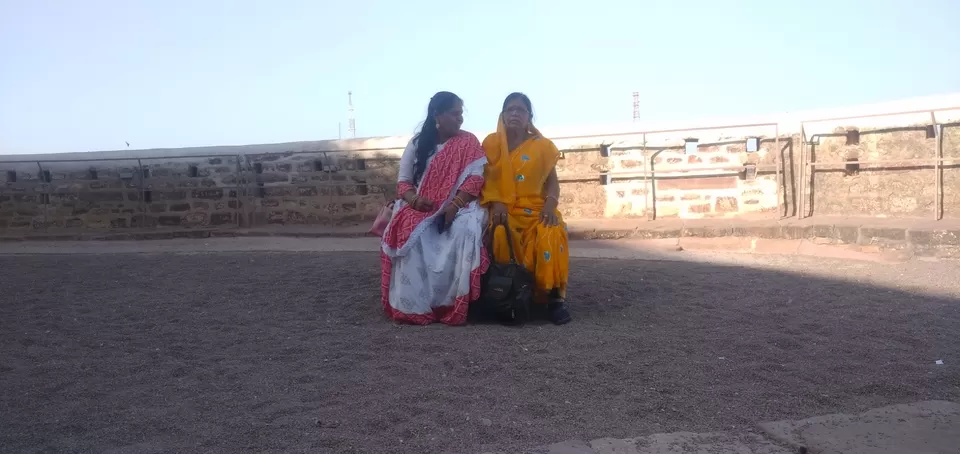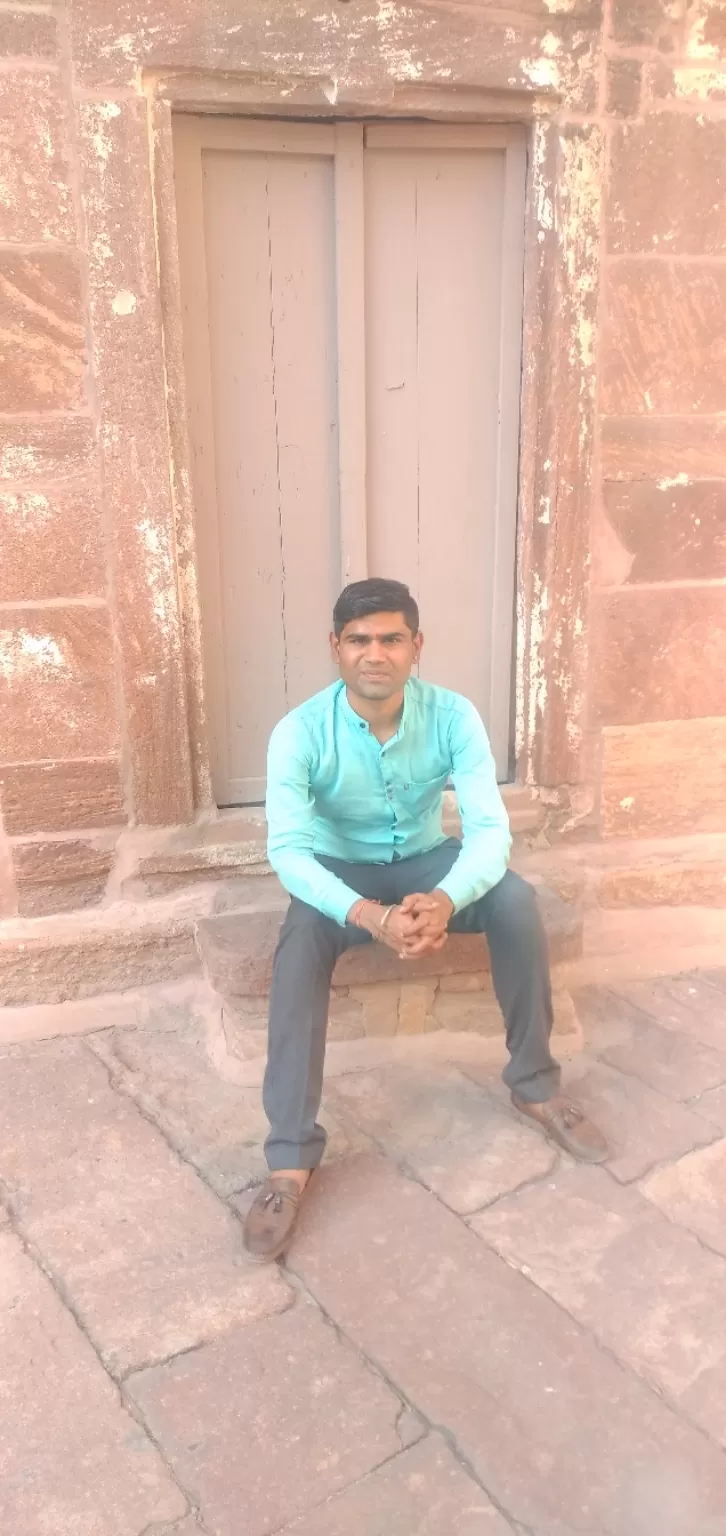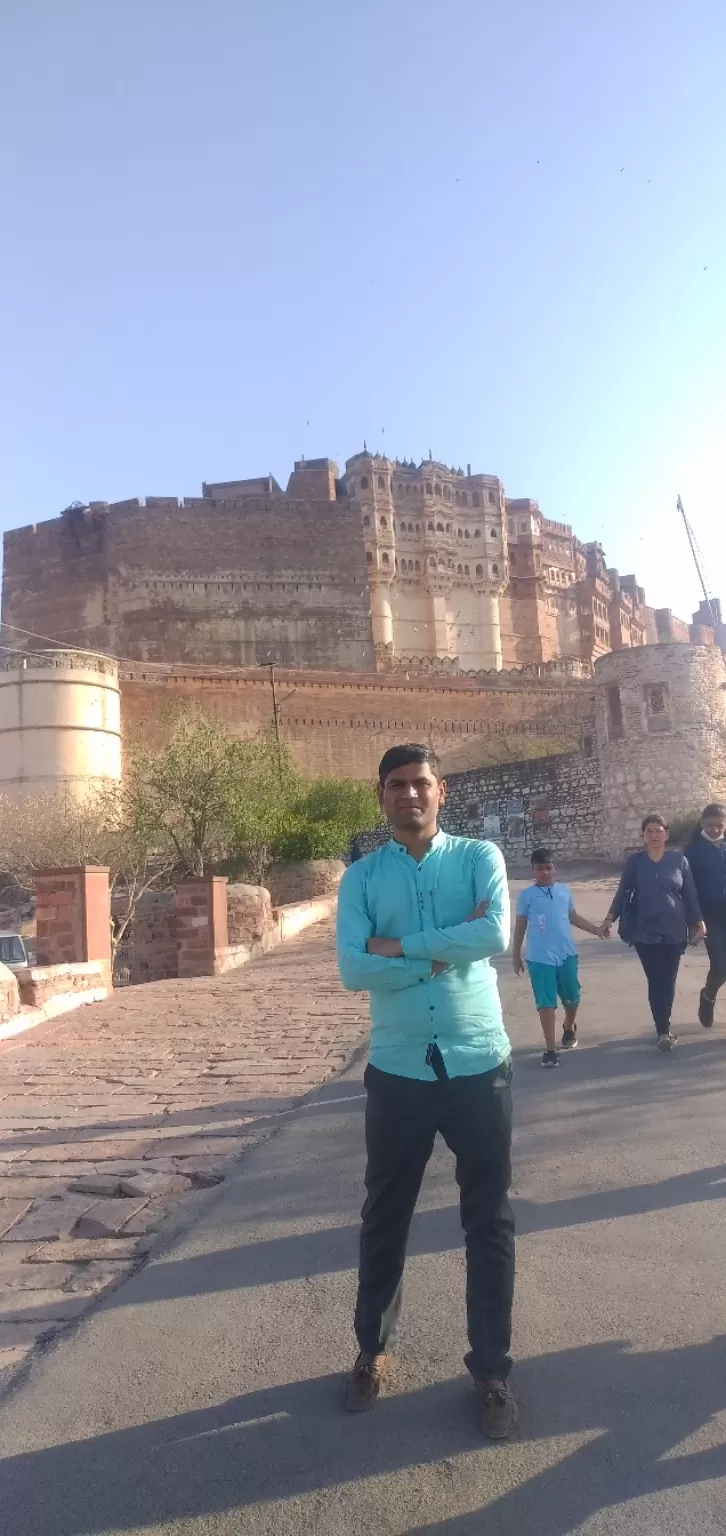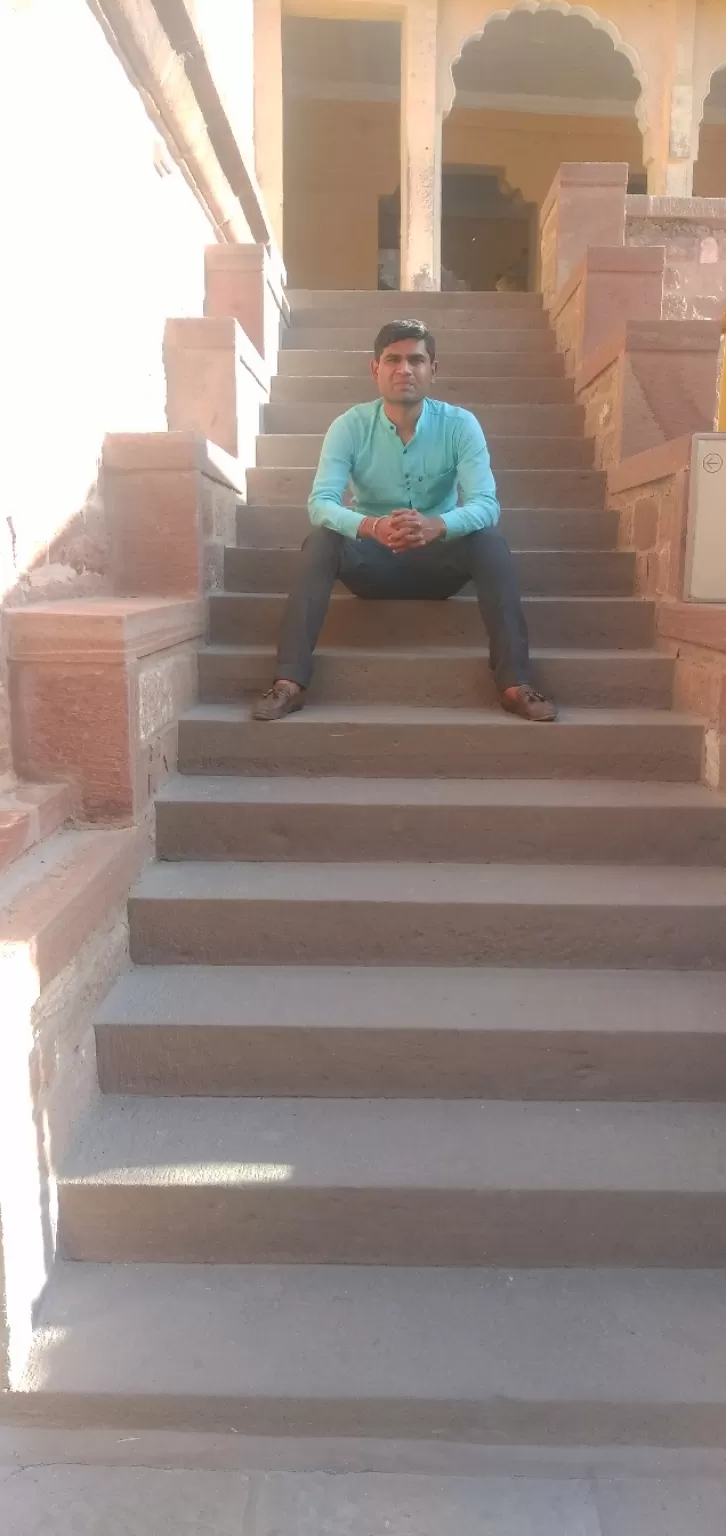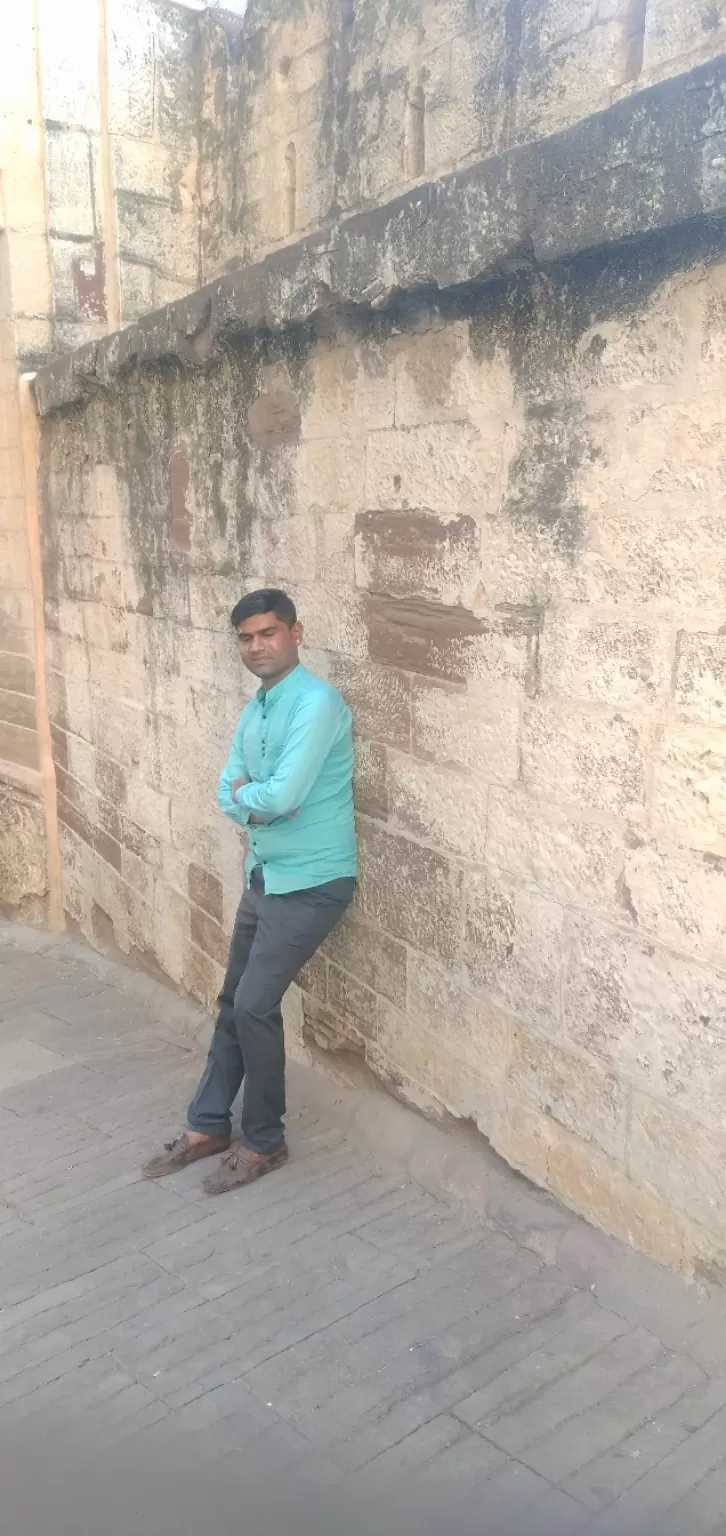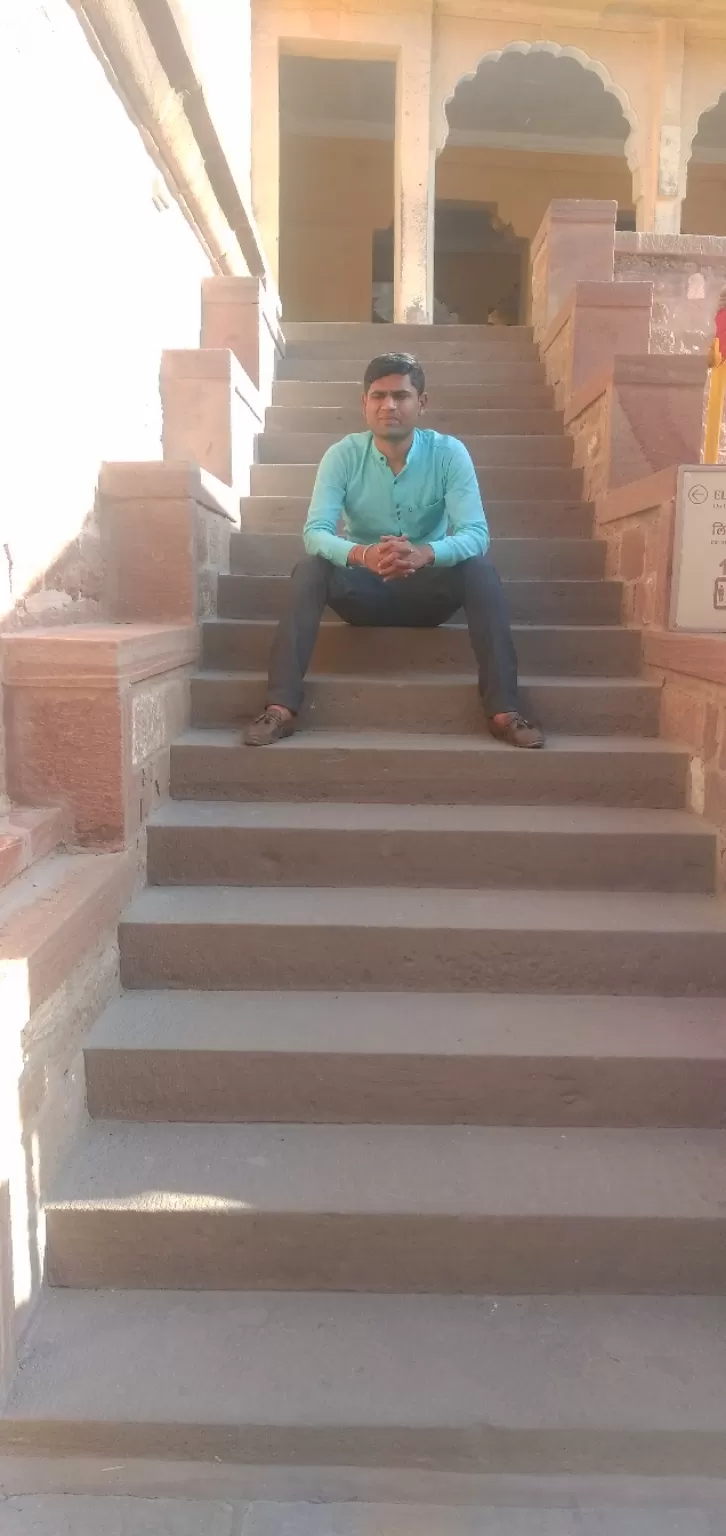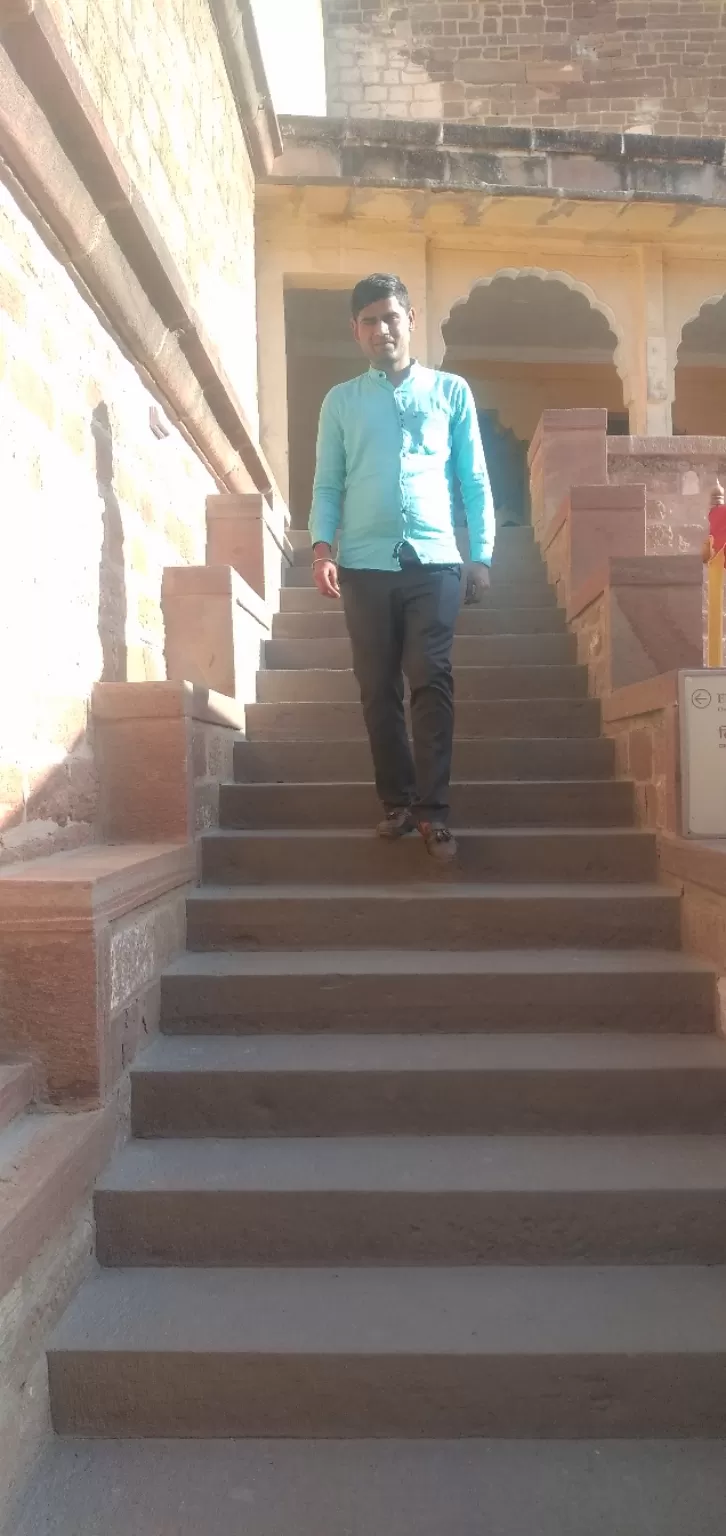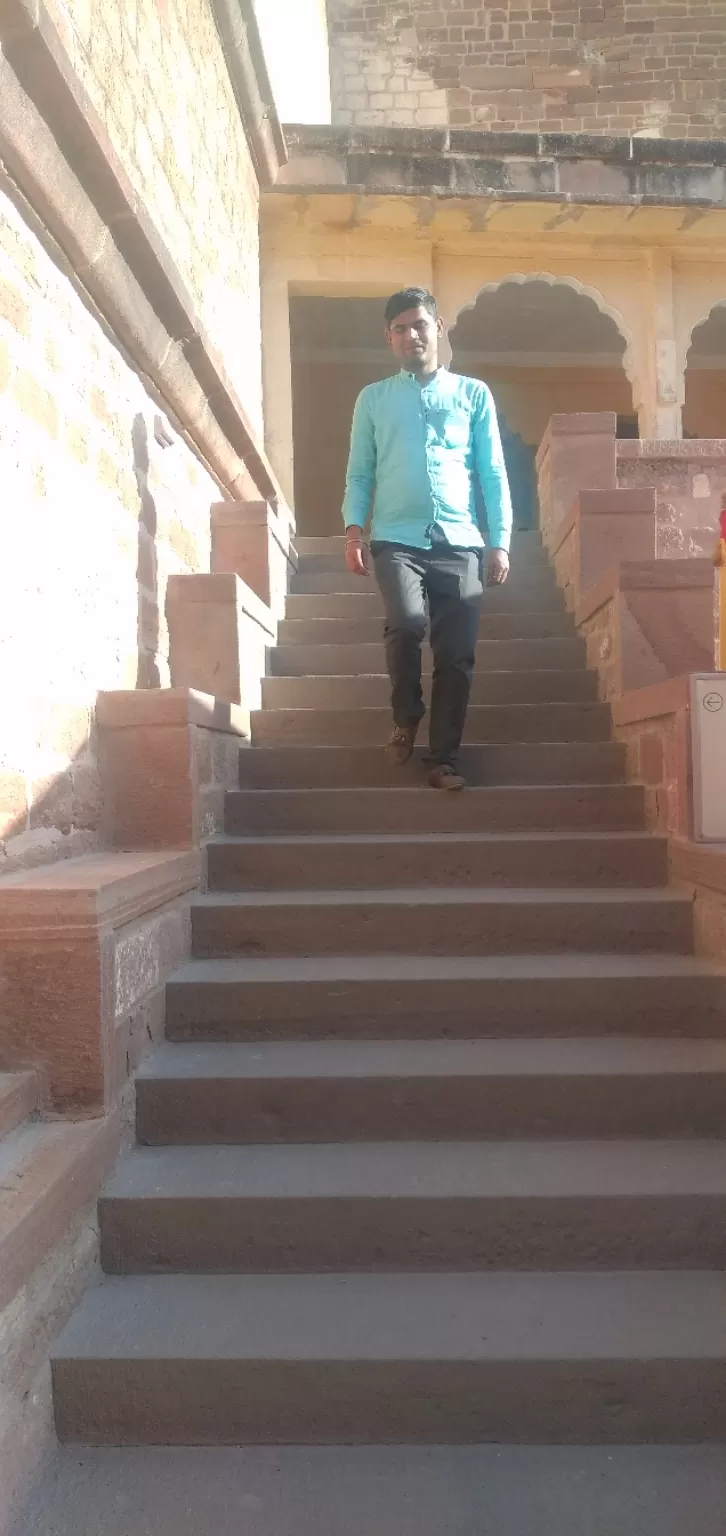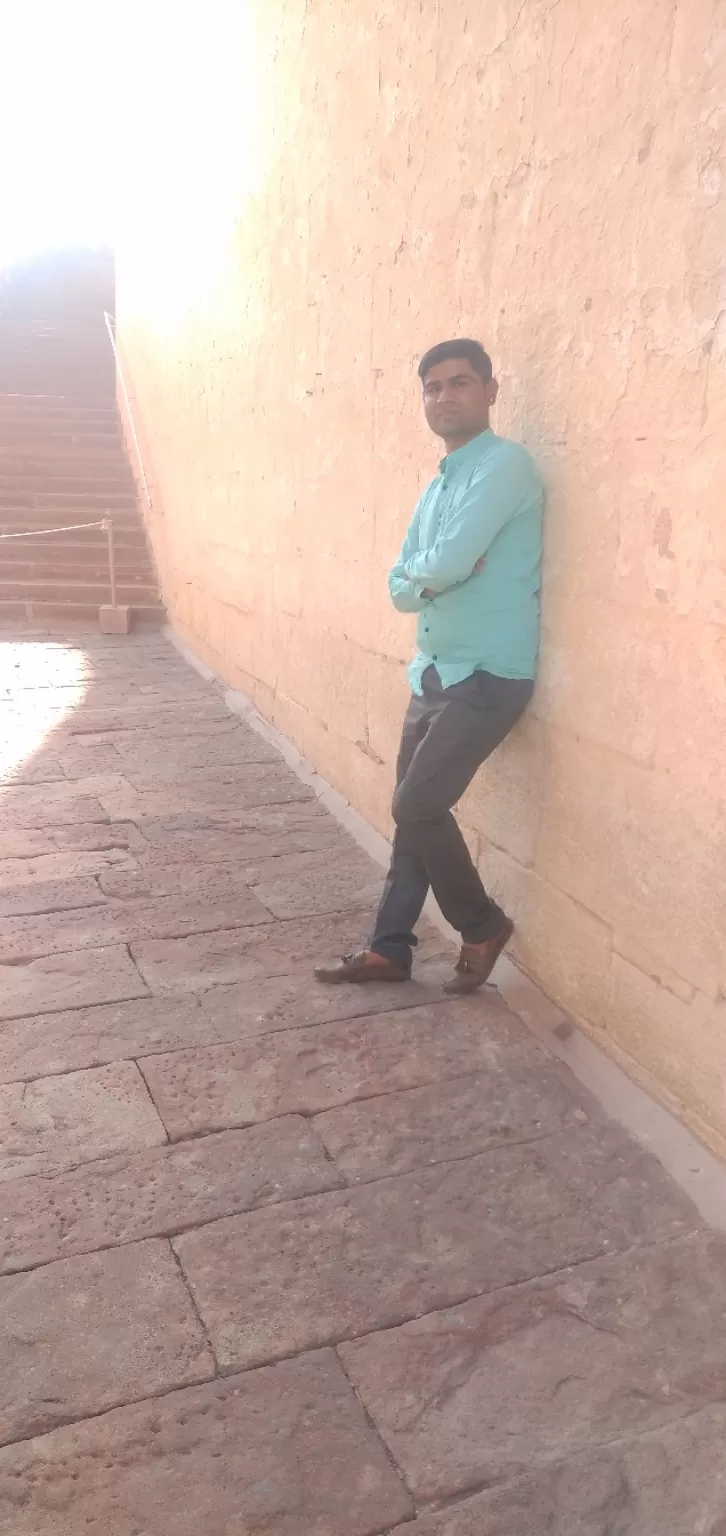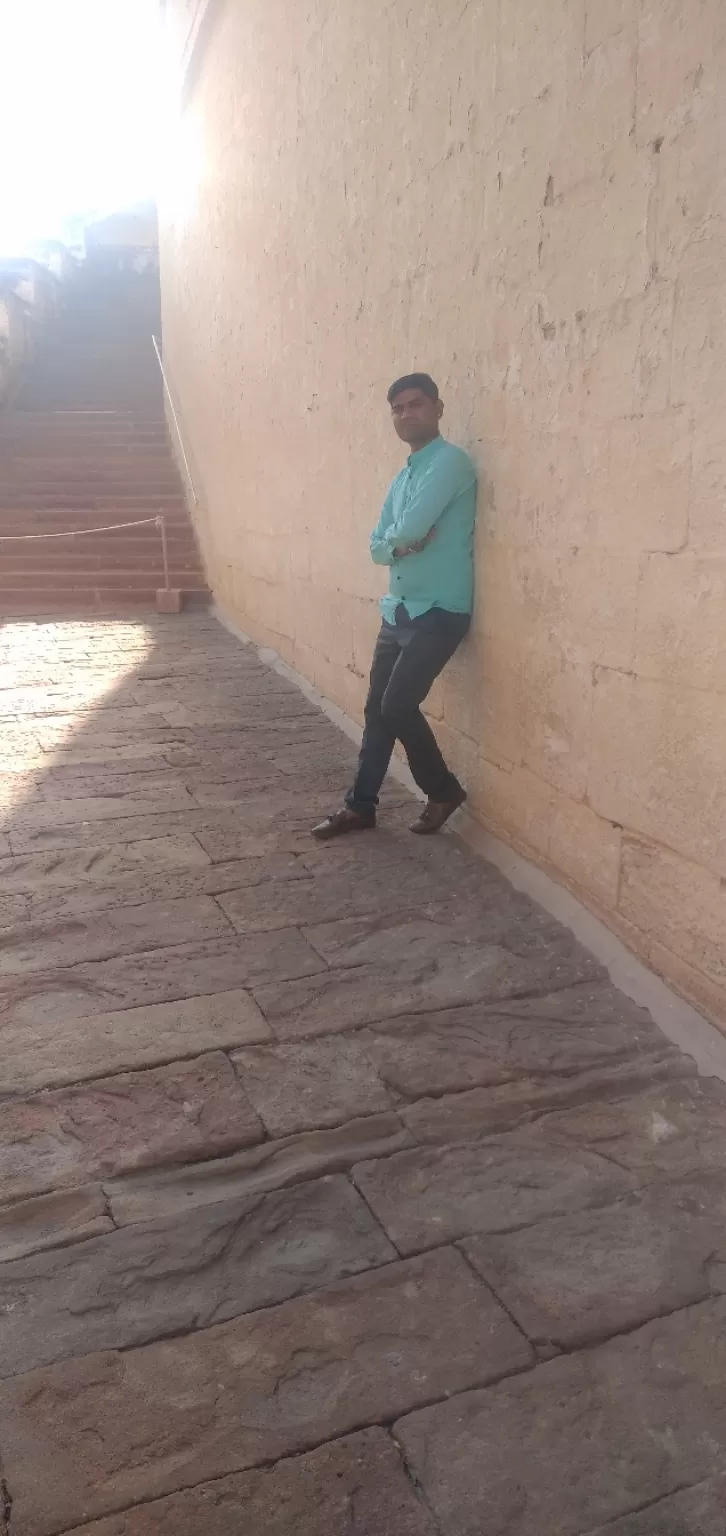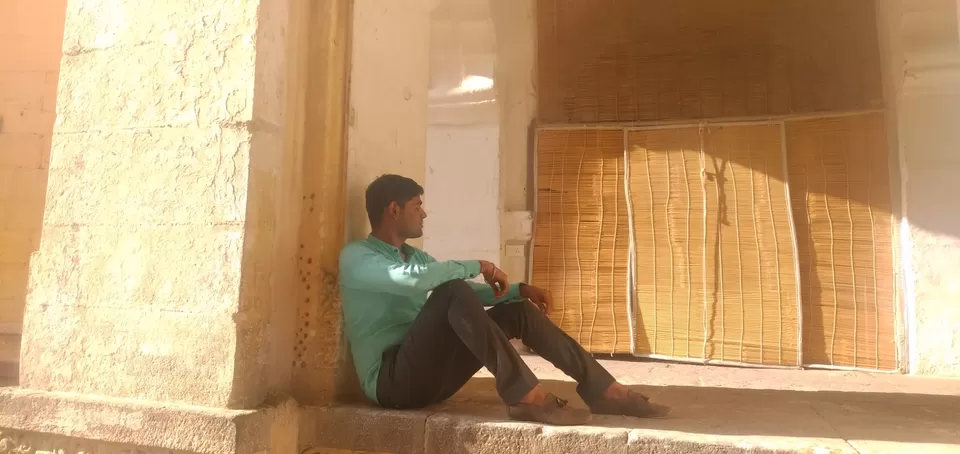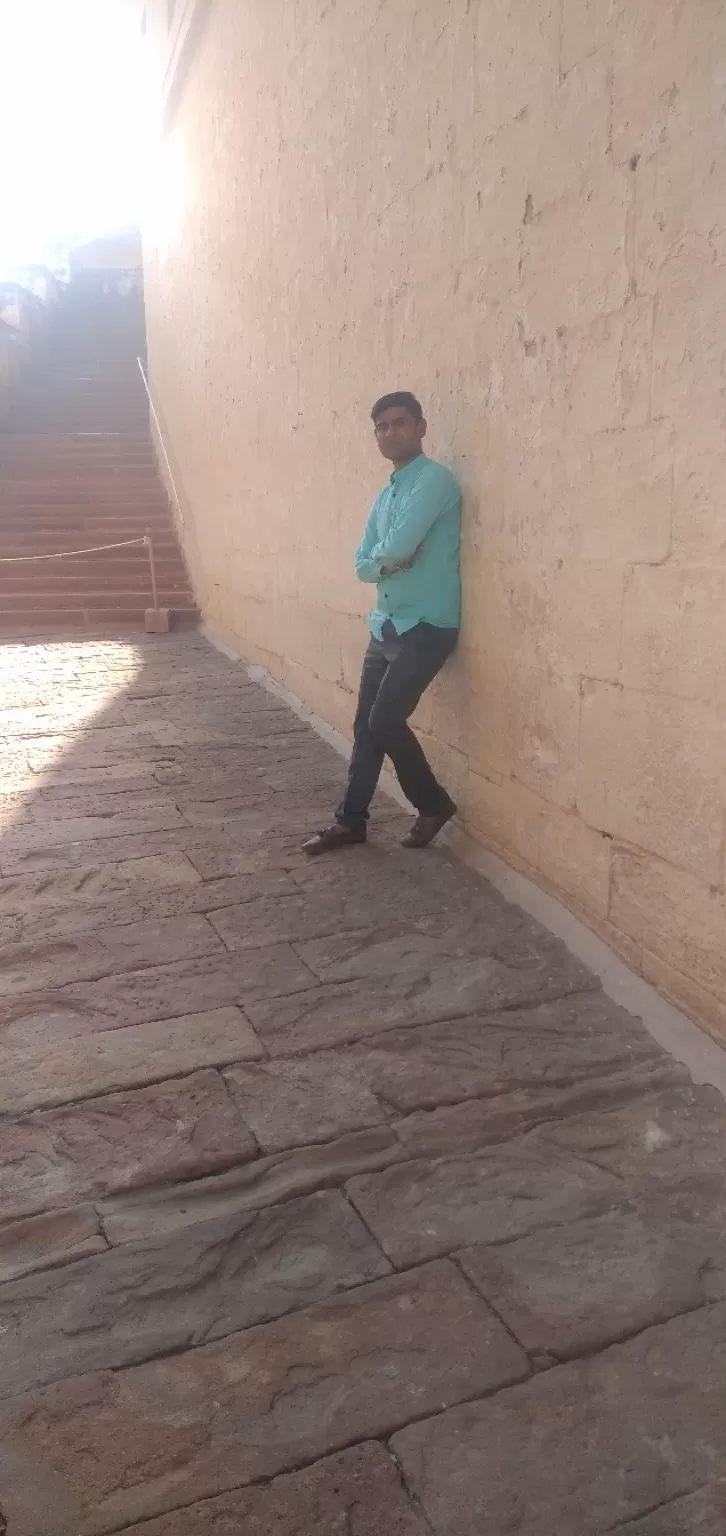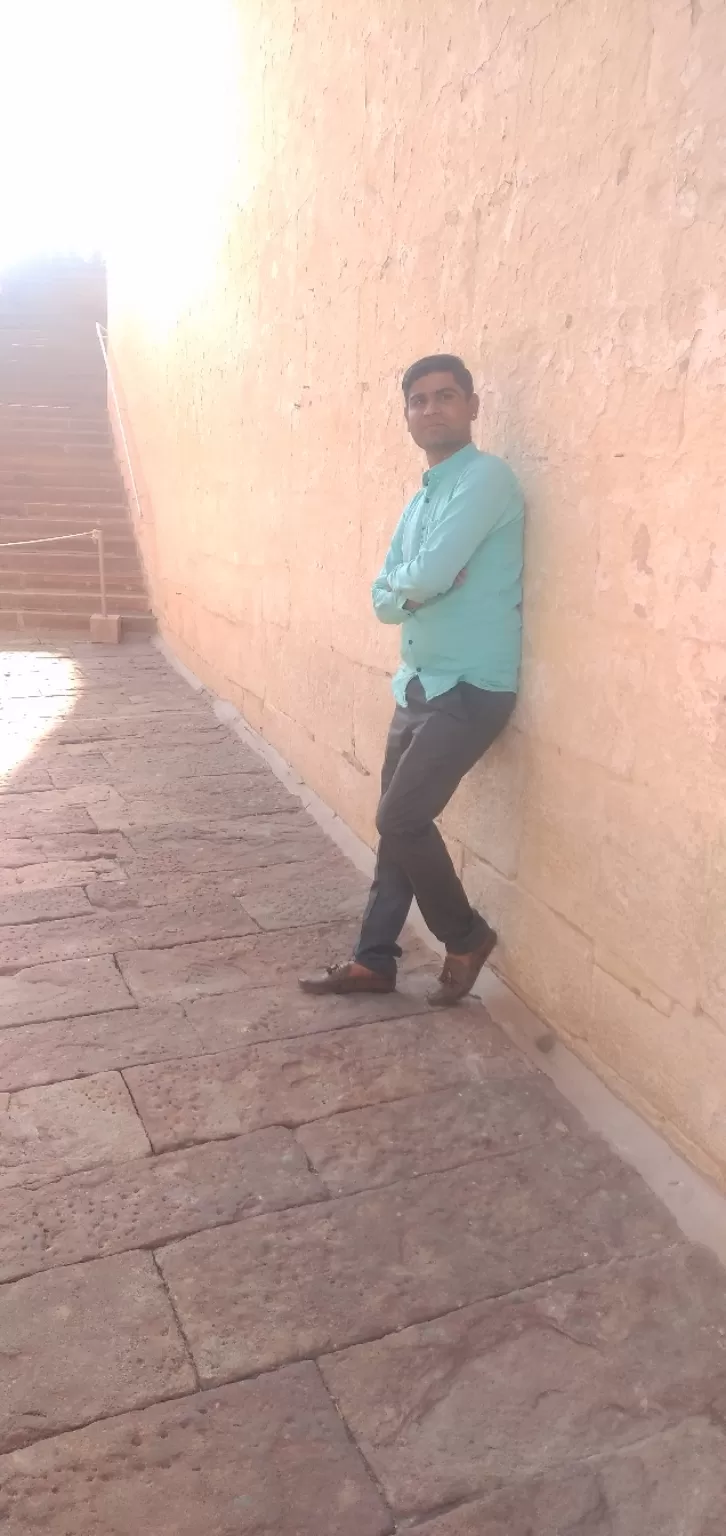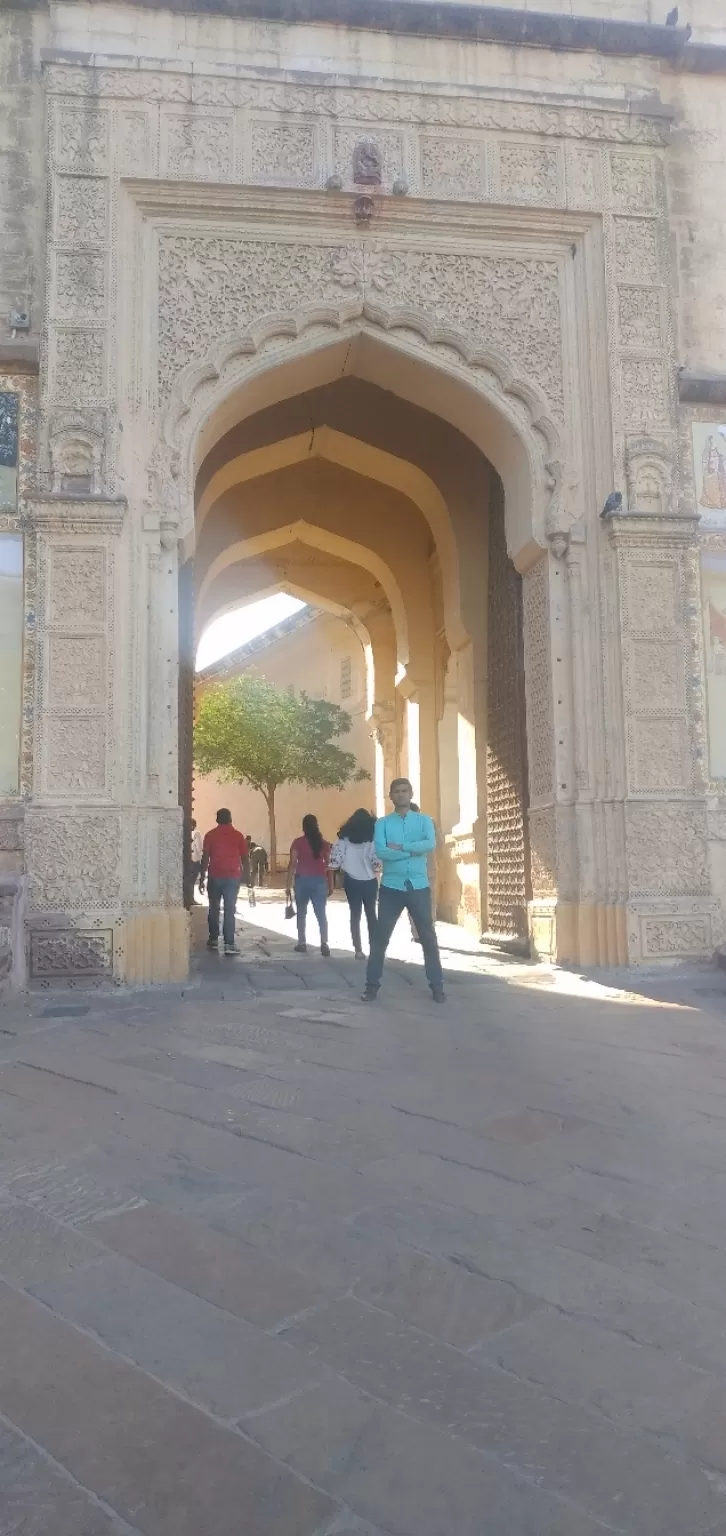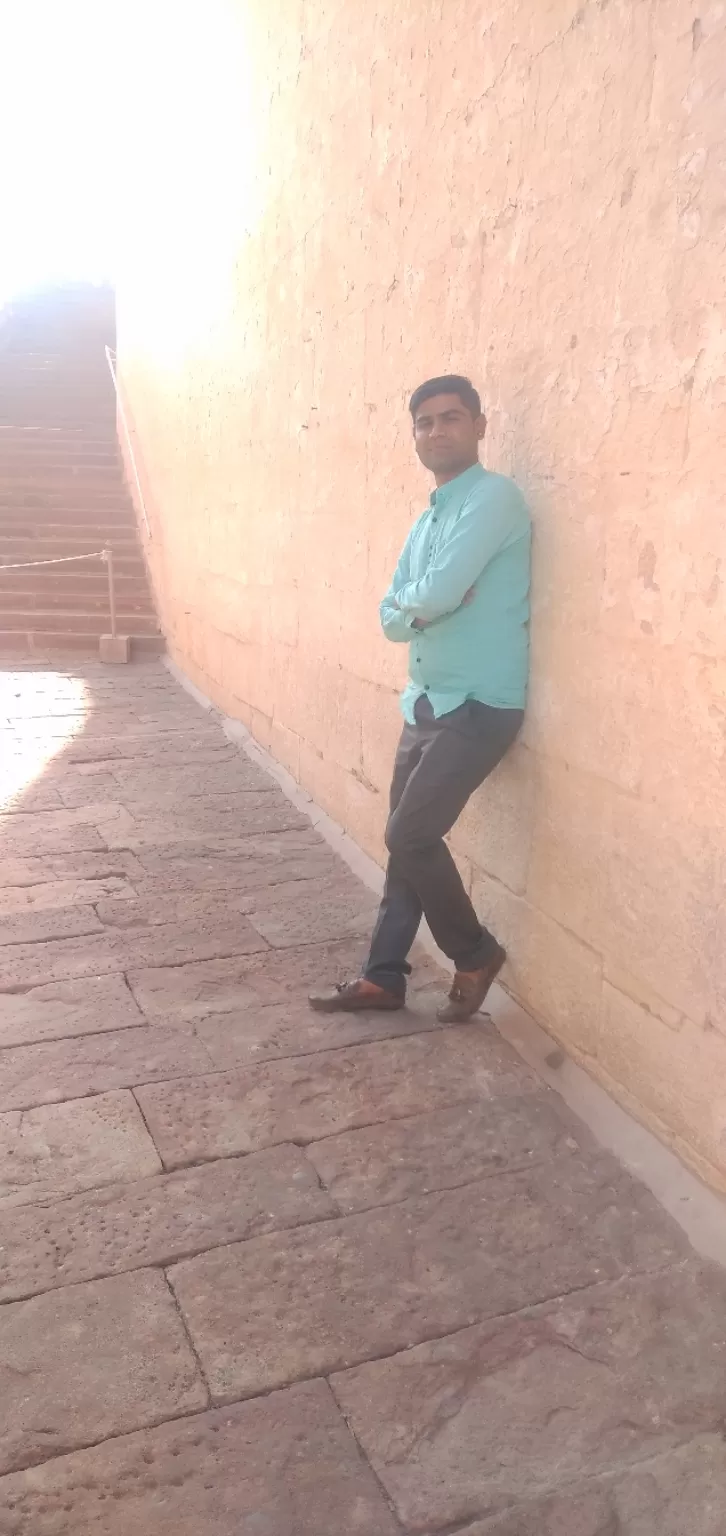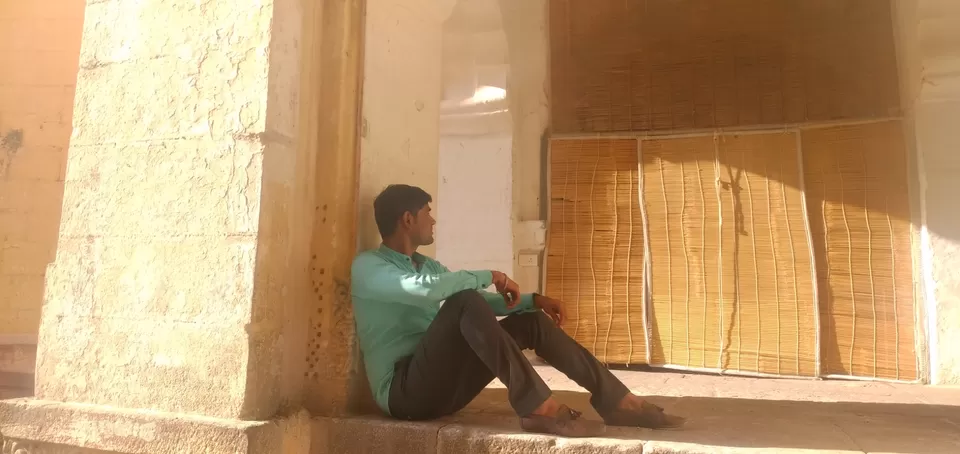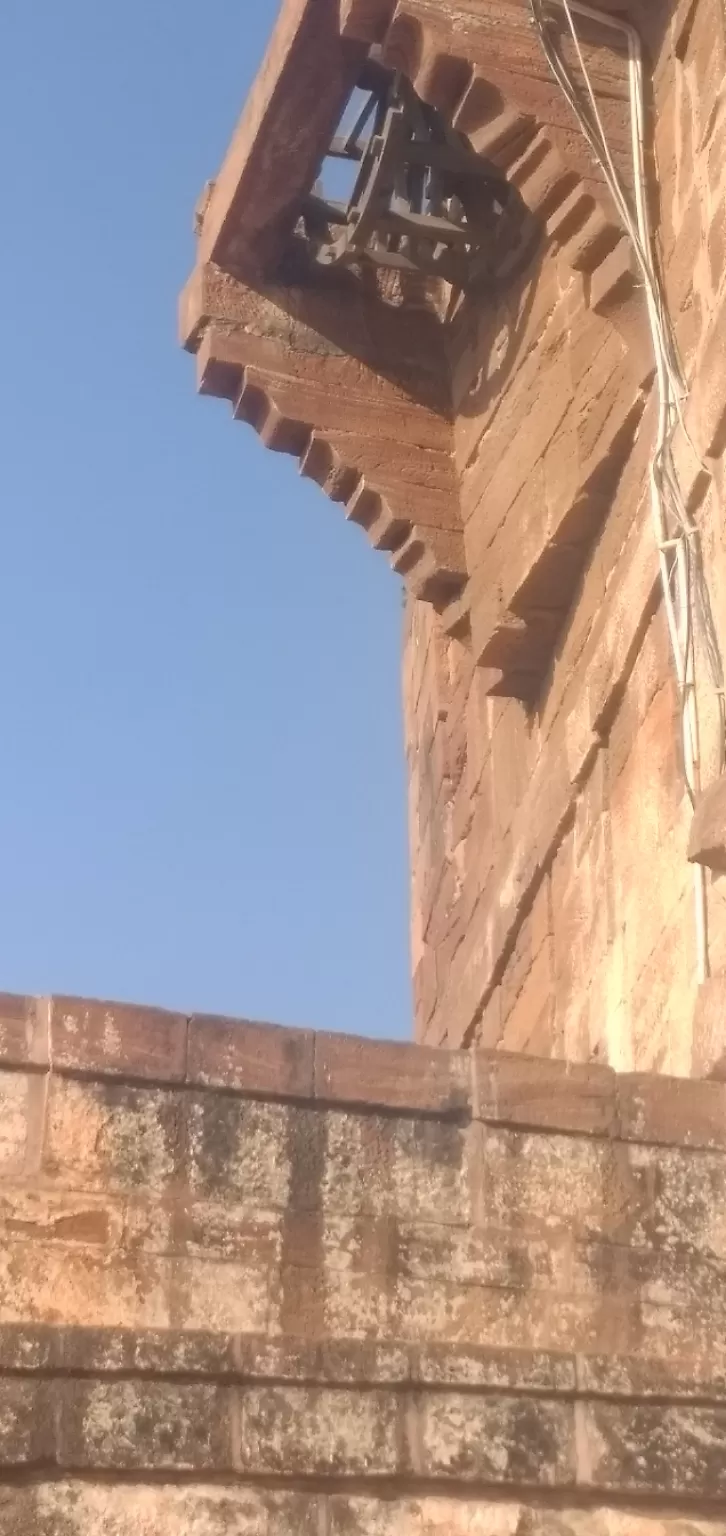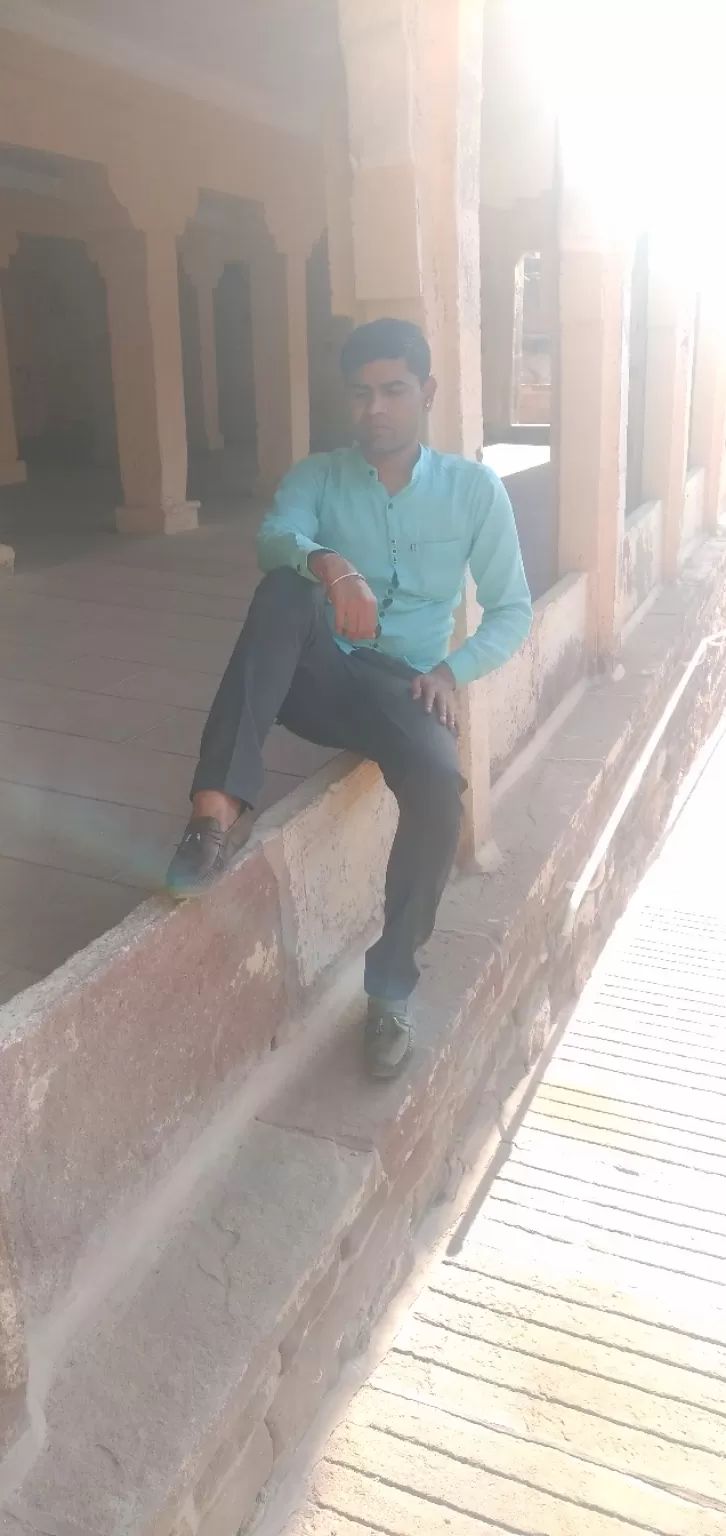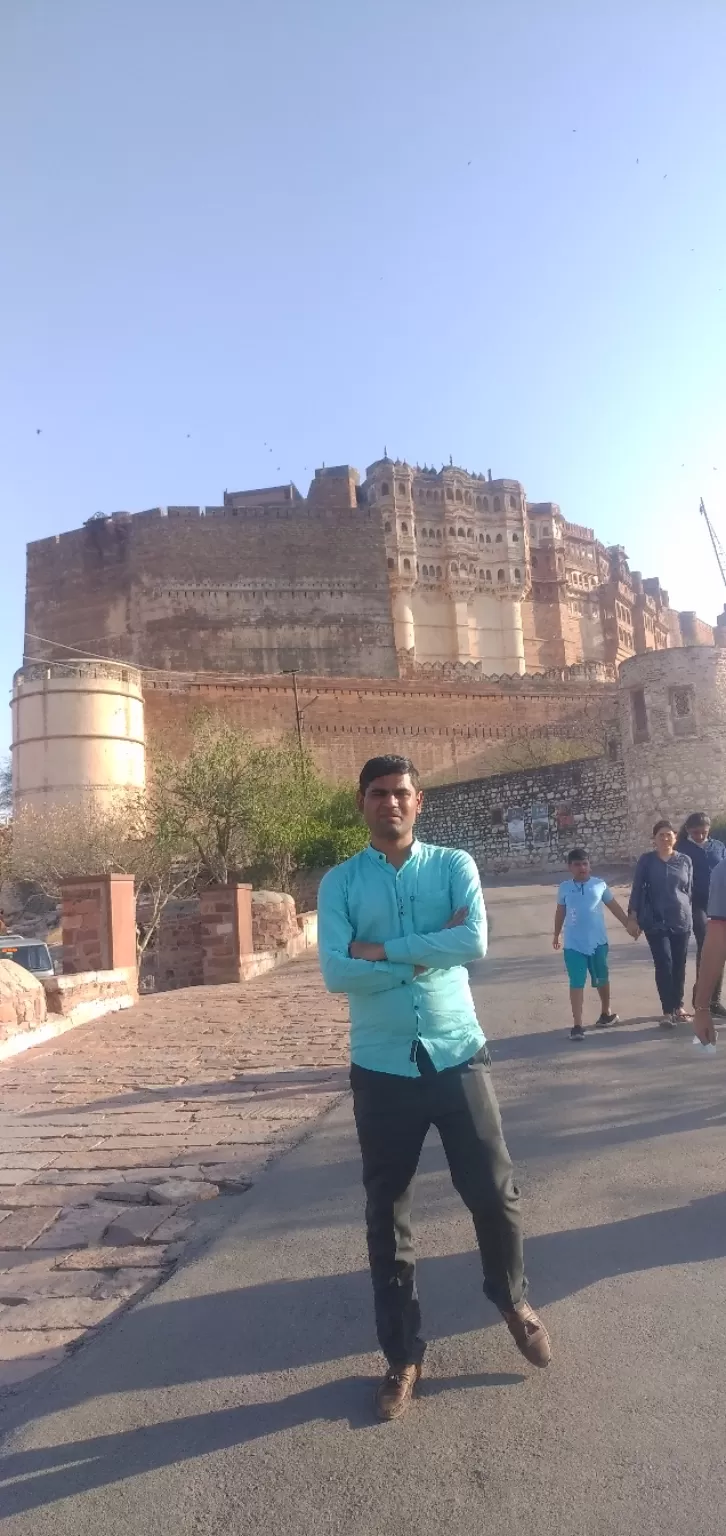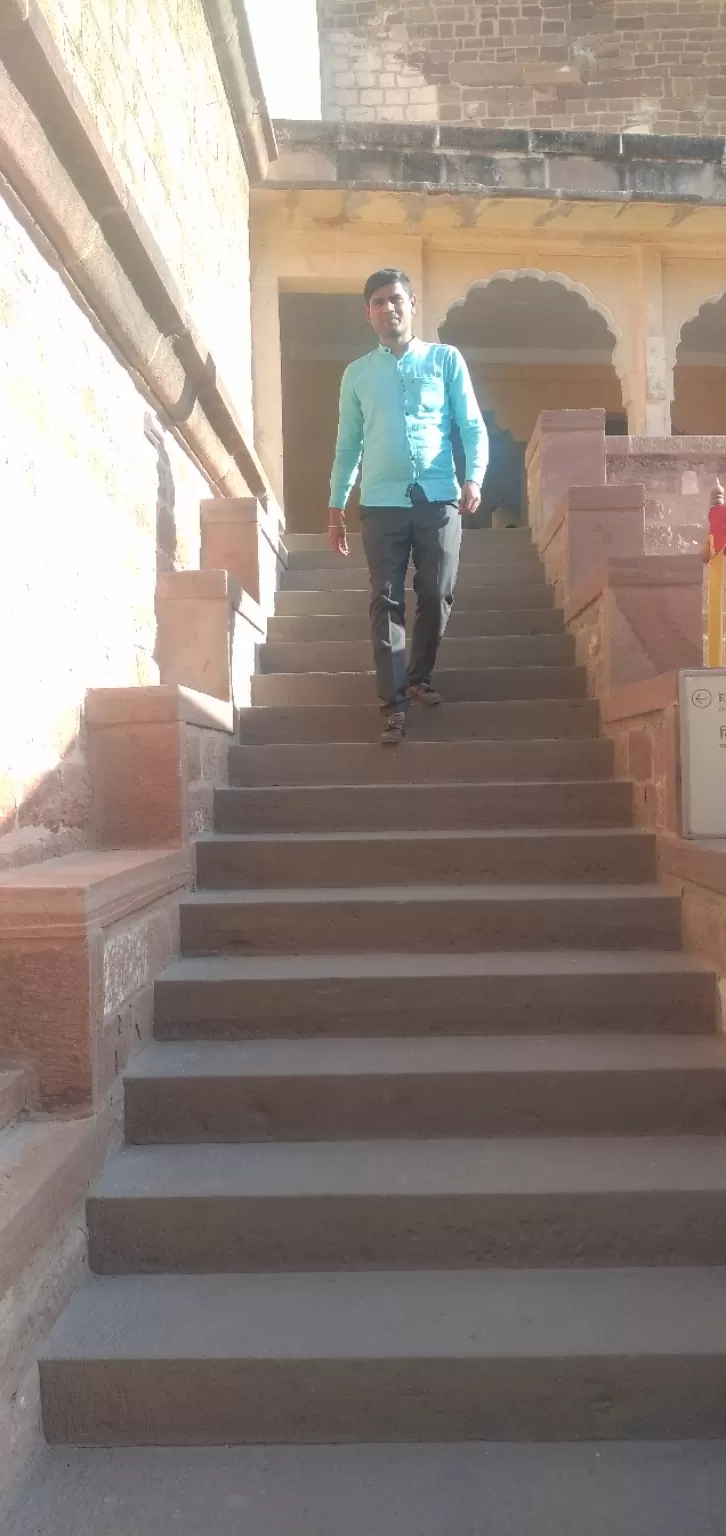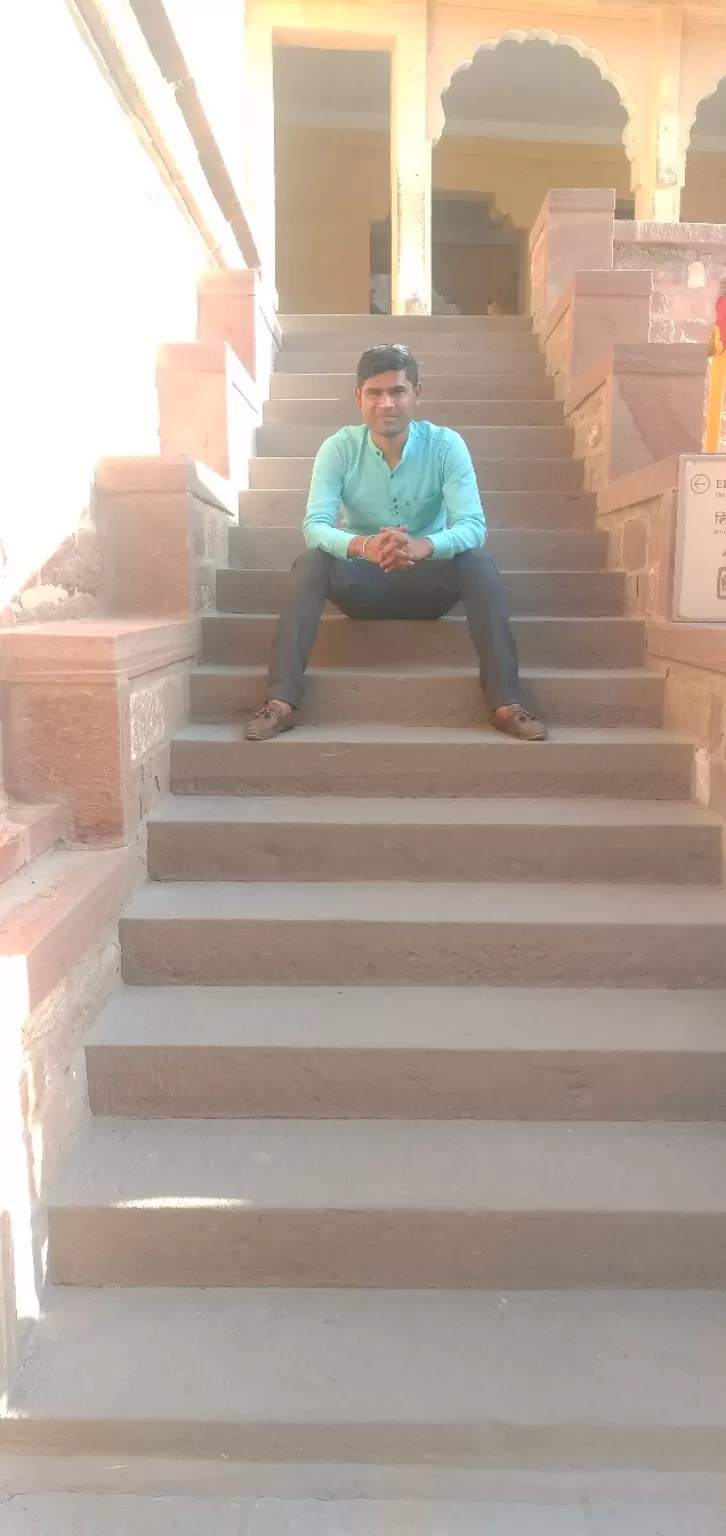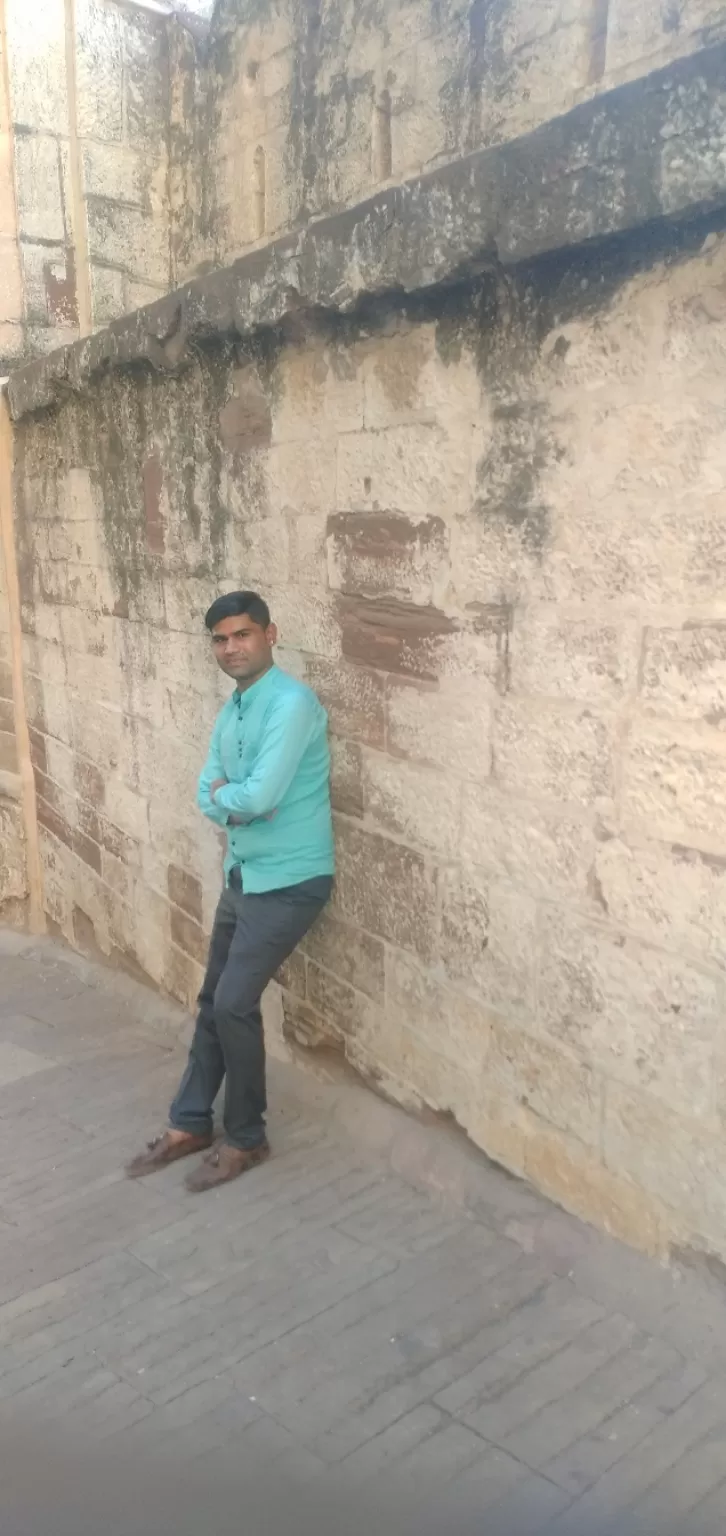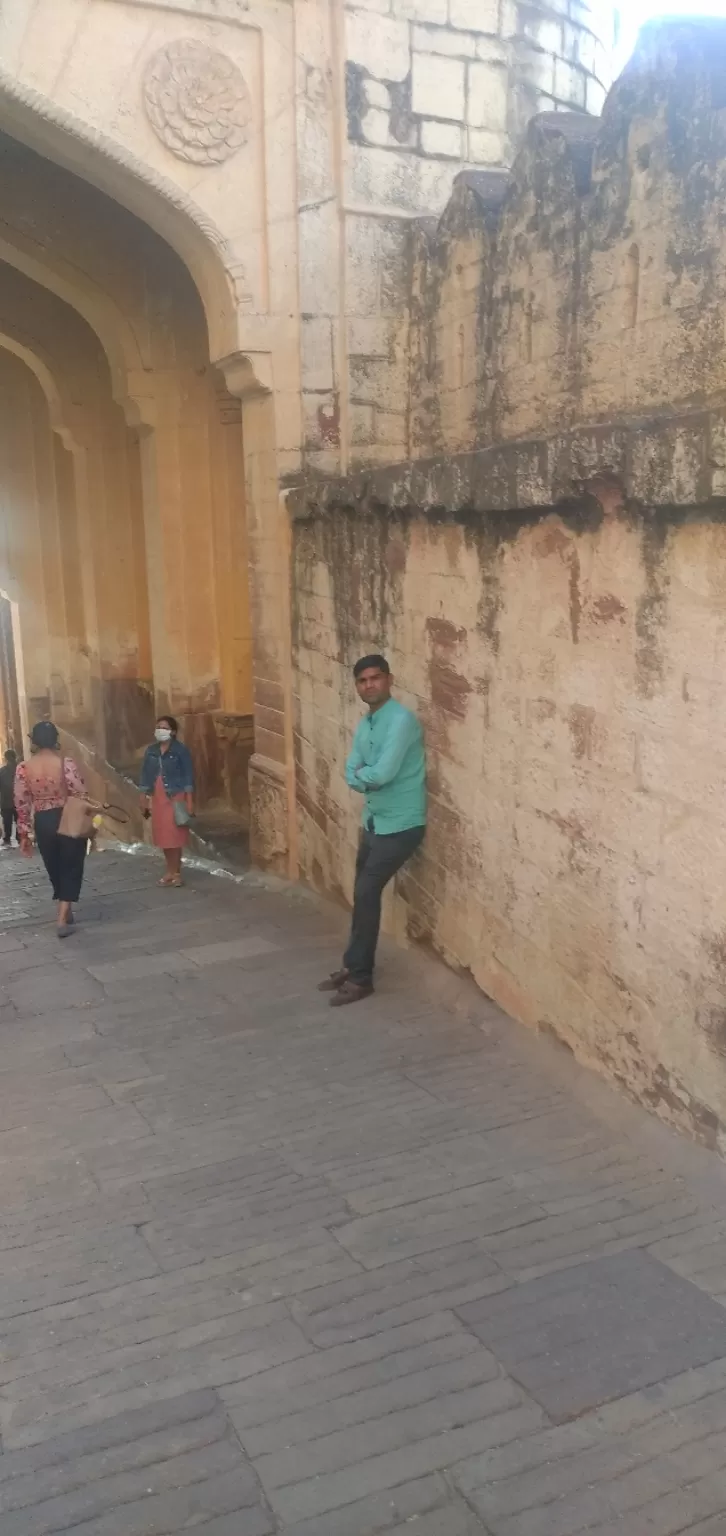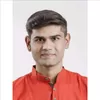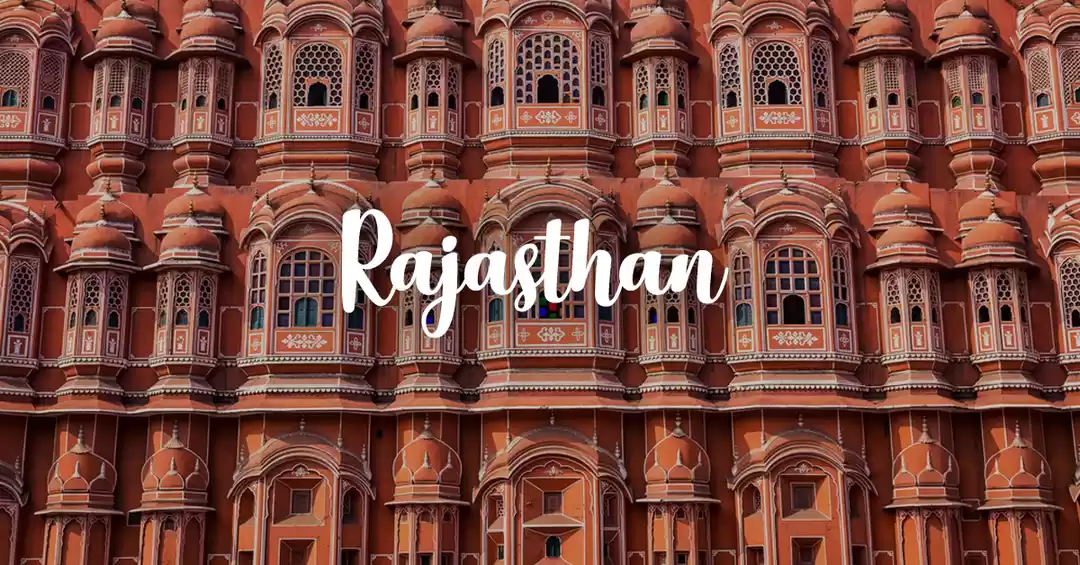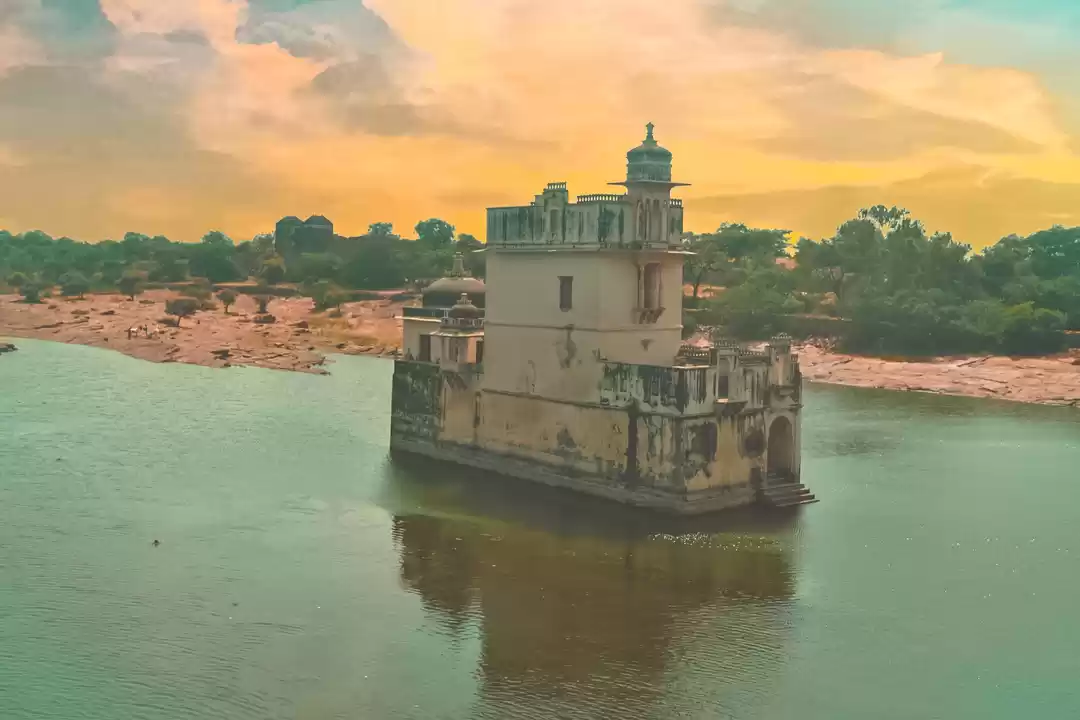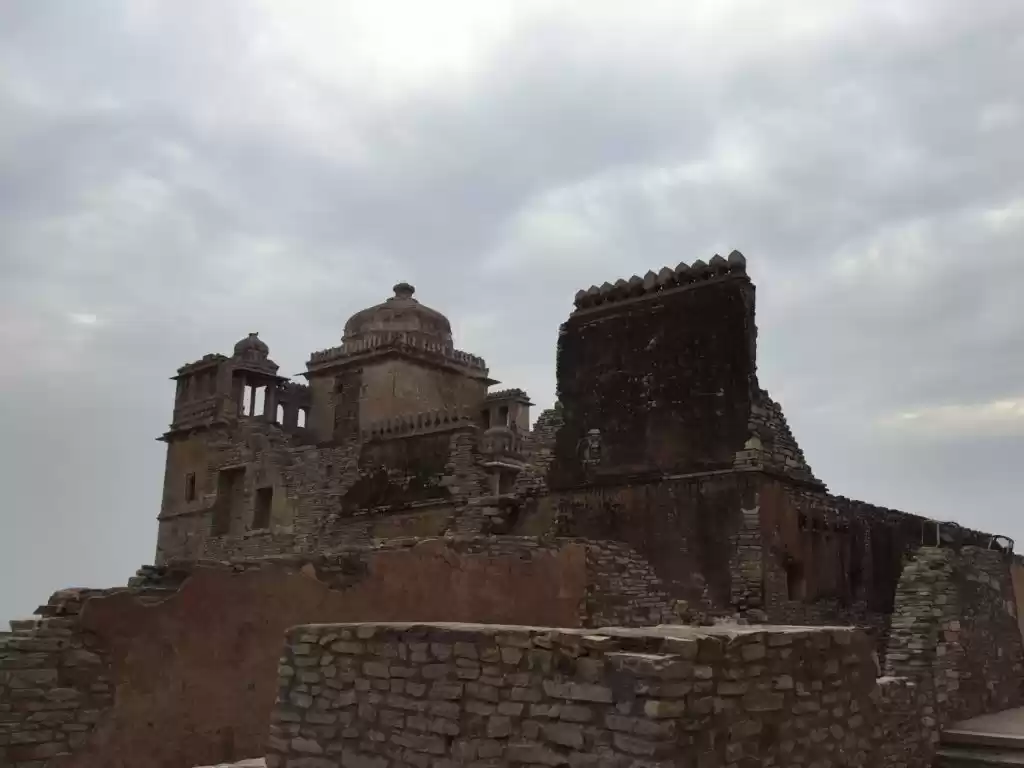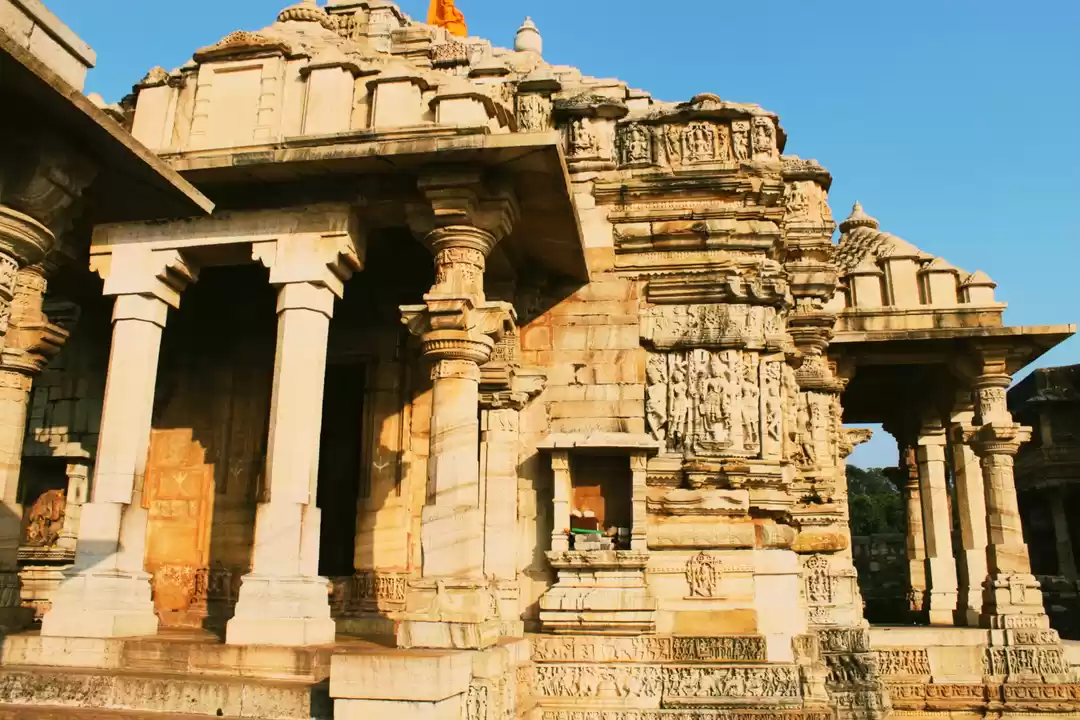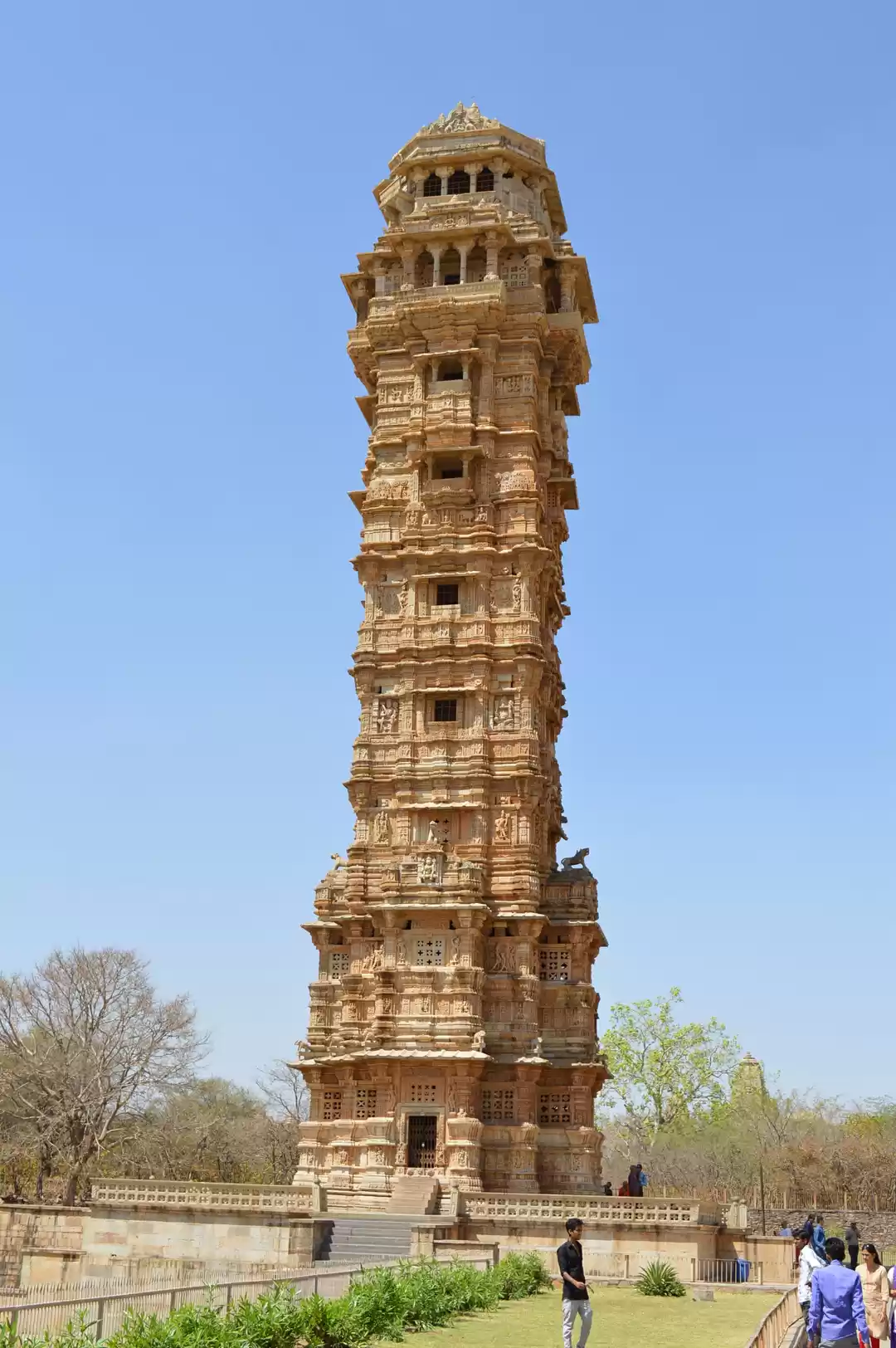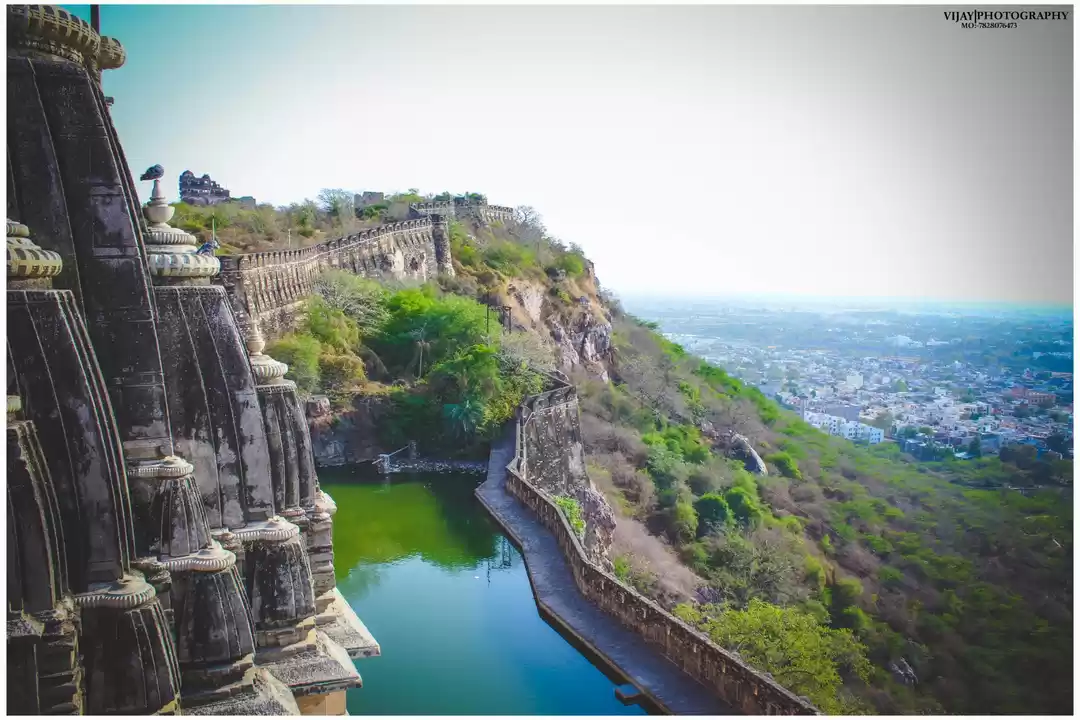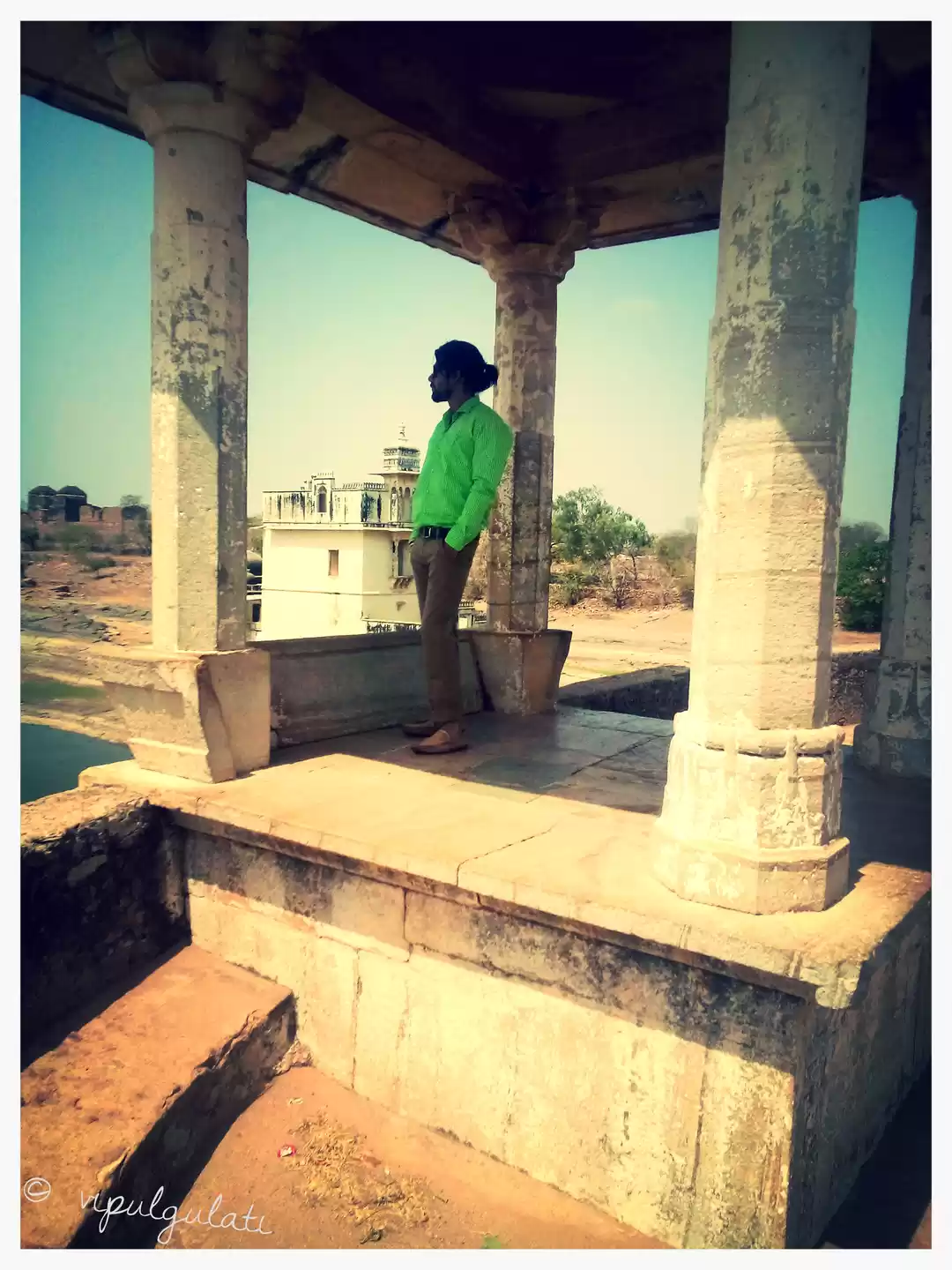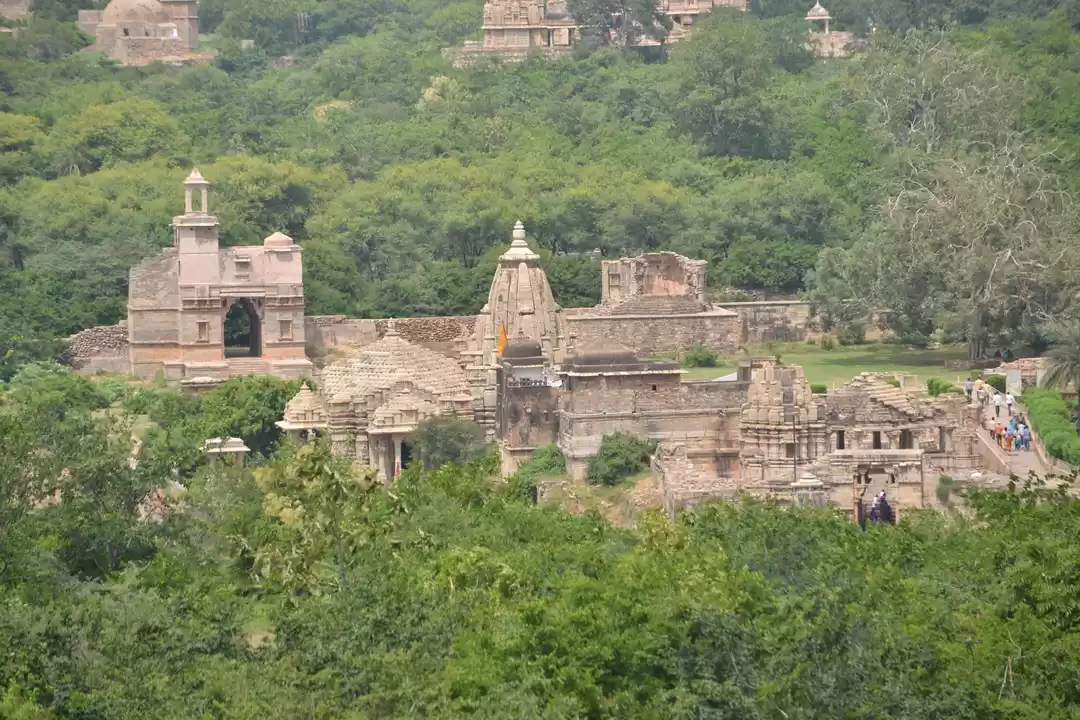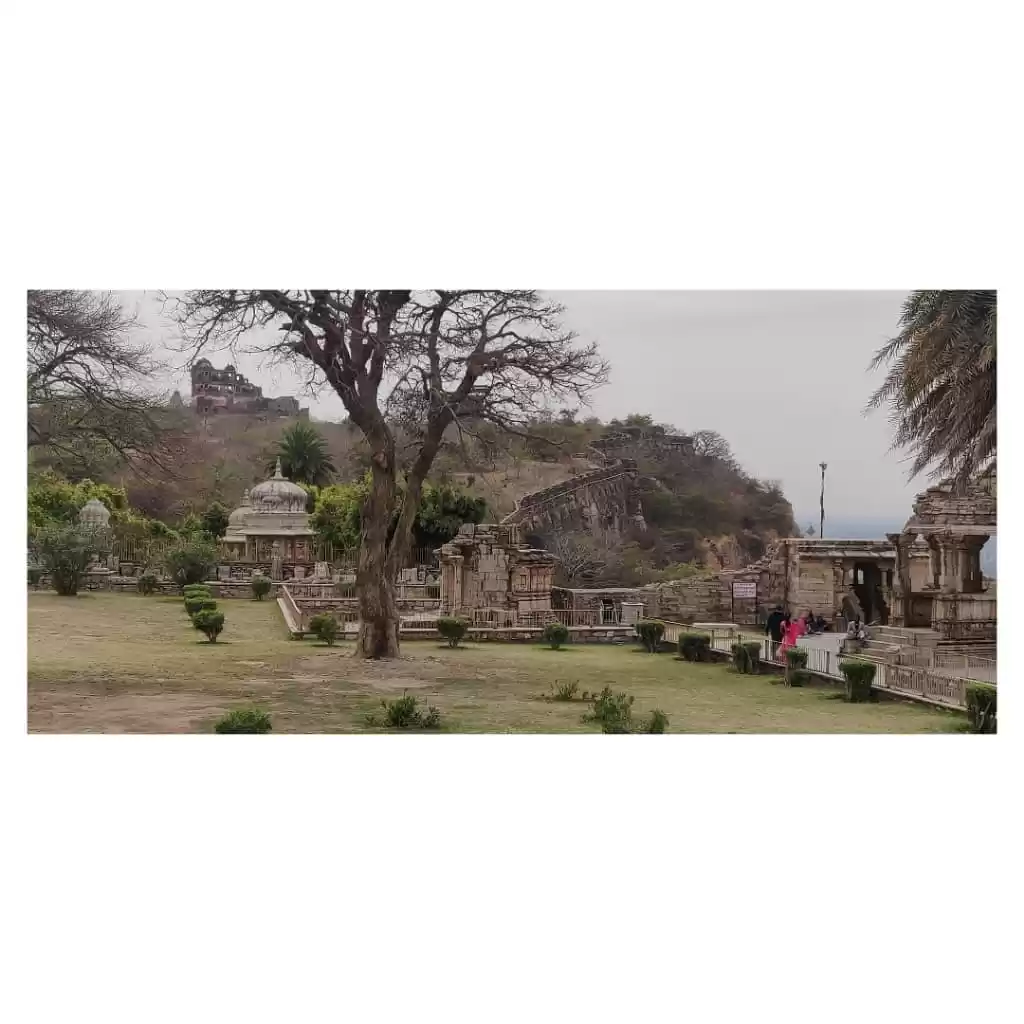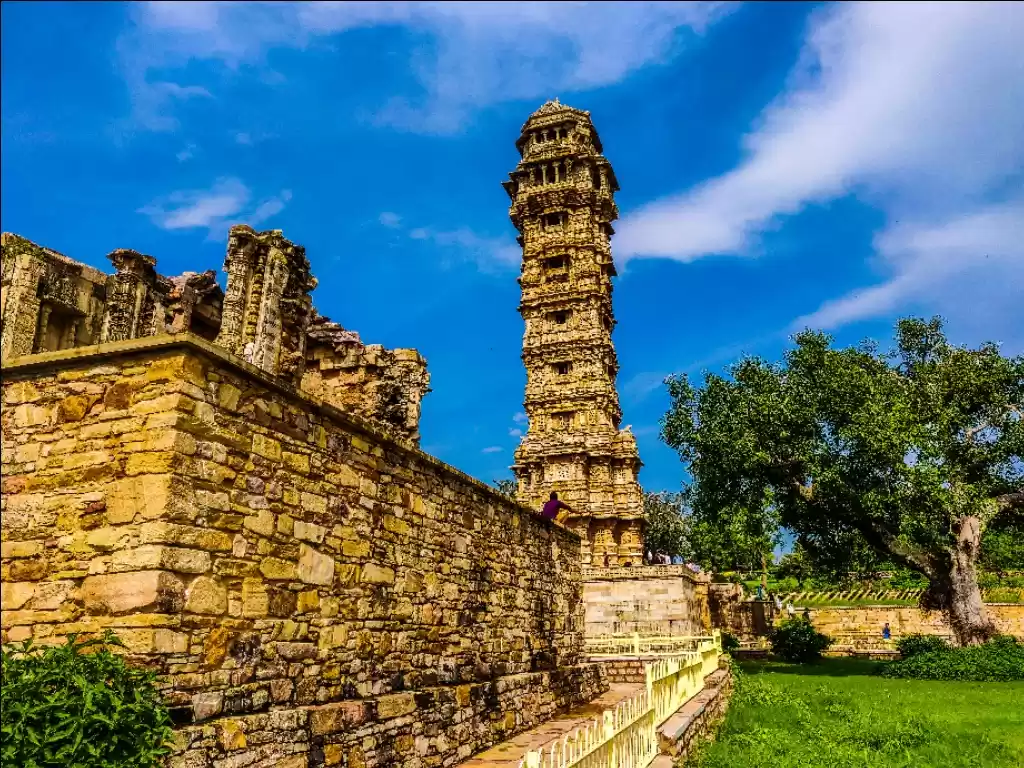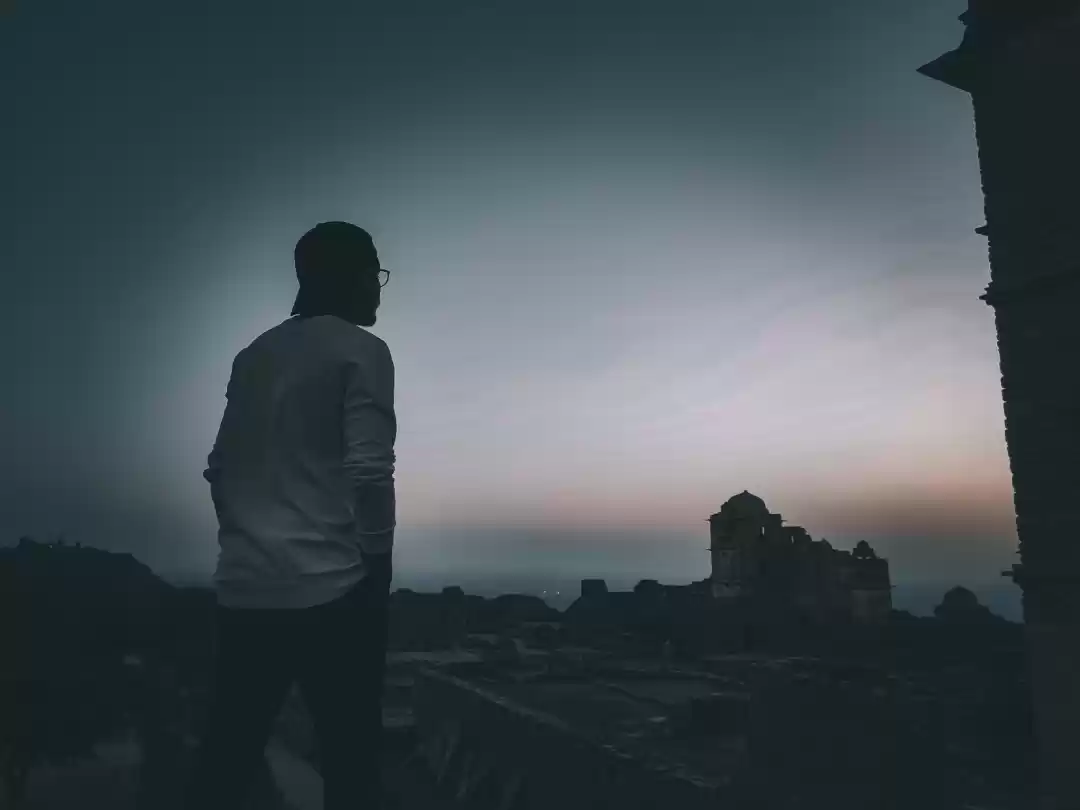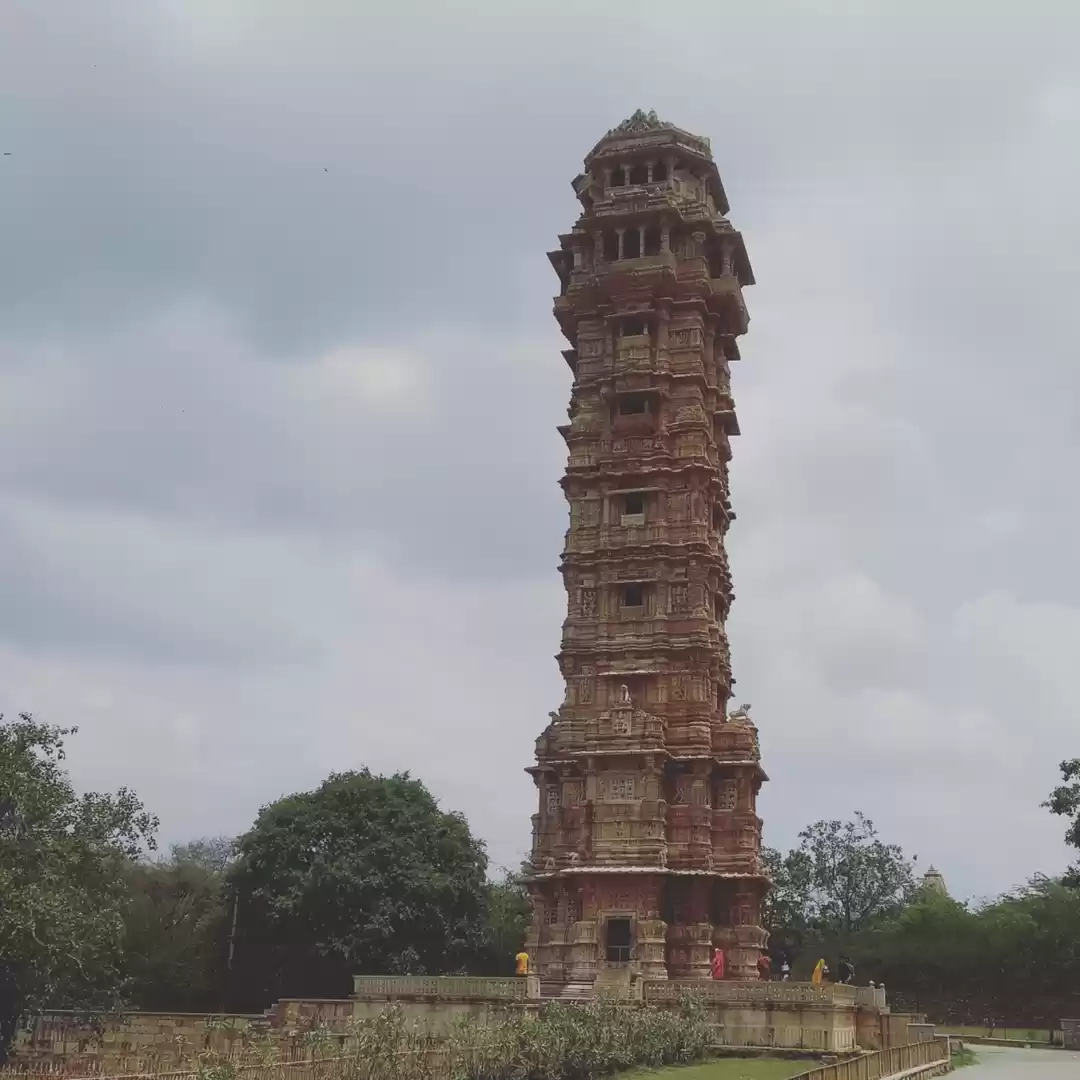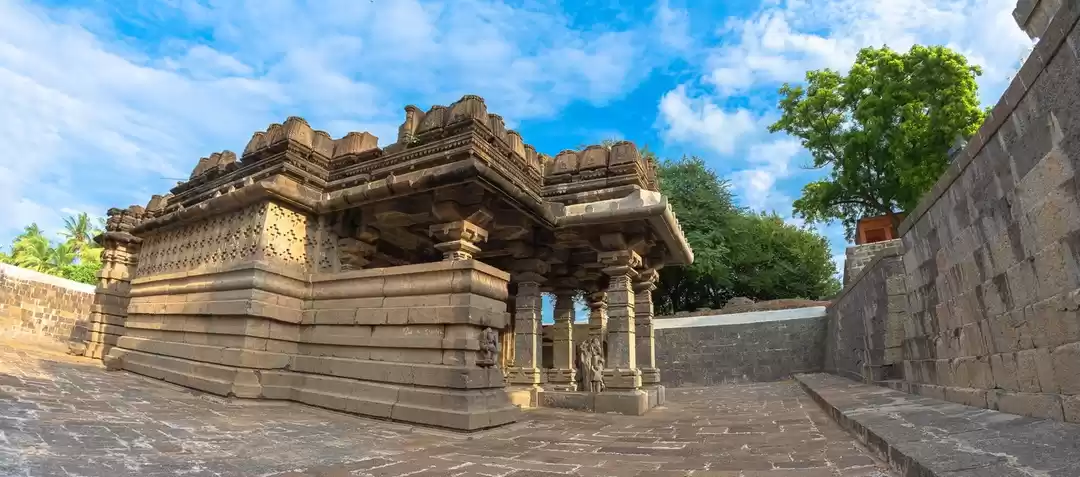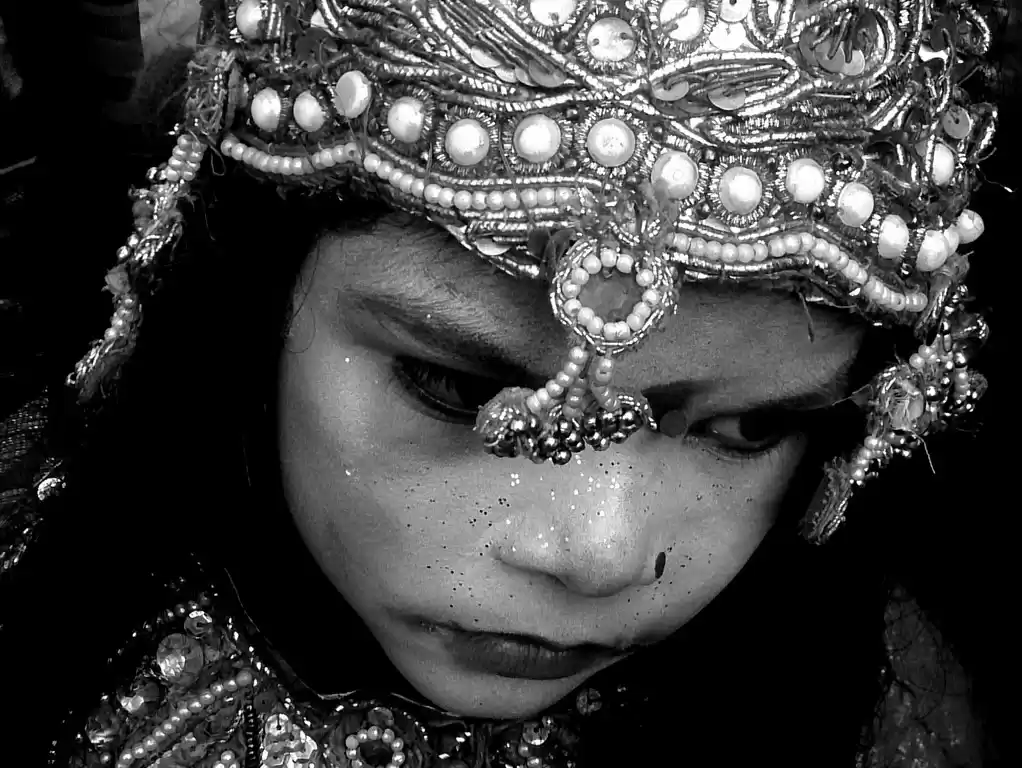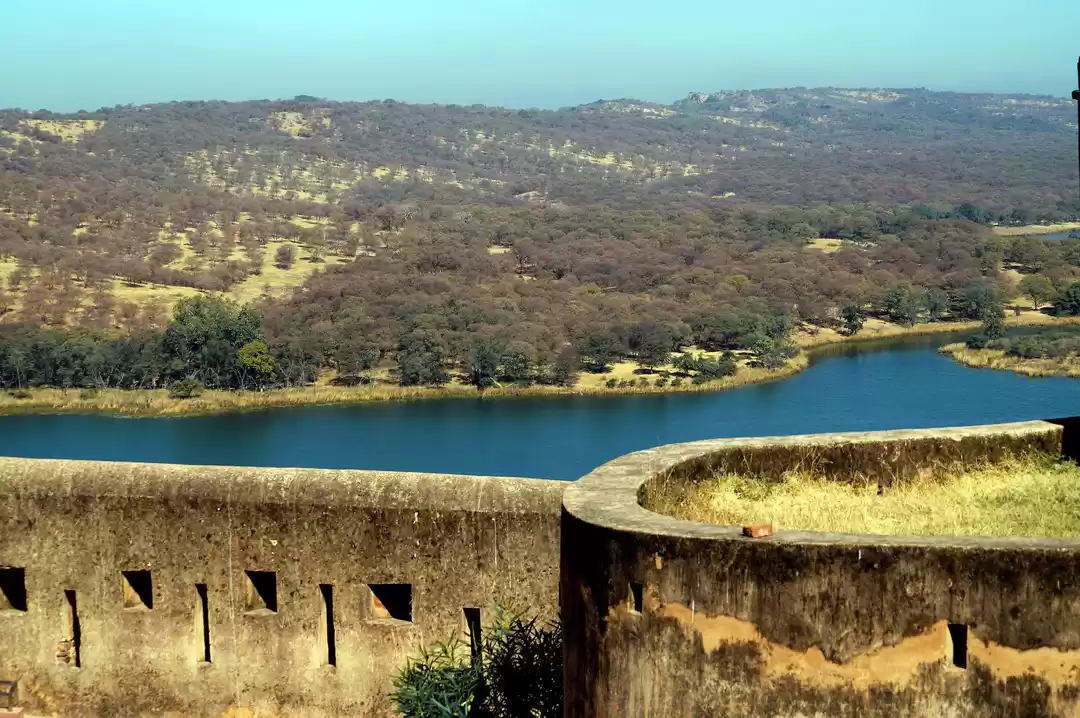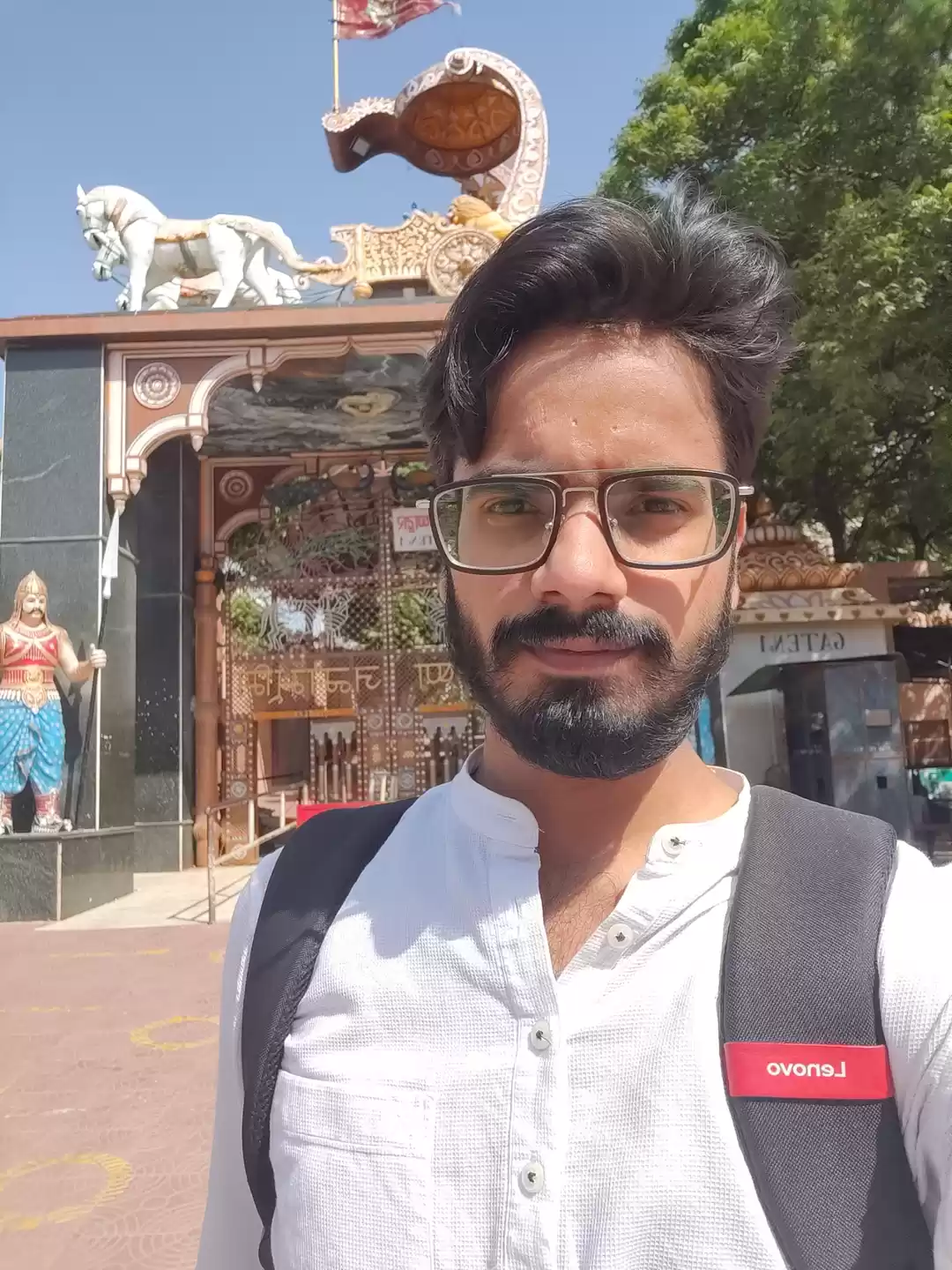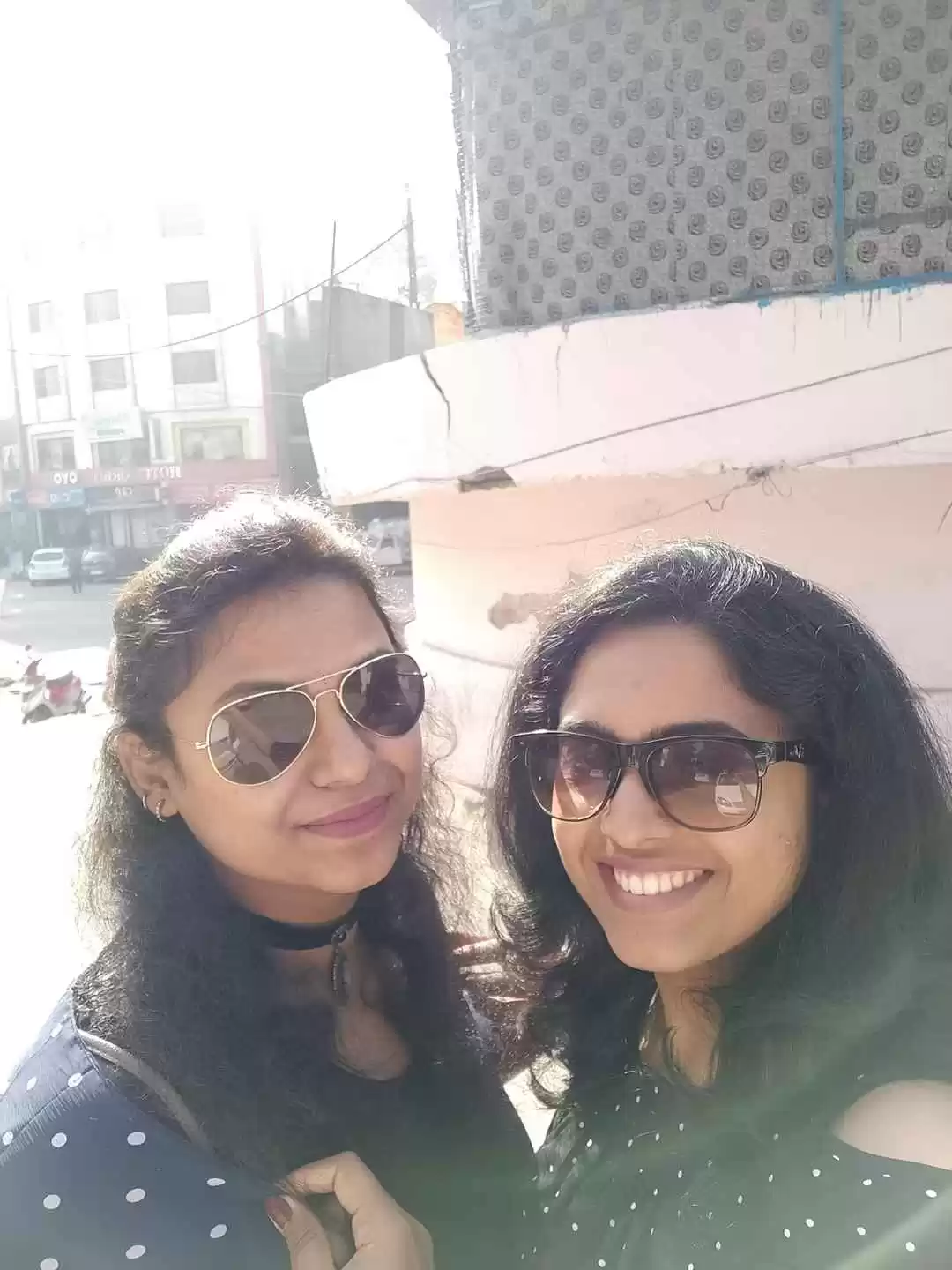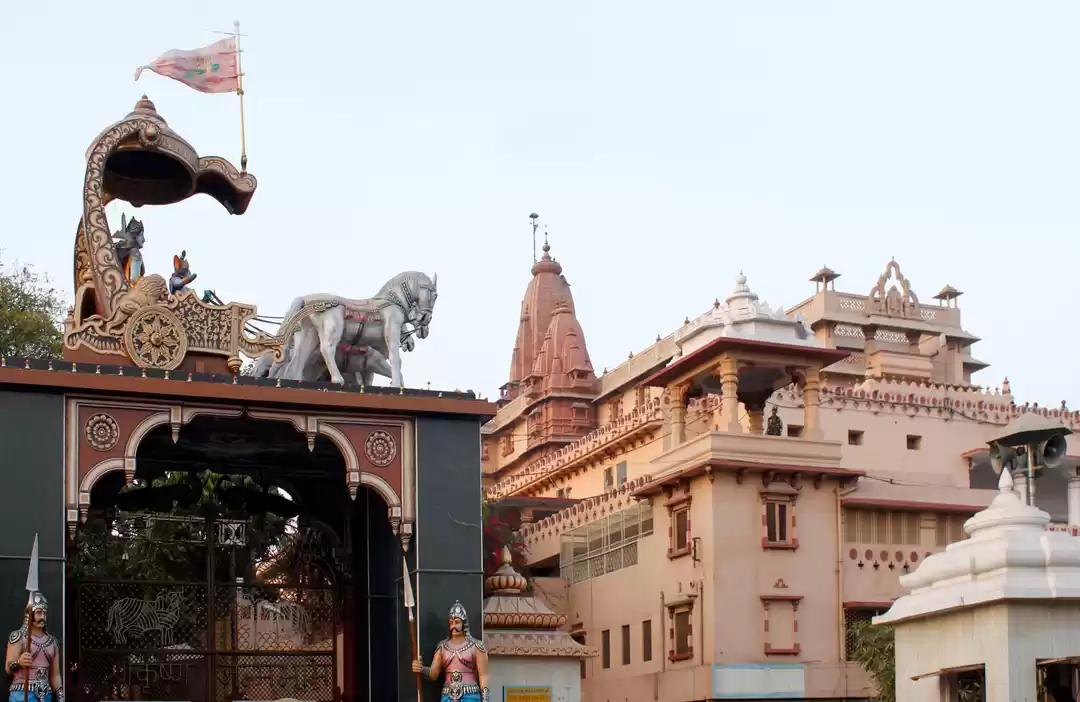
Second destination of our tour was
Chittorgarh Fort
The Chittorgarh Fort also known as Chittorgarh or Chittor Fort is one of the largest forts in India . It is a UNESCO World Heritage Site . The fort was the capital of Mewar and is located in the present-day town of Chittorgarh . It sprawls over a hill 180 m (590.6 ft) in height spread over an area of 280 ha (691.9 acres) above the plains of the valley drained by the Berach River. The fort covers 65 historic structures, which include four palaces, 19 large temples, 20 large water bodies, 4 memorials and a few victory towers
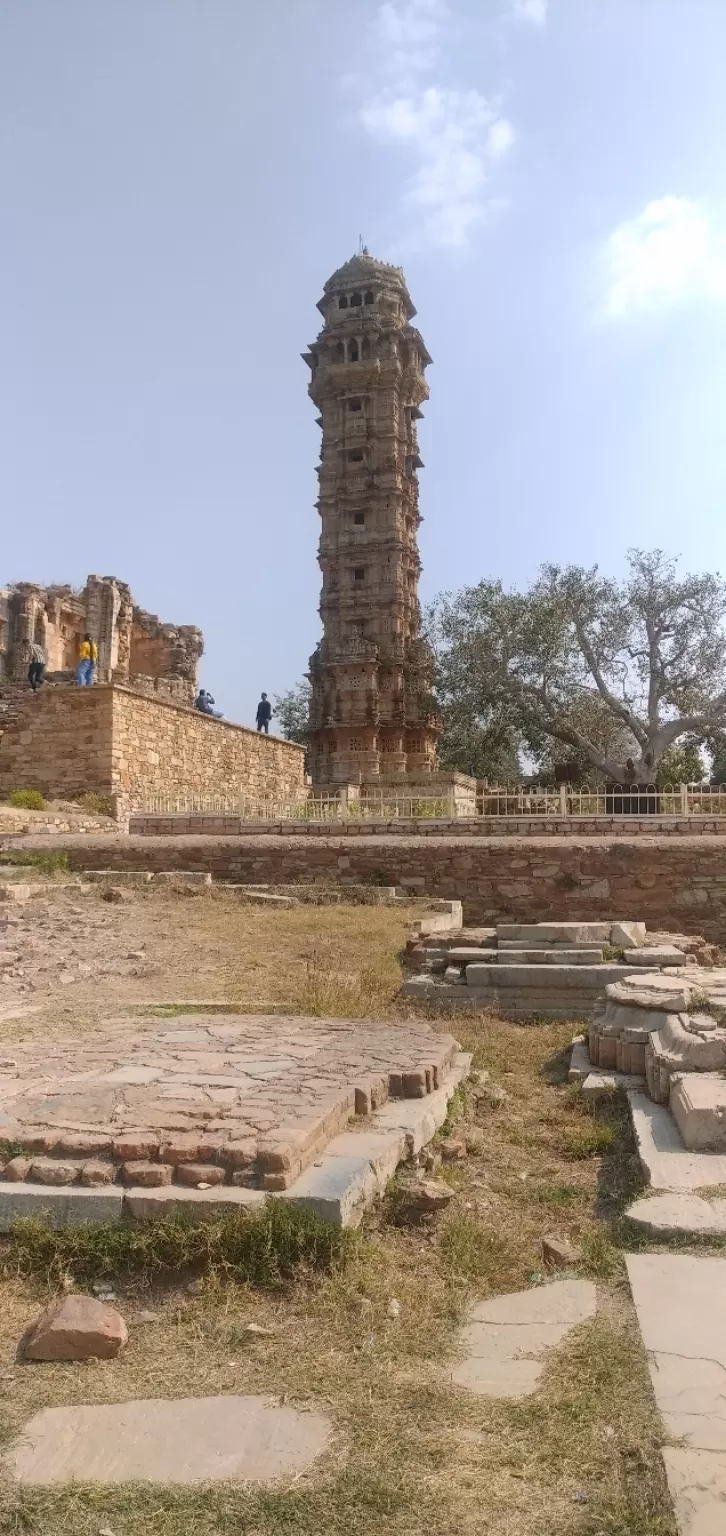
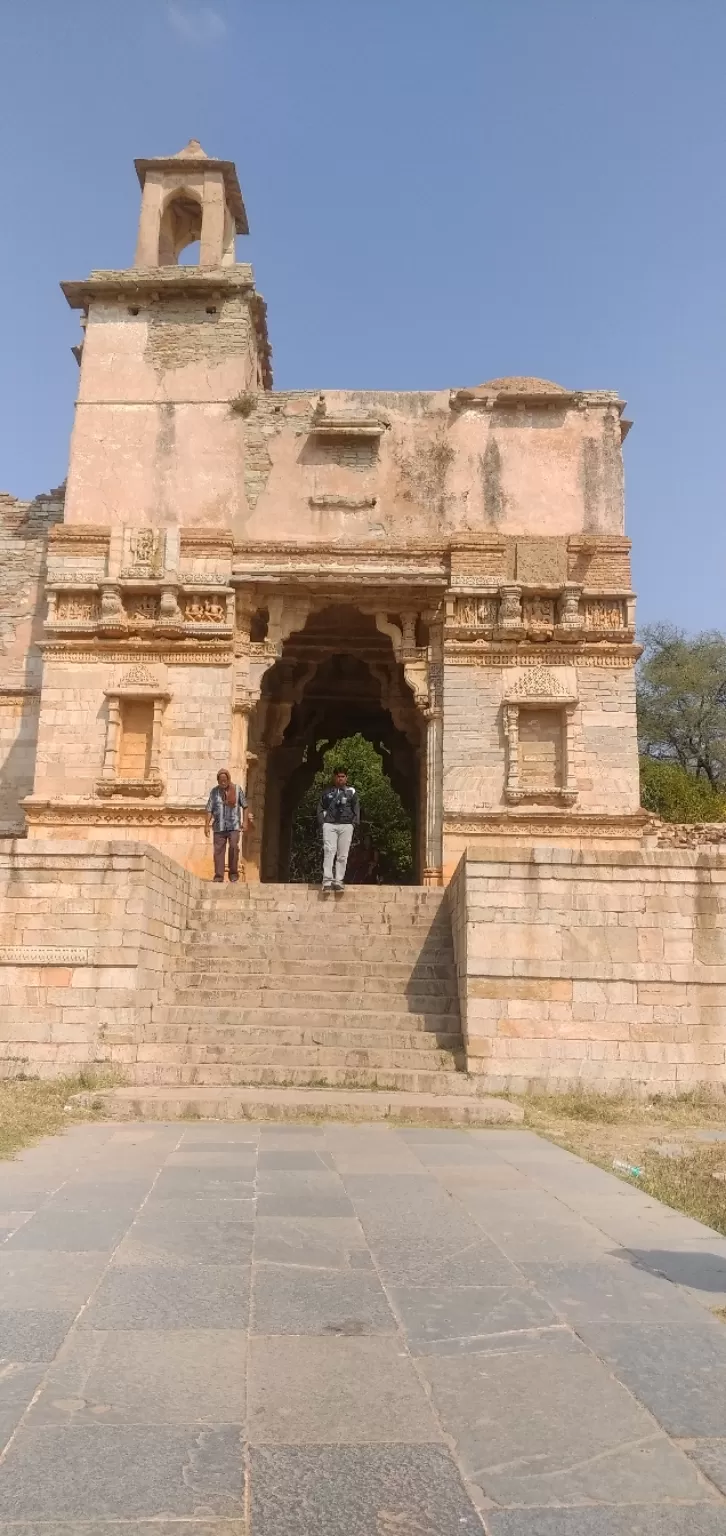
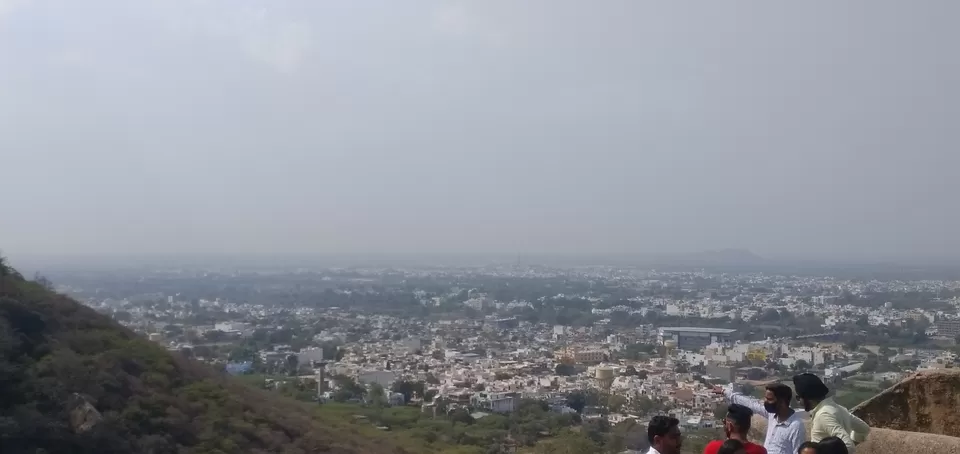
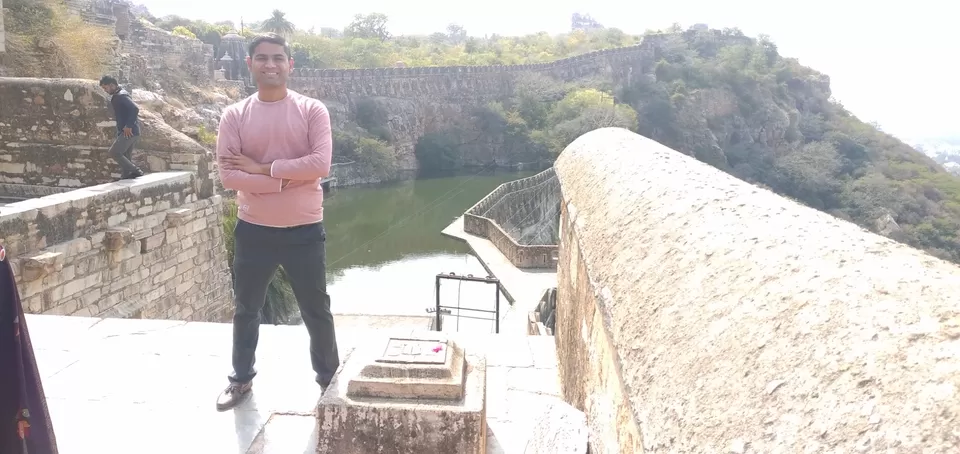
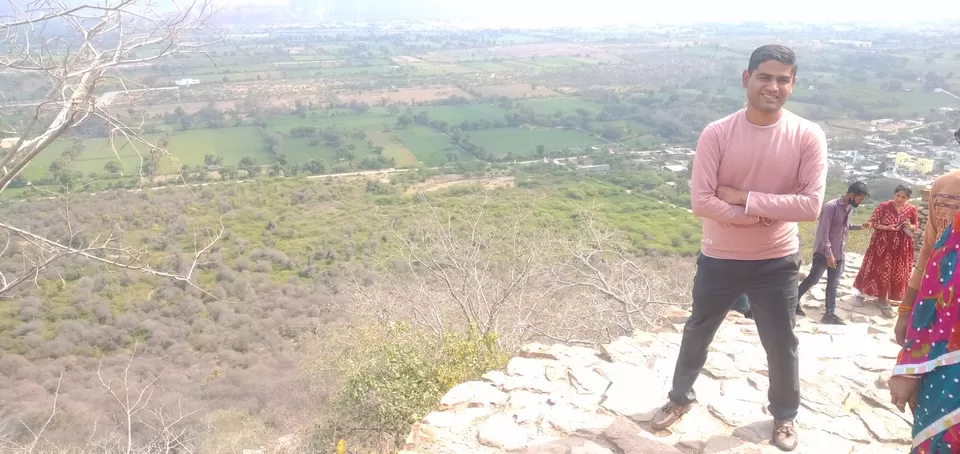
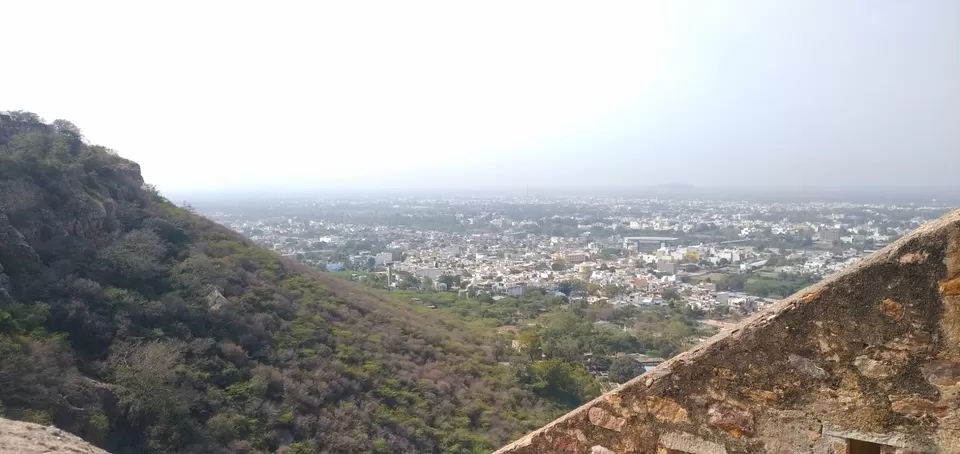
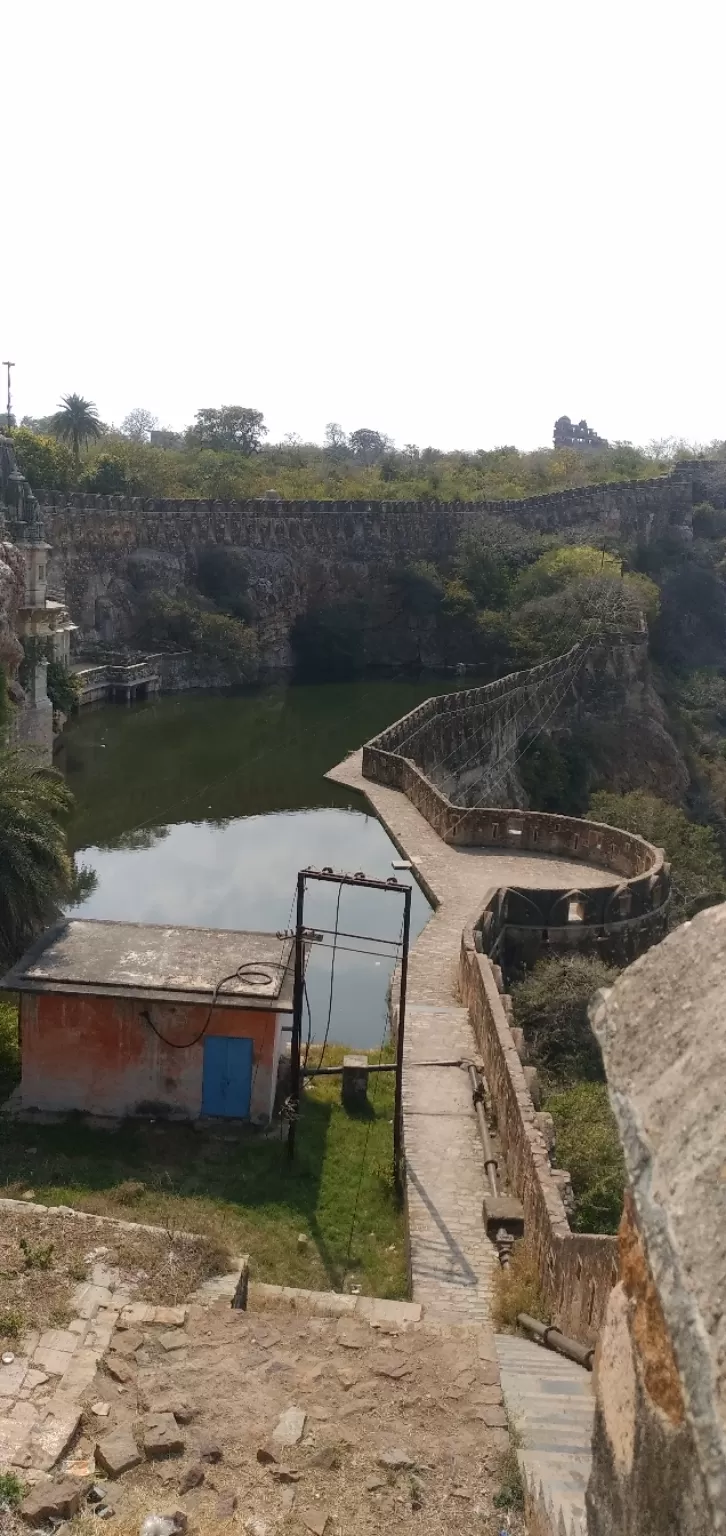
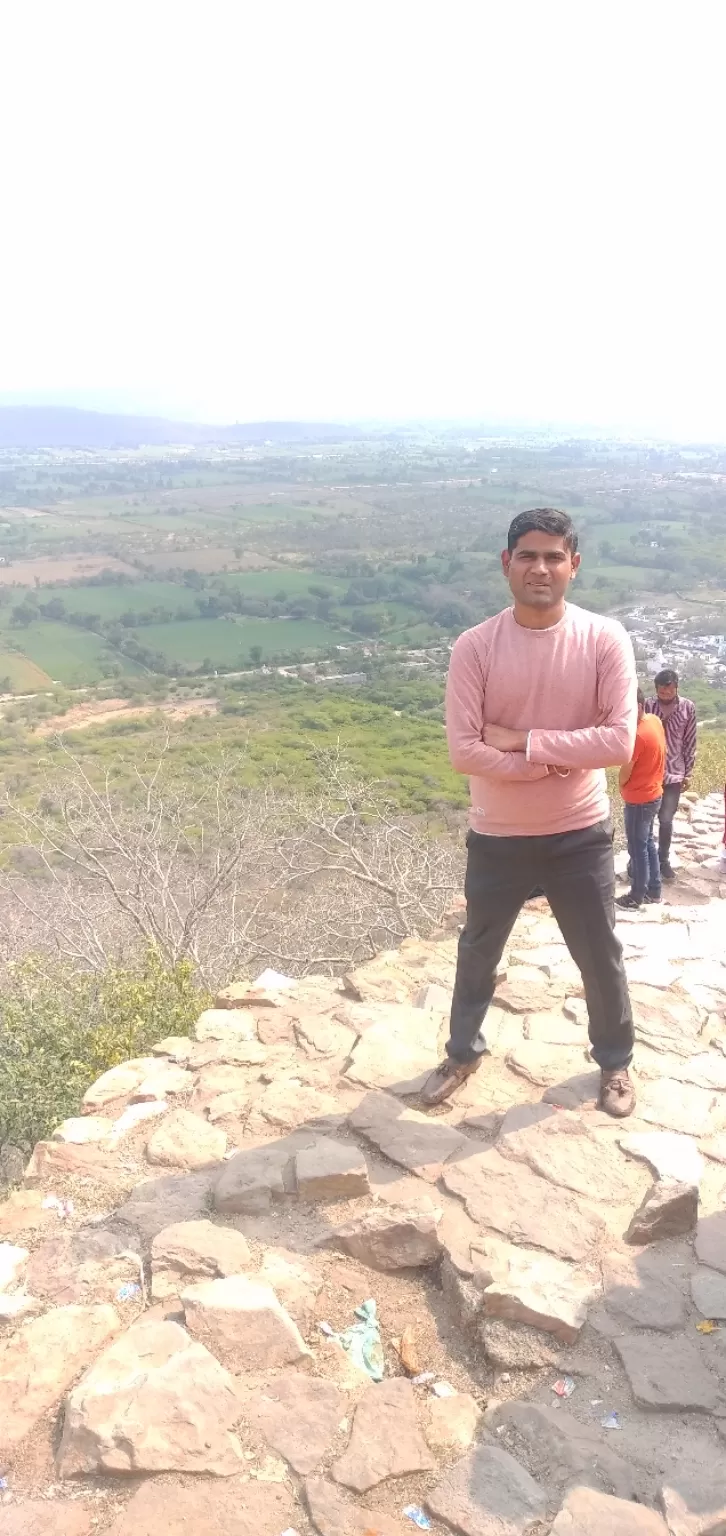
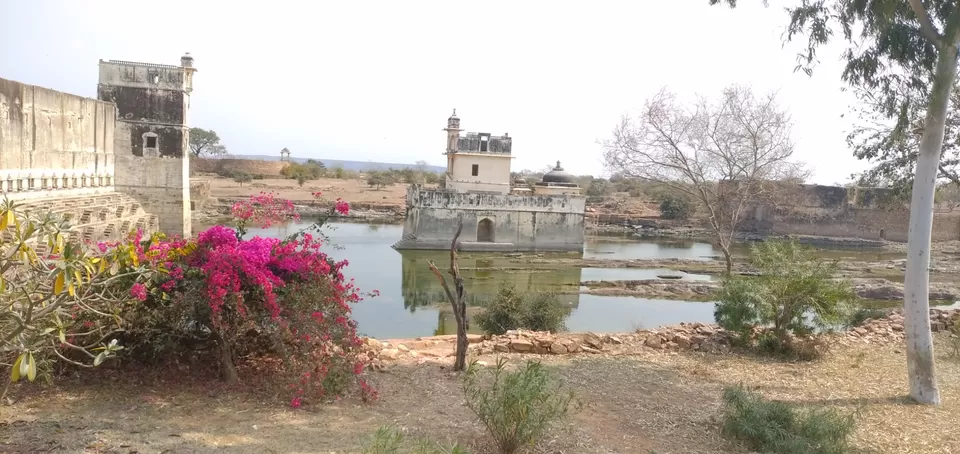
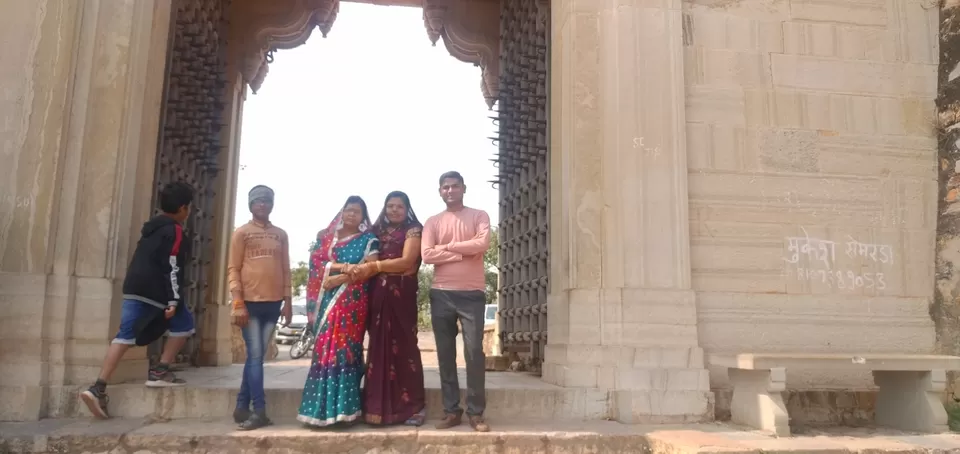
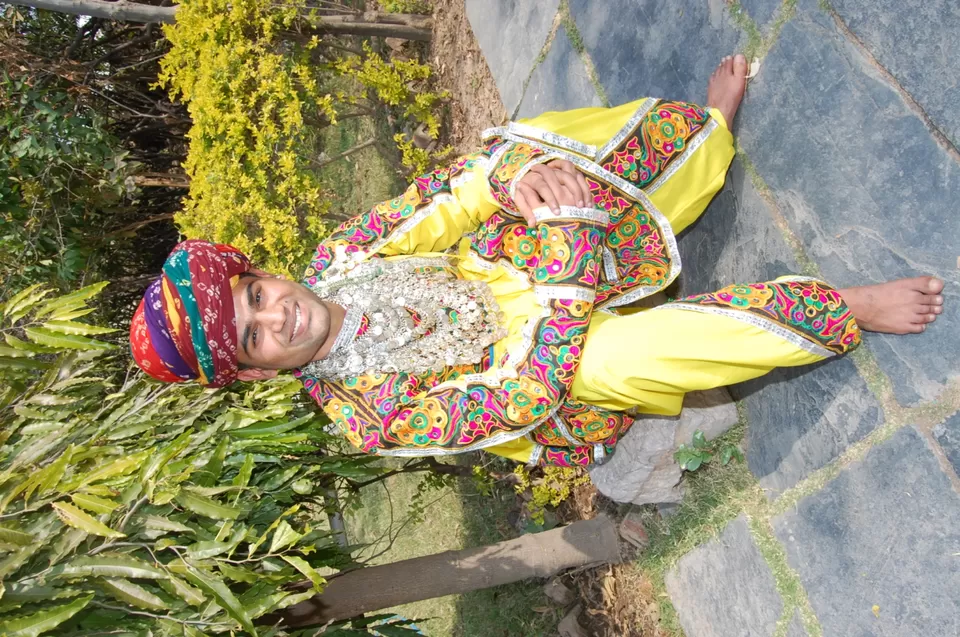
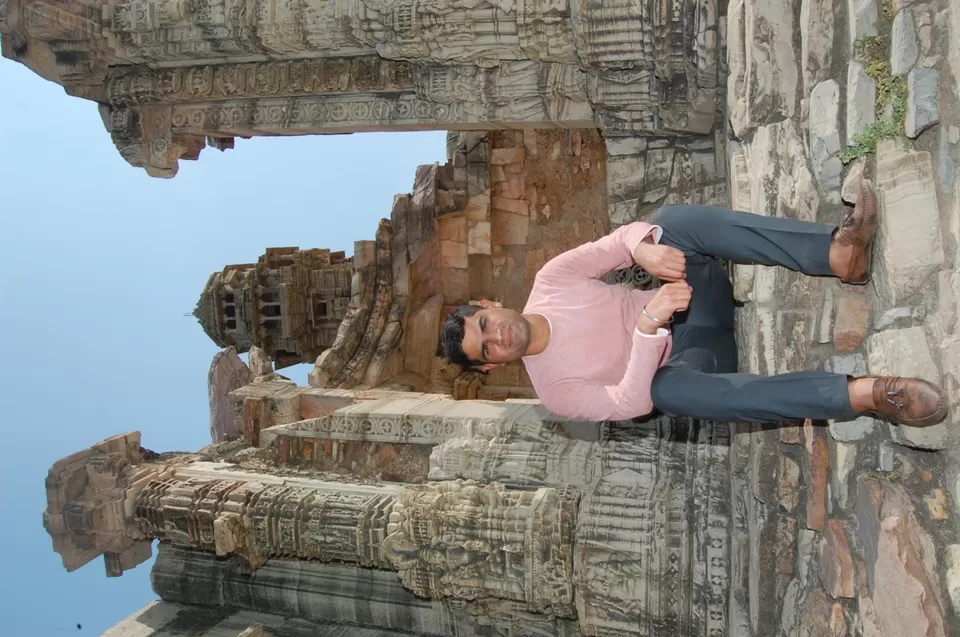
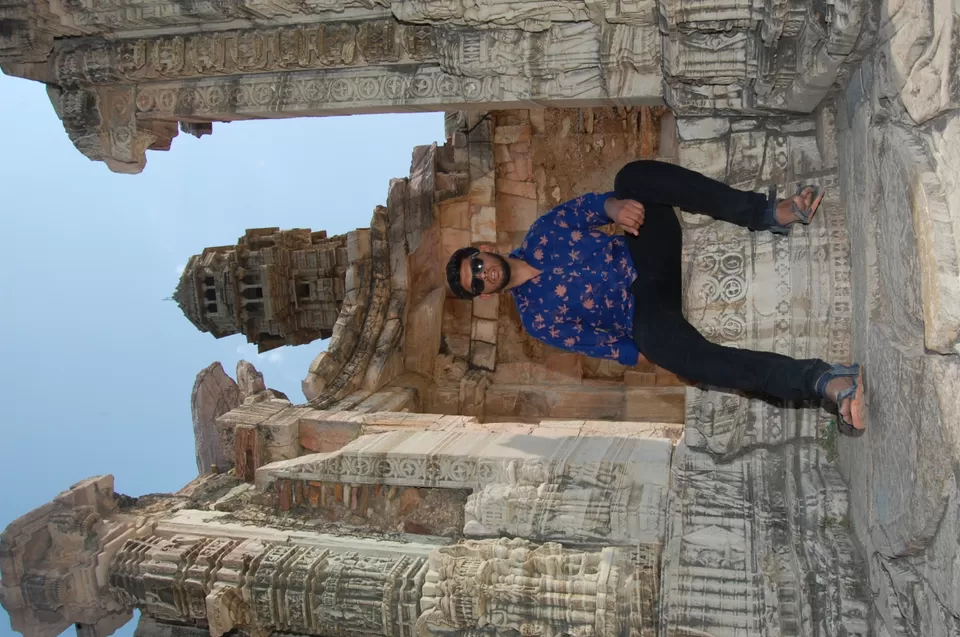
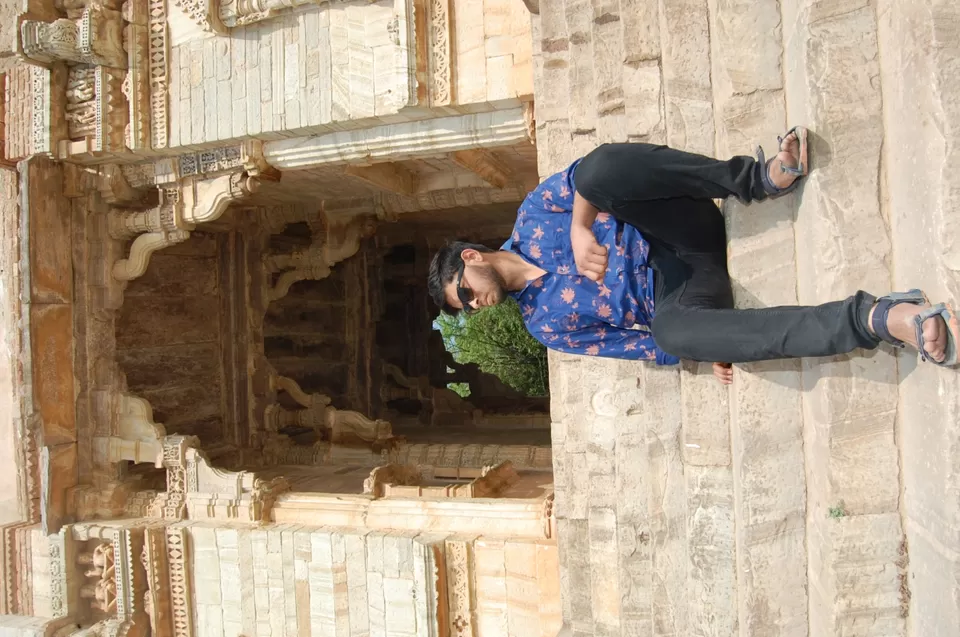

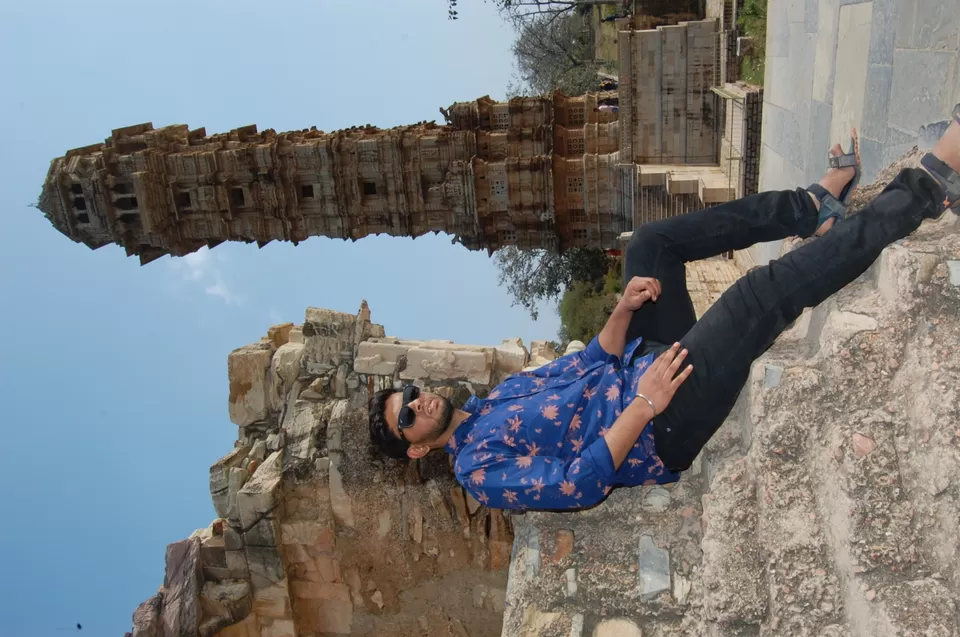
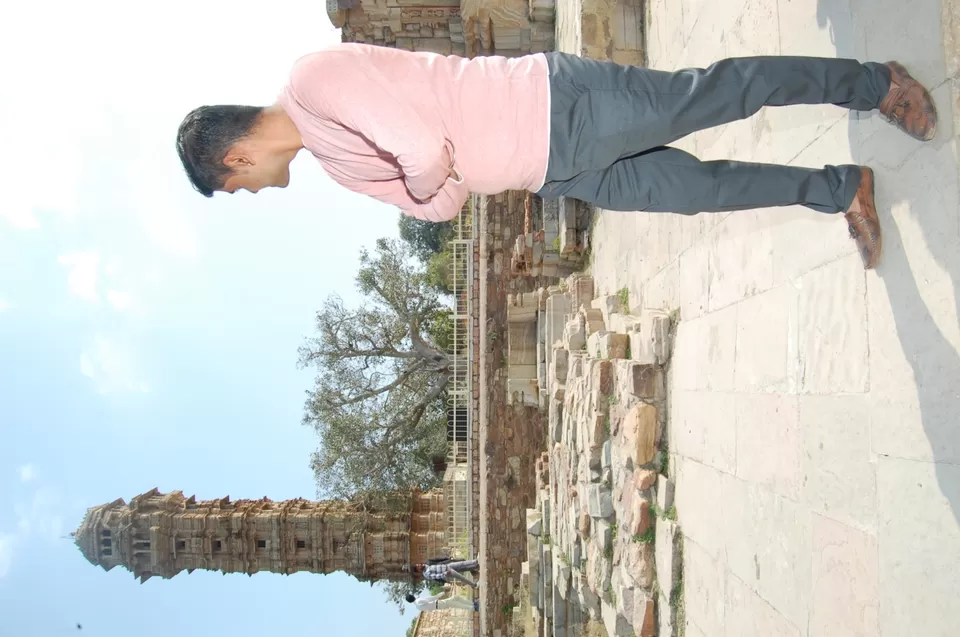
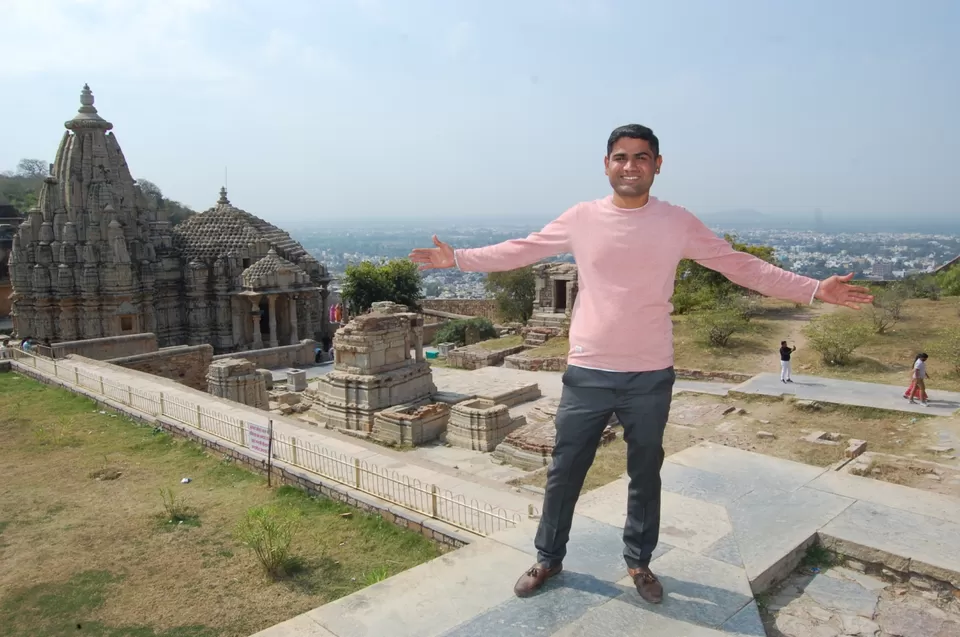
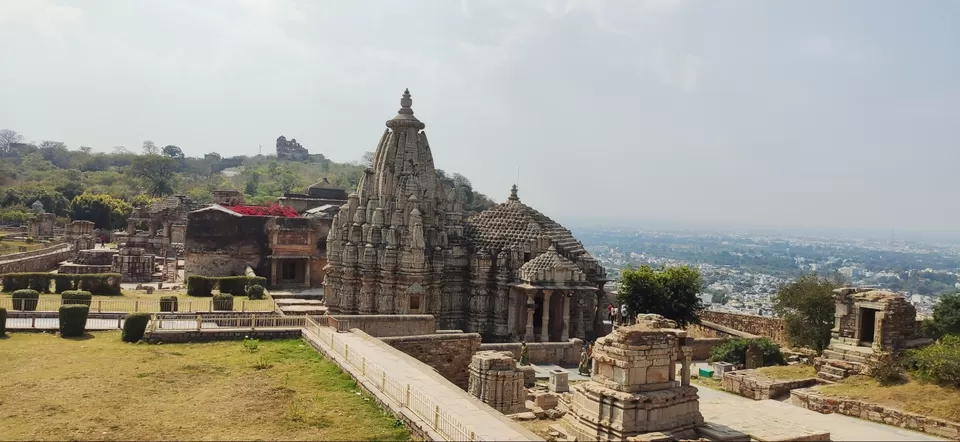
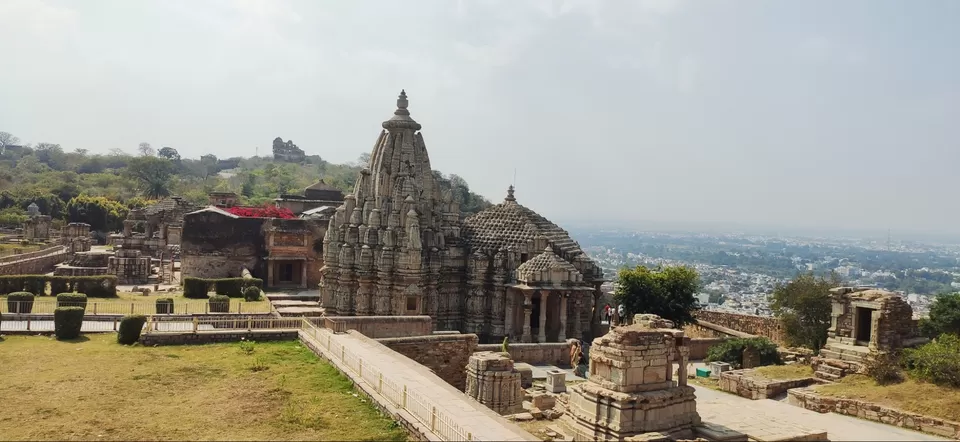
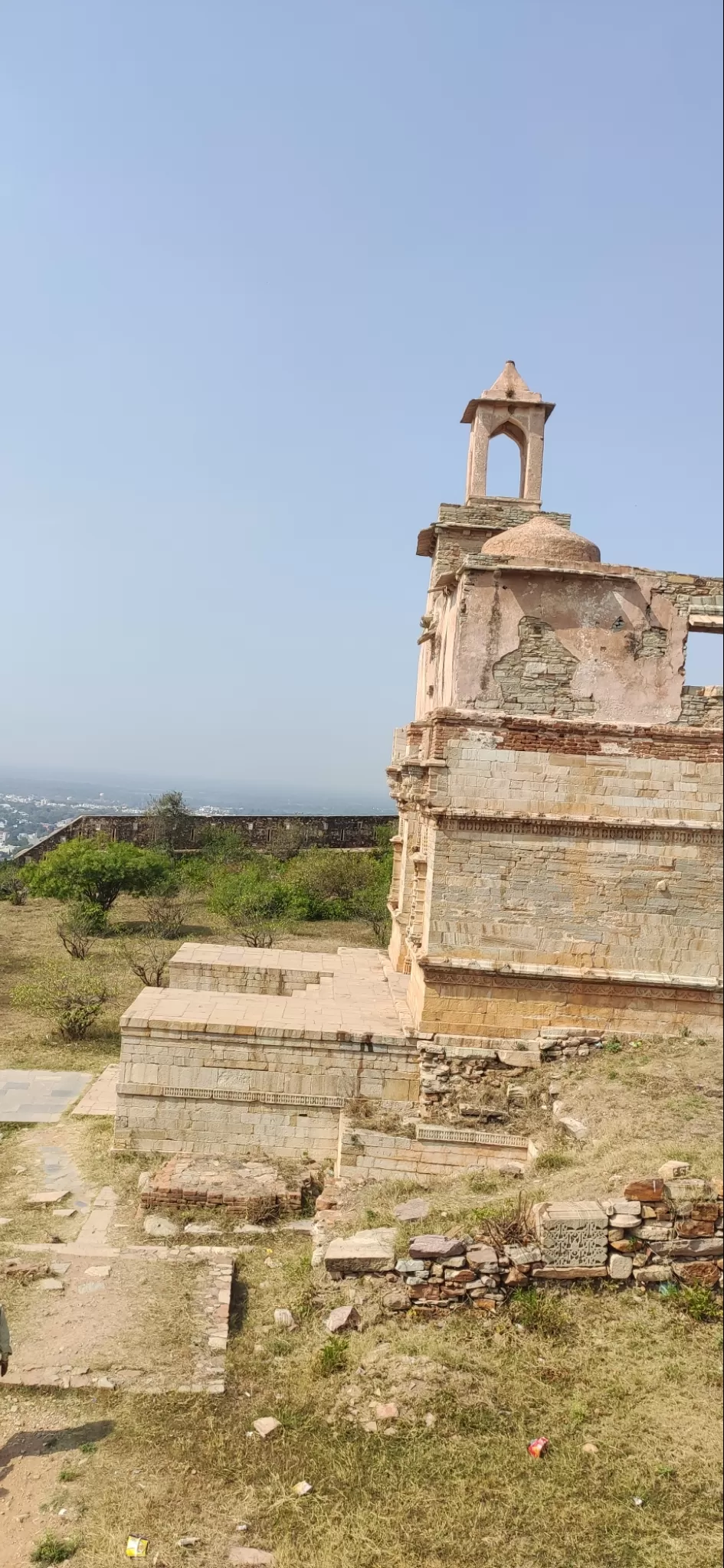
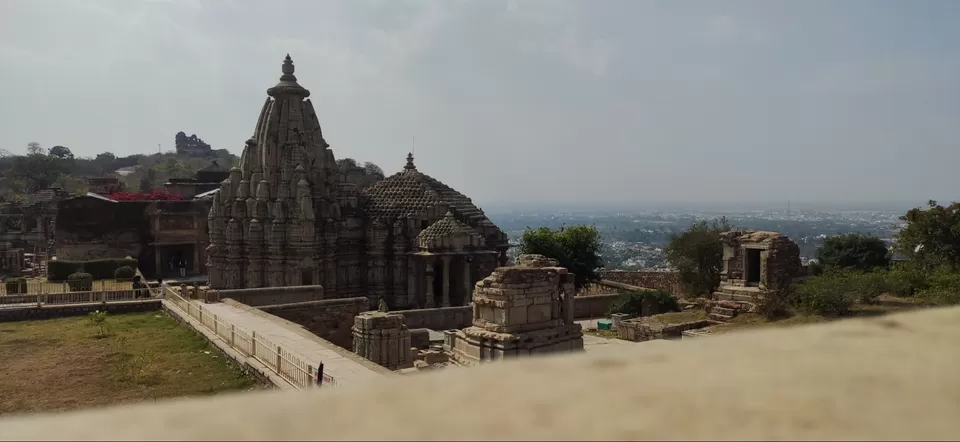
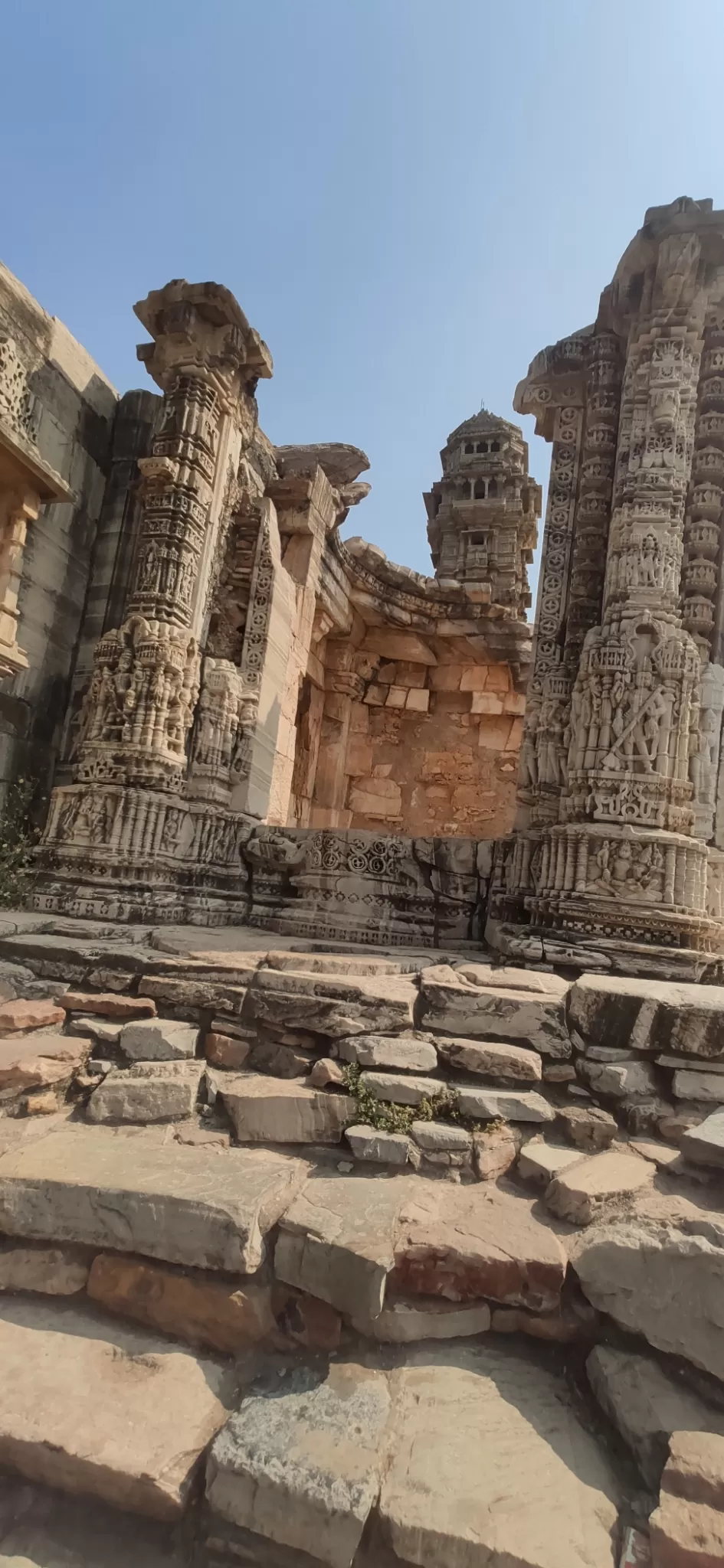
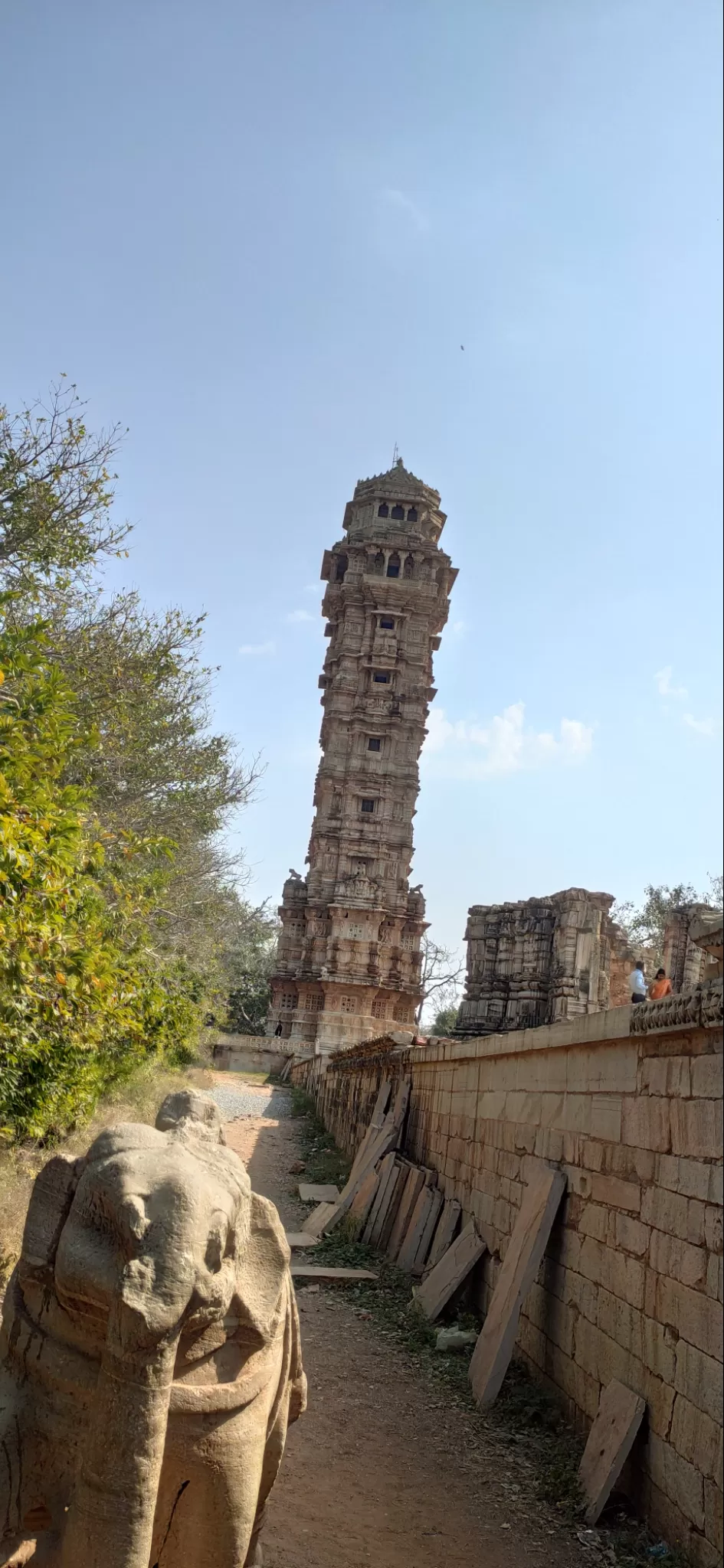
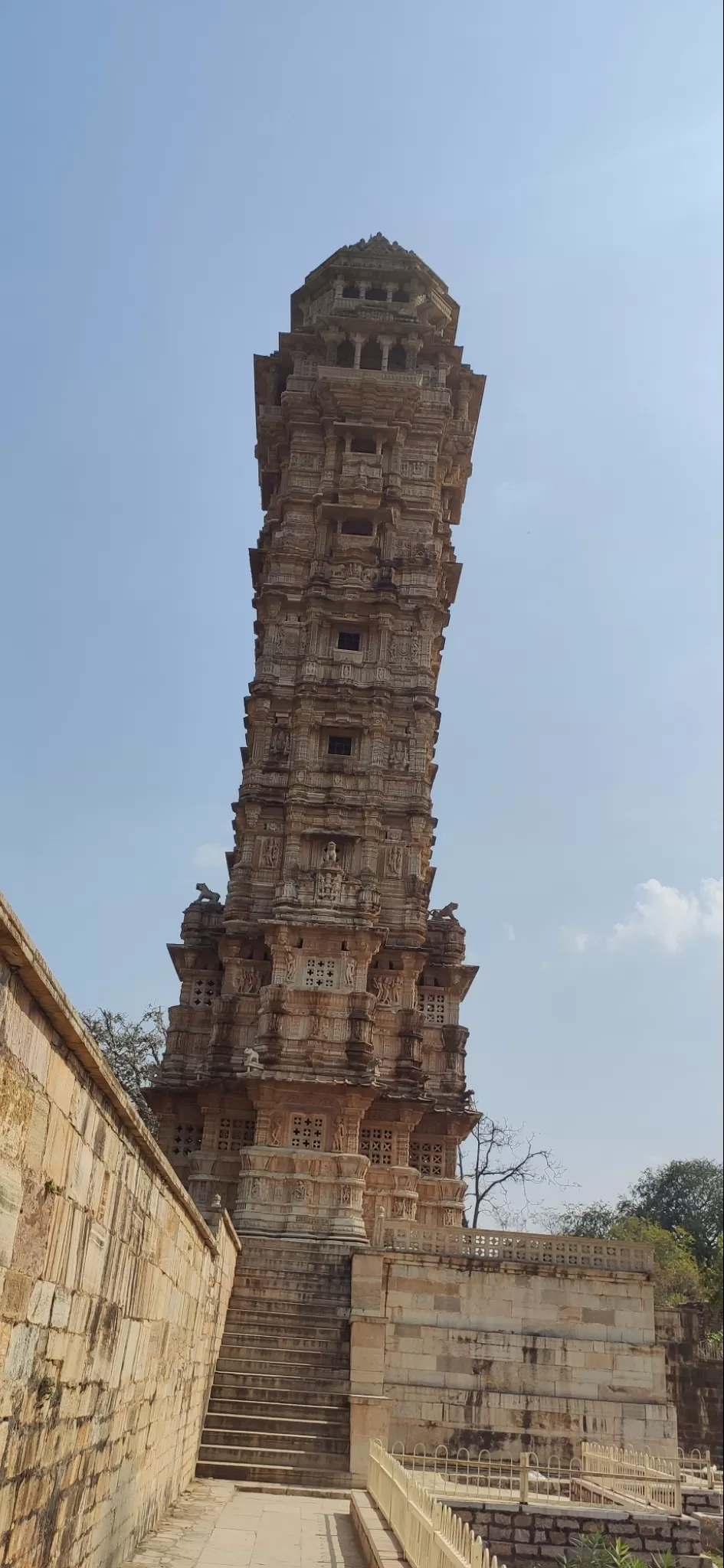
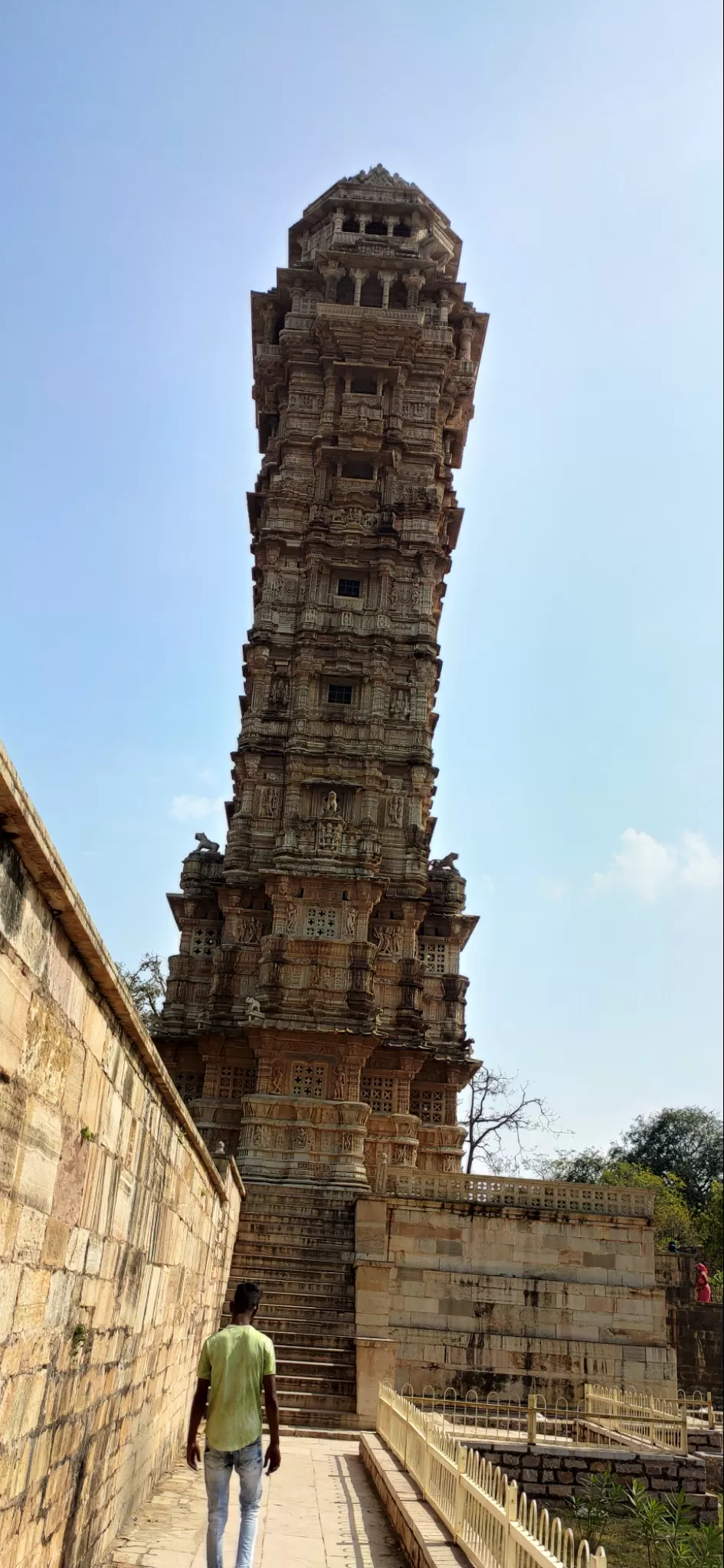
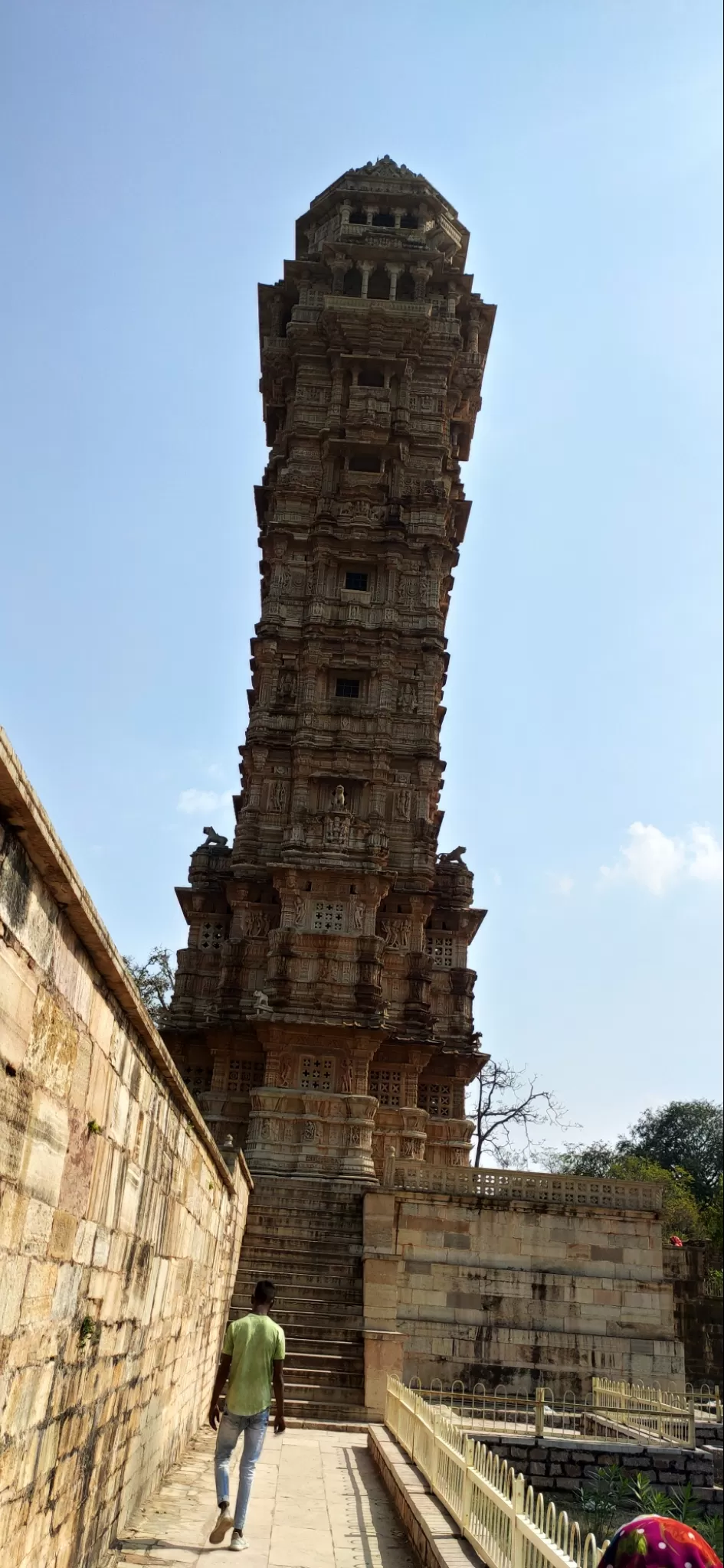
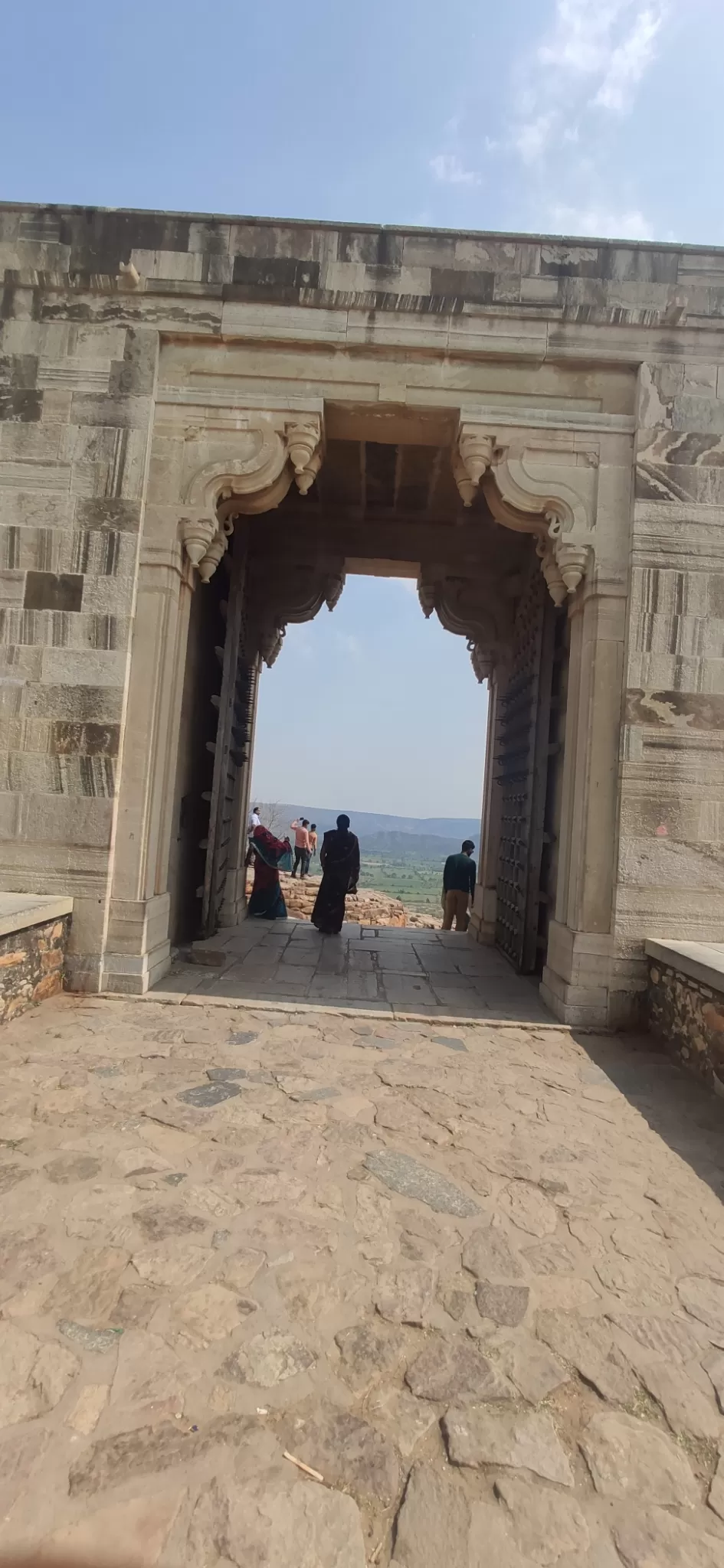
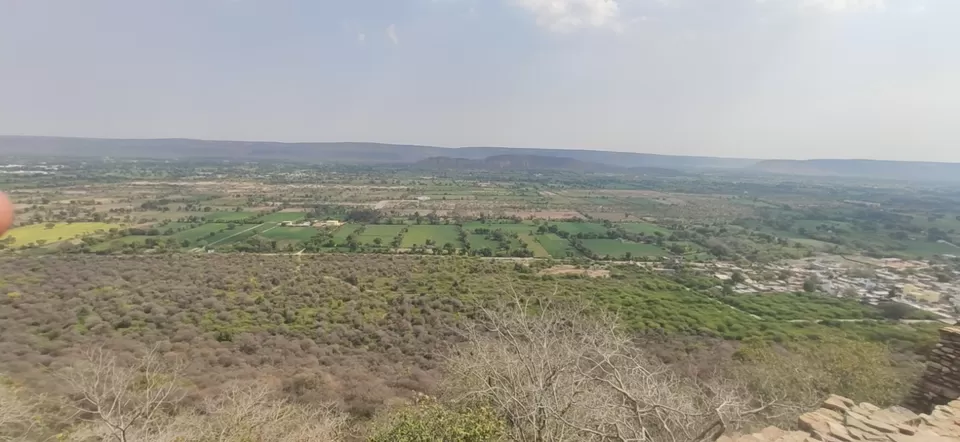
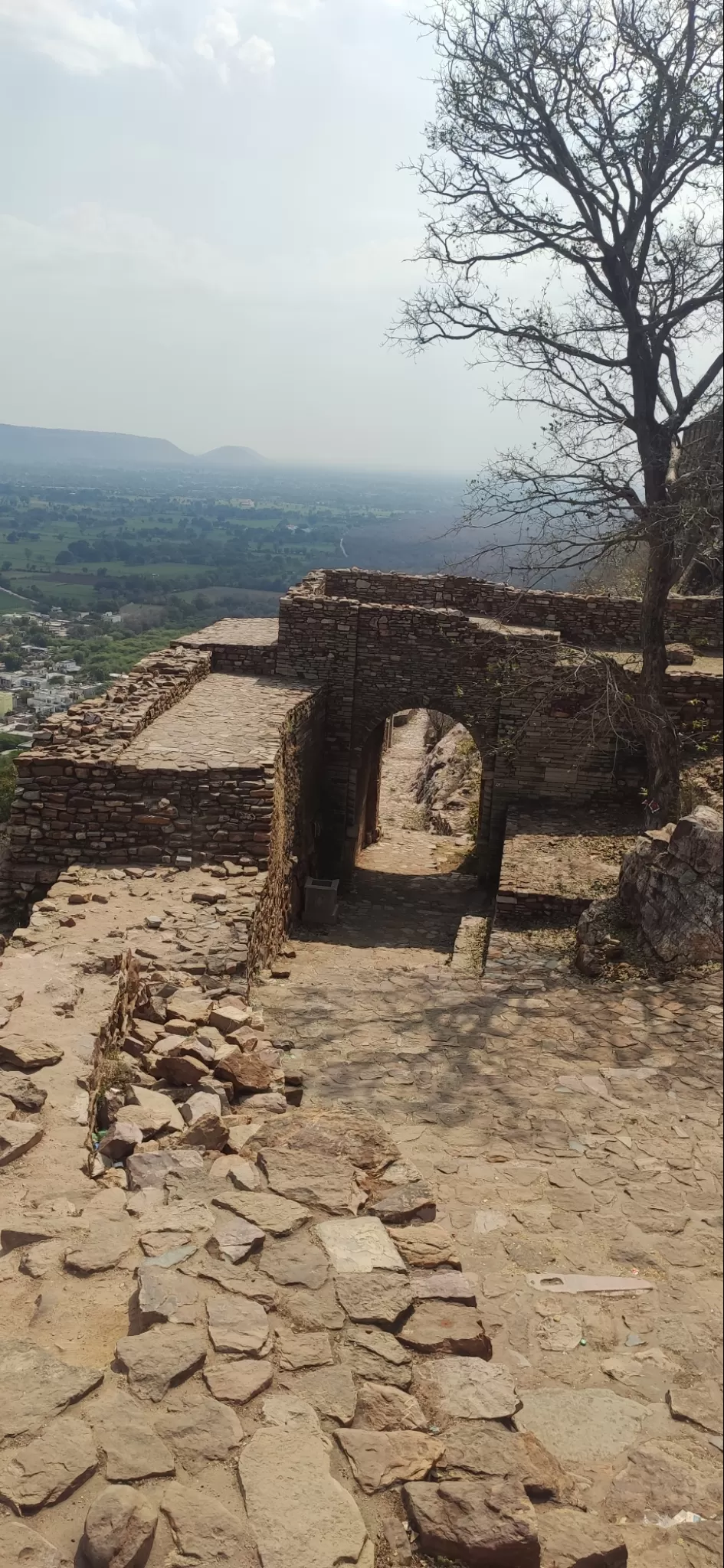
On A Roadtrip
Travelling from Jalgaon To Rajasthan.
First destination of our tour was Sawariya Ji Temple.
One of the best example of Indian Sculpture .
One of the biggest & beautiful temple of Lord Krishna also know as Sawariya Seth.
The legends has it that in the year 1840, a milkman named Bholaram Gurjar dreamt of three divine statues buried under the ground in the Chapar village of Bhadsoda-Bagund. When the villagers started digging the place, they found the three statues, exactly as Bholaram saw in his dream. They were the statues of LORD KRISHNA-all of them beautiful and mesmerizing.
One of the statues was taken to Mandaphiya, one to Bhadsoda and the third remain at the very place where it was found. All three locations became temples. Later on, the three temples of Sanwaliya Ji became renowned and devotees visit them in large numbers every day.
Located just 40 Kms from Chittorgarh - the historic city of valor and devotion - Mandaphiya is now known as Shri Sanwaliya Dham (The residence of Lord Krishna) and is second to Shri Nathadwara to the followers of the Vaishnav Sect. People believe that all their desires are fulfilled when they visit Shri Sanwaliya Seth's Darbar.
#TM2021
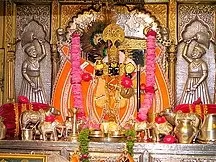
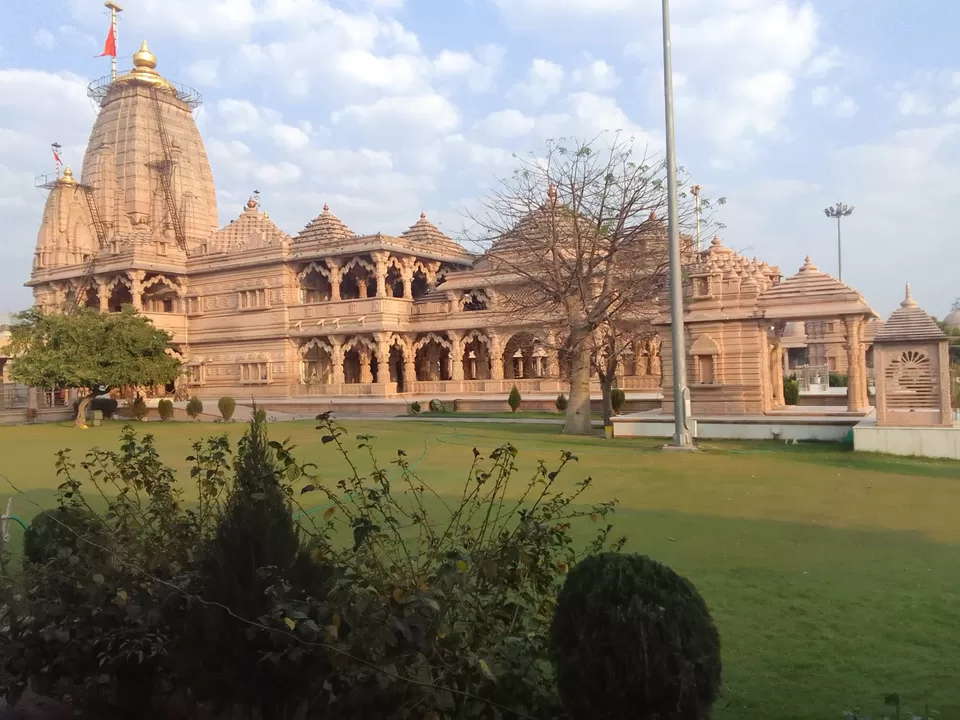
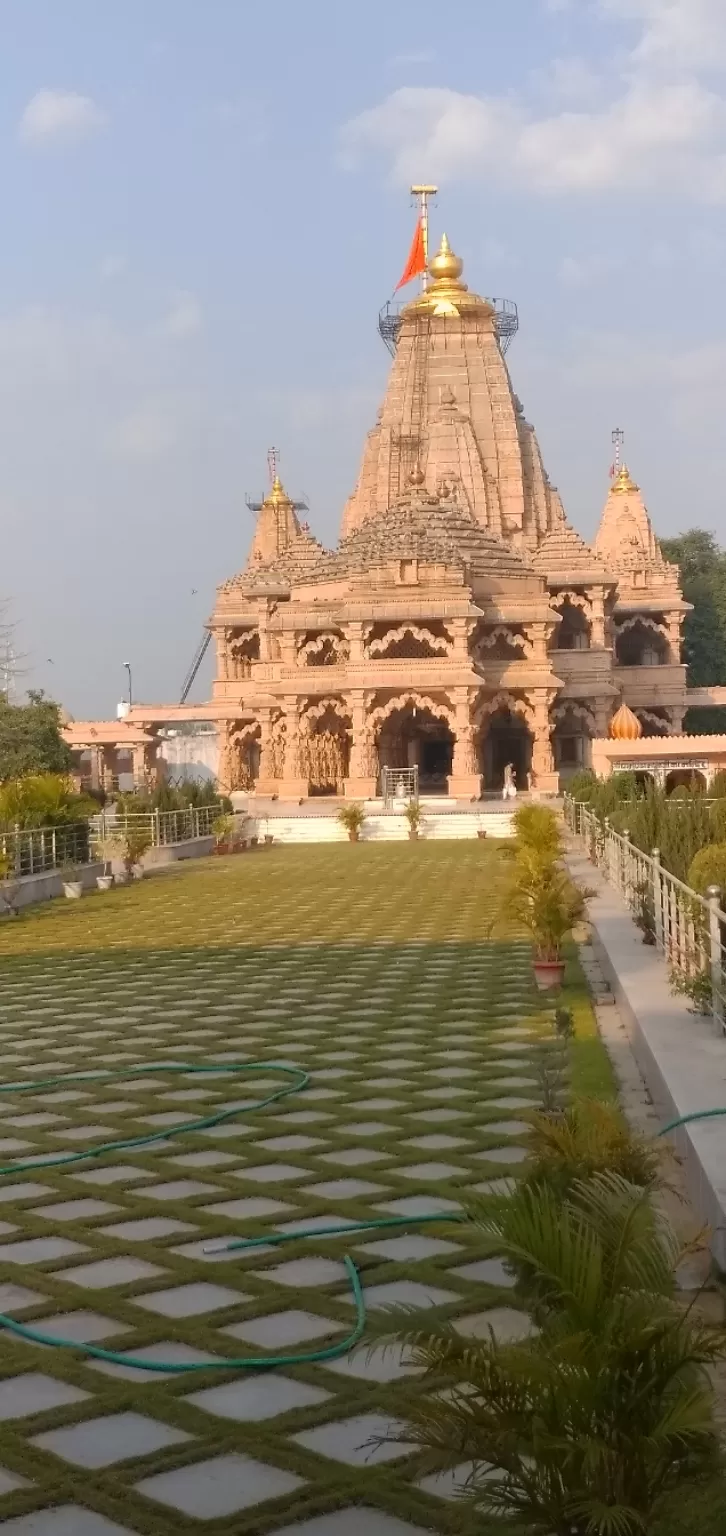
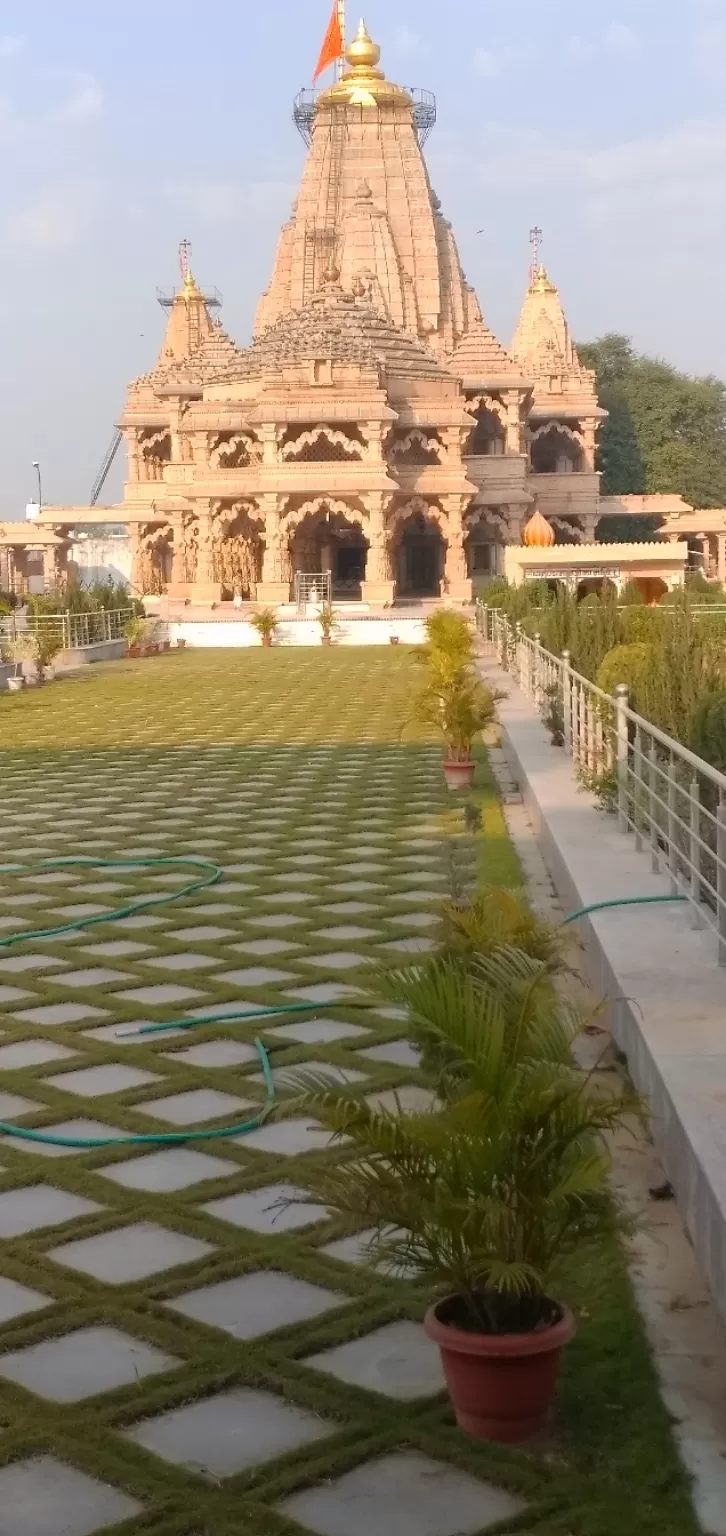
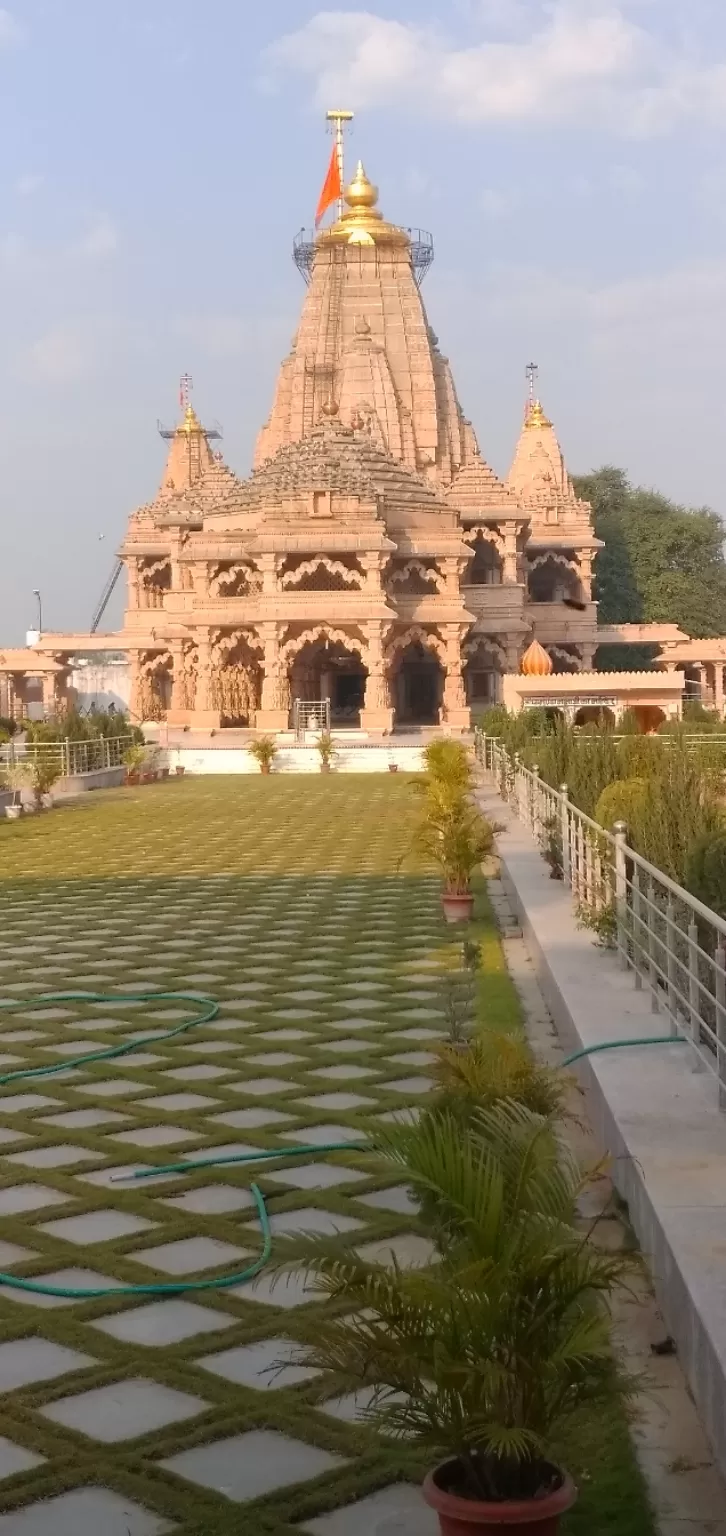
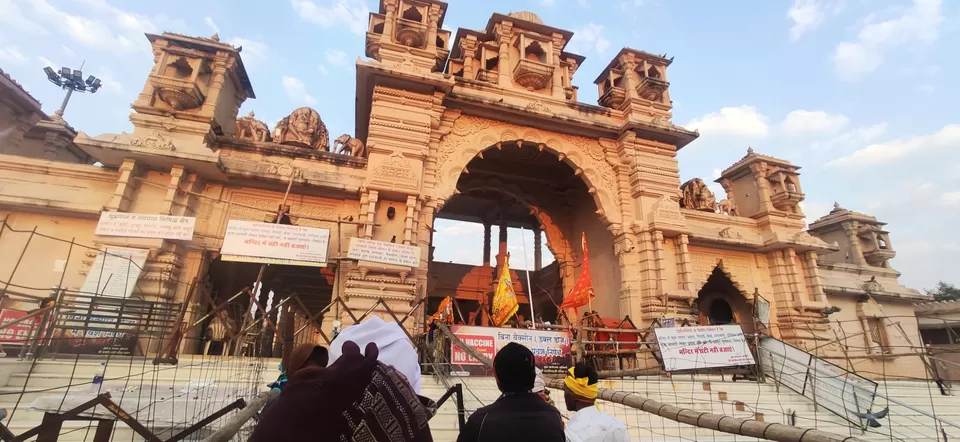
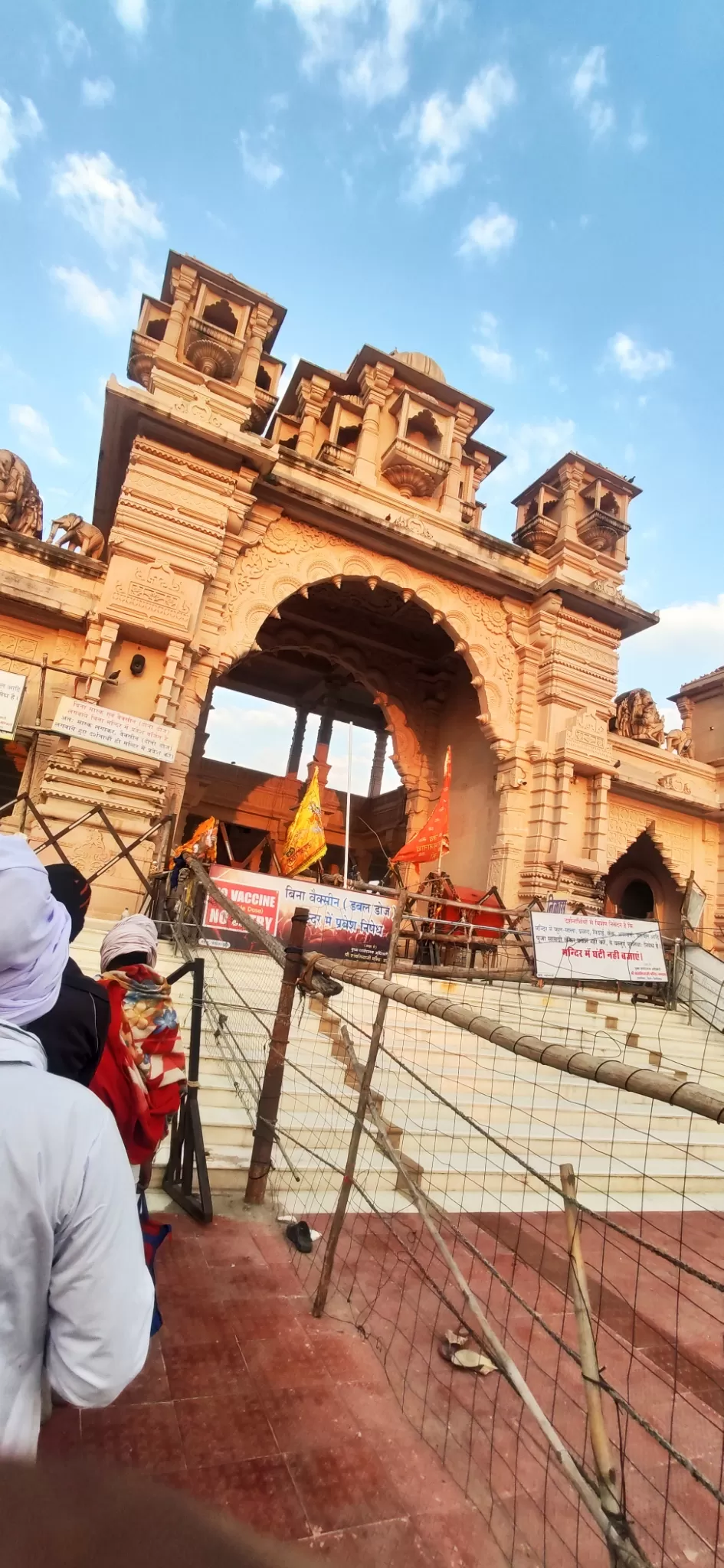
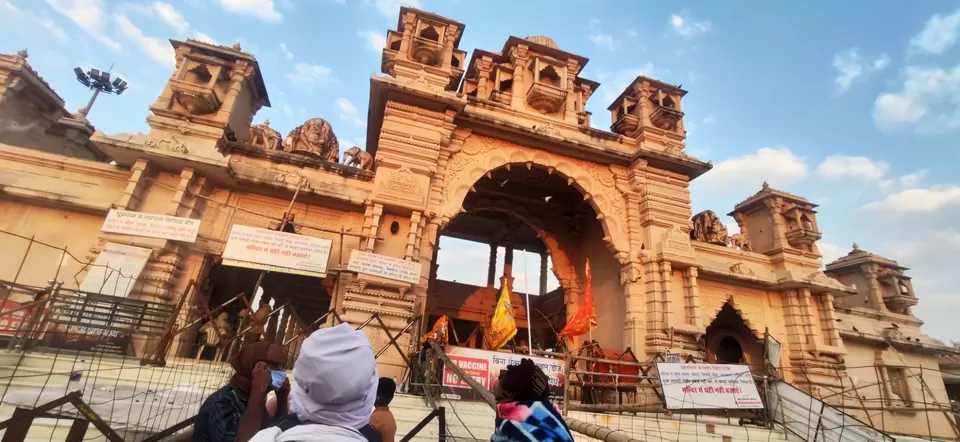
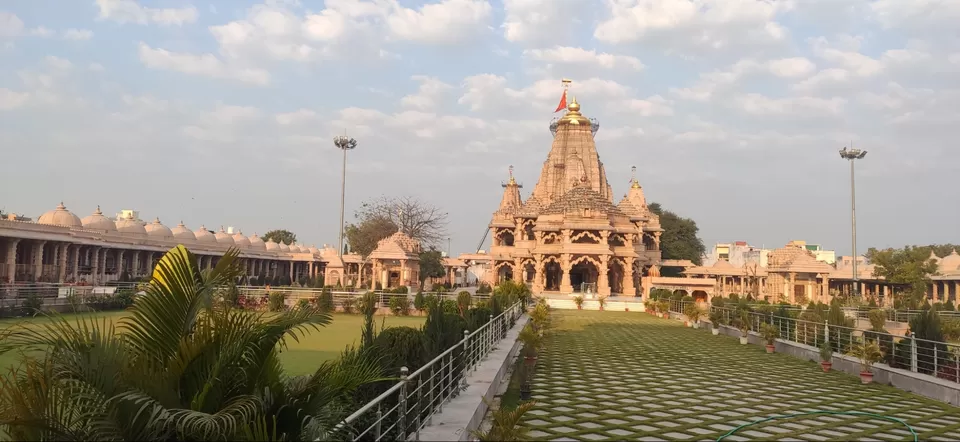
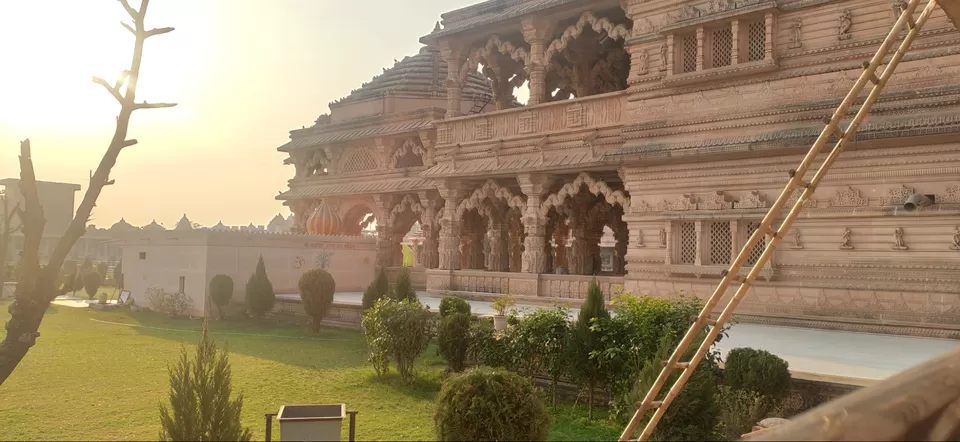
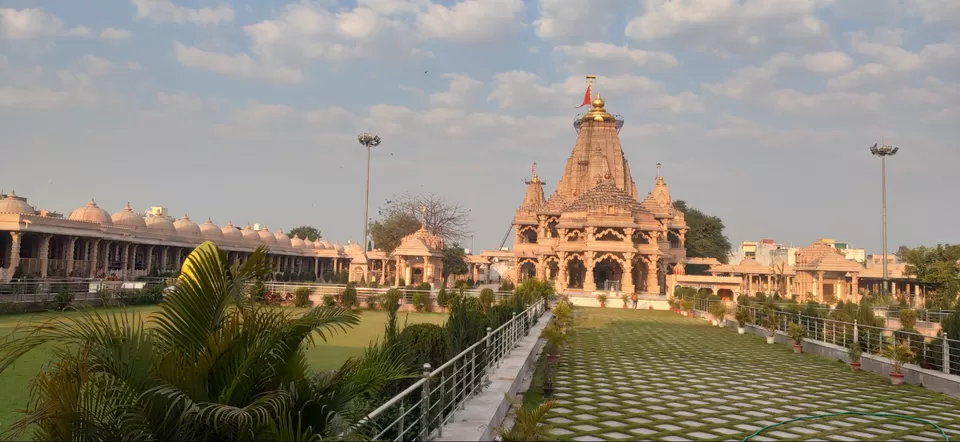
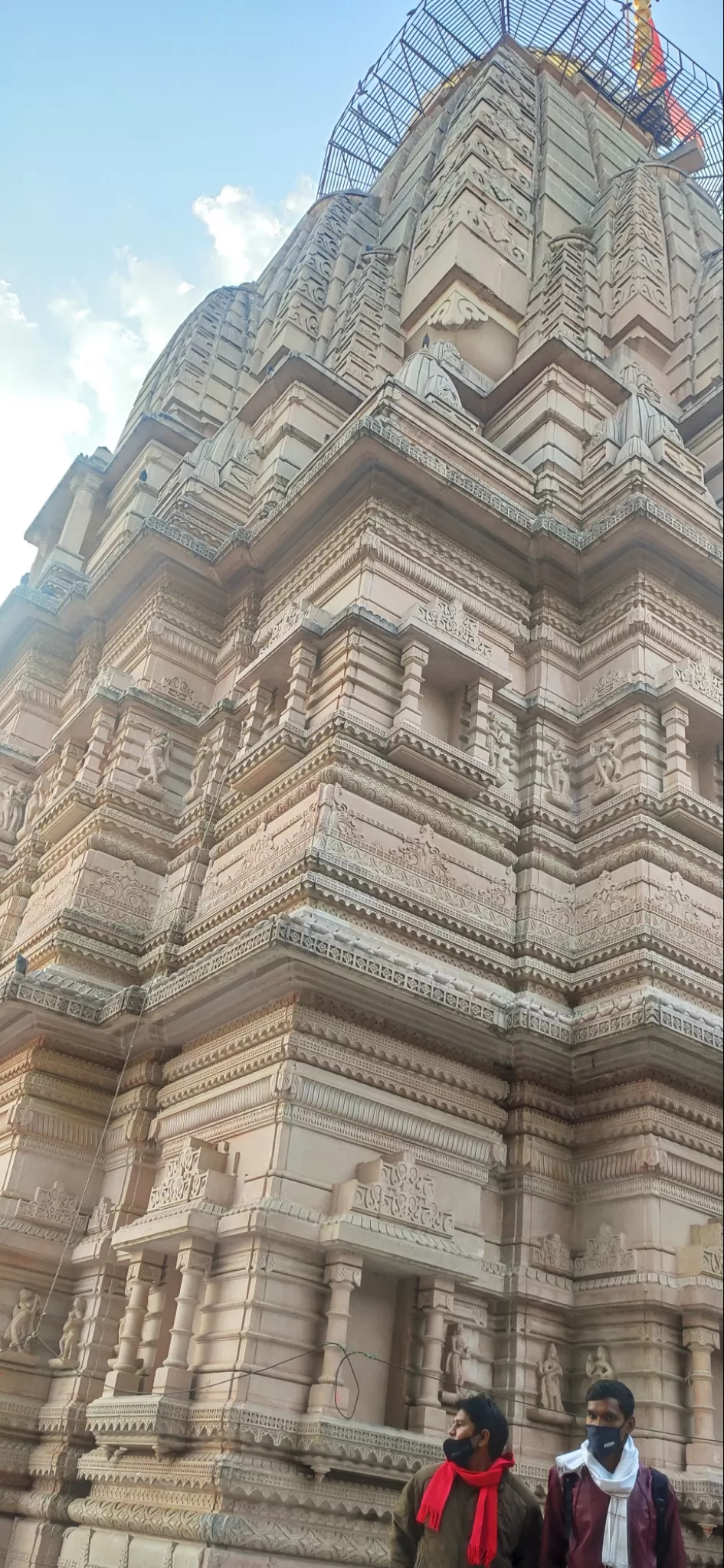
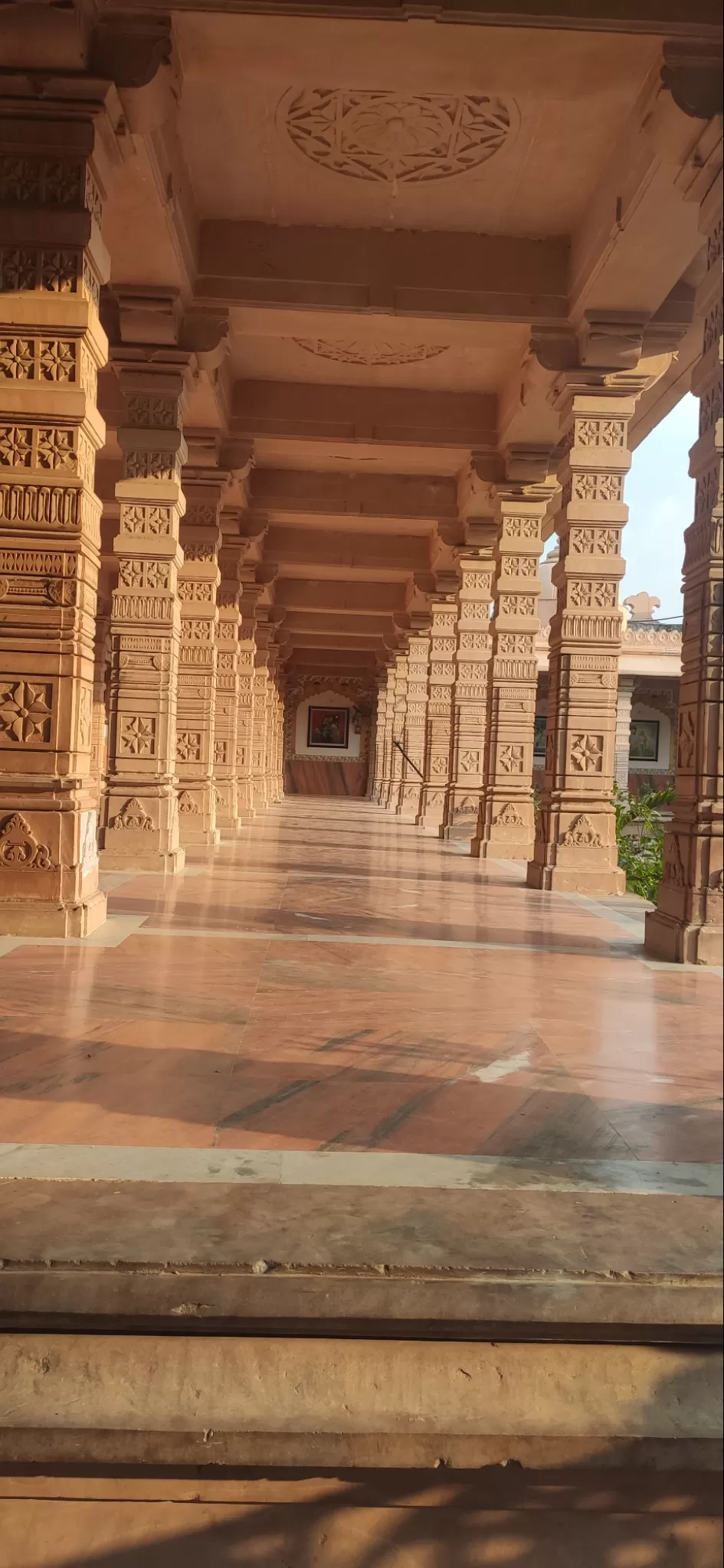
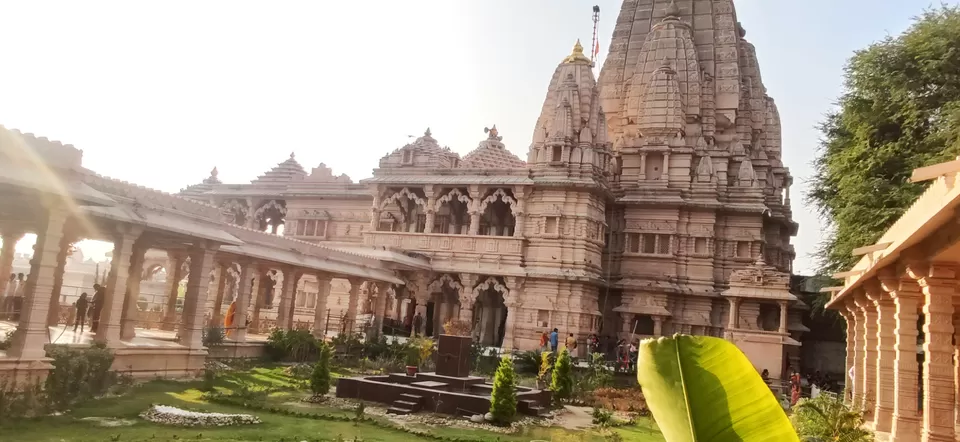
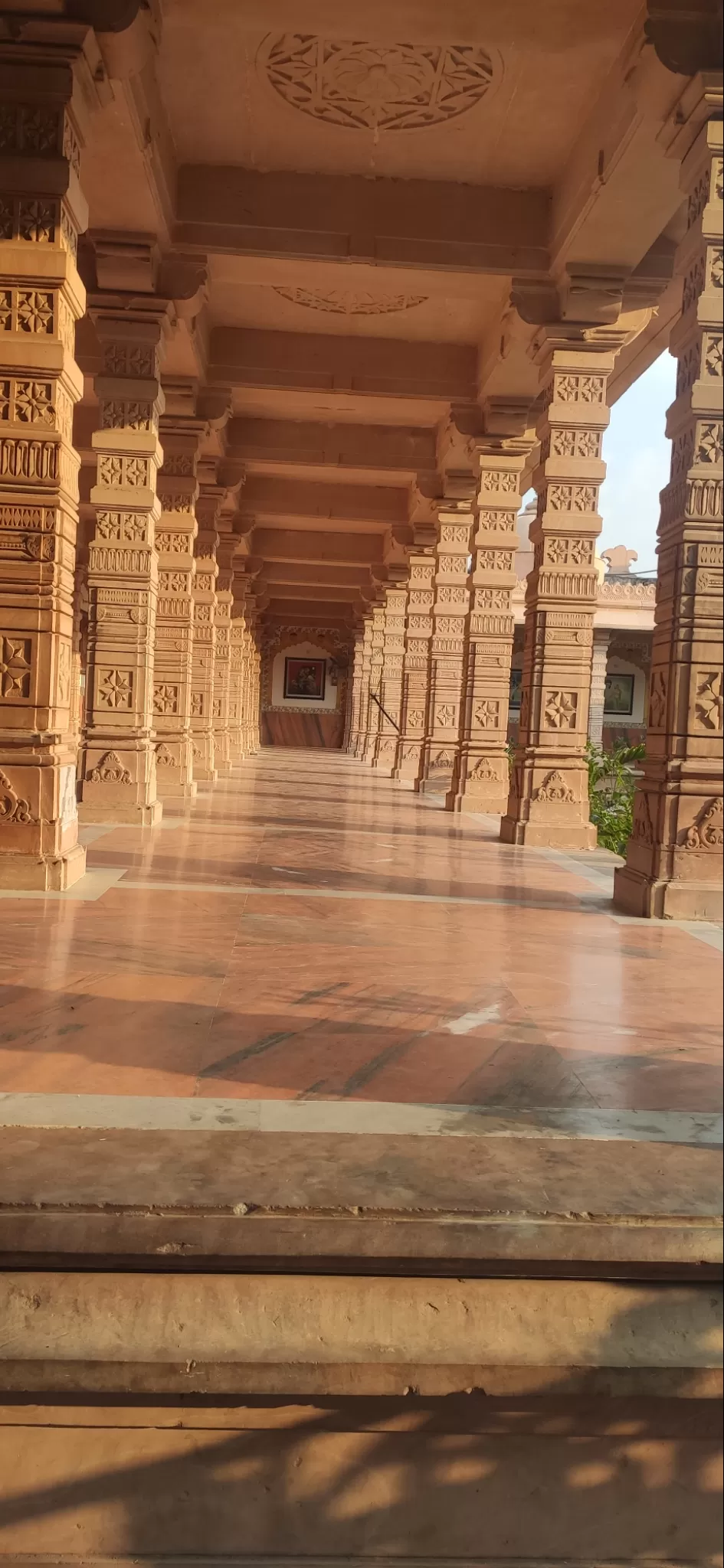
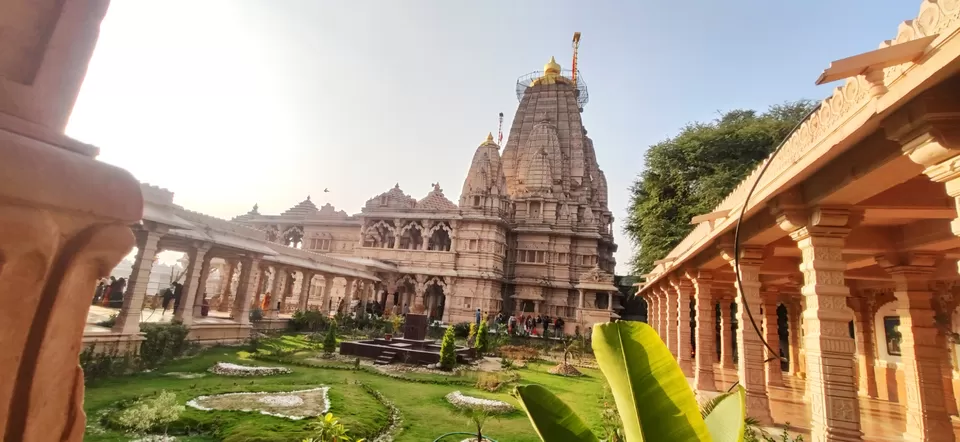
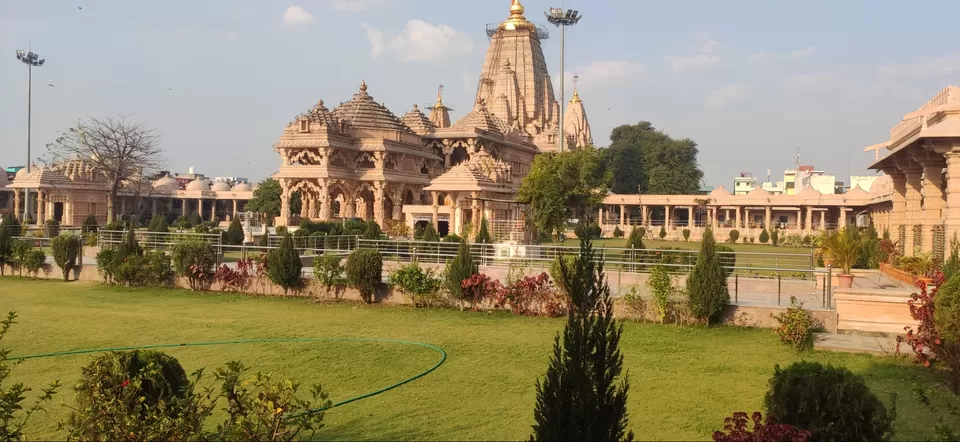
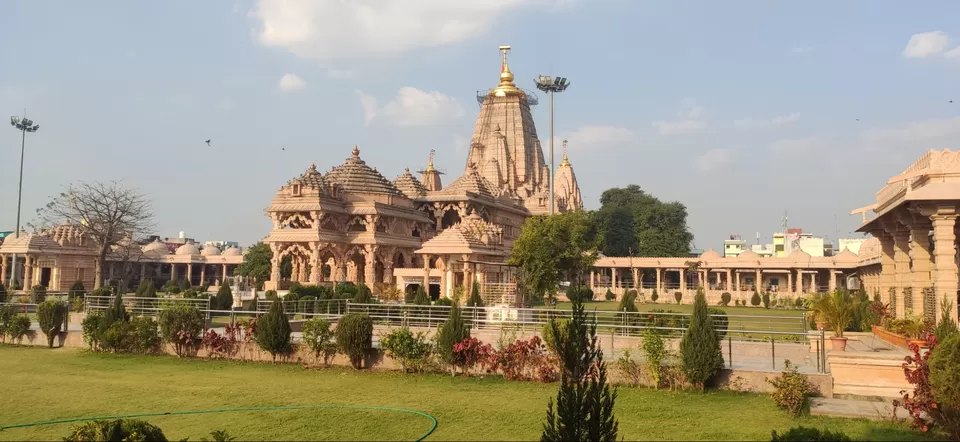
Pushkar
Pushkar is a city in the Ajmer district in the Indian state of Rajasthan . It is situated about 10 km (6.2 mi) northwest of Ajmer and about 150 kilometres (93 mi) southwest of Jaipur. It is a pilgrimage site for Hindus and Sikhs .Pushkar has many temples. Most of the temples and ghats in Pushkar are from the 18th century and later, because many temples were destroyed during Muslim conquests in the area.
Subsequently, the destroyed temples were rebuilt. The most famous among Pushkar temples is the red spired Brahma Ji Temple. It is considered a sacred city by the Hindus particularly in Shaktism , and meat and eggs consumption are forbidden in the city.
Pushkar is located on the shore of Pushkar Lake, which has many ghats where pilgrims bathe.Pushkar is also significant for its Gurdwaras for Guru Nanak and Guru Gobind Singh . One of the bathing ghats is called Gobind ghat built by the Sikhs in the memory of Guru Gobind Singh.
Pushkar is famous for its annual fair ( Pushkar Camel Fair ) featuring a trading fete of cattle, horses and camels. It is held over seven days in autumn marking Kartika Purnima according to the Hindu Calendar ( Kartik (month ), October or November). It attracts nearly 200,000 people. In 1998, Pushkar hosted about 1 million domestic (95%) and international tourists over the year.
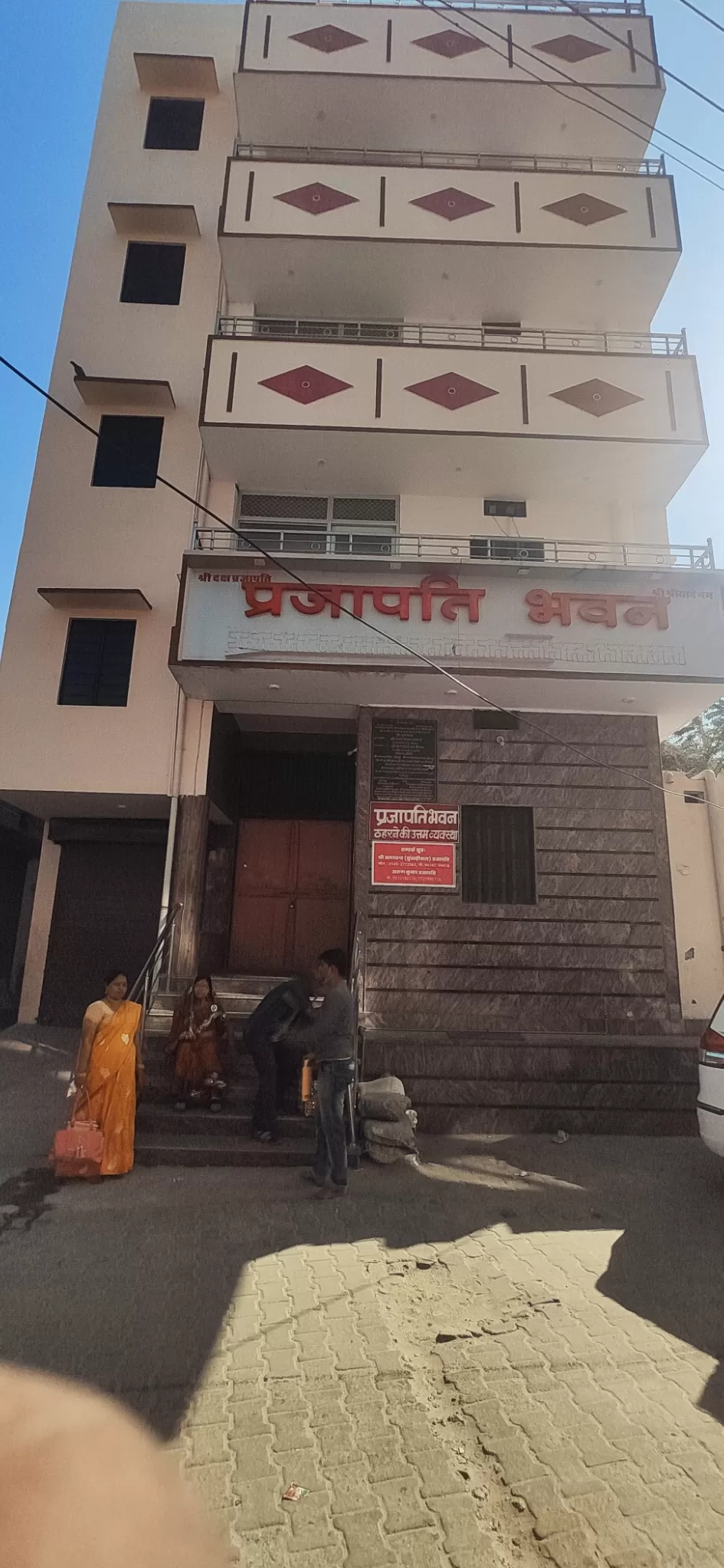
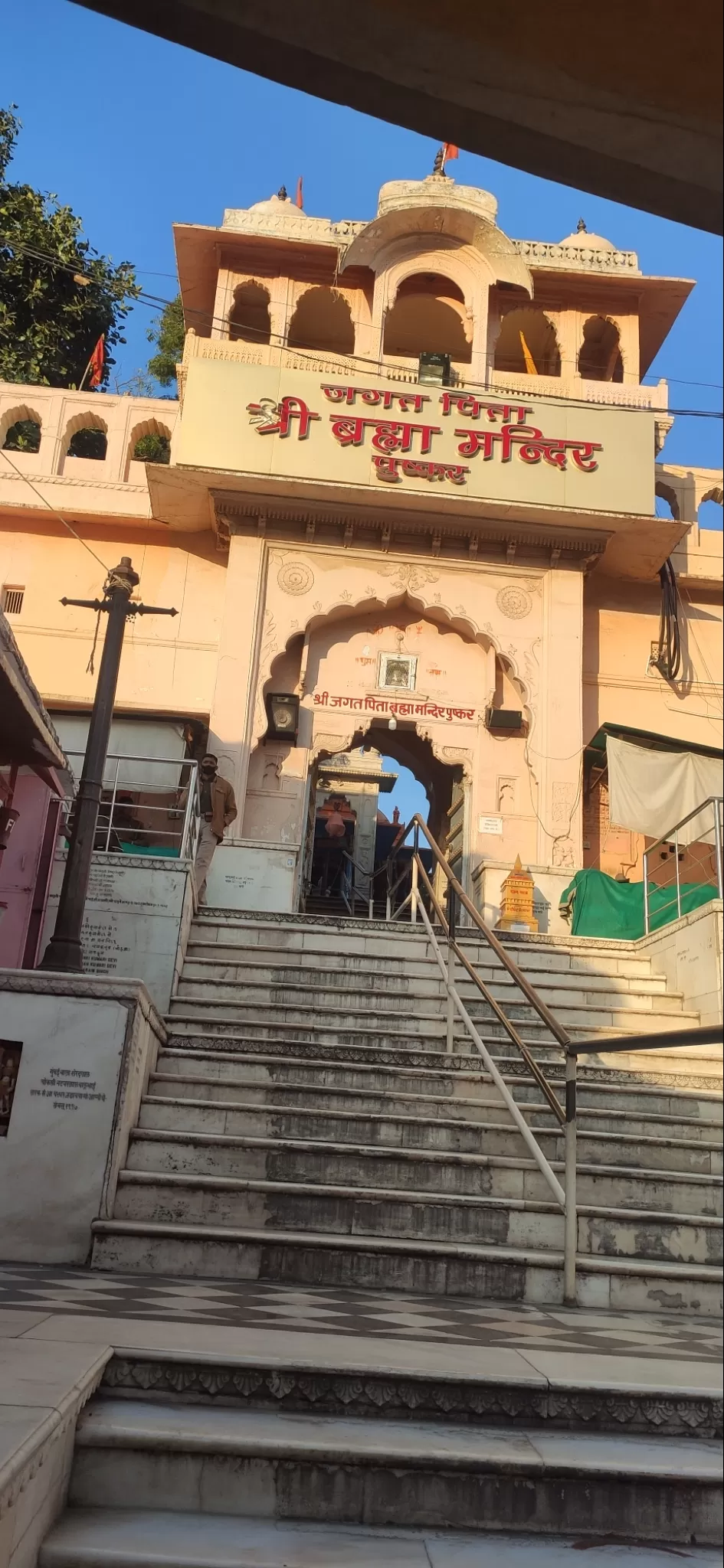
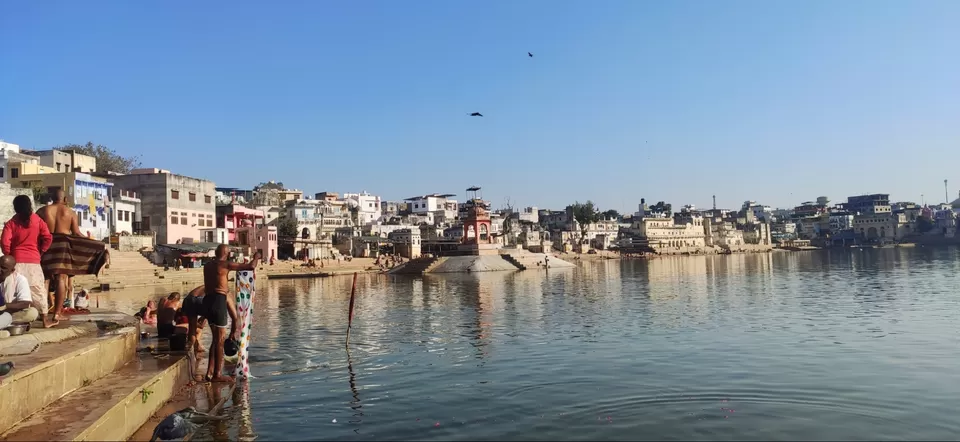
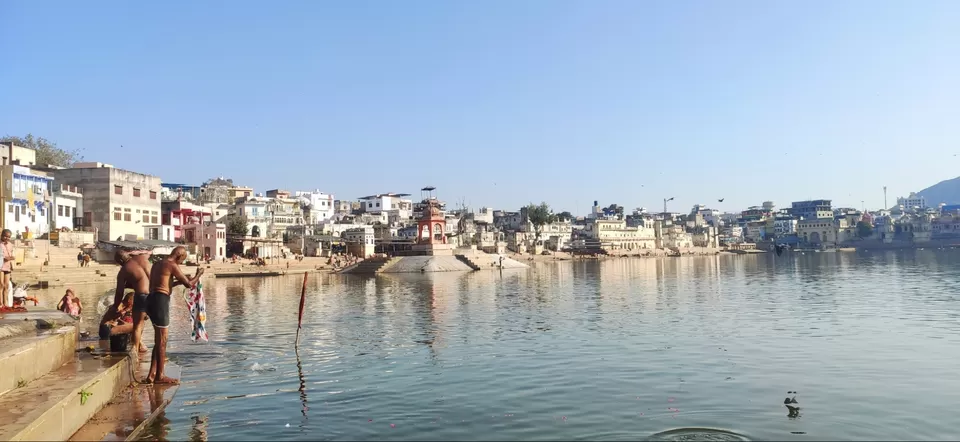
Kinsariya Ki Kewai Mata Ji
Darshan
6-7 km from Parbatsar on the triangle between Makrana and Parbatsar in Nagaur district. m. In the north-west, surrounded by the Aravalli ranges, is the village of Kinsaria, where a very ancient and famous temple of Kaivamata is situated on the highest peak of a huge mountain range. According to Nancy, the old name of Kinsaria was Sinhadia. This temple of Kaivamata is situated on a huge hill about 1000 feet high. To reach the temple, a stone spiral paved path has been made, in which there are 1121 steps. An inscription of Vikram Samvat 1056 (999 AD) is engraved on the outer wall of the hall of the temple of Kaivamata. The above inscription shows that Chachdev, the ruler of Dadhichik dynasty, who was a feudatory of the Chauhan king Rareelraj (son of Singhraj) of Sambhar, Vaishakh Sudi 3 of Vikram Samvat 1056, Akshaya Tritiya Sunday i.e. April 21, 999 on Bhavani (April 999). Ambika) built this grand temple.
In the inscription, the valor, valor and valor of Chauhan rulers of Shakambhari (Sambhar) Vakpatiraj, Singhraj and Barrelraj have been praised. While discussing the achievements of the feudal rulers of Dadhichik (Dahiya) dynasty subordinate to him, it is written about the origin of this dynasty (Dadhichik or Dahiya) – The Dadhichi sage gave his bones on the prayer of Praharan (weapon) by the gods. His descendants were called Dadhichik. In this Dadhichik dynasty there was a mighty Meghnath, who showed great valor in the battle field. From his wife Masata, a lot of charity and Varisingh were born and from his pious wife Dunda, Chacha was born. This Chachadev, after experiencing the immensity of the world, got the Soudha (temple) of Goddess Bhavani built, having a peak shape similar to that of Mount Kailash.
After this, it has been wished in the inscription, as long as the moon is seated on the head of Shiva, till the sun god moves in the nabha place, till the Vedavani resonates from the four faces of the four-faced Brahma, till this temple of Goddess Ambika is radiant here. (Light) be.
There are two Bhairav idols outside the entrance of the auditorium which is famous as Kala-Gora. The forest is spread around the huge range of Devi temple, which is called Mataji's Oran. There are 10 more inscriptions in the courtyard of the Kaivamata temple. Of these, eight inscriptions are placed in a lined form near the back wall of the Kaivamata temple and the other two are installed in the back wall of the auditorium.
The most ancient of these inscriptions are inscribed on the date of Monday, Jeth Sudi 13 (1 June 1243 AD) of Vikram Samvat 1300. According to the article, on the said day, Rana Vikram, son of Rana Kirtasi (Kirtisih), along with his queen Naildevi ascended to heaven. His son Jagadhar got this monument built for his parents.
Other major monumental inscriptions present in the temple complex are those of Vikram Sawant 1350, 1354, and 1710.
On Navratri, marriage and other auspicious occasions, people of the nearby area come there to celebrate caste and rituals and wish for the desired results from the goddess.
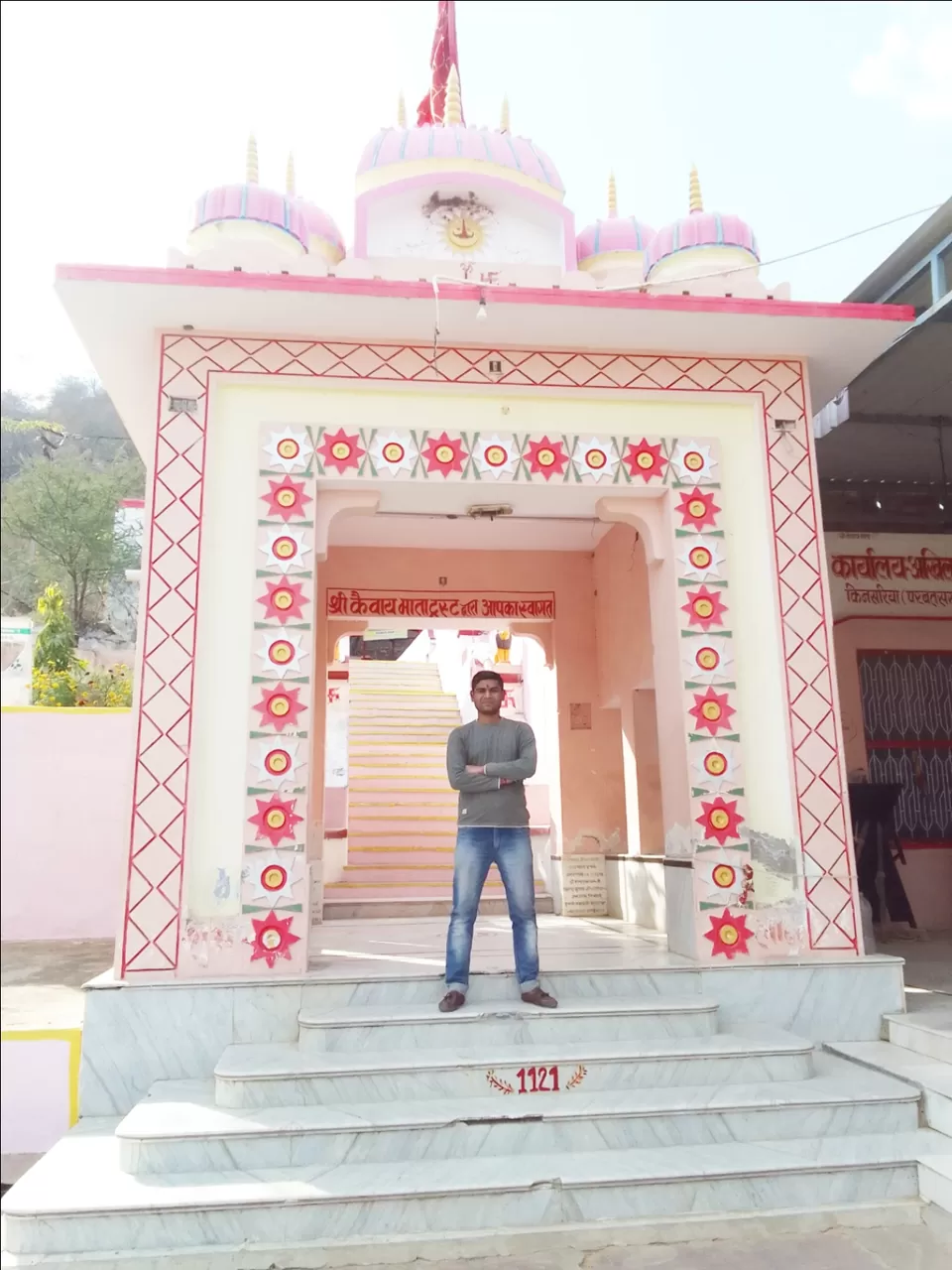
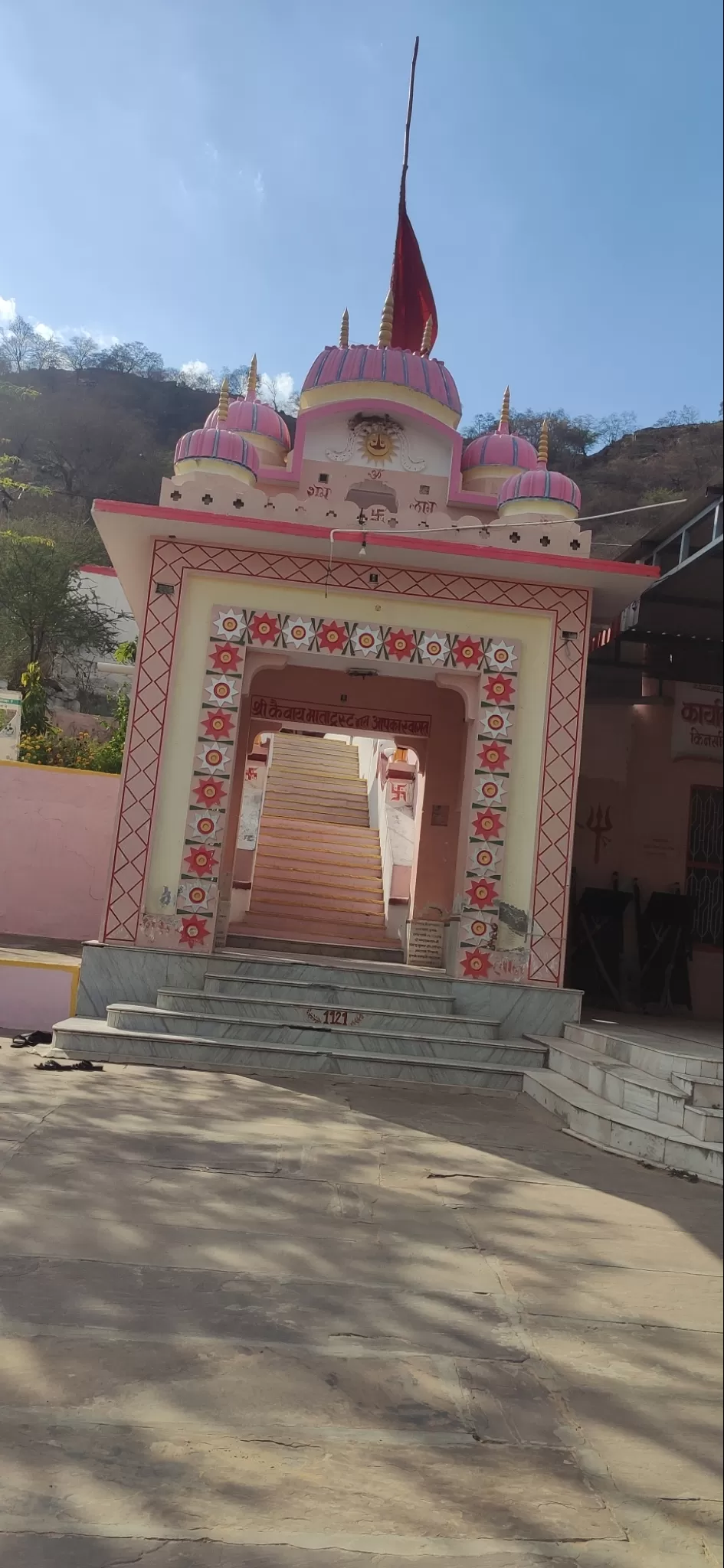
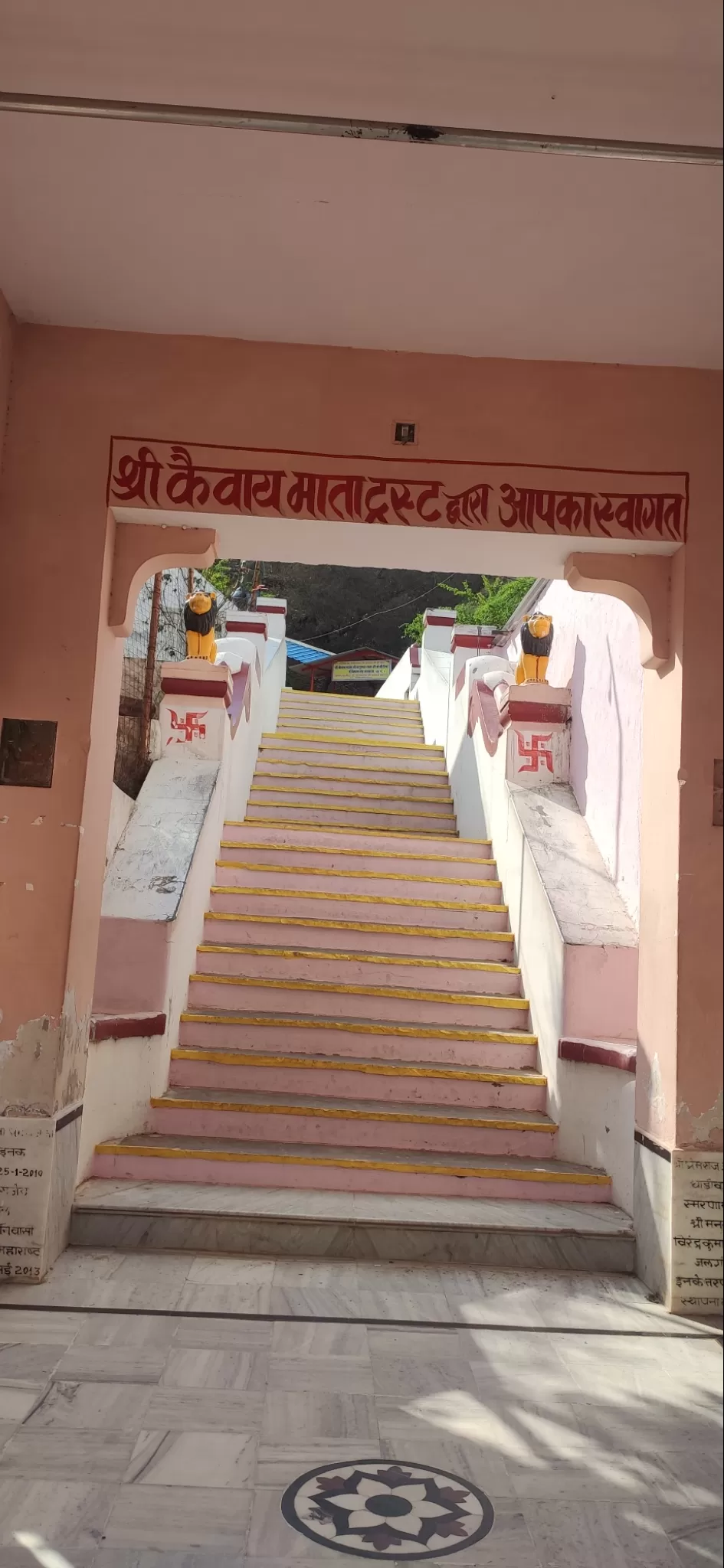
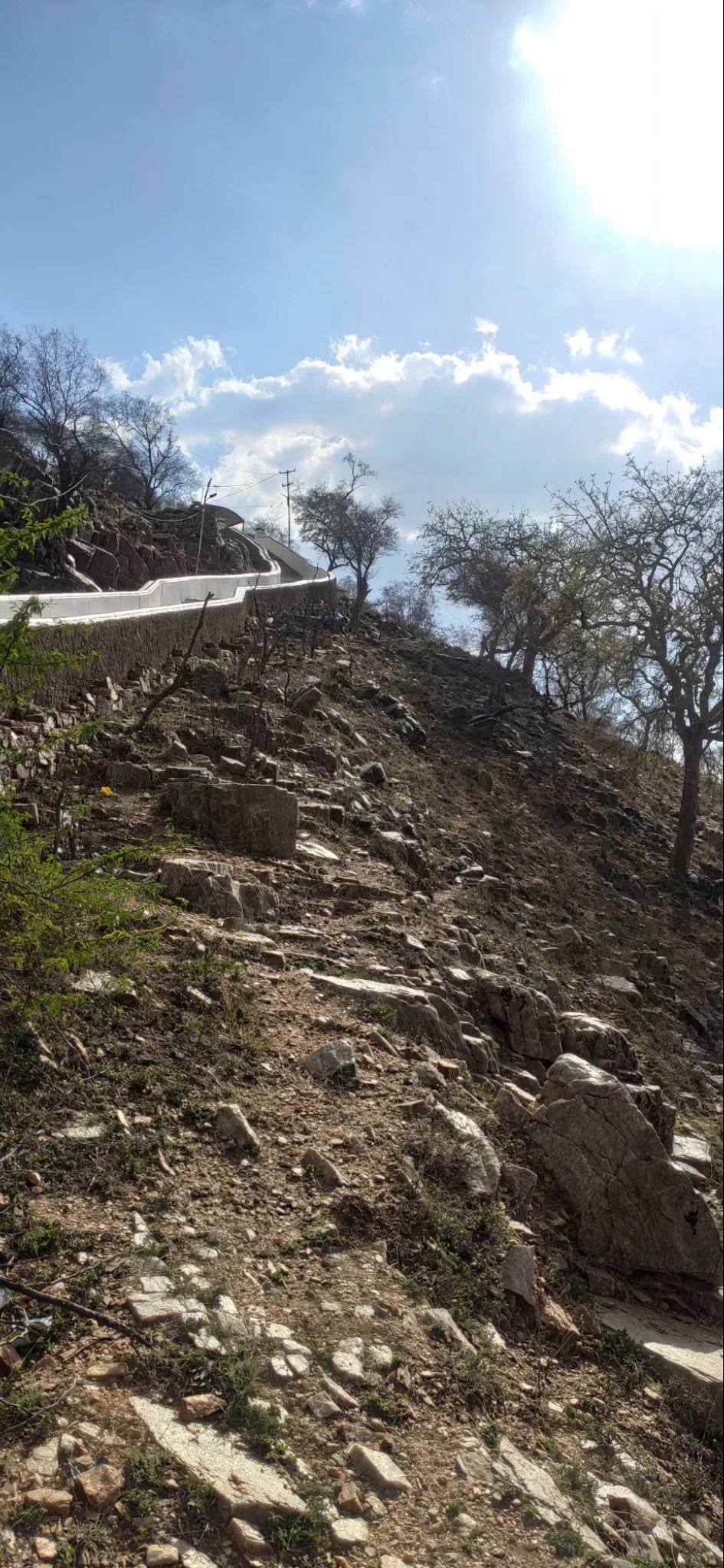
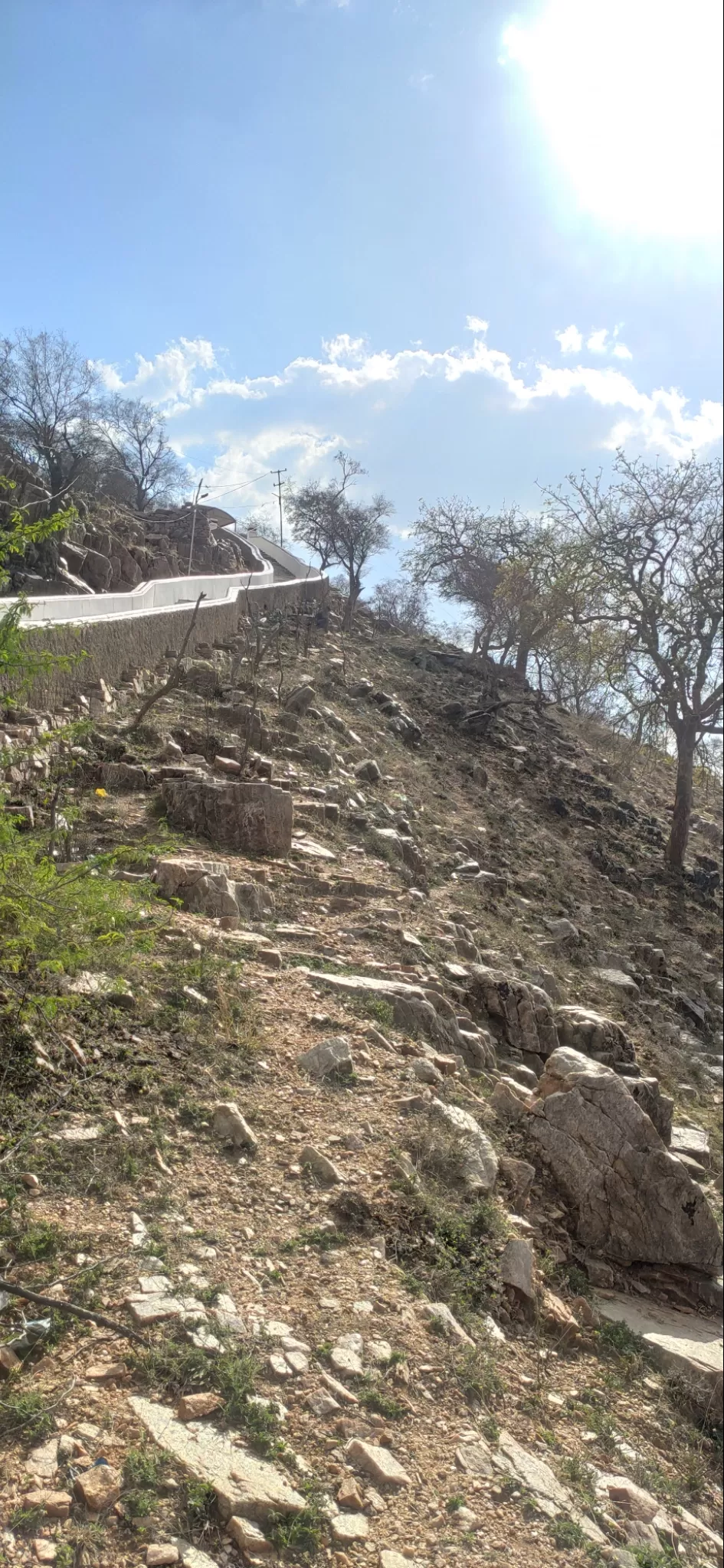
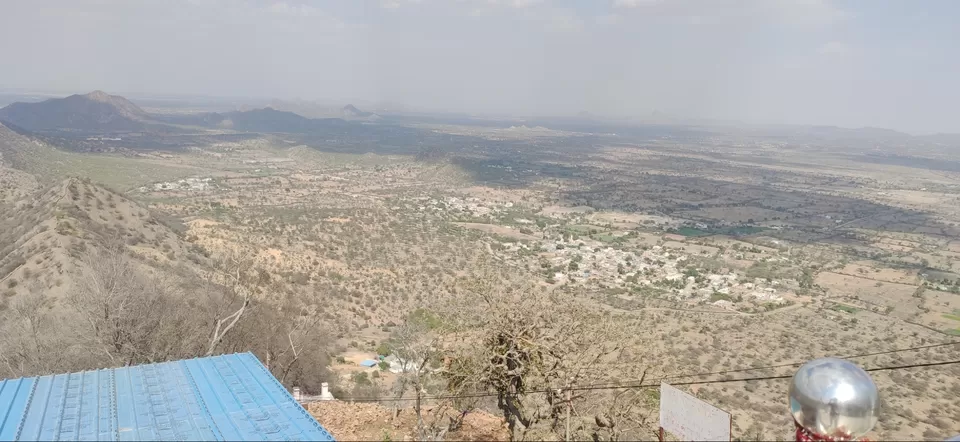
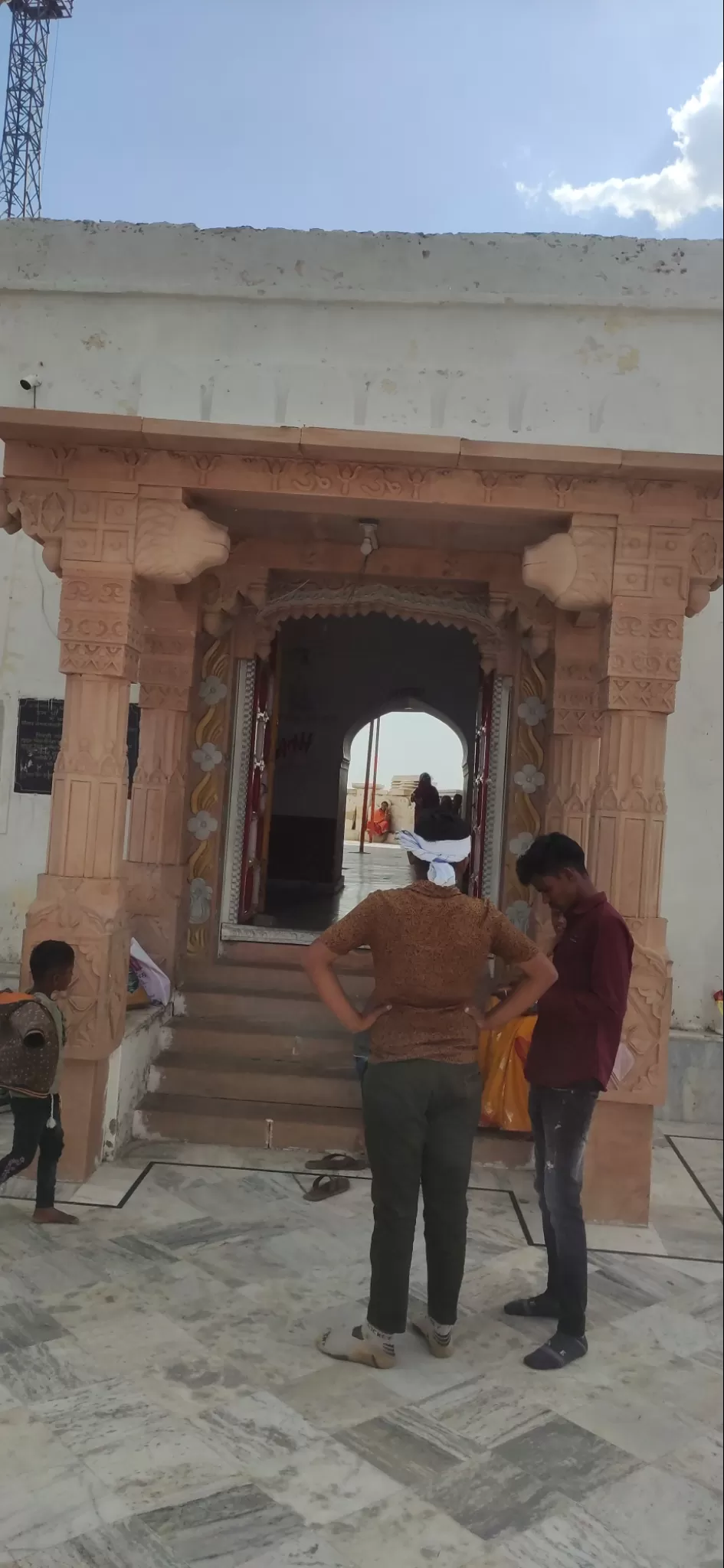
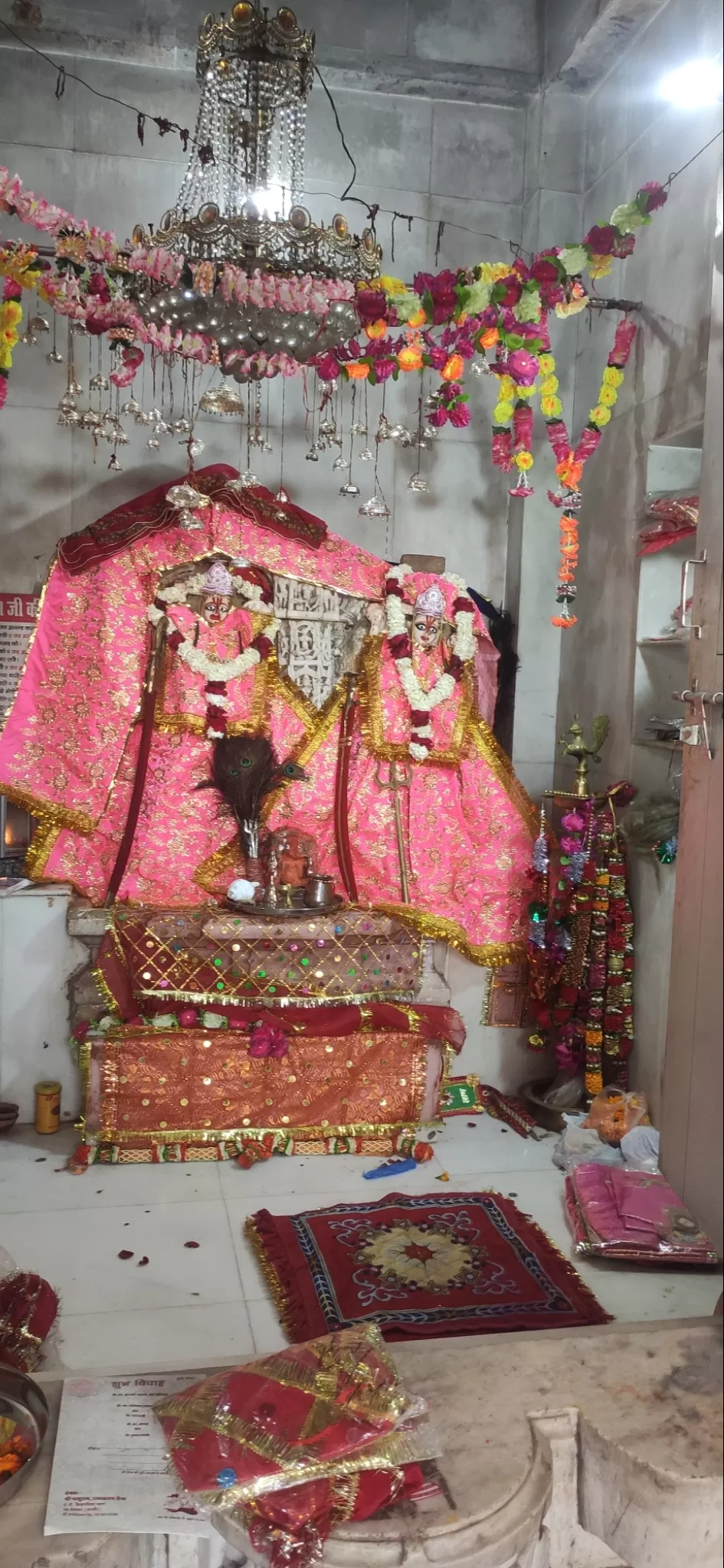
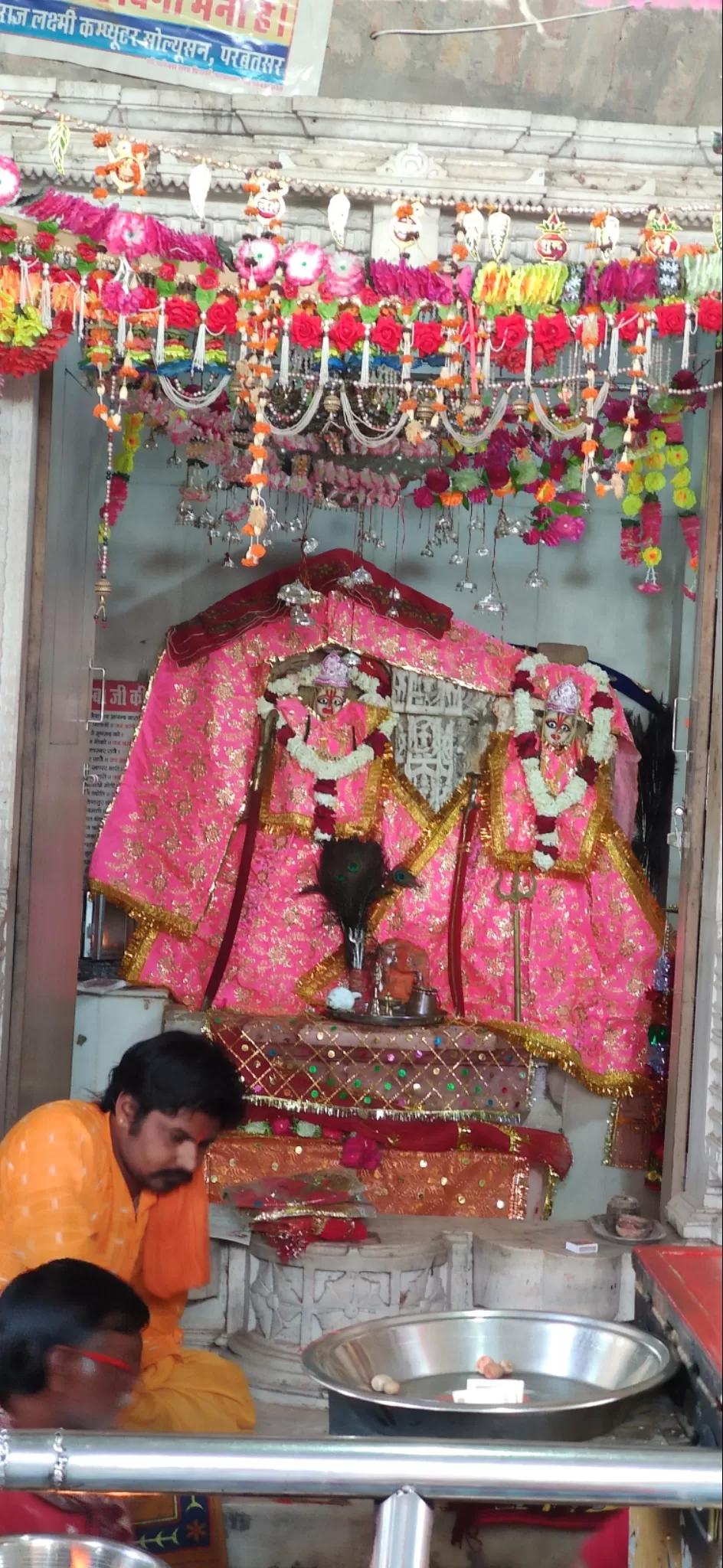
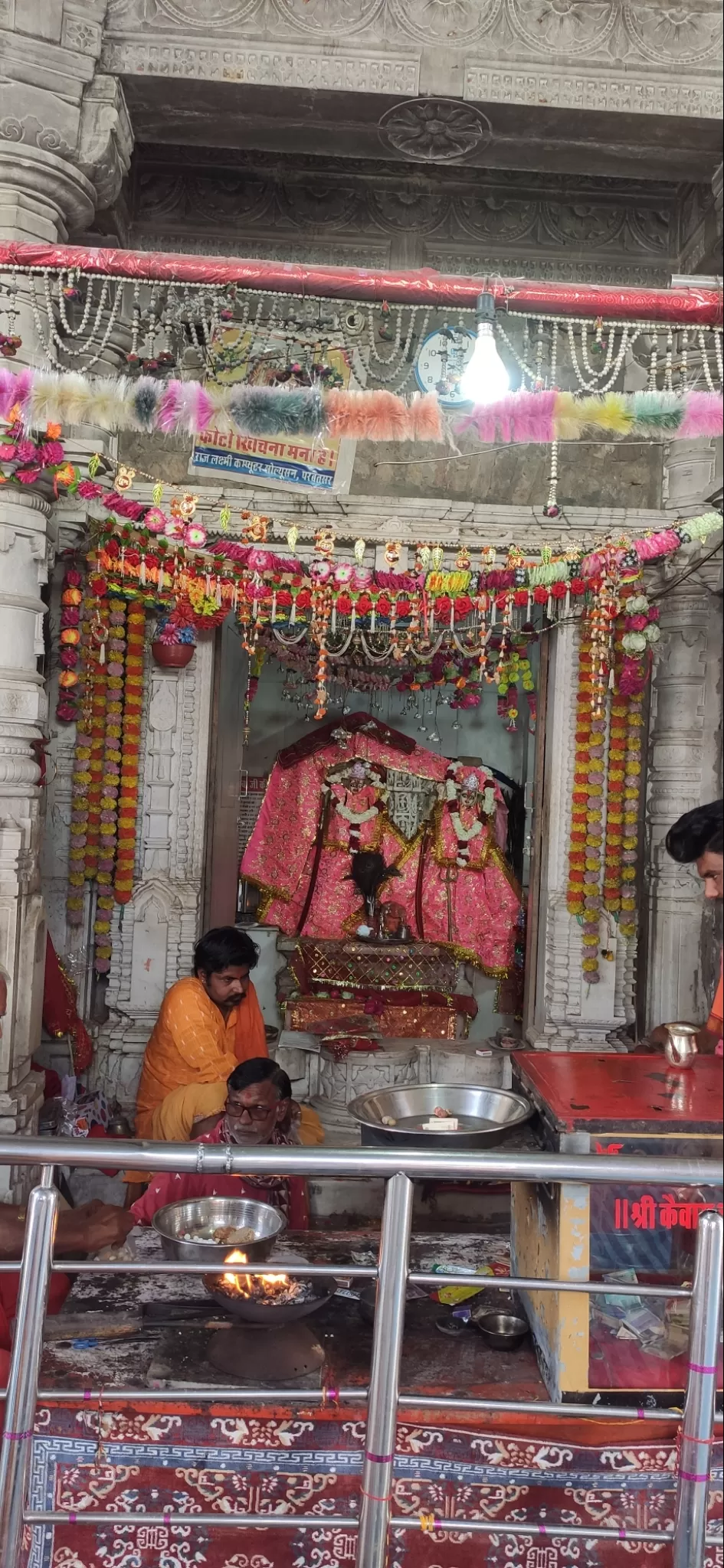
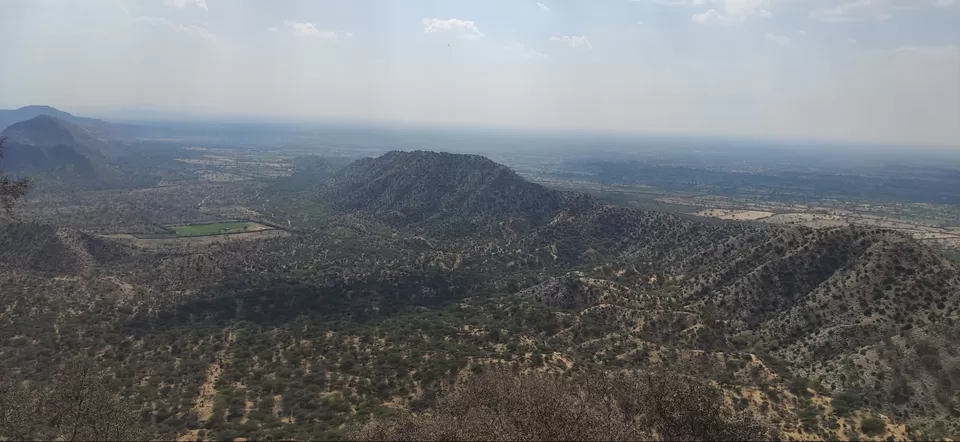
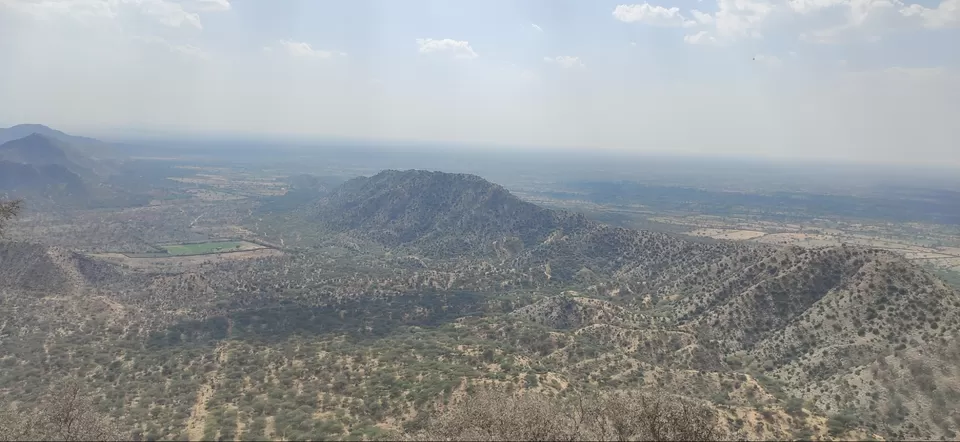
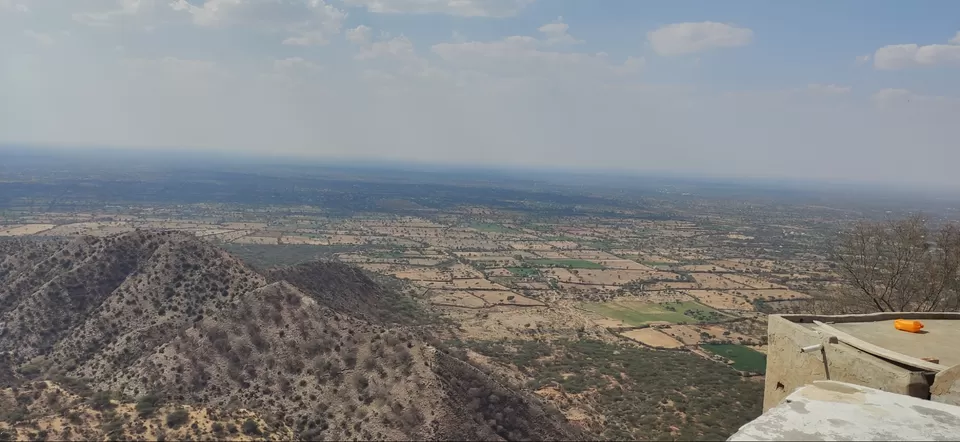
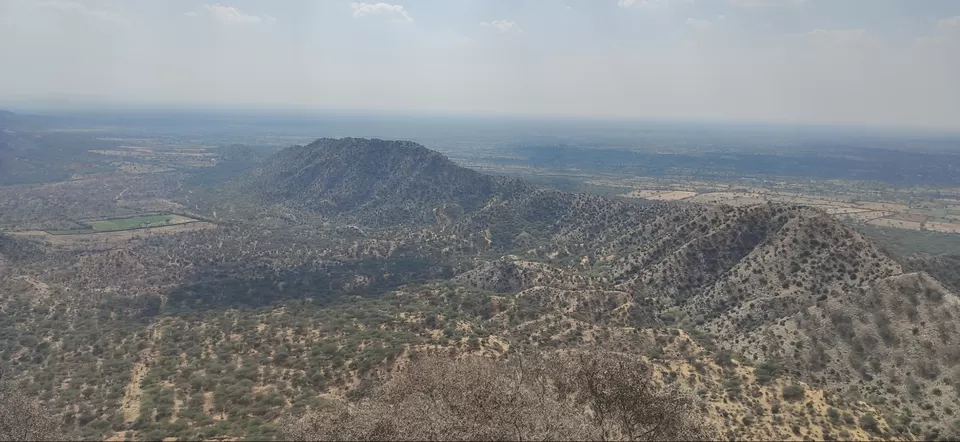
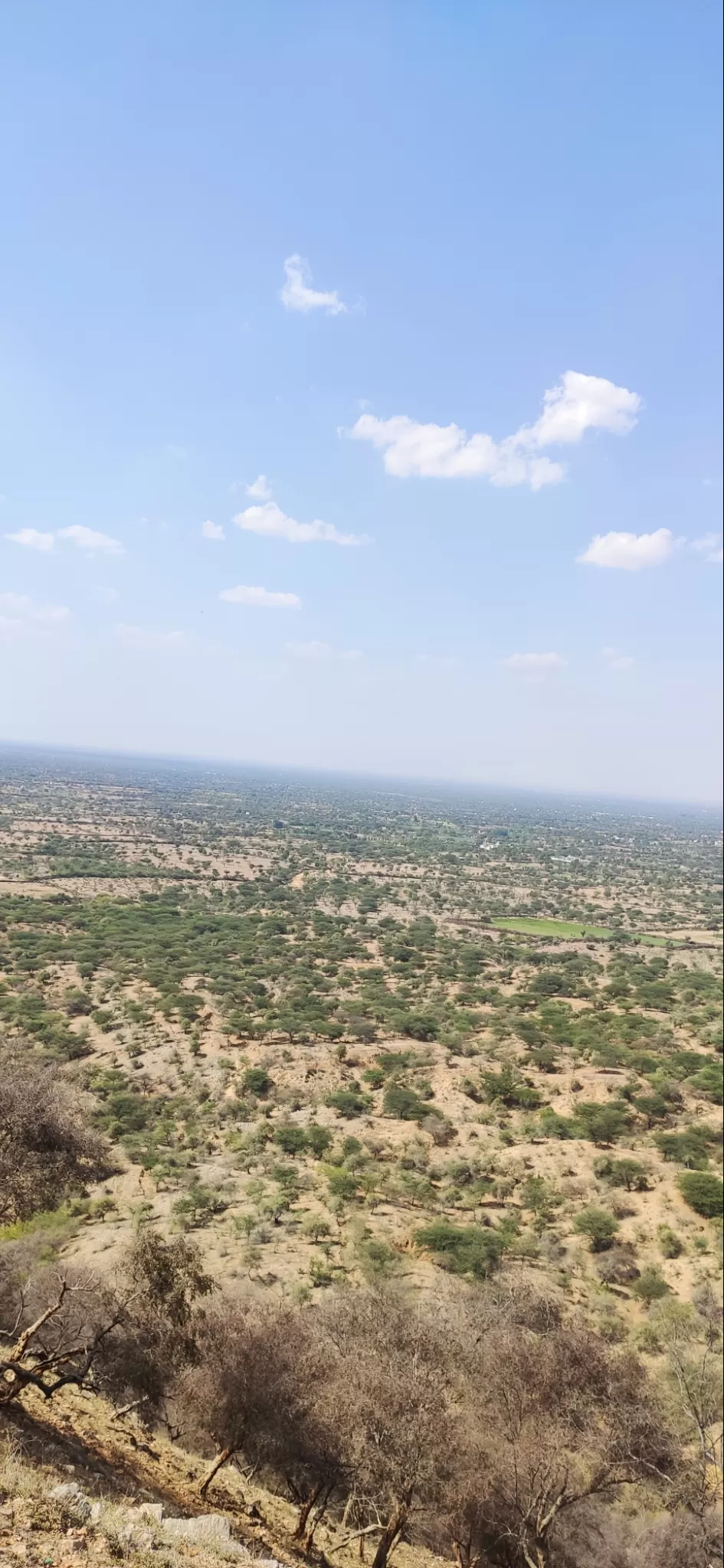
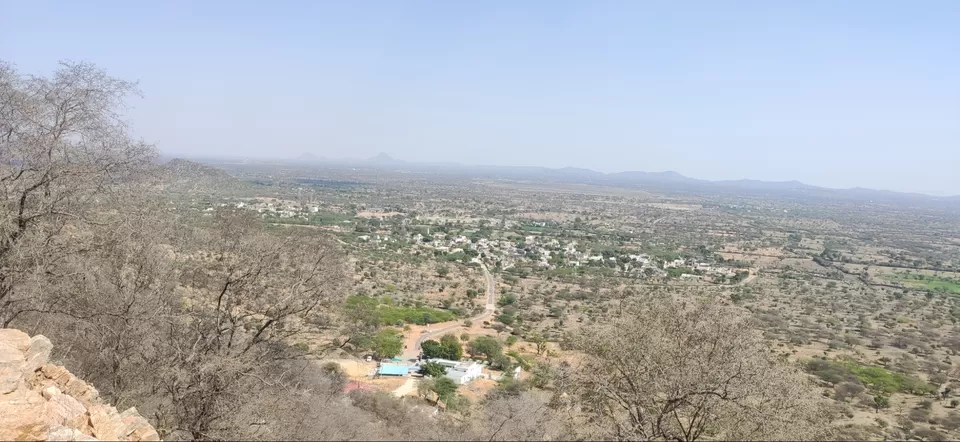
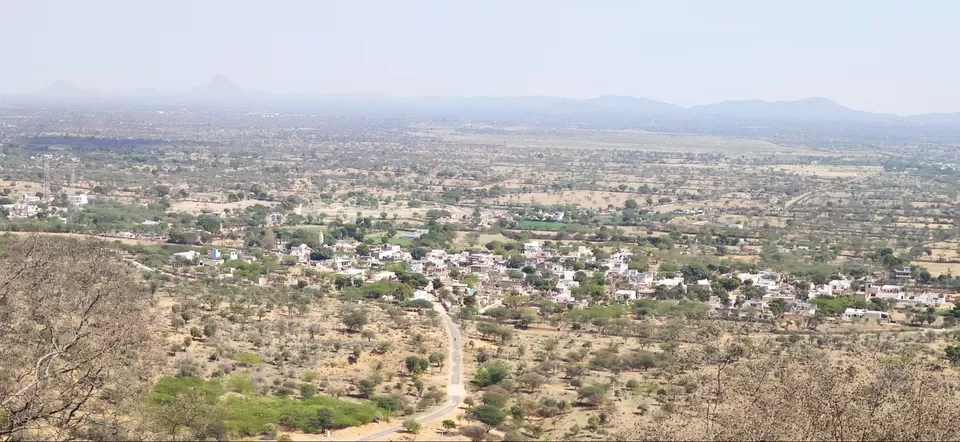
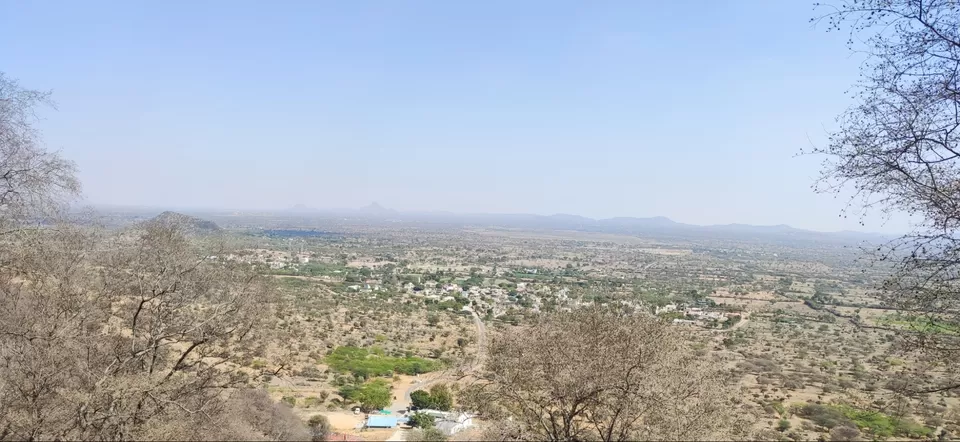
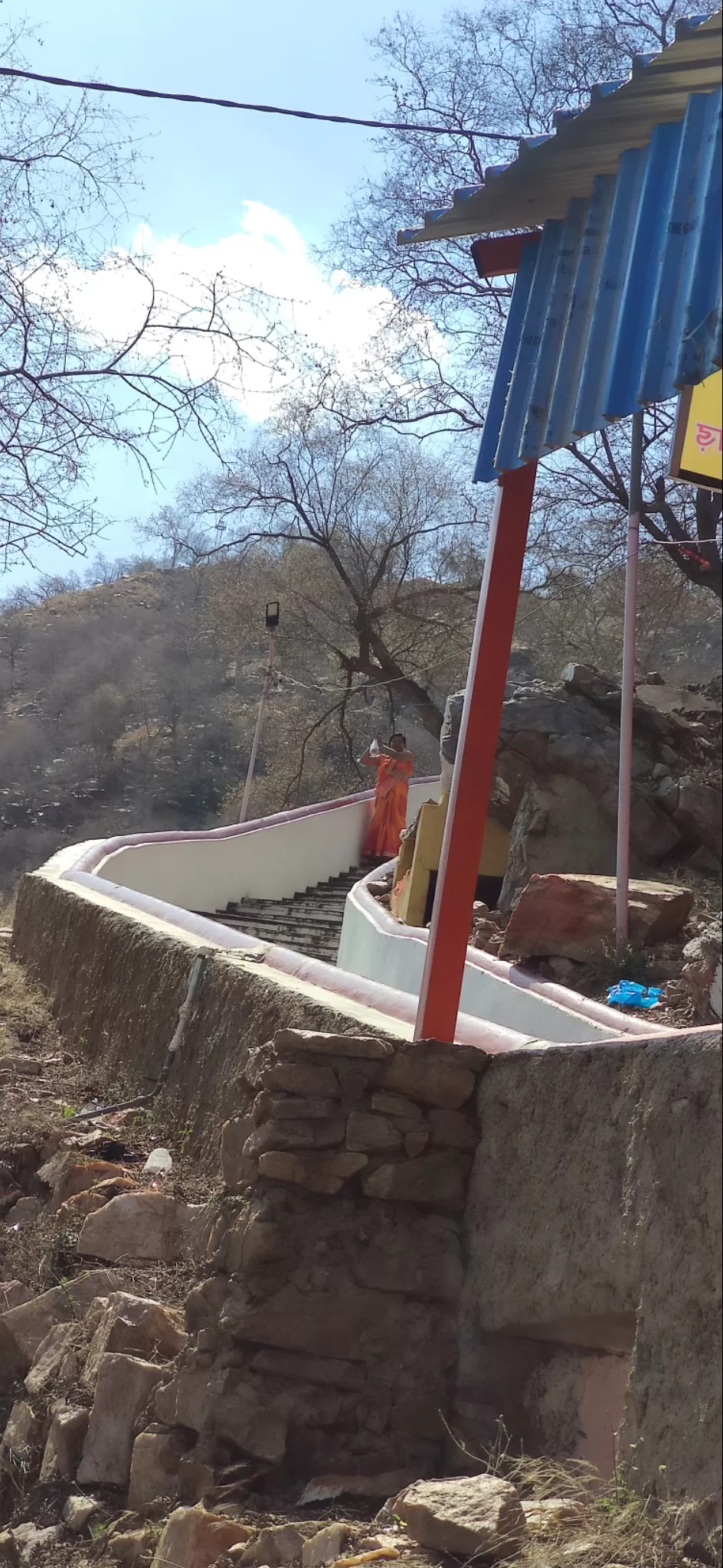
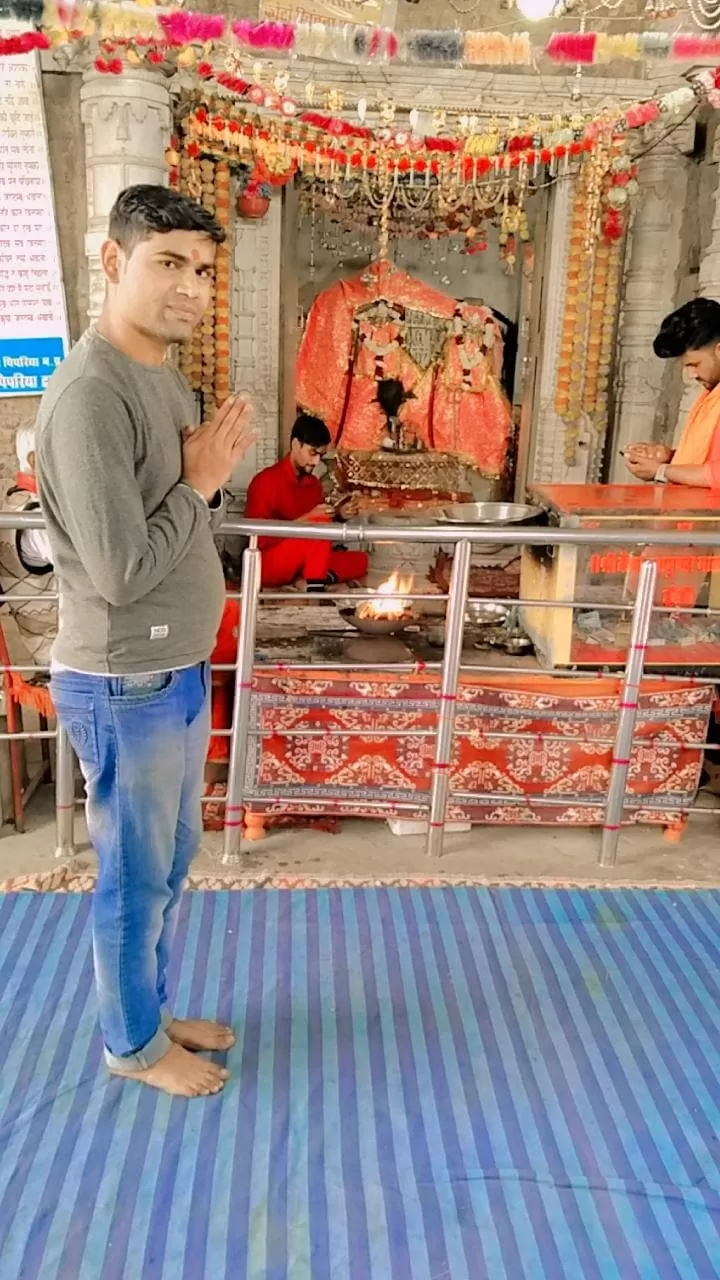
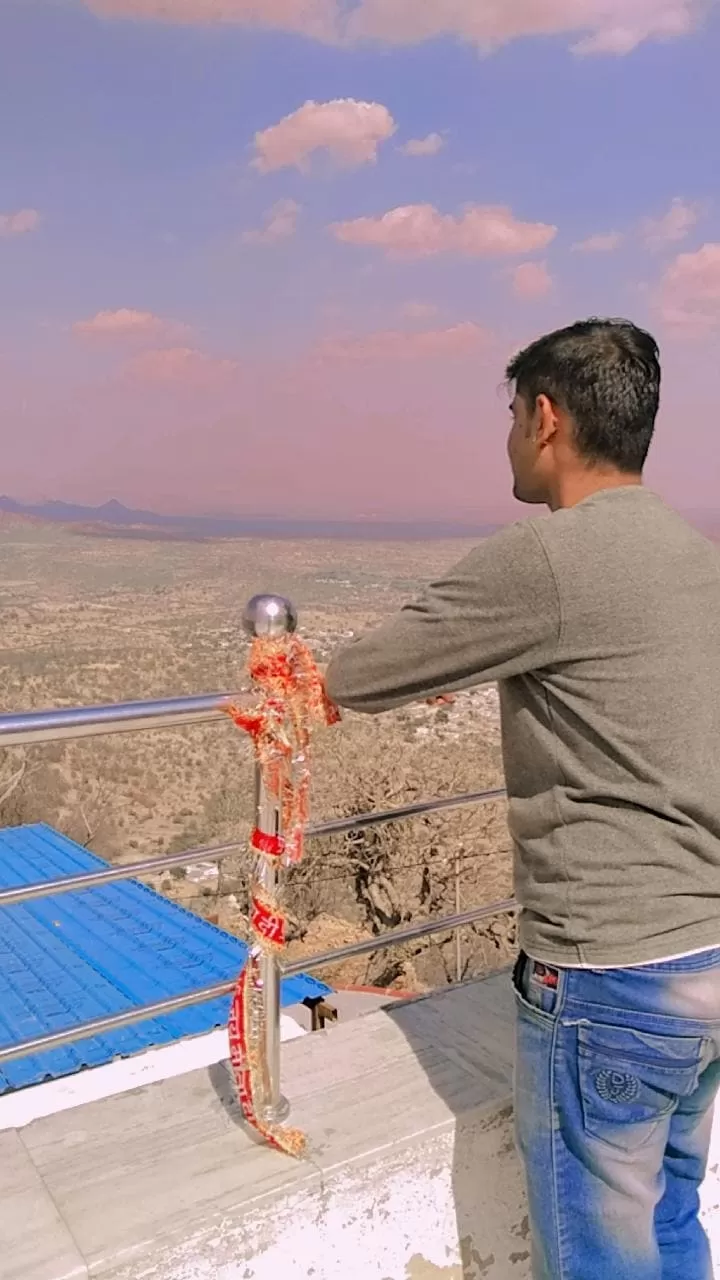

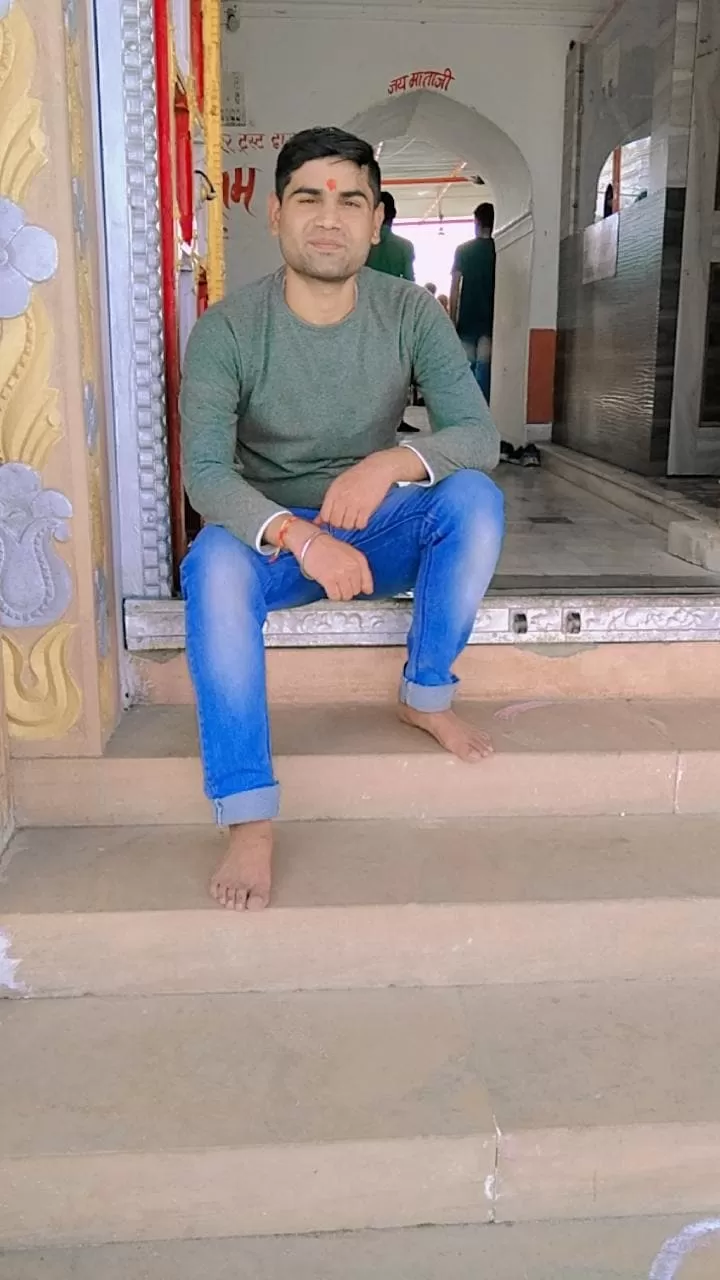
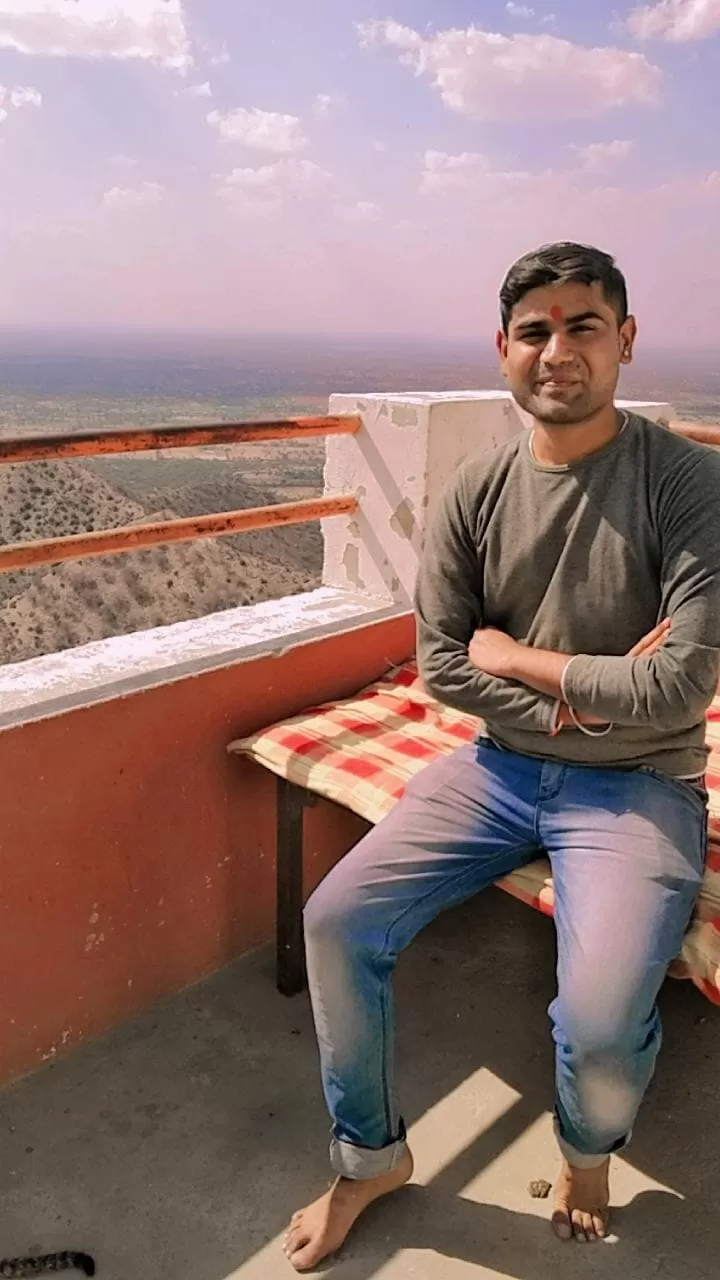
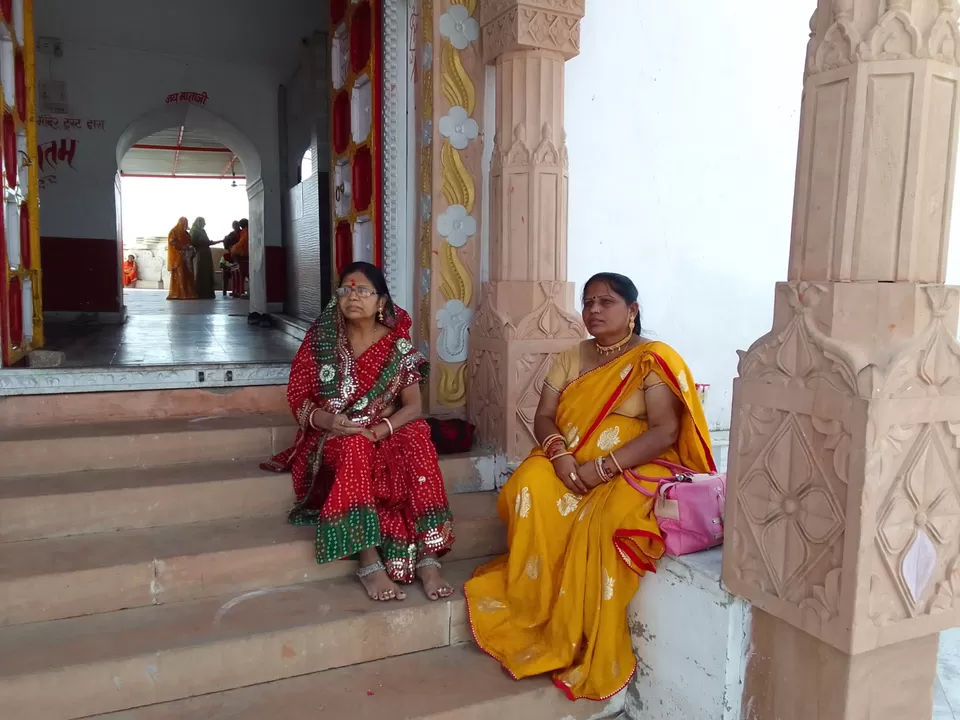
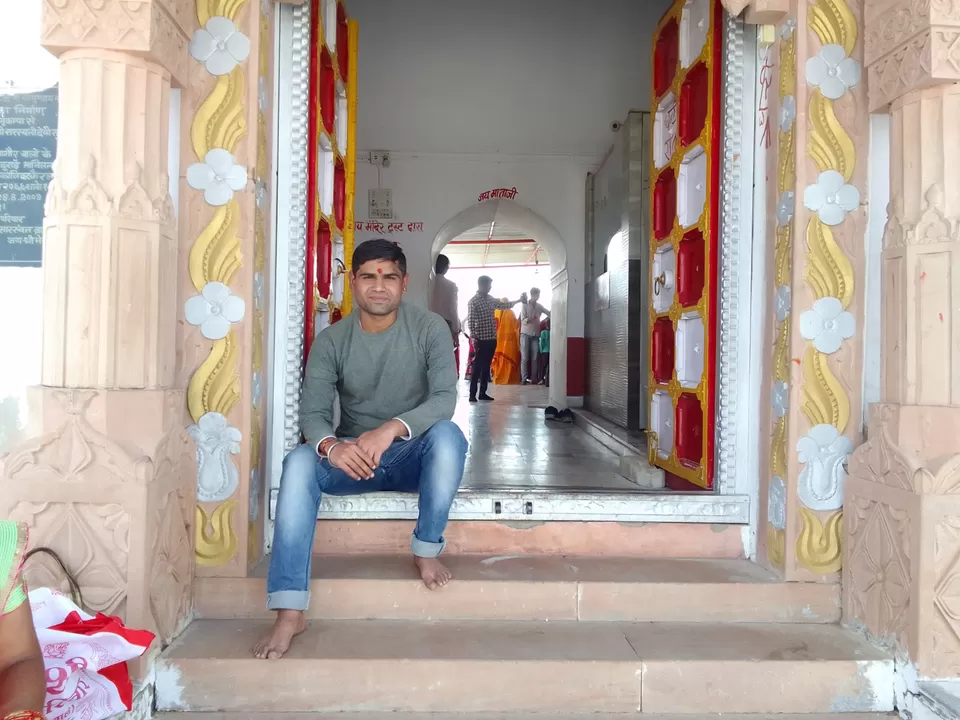
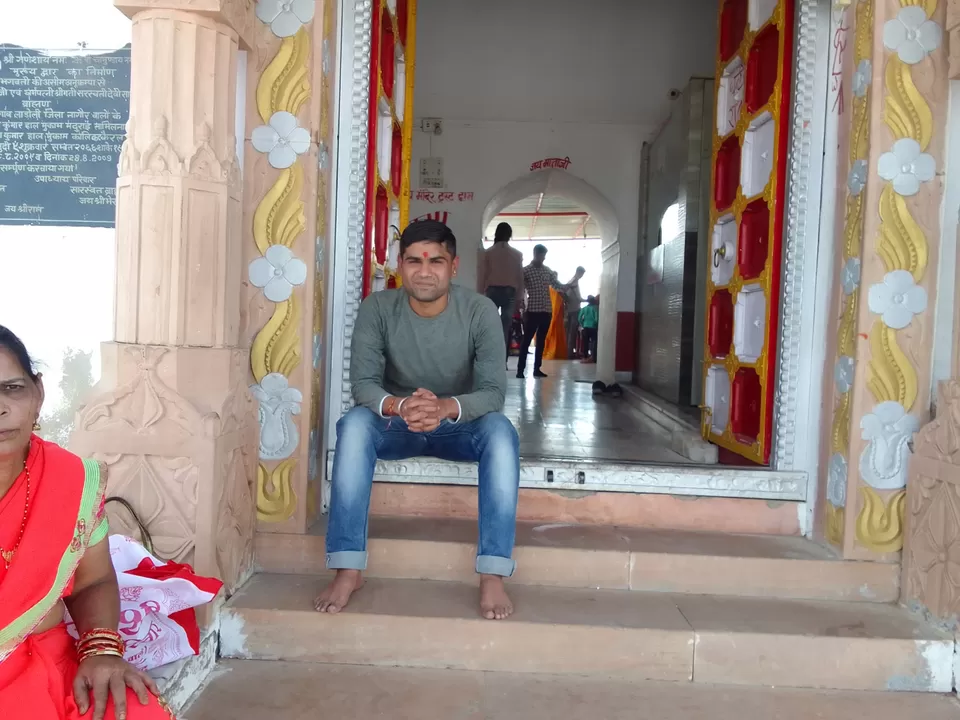
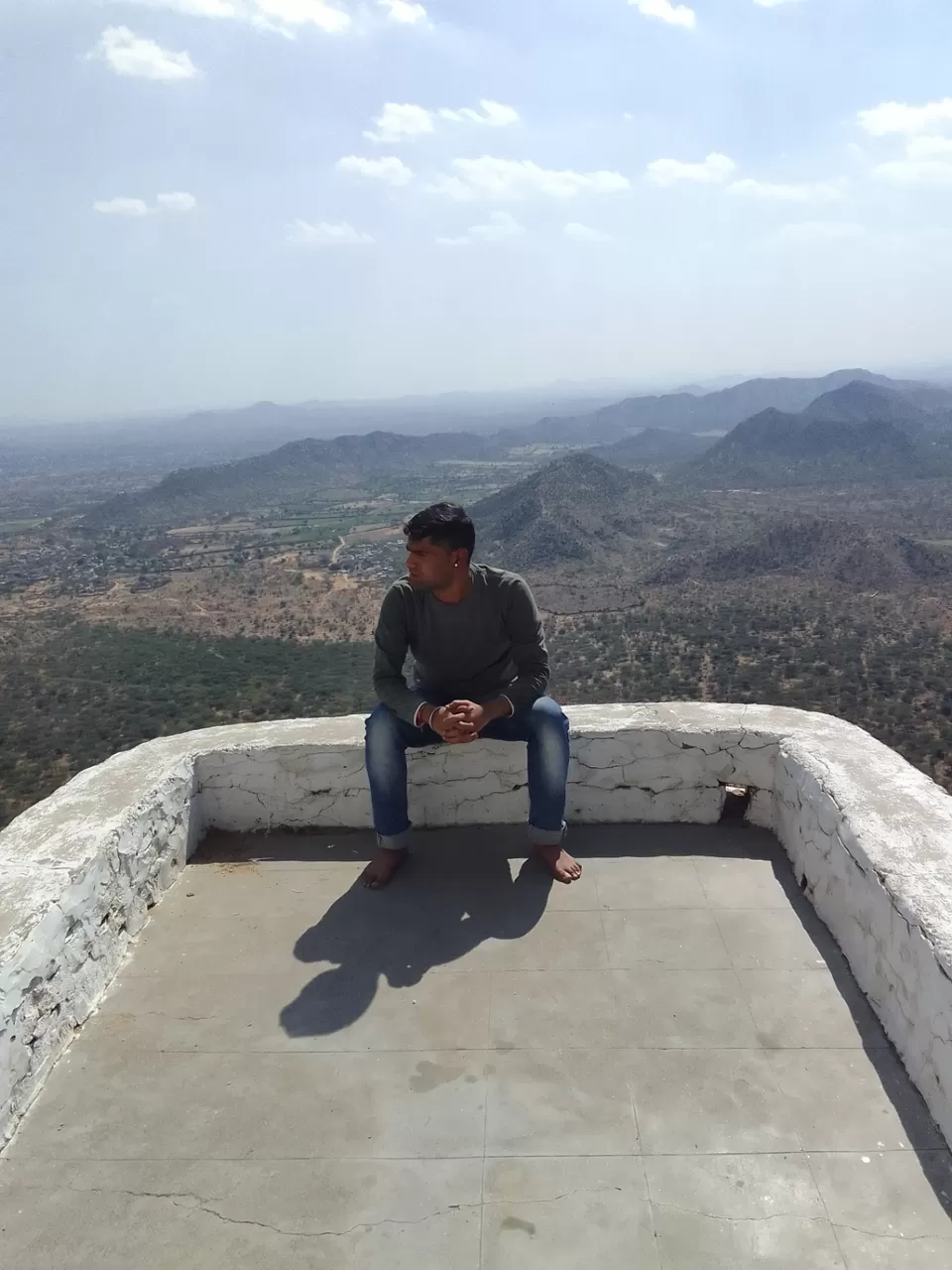
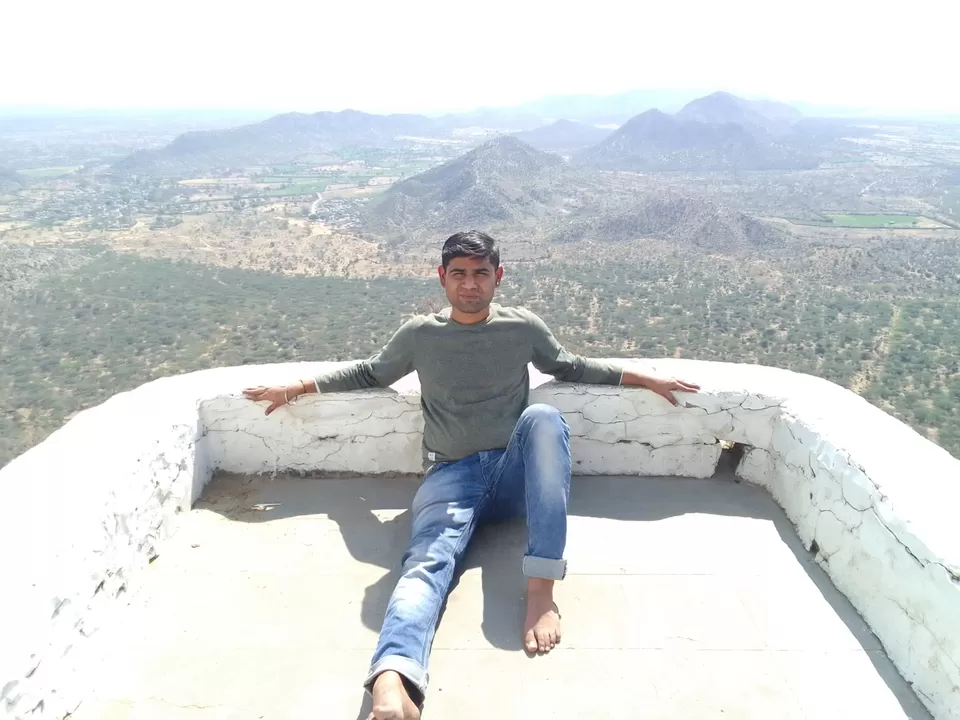
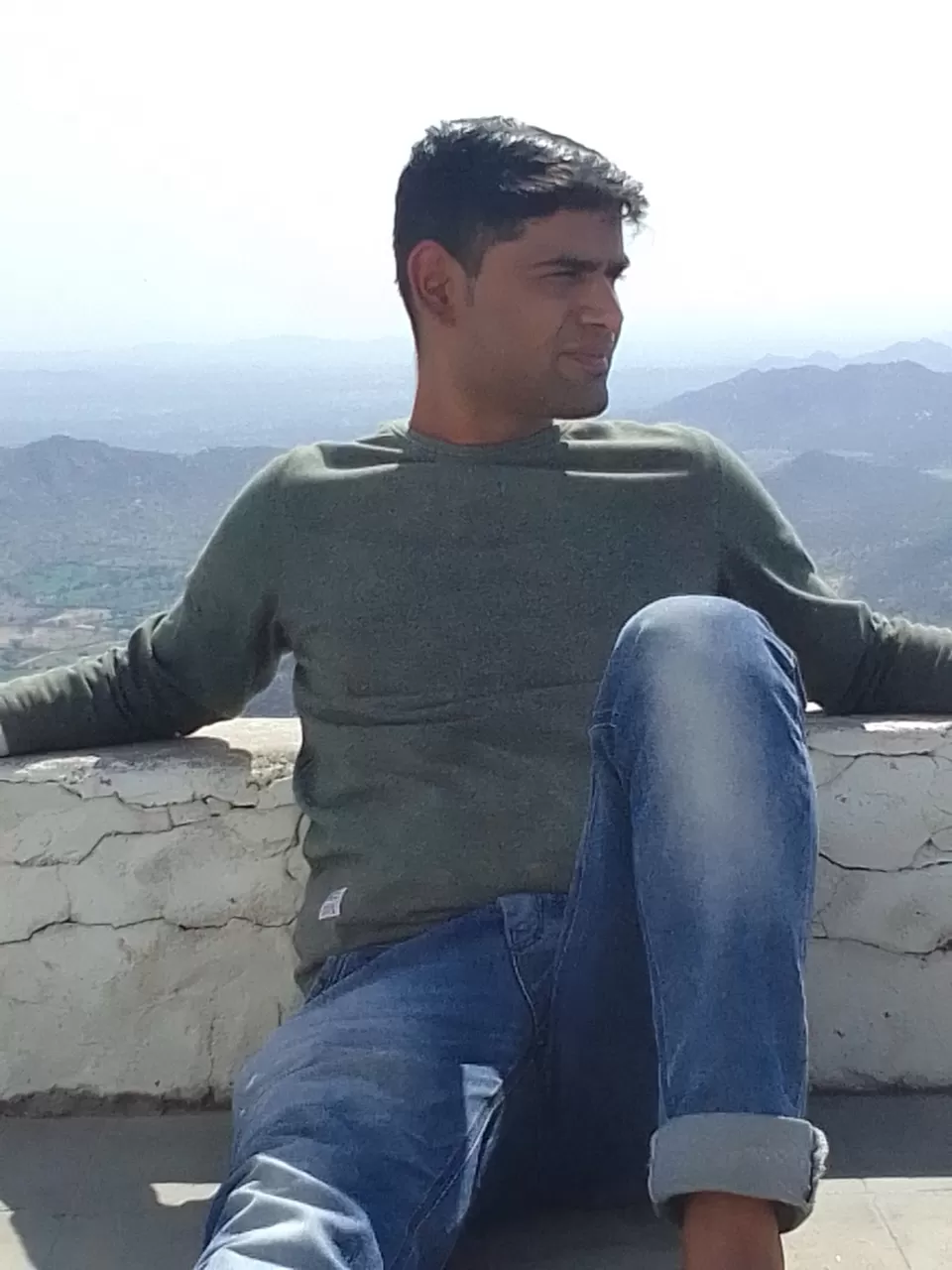
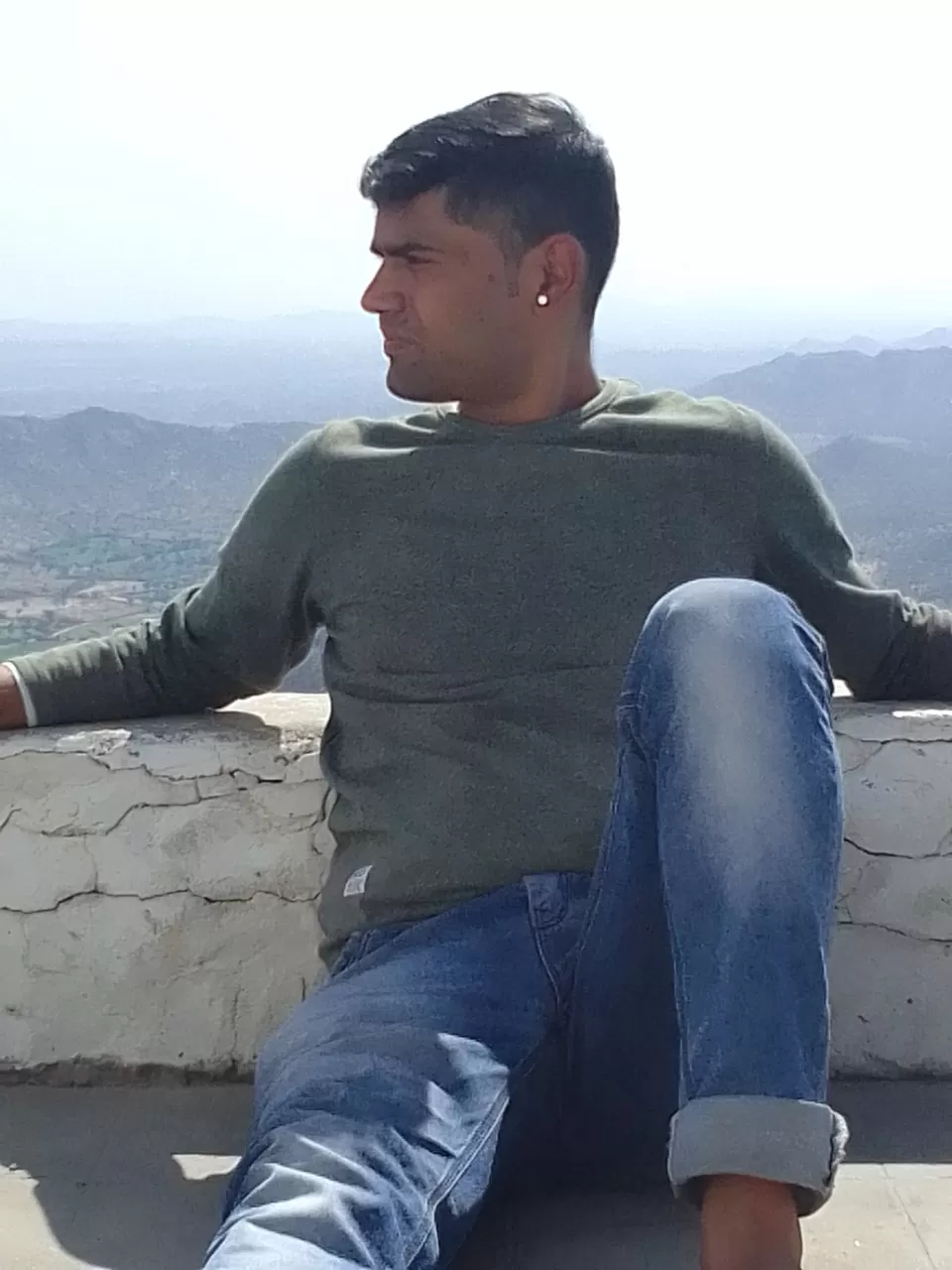
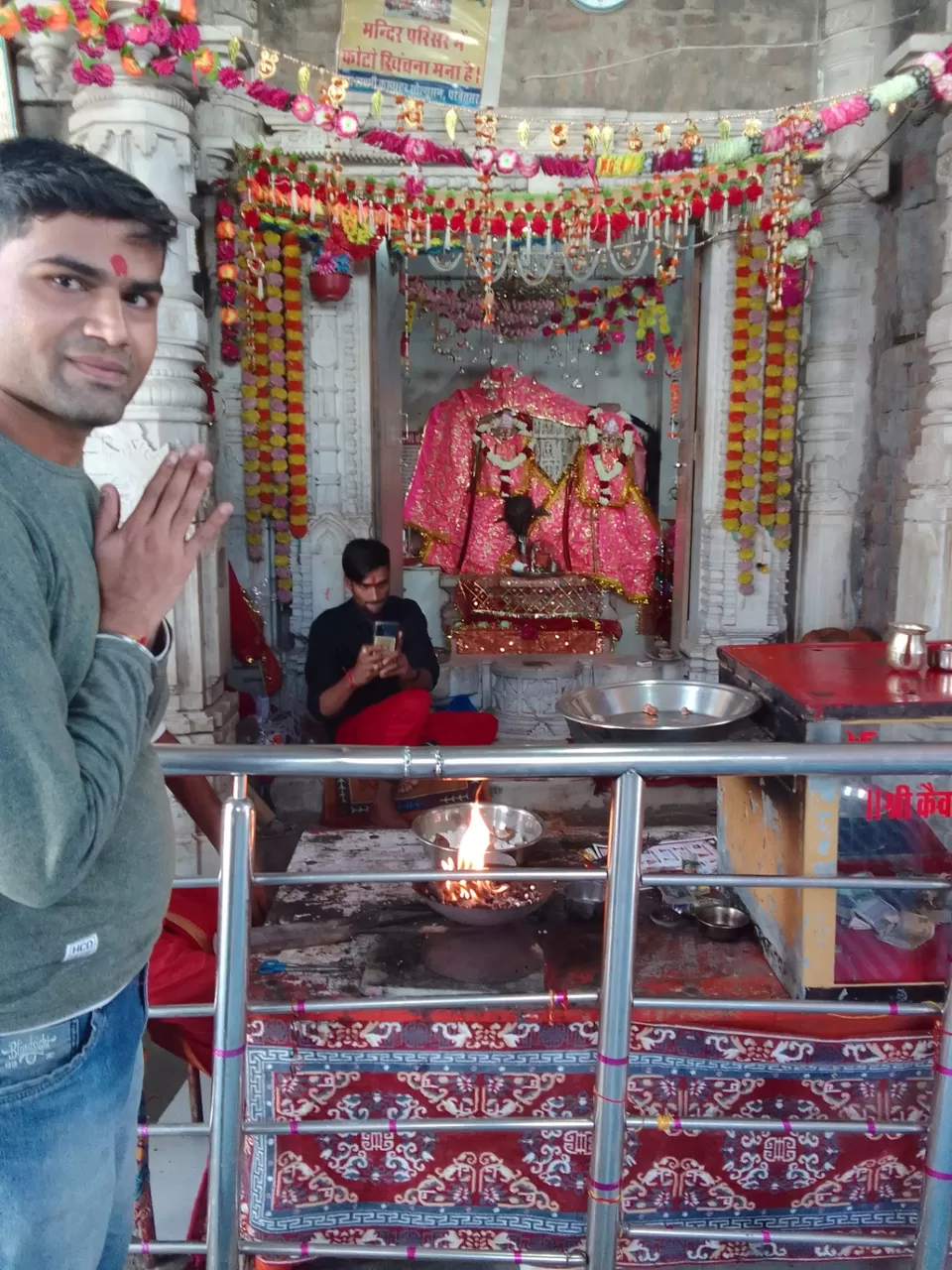
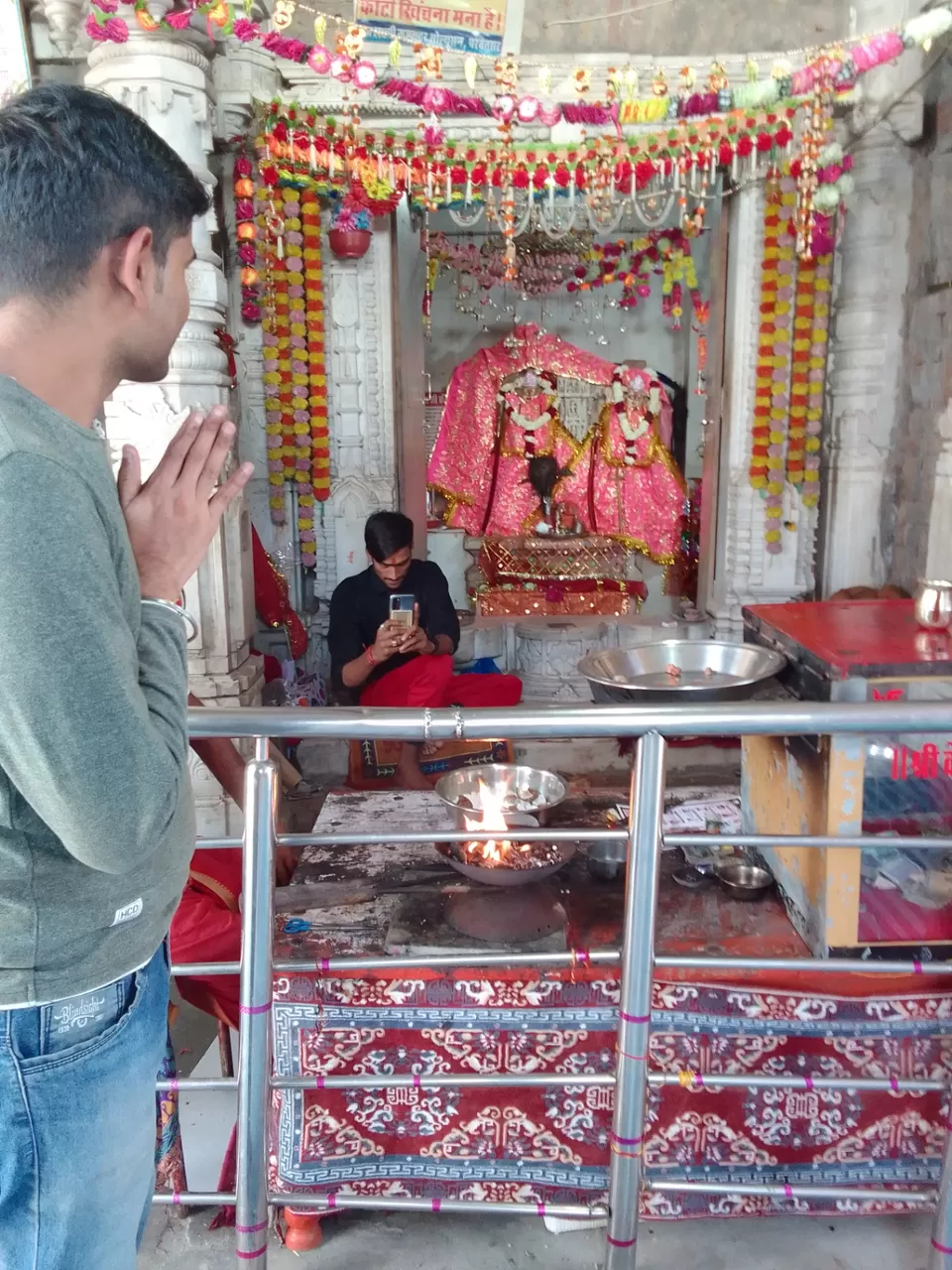

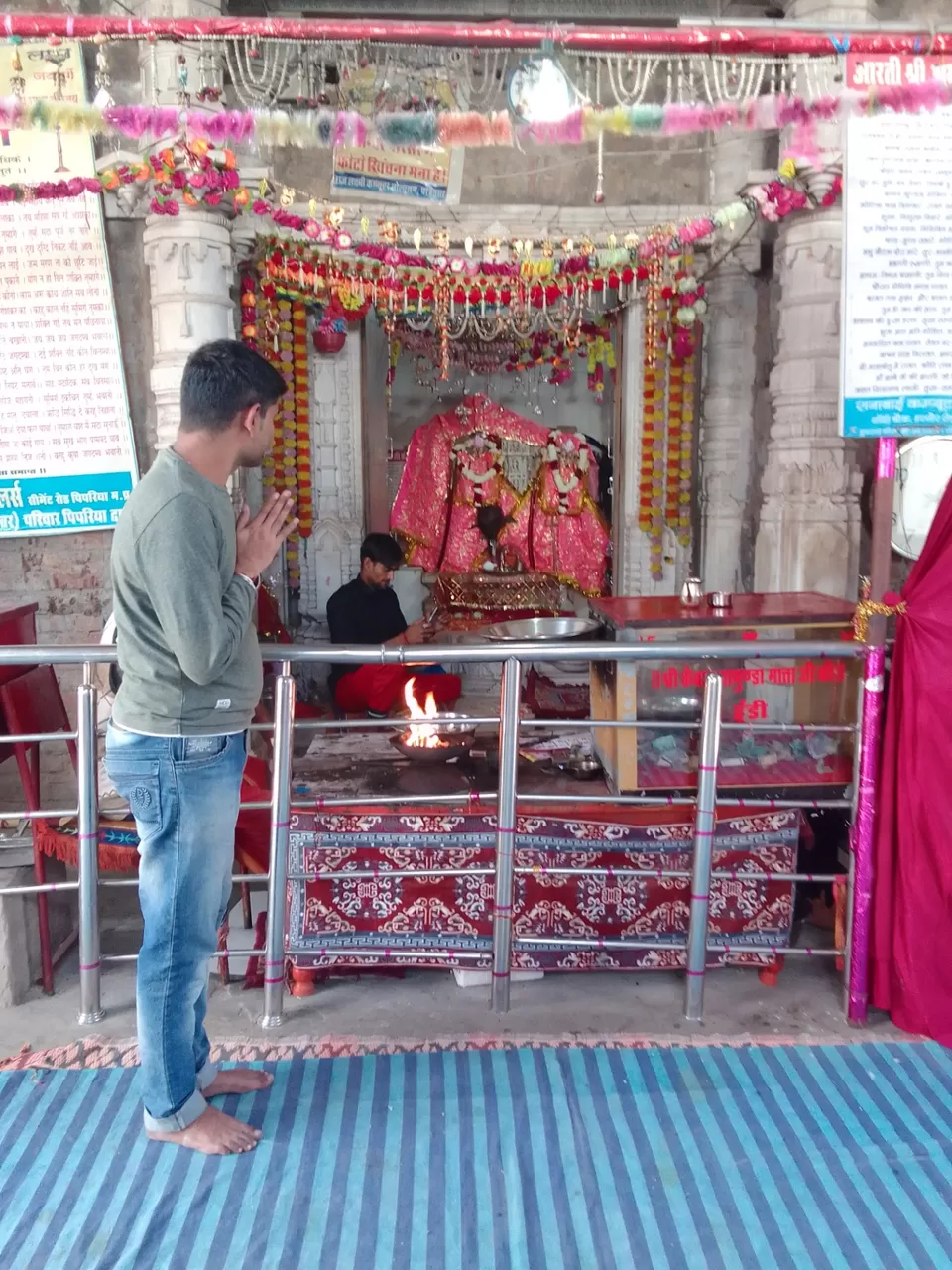
Jeen Mata Ji
Jeenmata is a village Sikar district of Rajasthan , India. It is located at a distance of 29 km from Sikar town in south. There is an ancient Temple dedicated to Shree Jeen Mataji( Goddess of Power). Millions of devotees assemble here for a colourful festival held twice in a year in the month of Chaitra and Ashvin during the Navratri . There are a number of dharamshalas to accommodate large number of visitors.
Jeenmata temple is situated near the hill 10 km from village Rewasa. The temple of Jeen Mataji is around 108 km from Jaipur. It is surrounded by thick forest. Its full name was Jayanti Mata. The temple was constructed around 1200 years ago. The temple of Jeen Mataji was a place of pilgrimage from early times and was repaired and rebuilt several times.[3]
Jeen Mata's main followers include the Vaisya (Khandelwal) Acharya , Brahmins ,lohar, Yadav / Ahir , Rajputs, Khandelwal,Agarwal, Jangir and Meenas along with Baniyas of the Shekhawati area. Jeen Mataji is the kuldevi of Acharya (आचार्य ) / Brahmins , Yadav / Ahir , Khandelwal,Agarwal, Sonawane, Kasliwal, Bakliwal, Meena, Jats, Shekhawati Rajputs (Shekhawat & Rao Rajputs and other Rajput residing in Shekhawati area) and Jangir, of Rajasthan.
The other famous temple of Sikar district , Khatu Shyam Ji is at a distance of twenty-six kilometers.
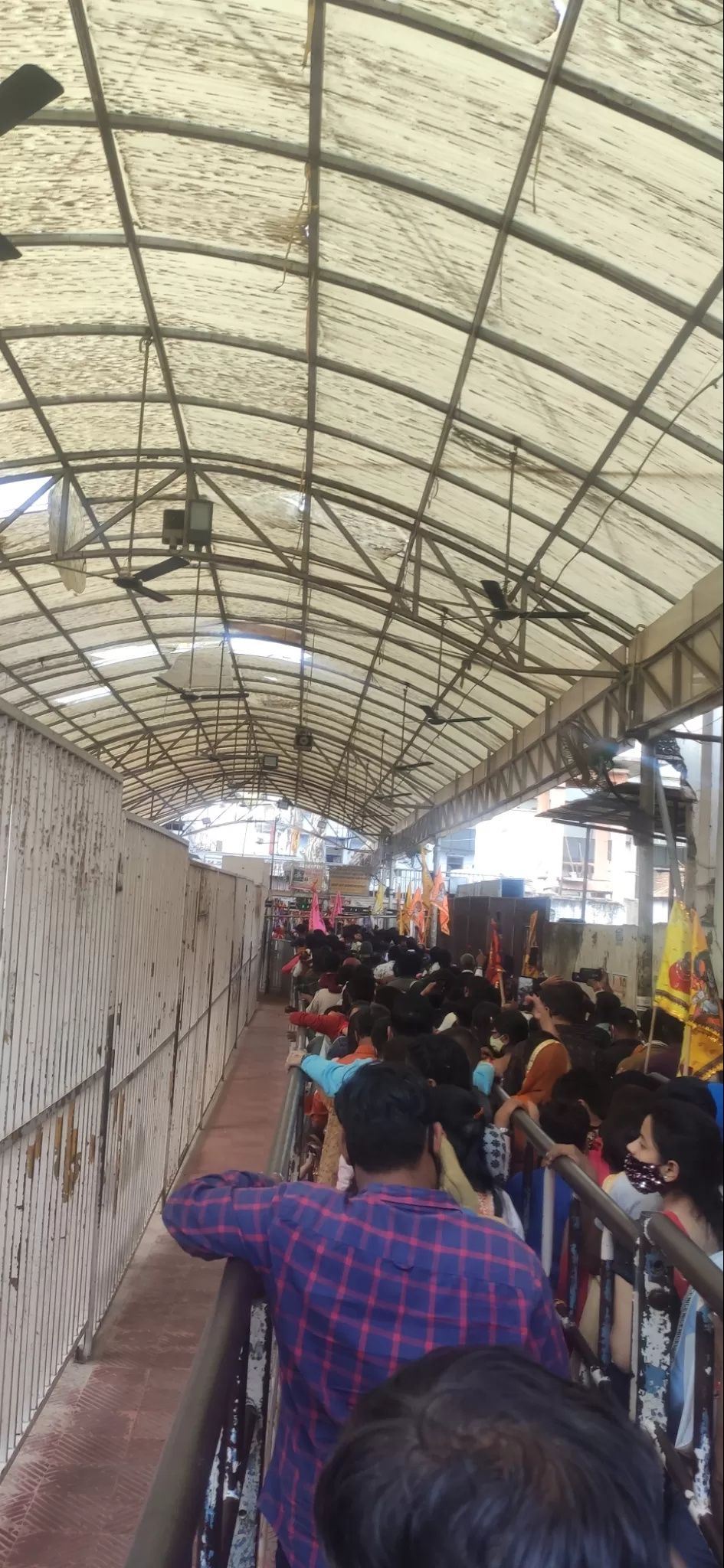
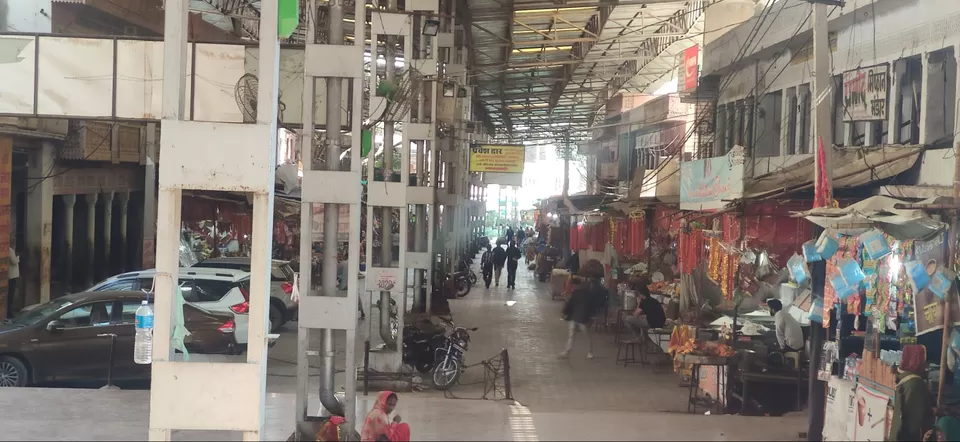
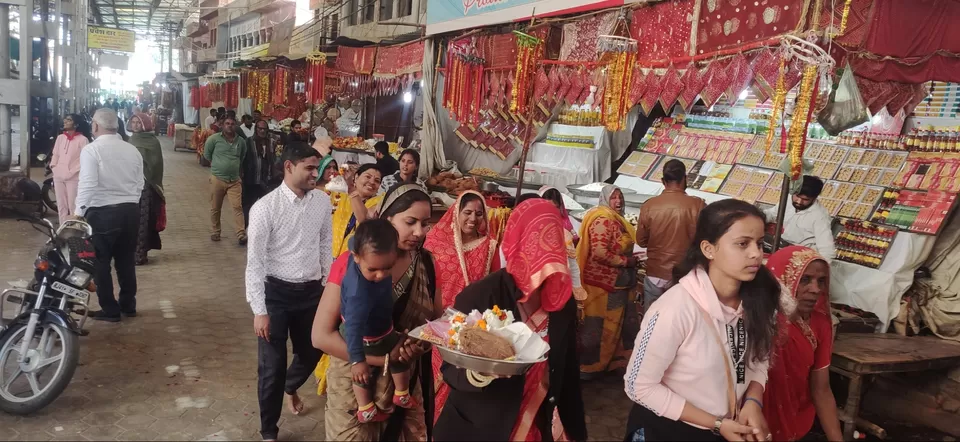
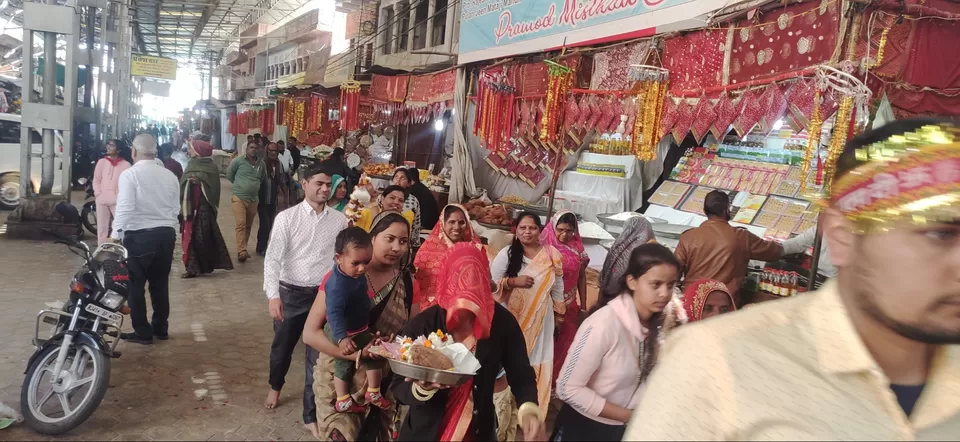
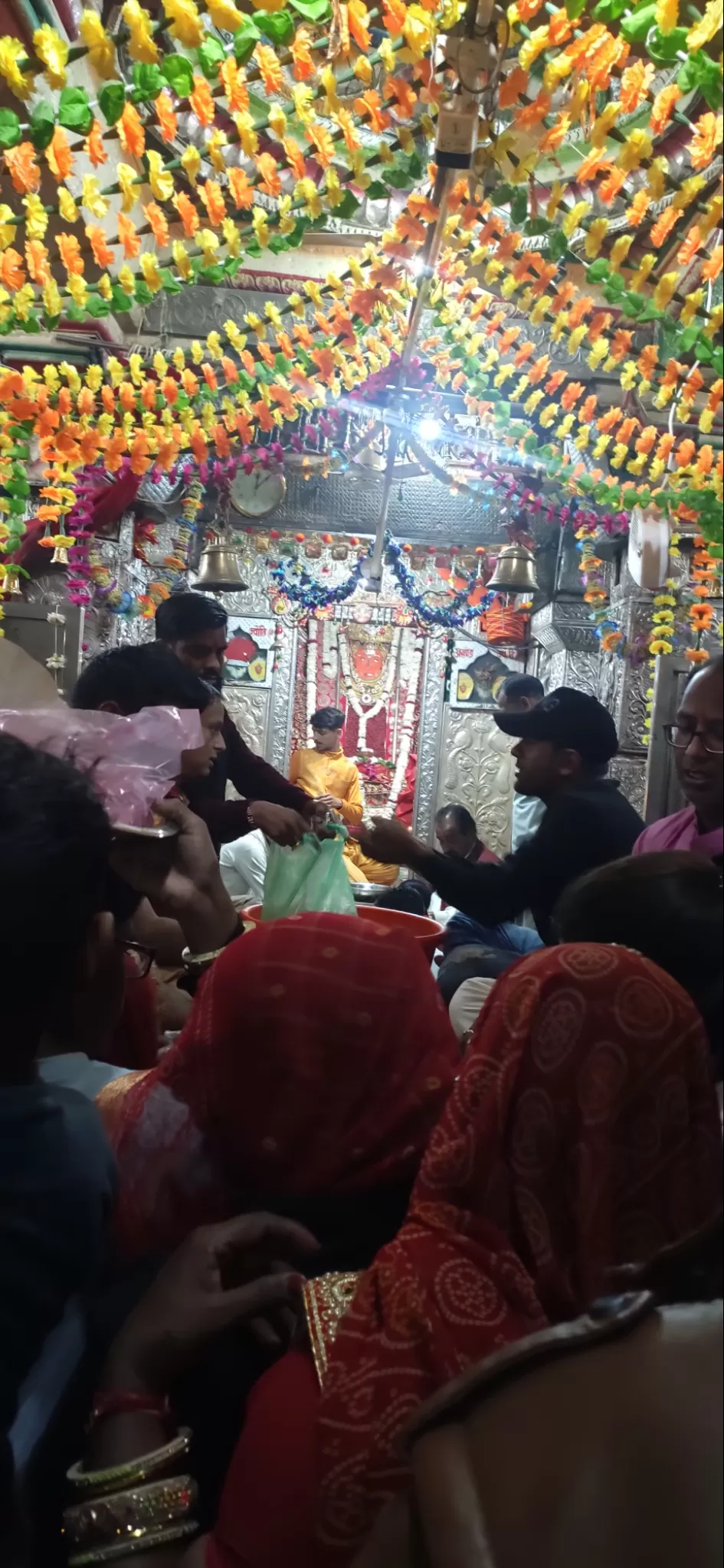
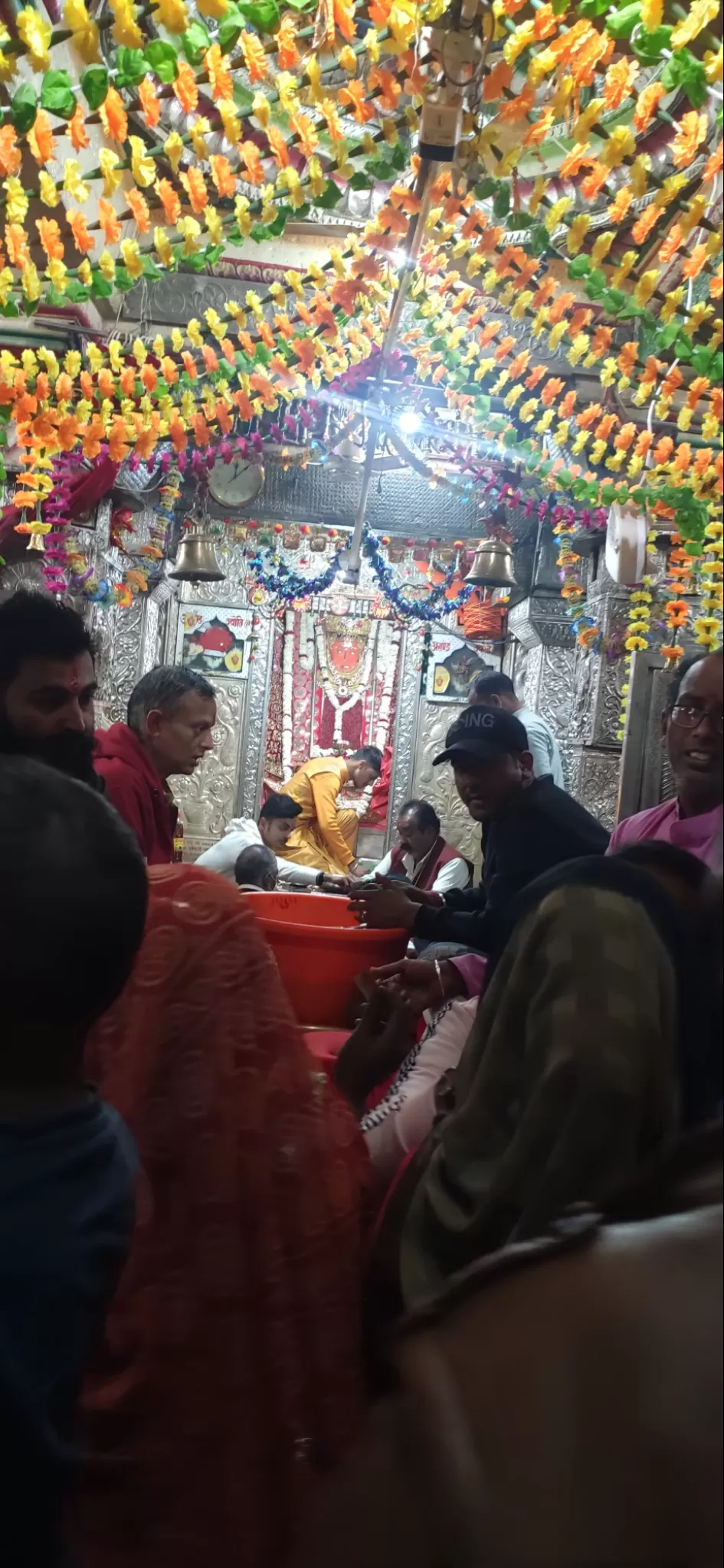
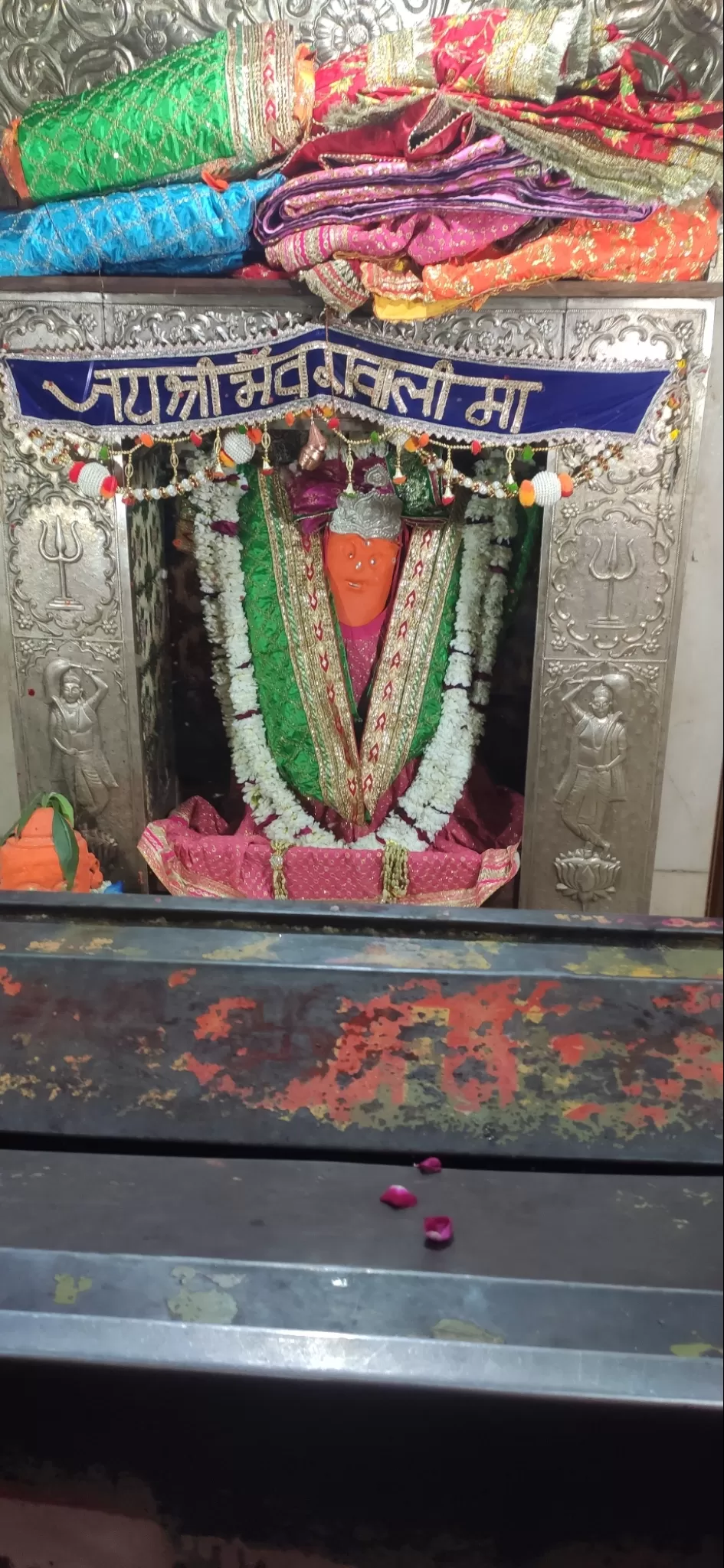
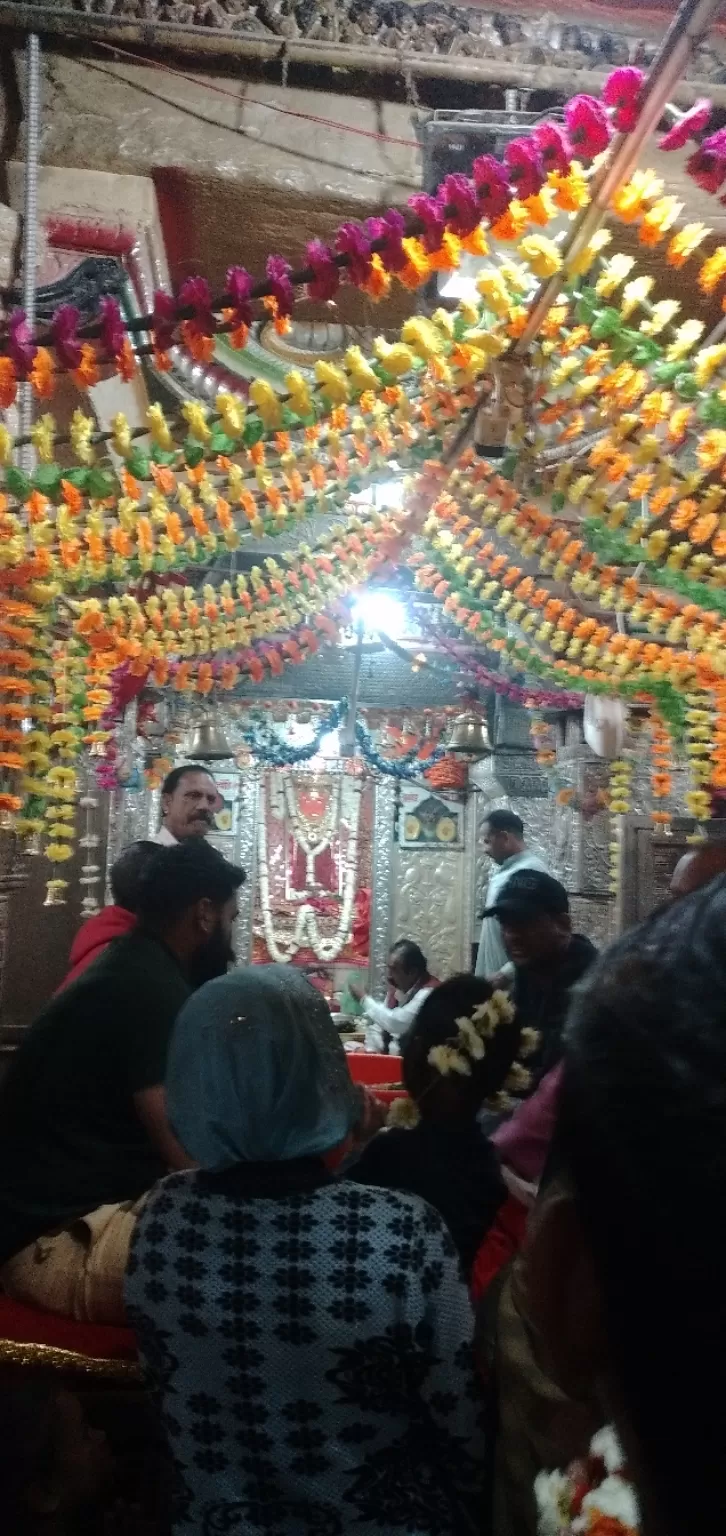
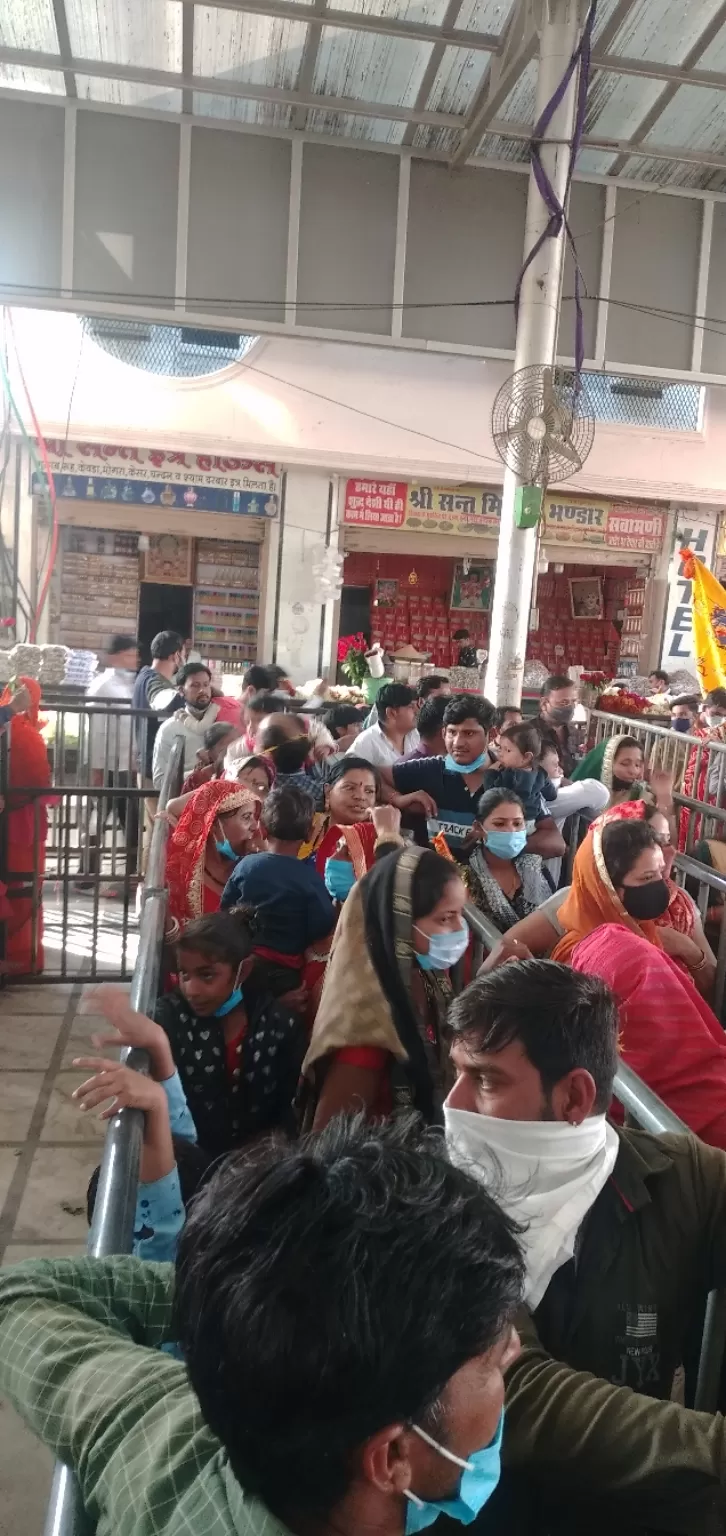
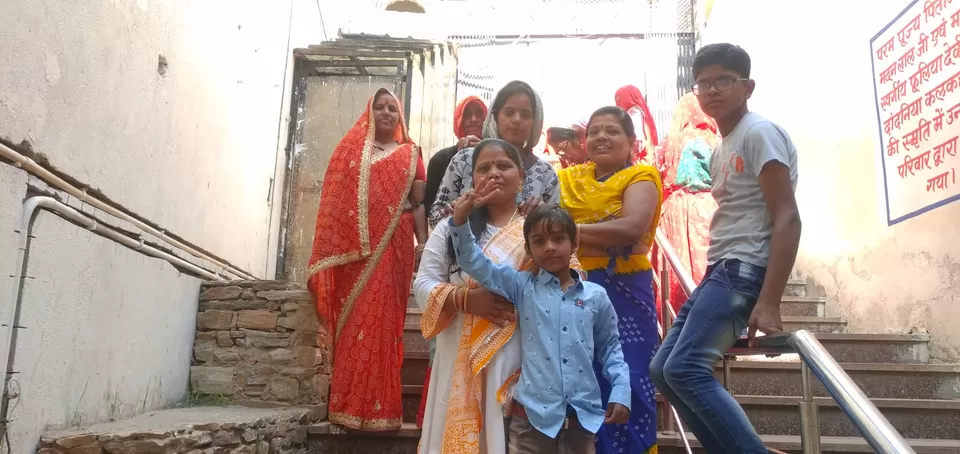

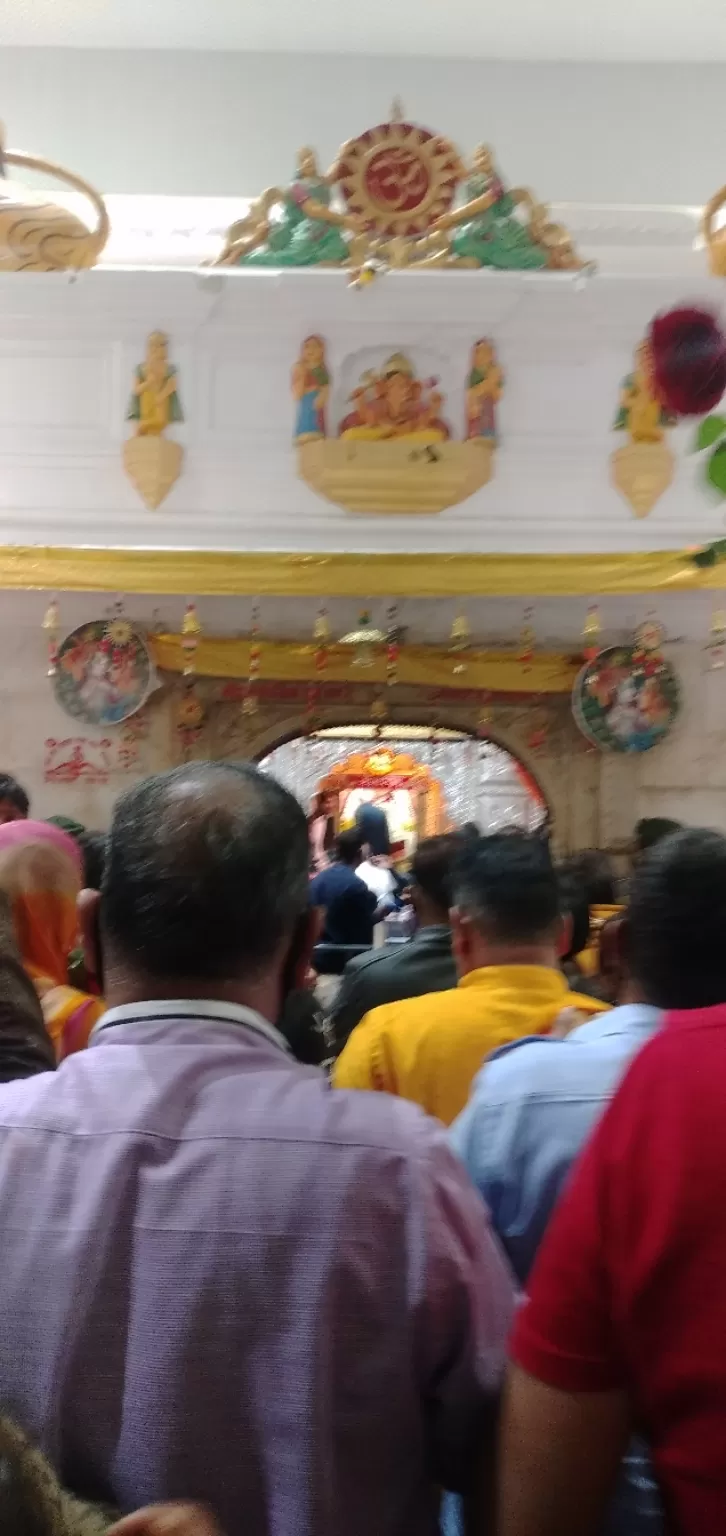
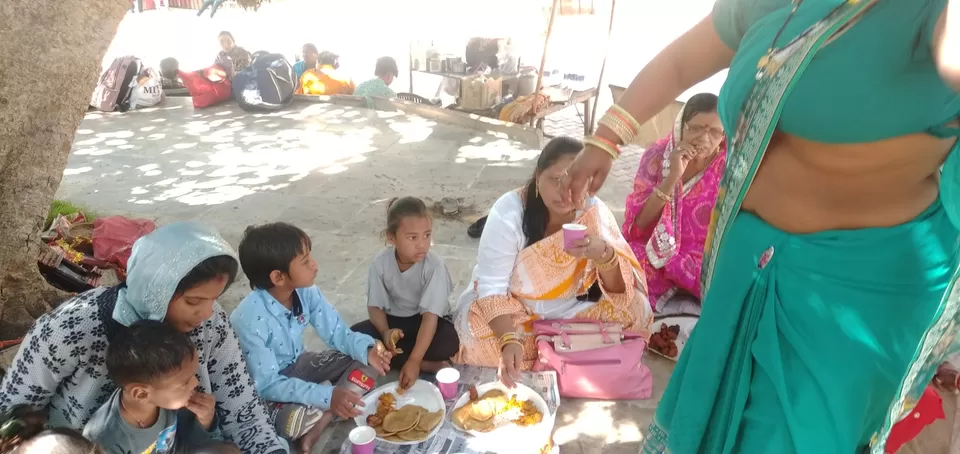
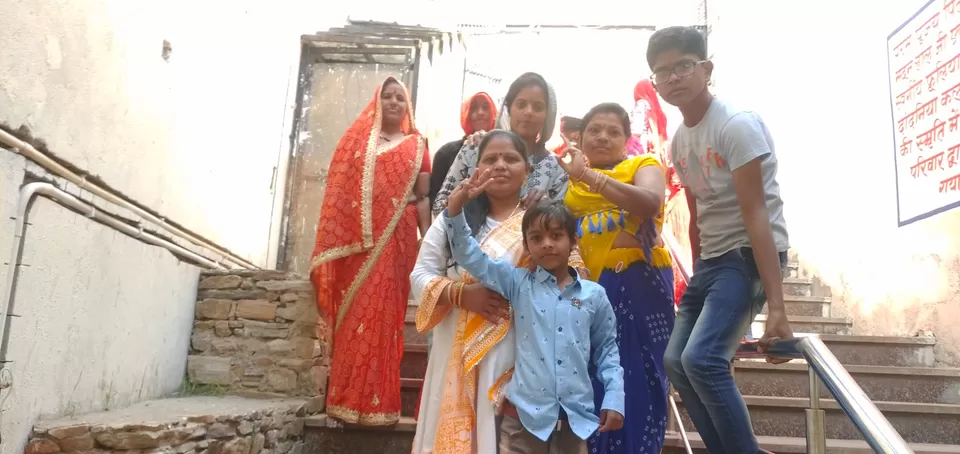
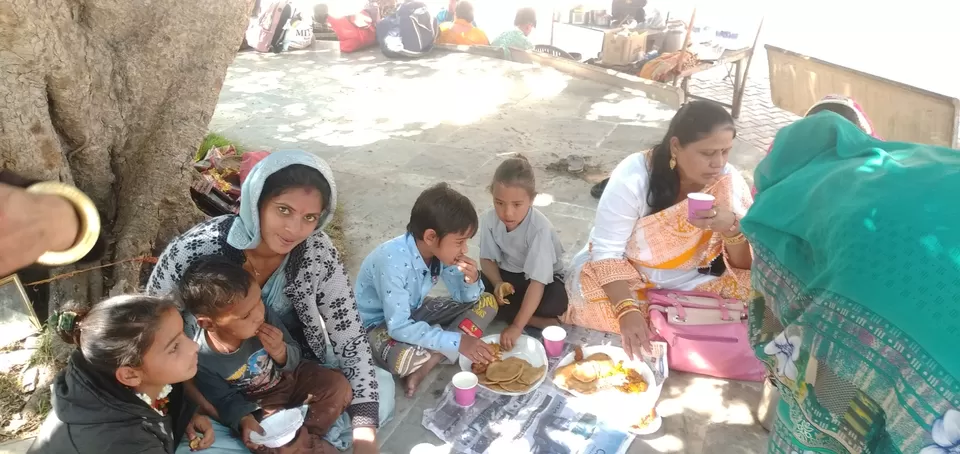
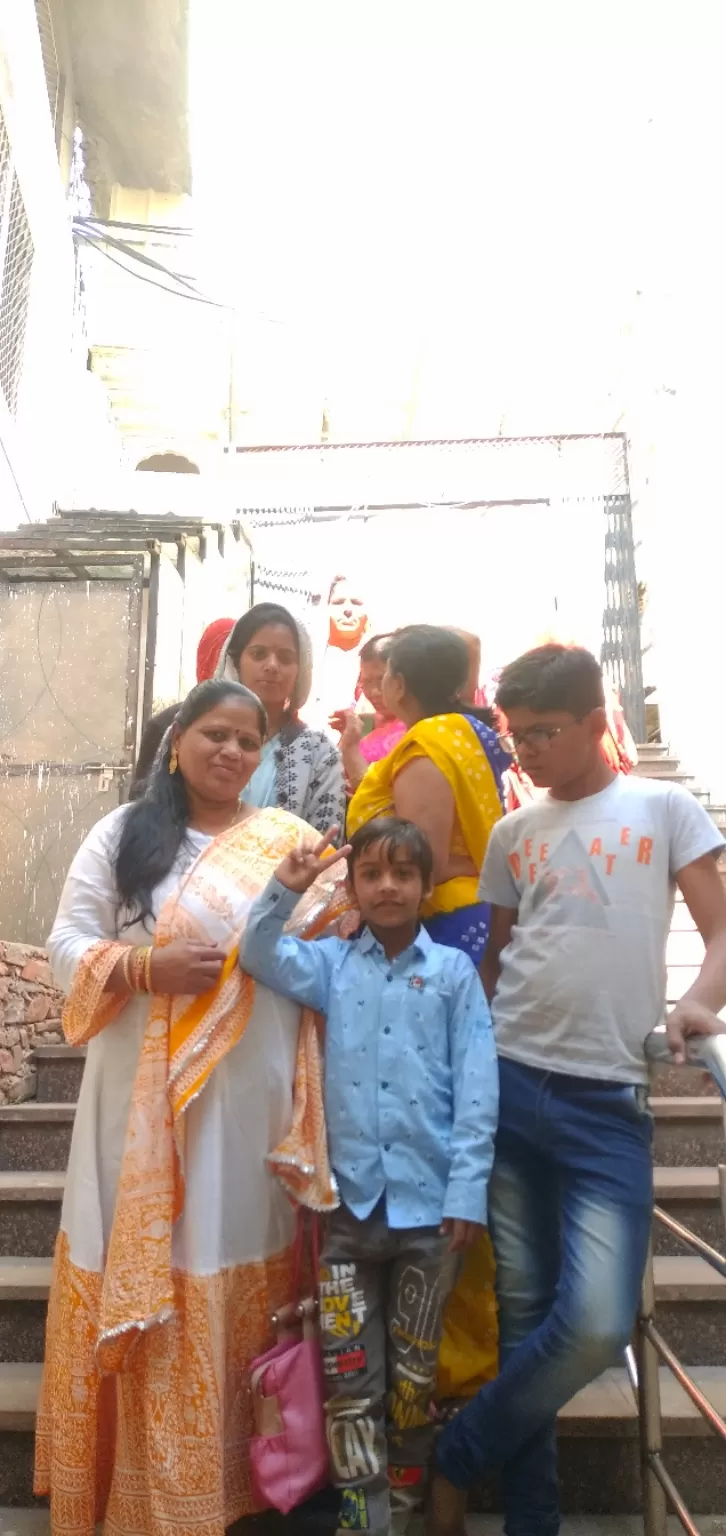
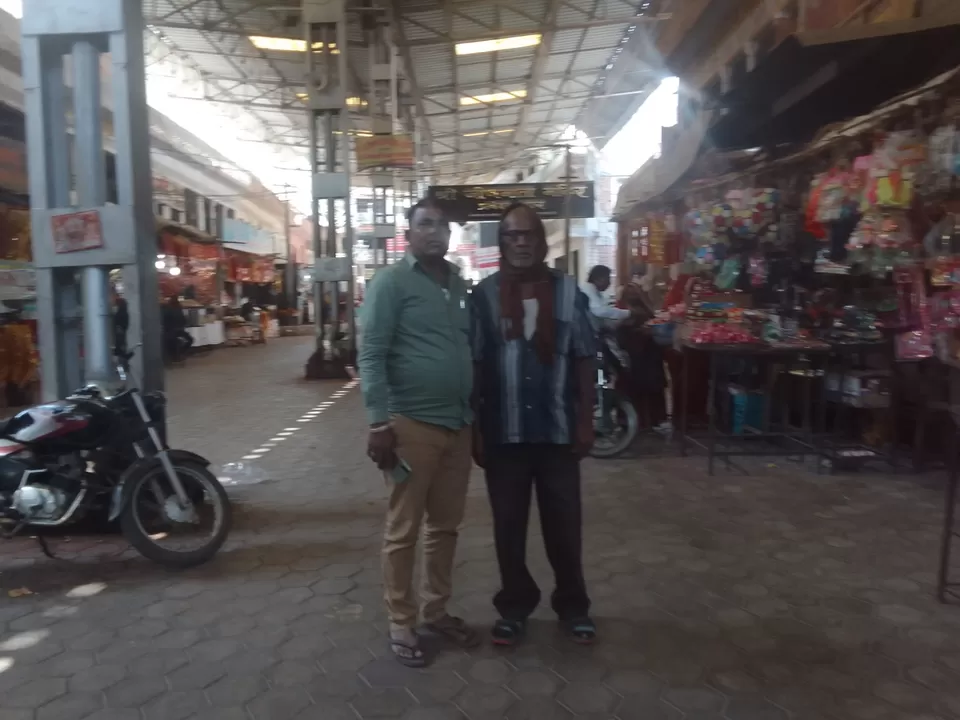
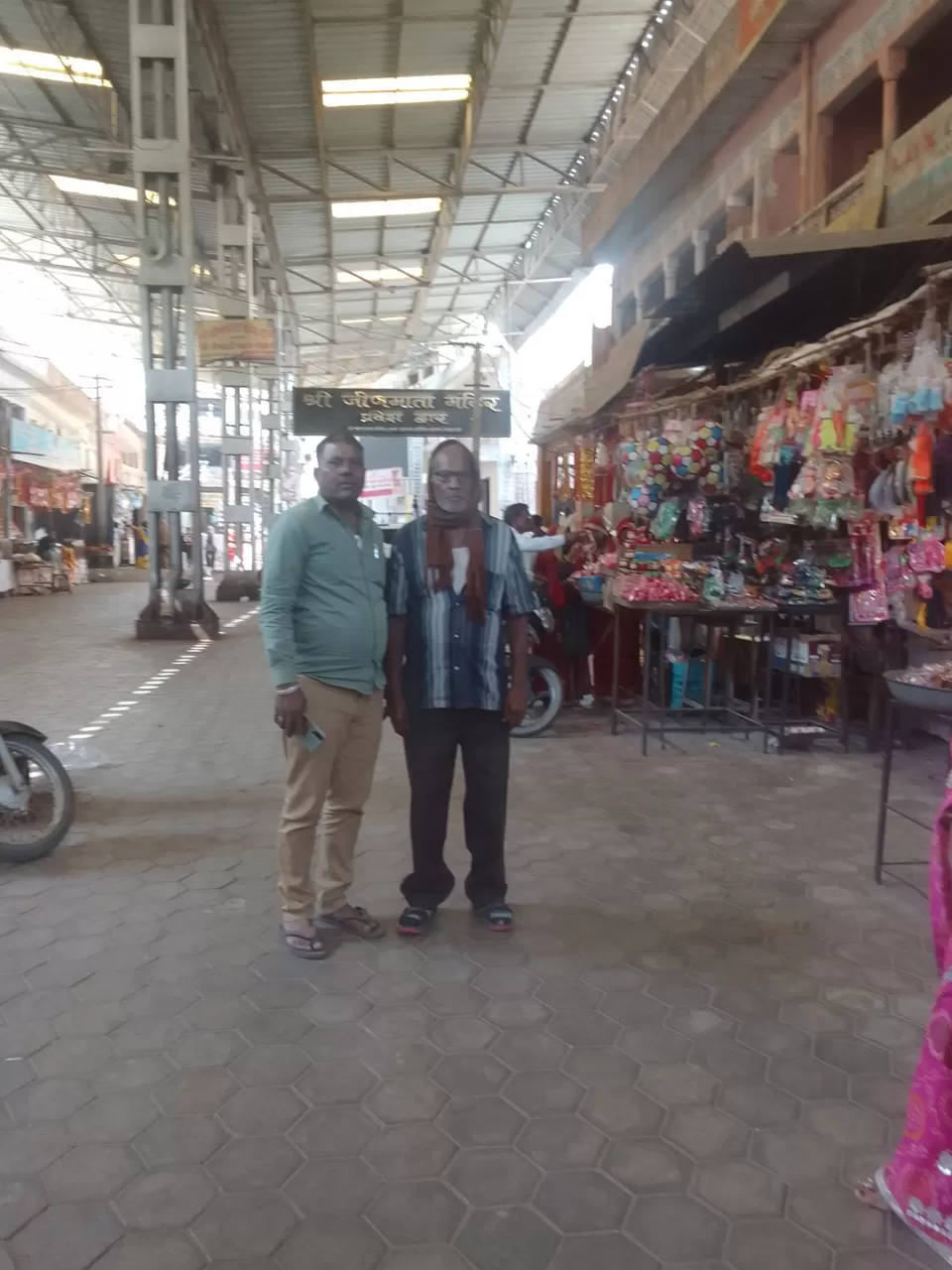
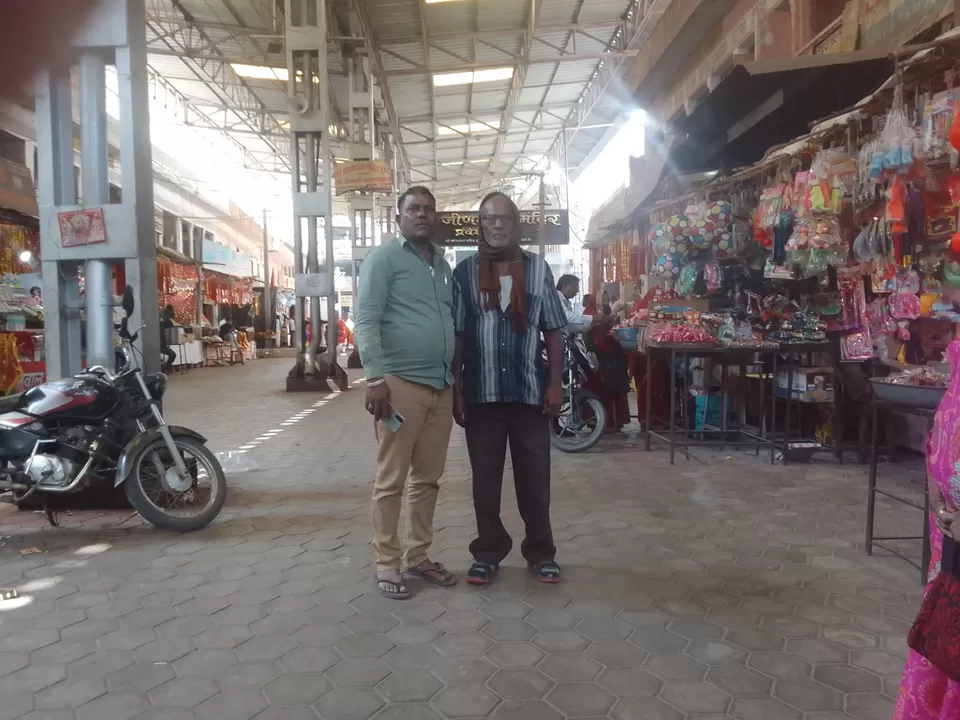

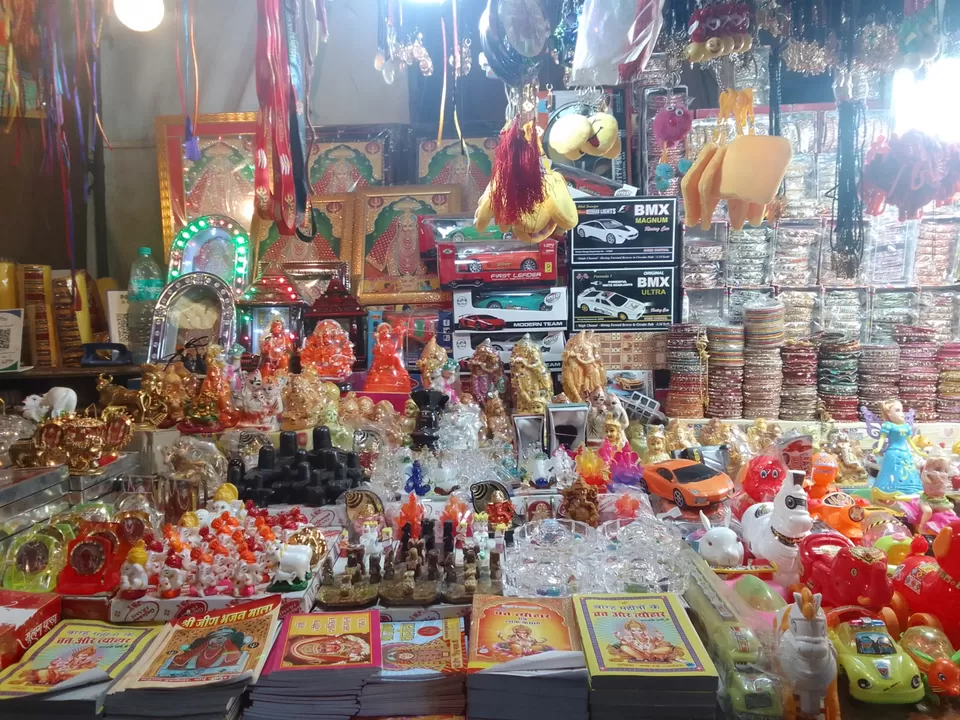
Khatu Shyam Ji Darshan
The Khatushyam Temple is a Hindu temple in the village of Khatushyamji, Rajasthan, (Sikar district) India. It is a pilgrimage site for worshipping the deity Krishna and Barbarika who is often venerated as a Kuladevata. Devotees believe the temple houses the head of Barbarika or Khatushyam, a legendary warrior who sacrifices his head upon the request of Krishna during the antebellum of the Kurukshetra War.
Before the beginning of the Mahābhārata battle, Barbarika's last wish was to see the war "Mahabharat" so Lord krishna himself placed his head on the top of a mountain for Barbarika to see the war. Many years after Kali Yuga started, the head was found buried in the village of Khatu (District- Sikar) in present-day Rajasthan. The location was obscured until well after the Kali Yuga period began. Then, on one occasion, milk started flowing spontaneously out of a cow's udder when she neared the burial spot. Amazed at this incident, the local villagers dug the place up and the buried head was revealed. The head was handed over to a Brahmin who worshipped it for many days, awaiting divine revelations as to what was to be done next. Roopsingh Chauhan, king of Khatu, then had a dream where he was inspired to build a temple and install the head therein. Subsequently, a temple was built and the idol was installed on the 11th day of the Shukla Paksha (bright half) of the month of Phalgun.
There is another, only slightly different version of this legend. Roopsingh Chauhan was the ruler of Khatu. His wife, Narmada Kanwar, once had a dream in which the deity instructed her to take his image out of the earth. The indicated place (now known as Shyam Kund) was then dug up. Sure enough, it yielded the idol, which was duly enshrined in the temple.
The original temple was built in 1027 AD by Roopsingh Chauhan, after his wife Narmada Kanwar, saw dream about the buried idol. The place where the idol was dug out from is called Shyam Kund.[1] In 1720 AD, a nobleman known as Diwan Abhaisingh renovated the old temple, at the behest of the then ruler of Marwar. The temple took its present shape at this time and the idol was enshrined in the sanctum sanctorum. The idol is made of rare stone. Khatushyam is the family deity of many families.
Another temple is located at Lambha, Ahmedabad, Gujarat. People bring their newly born children to have blessings of Khatushyam. Here he is known as Baliya Dev.
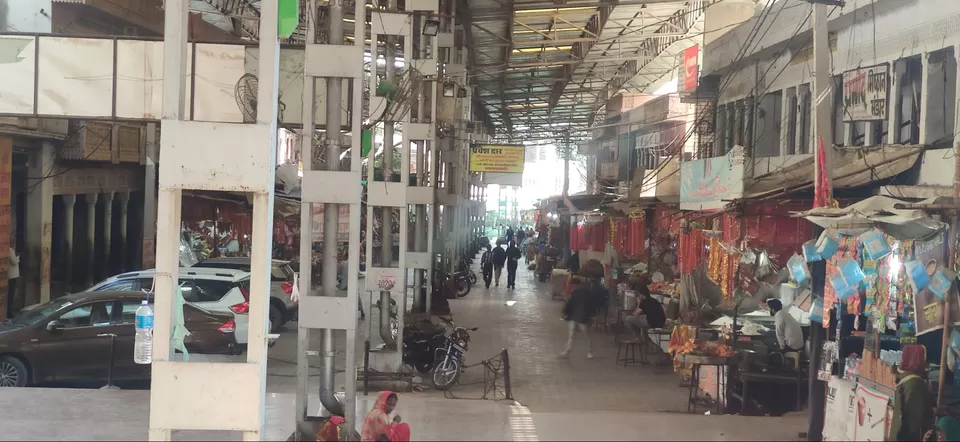
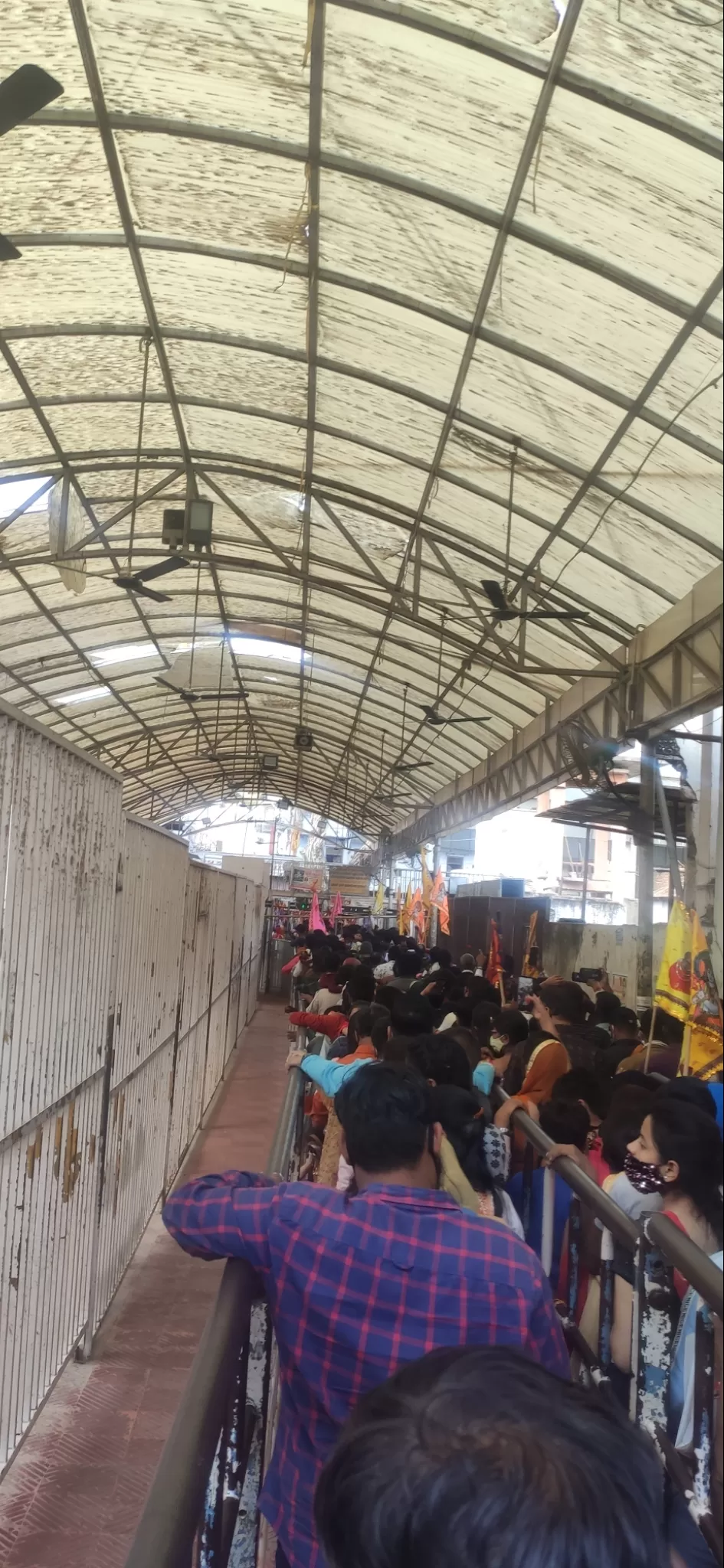
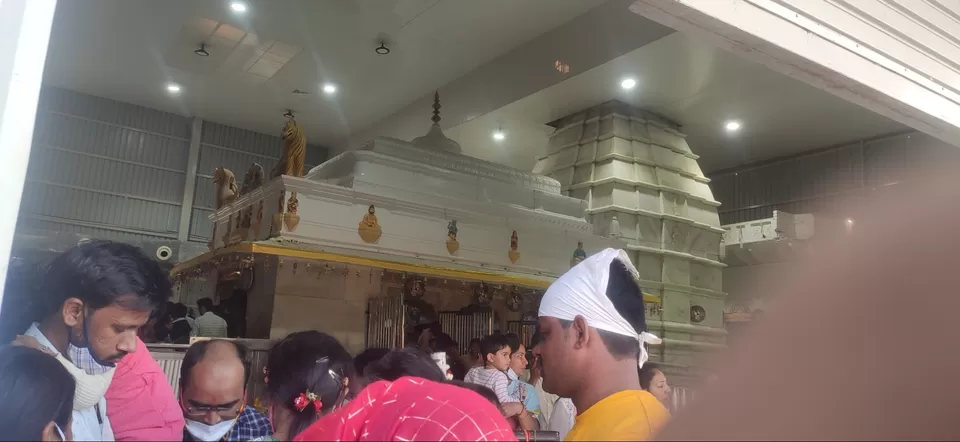
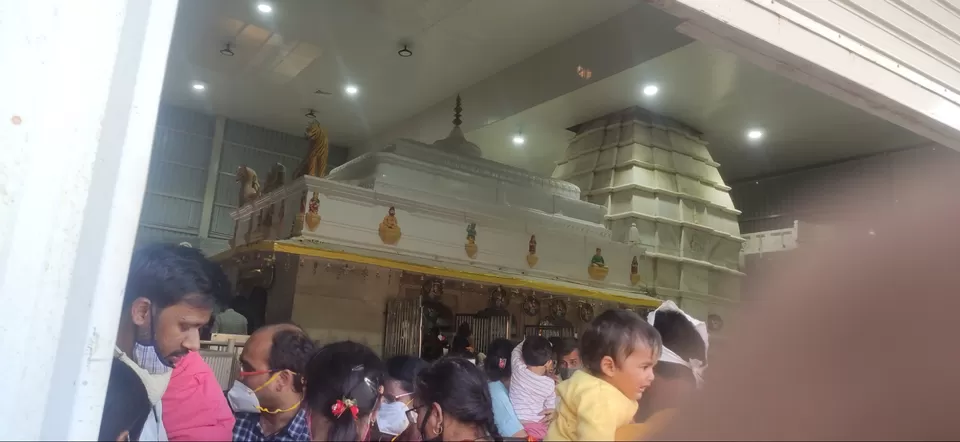
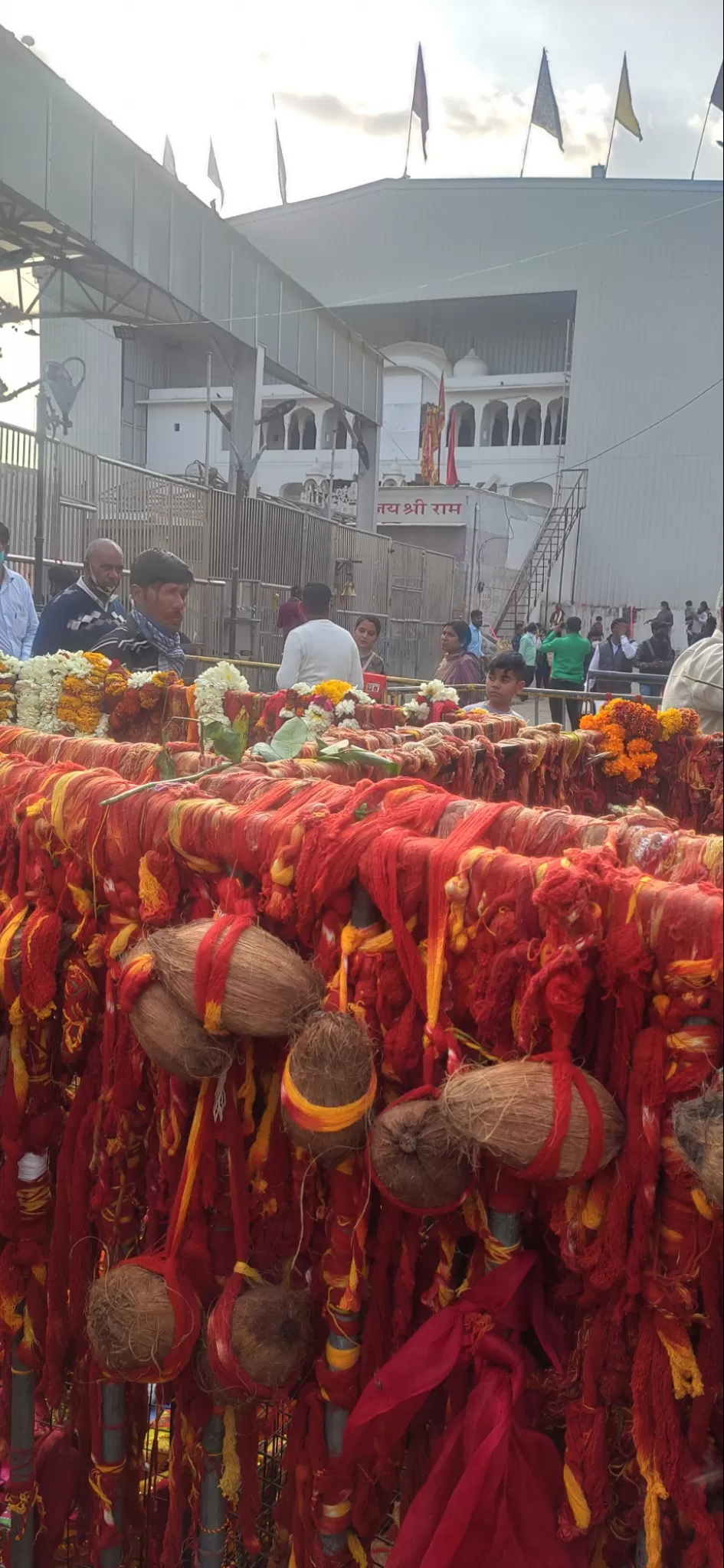
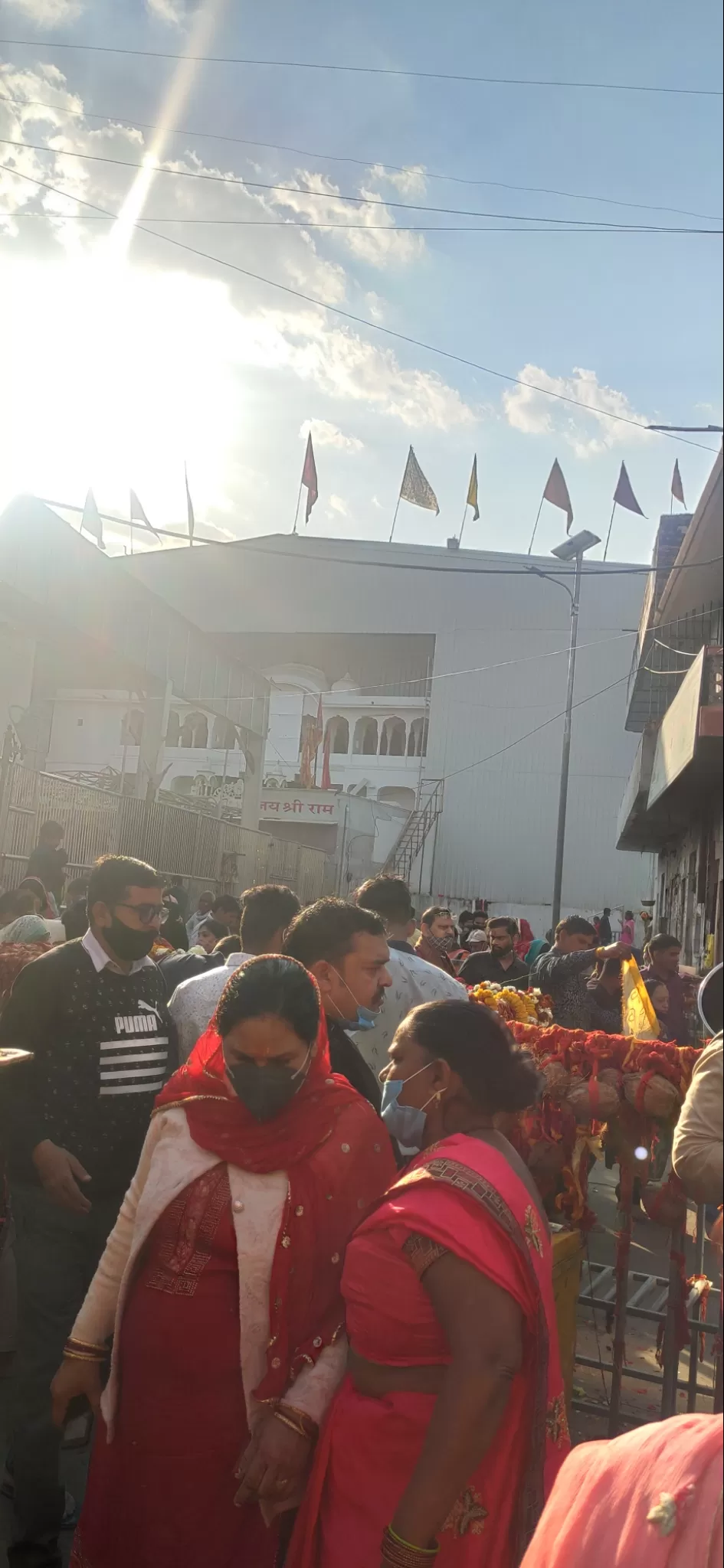

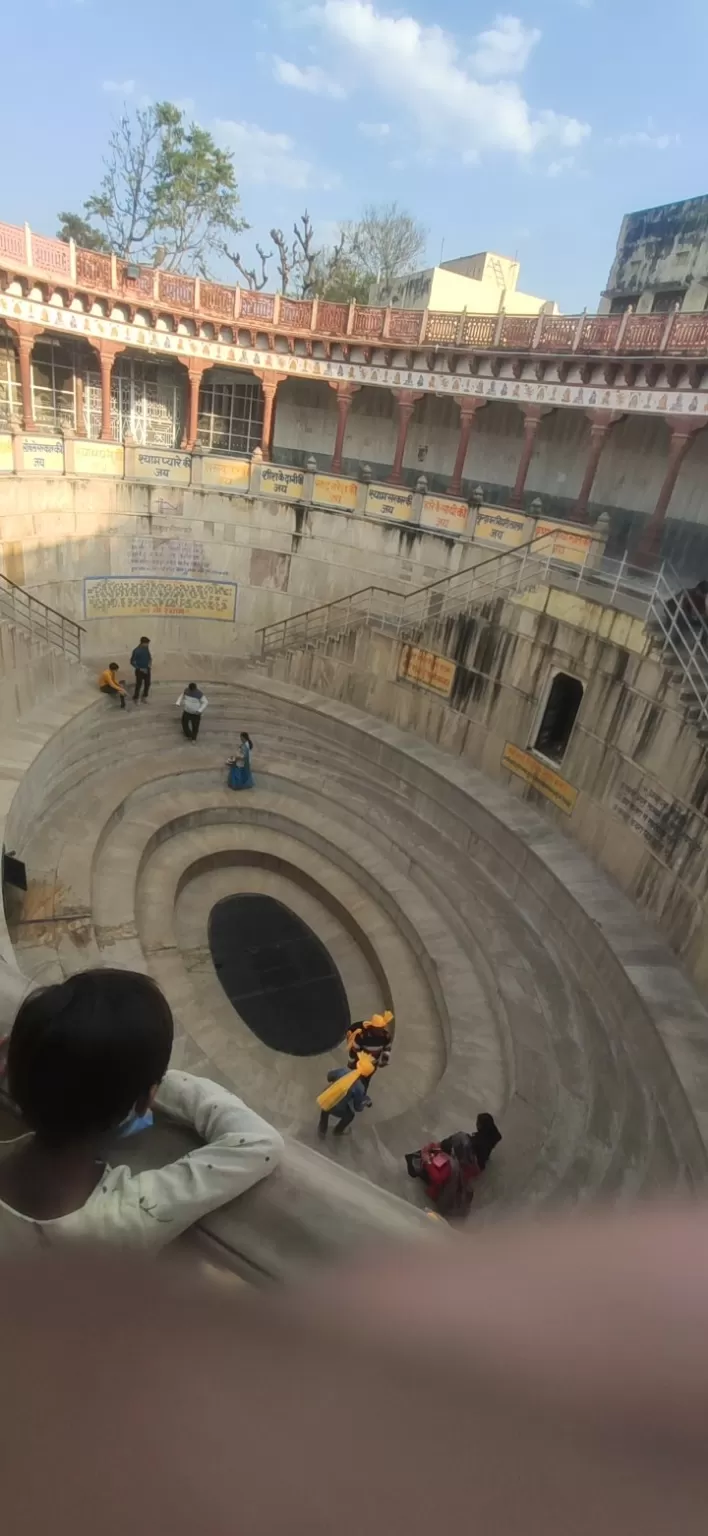
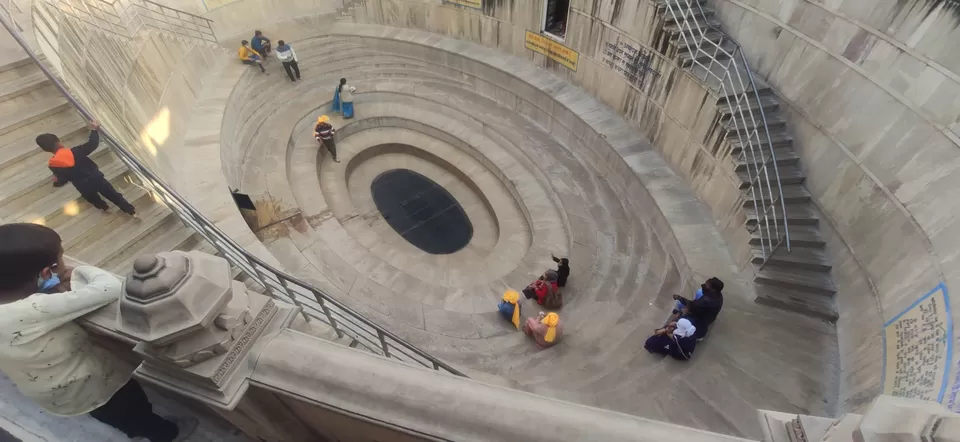
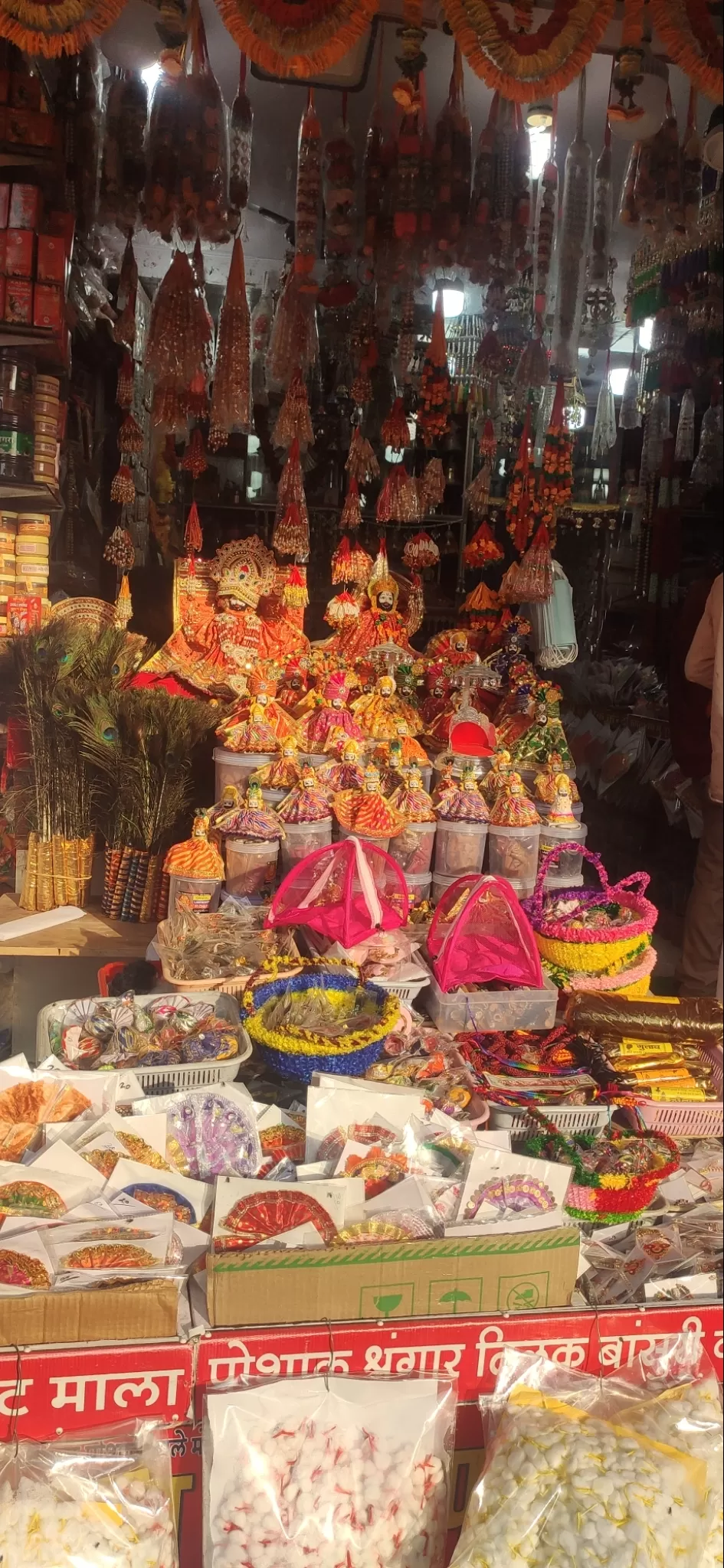
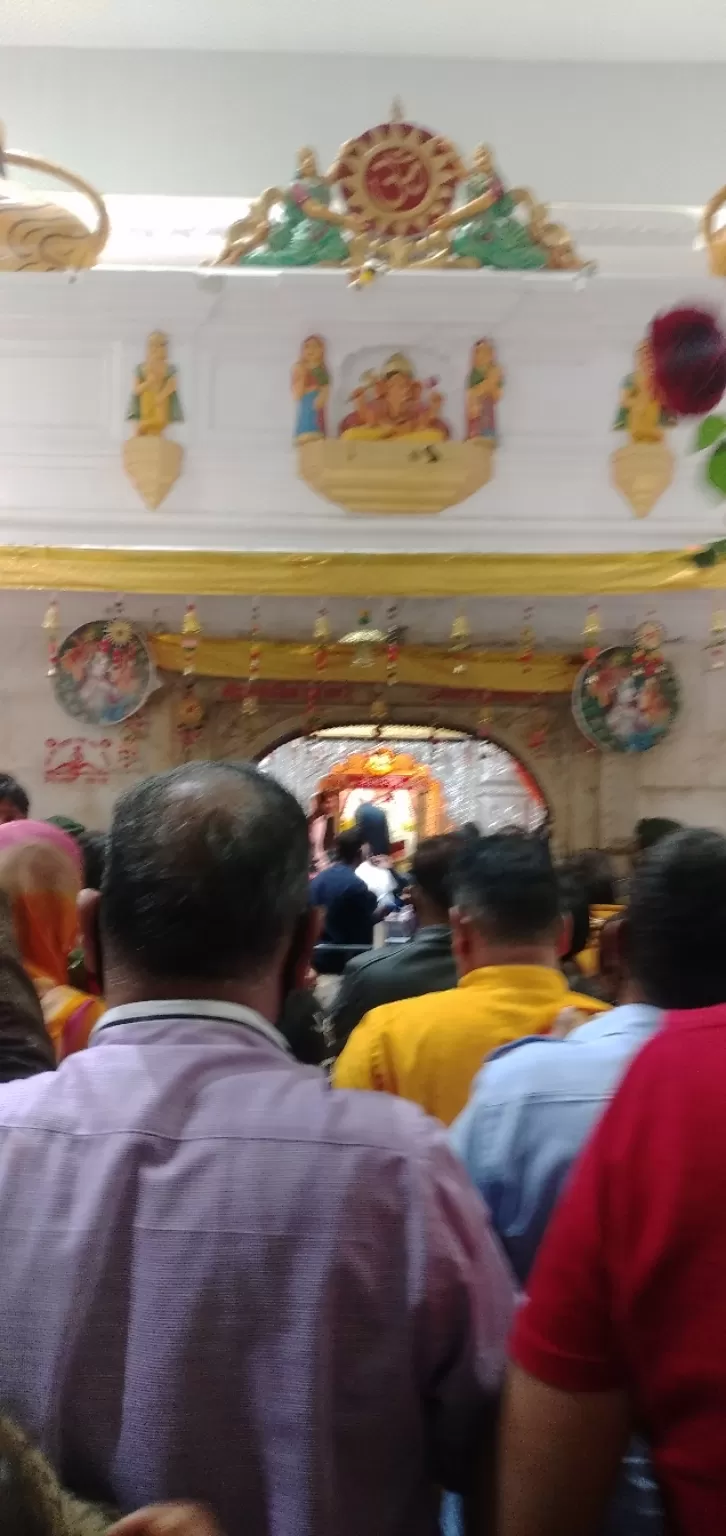
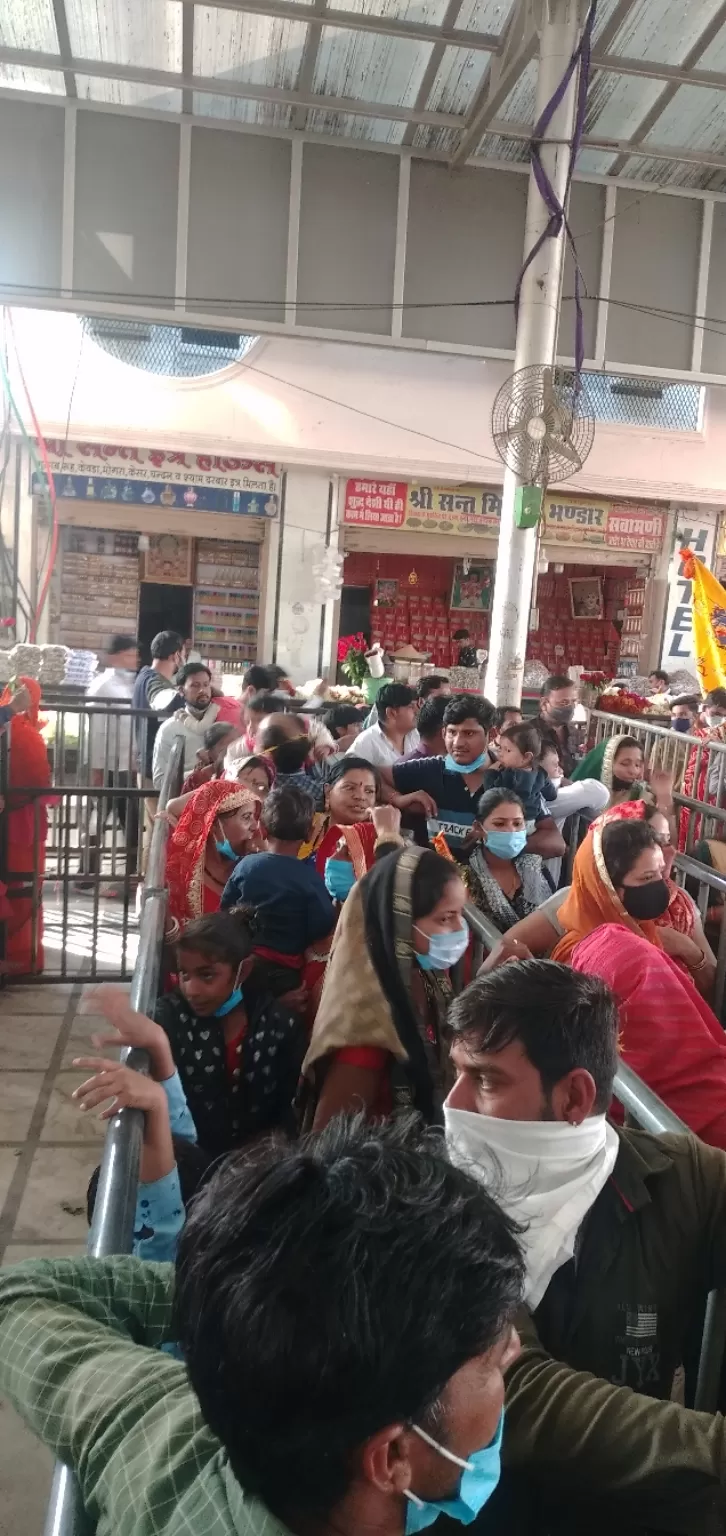
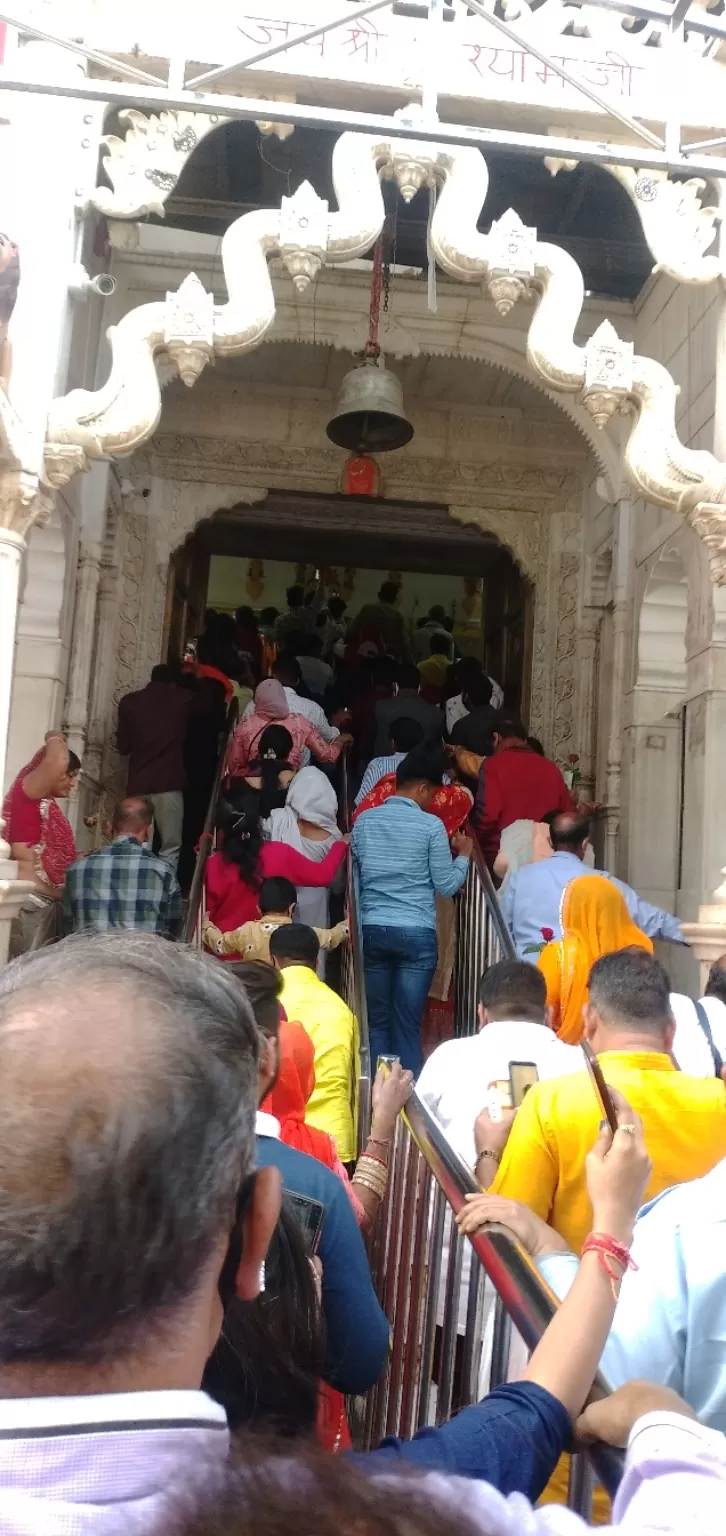
Hawa Mahal
The Hawa Mahal is a palace in the city of Jaipur, India. Built from red and pink sandstone, the palace sits on the edge of the City Palace, Jaipur and extends to the Zenana, or women's chambers.
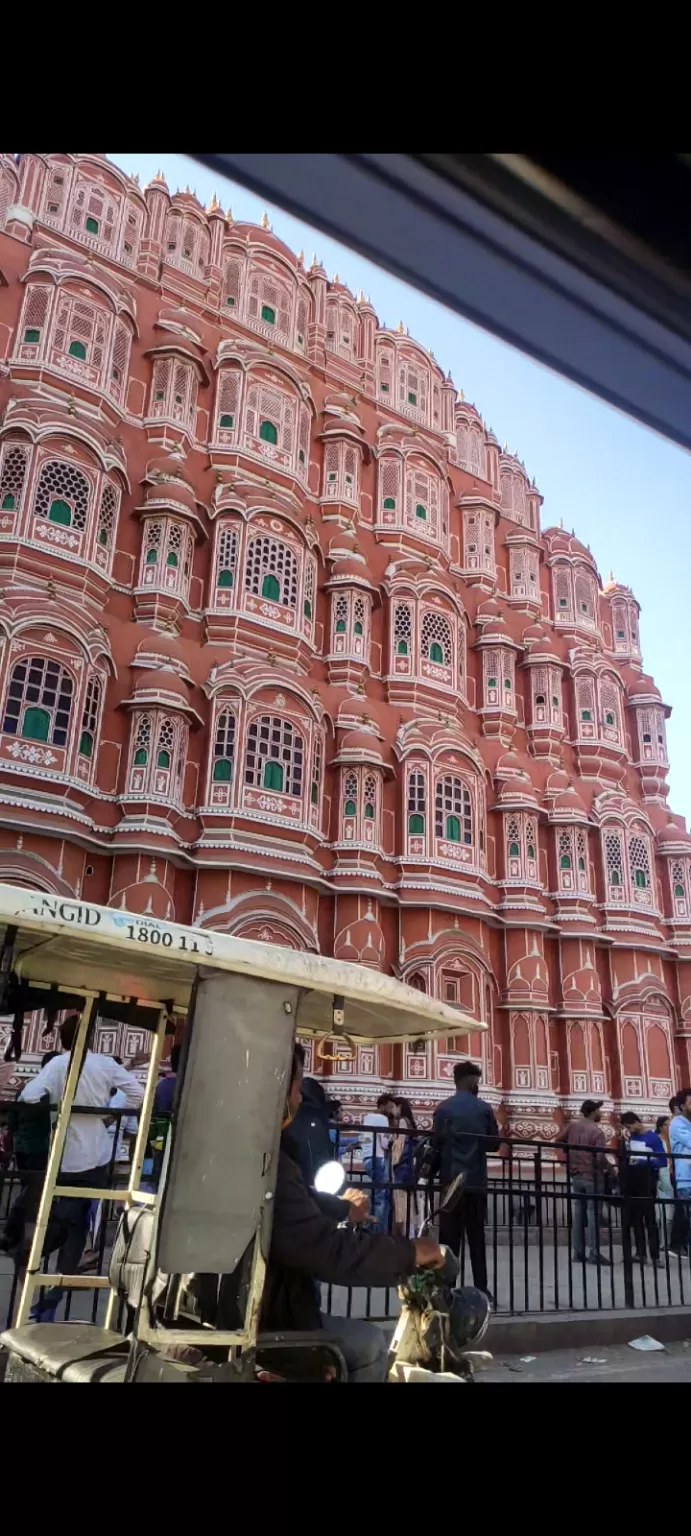
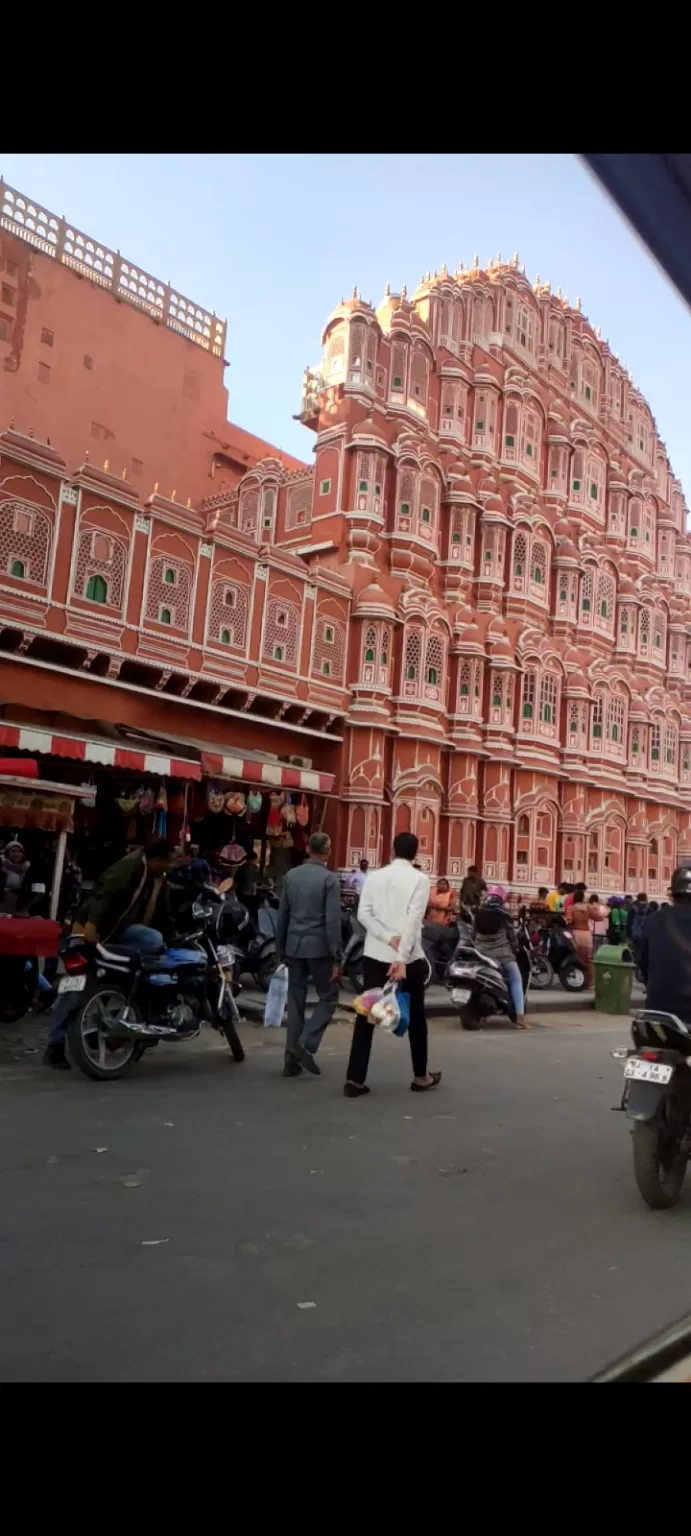
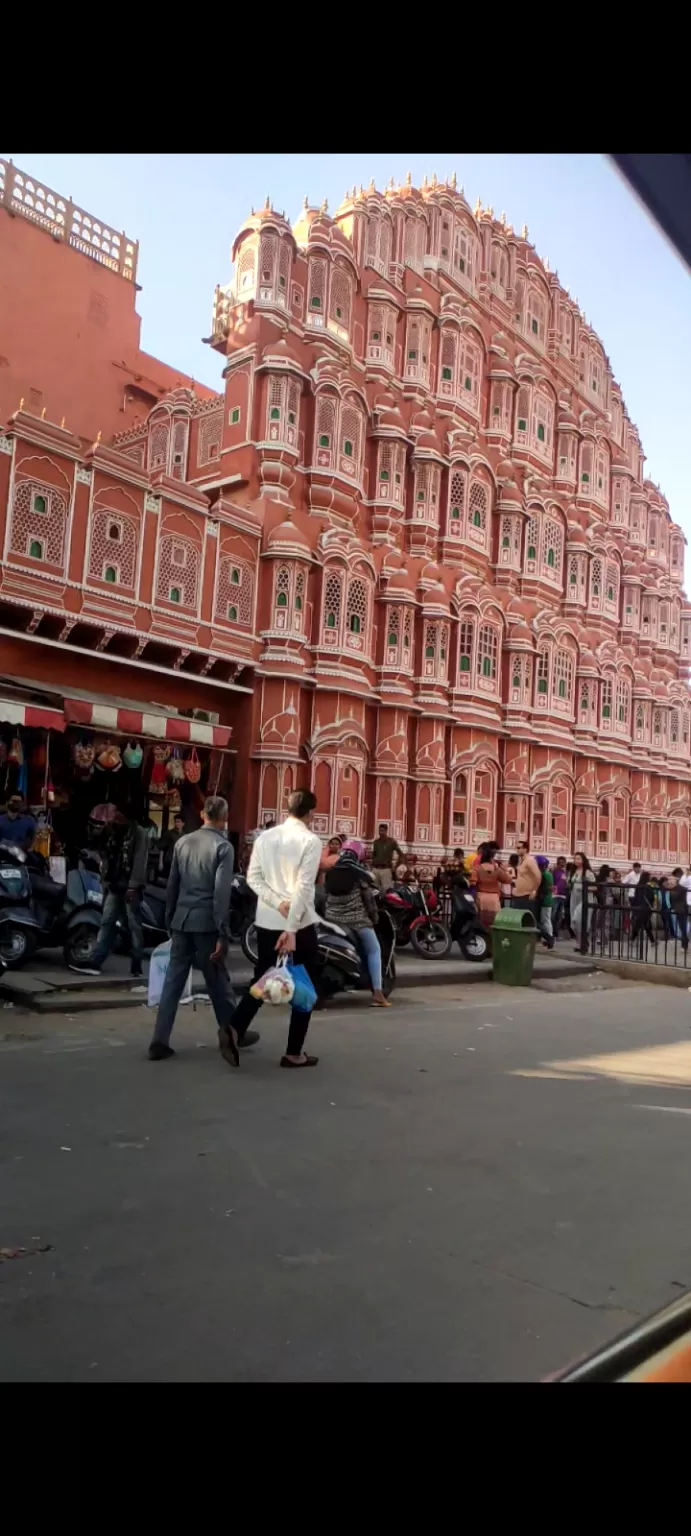
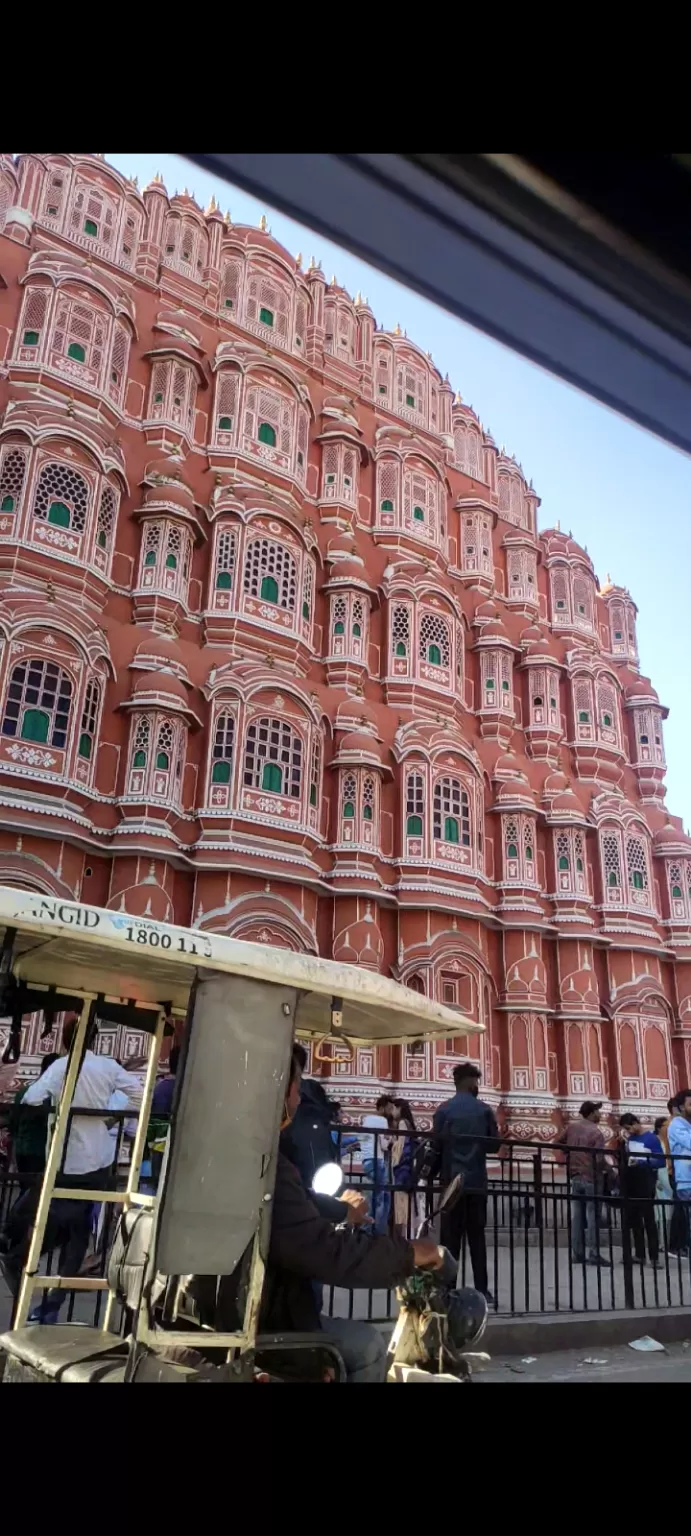
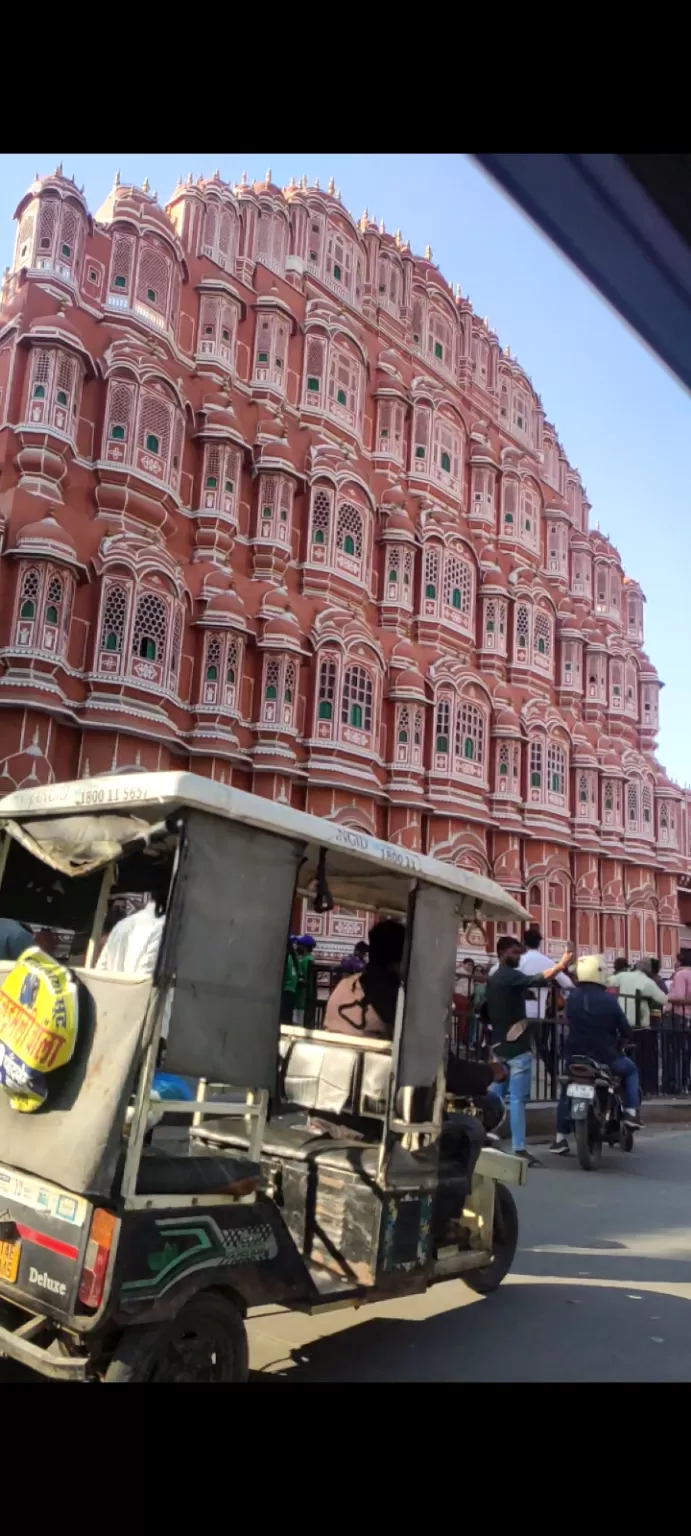
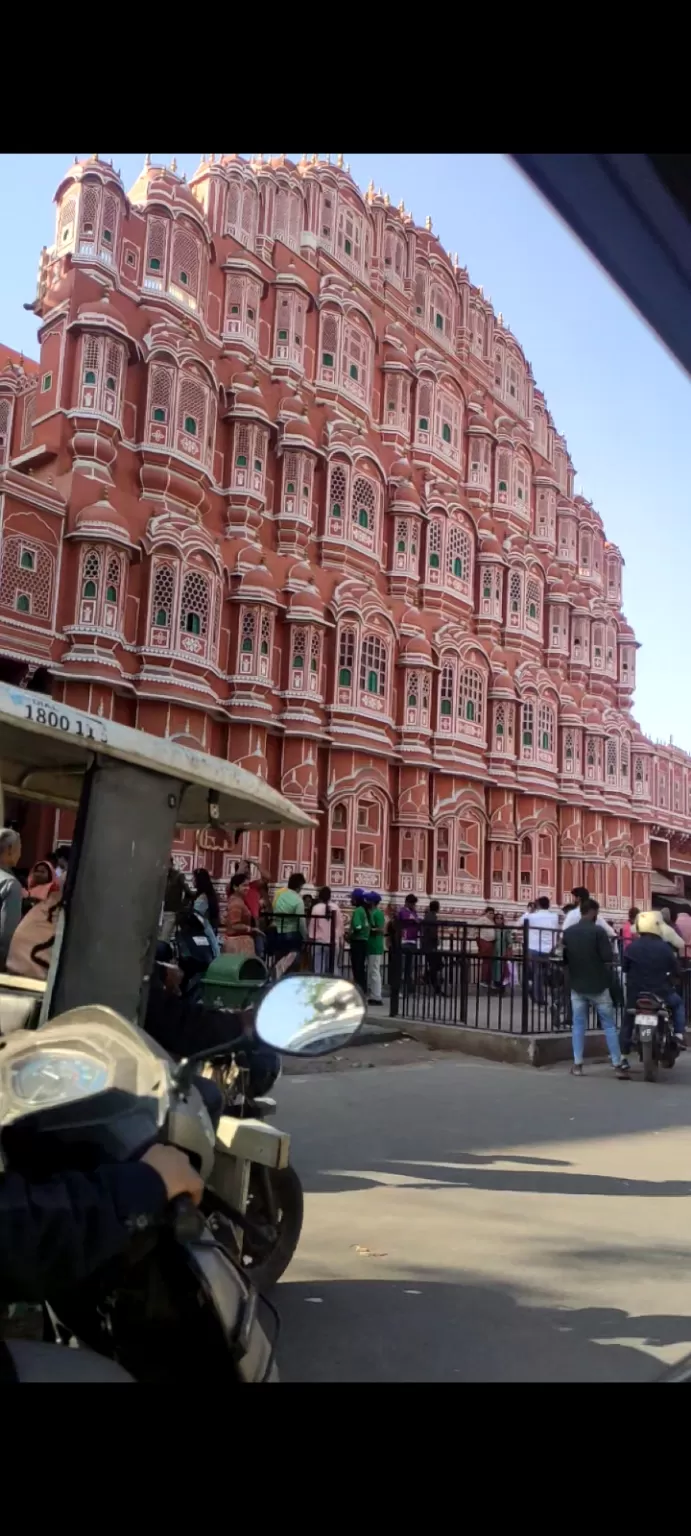
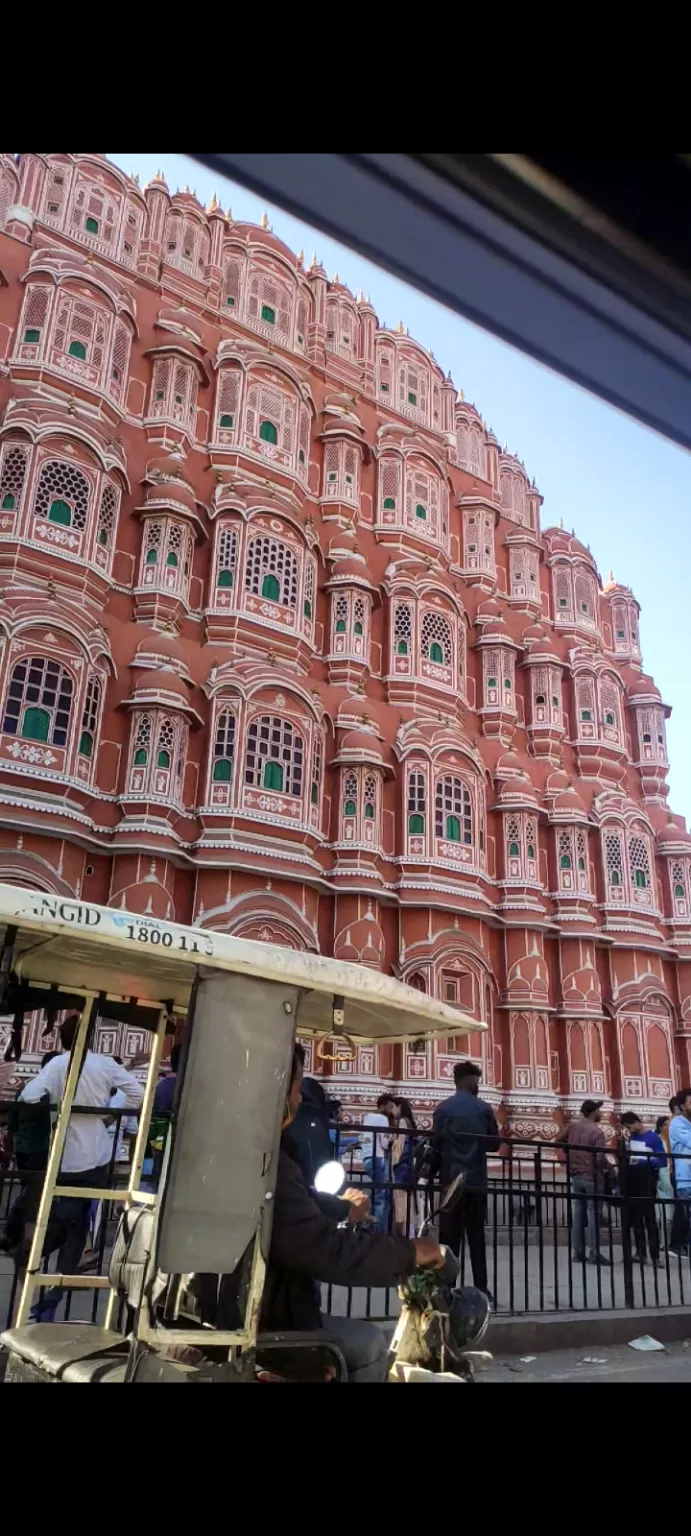
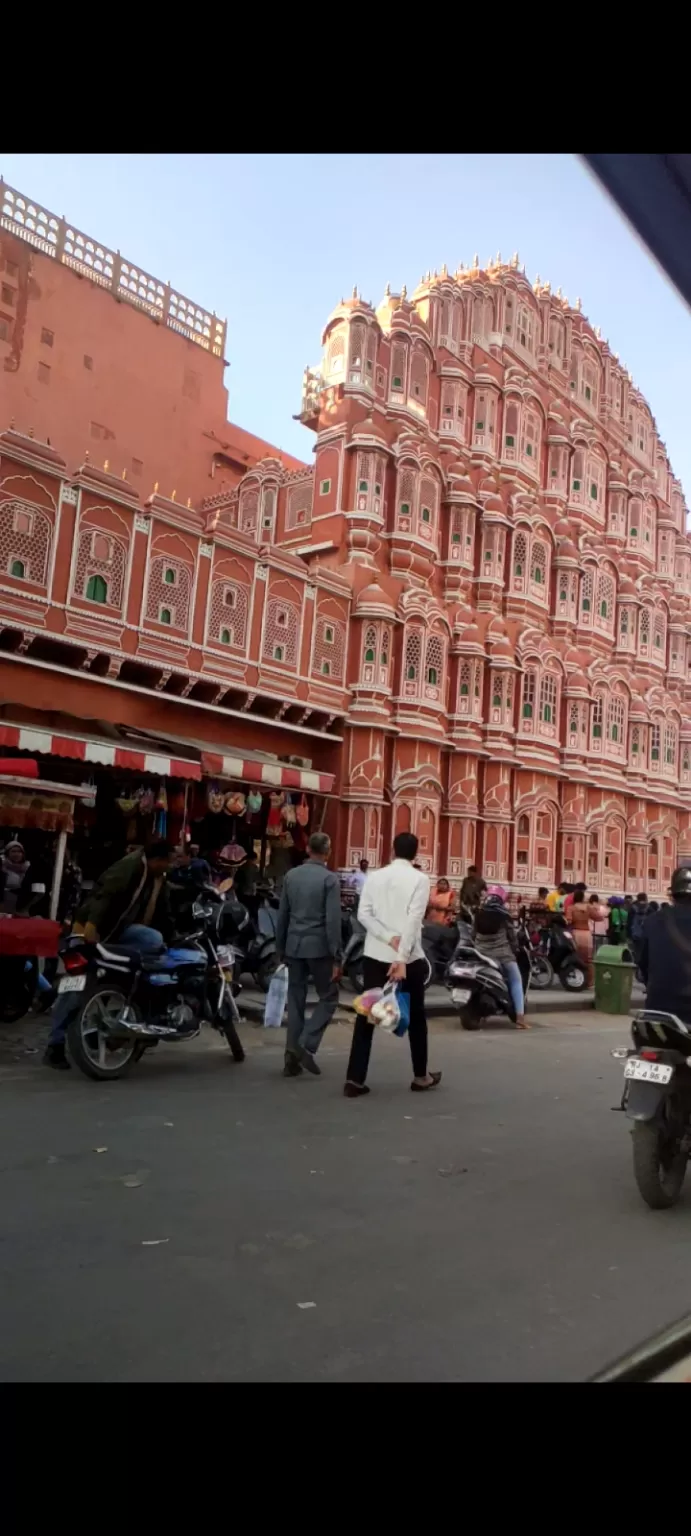
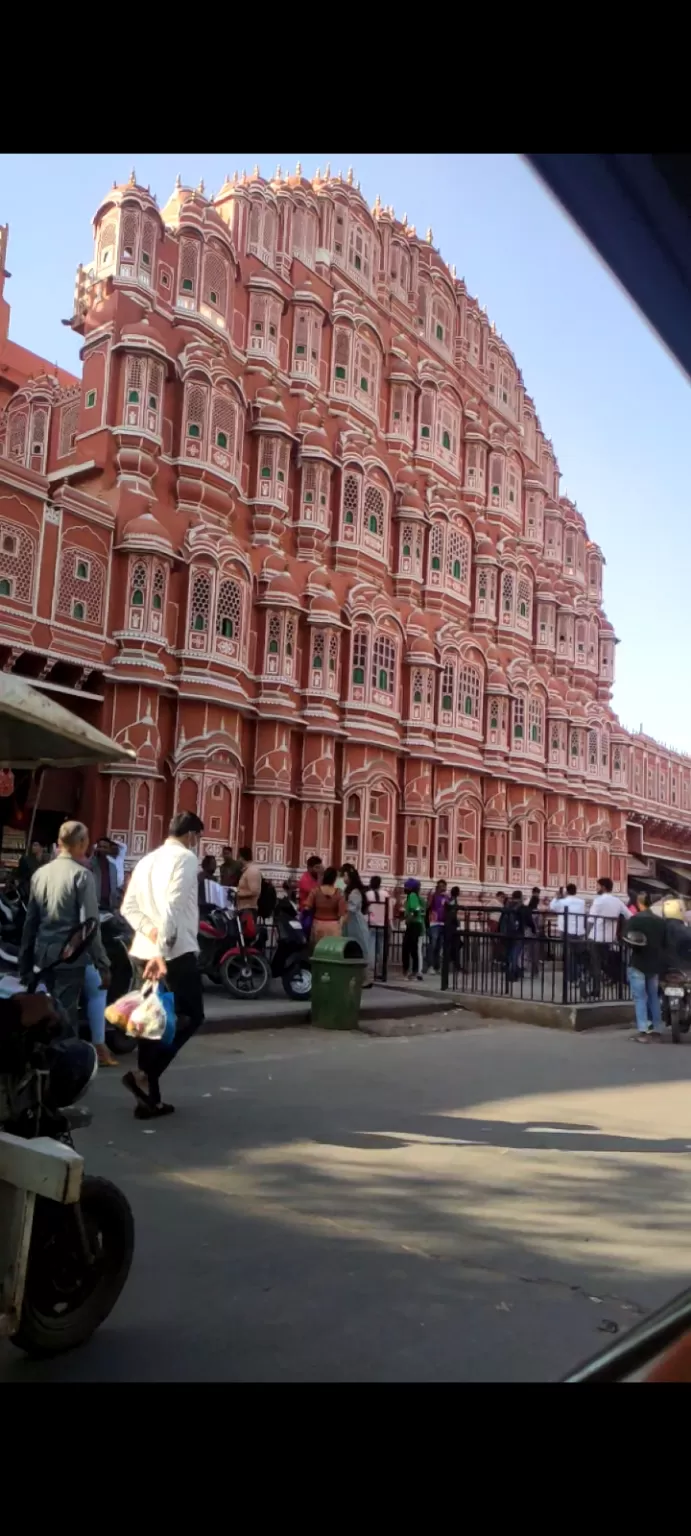
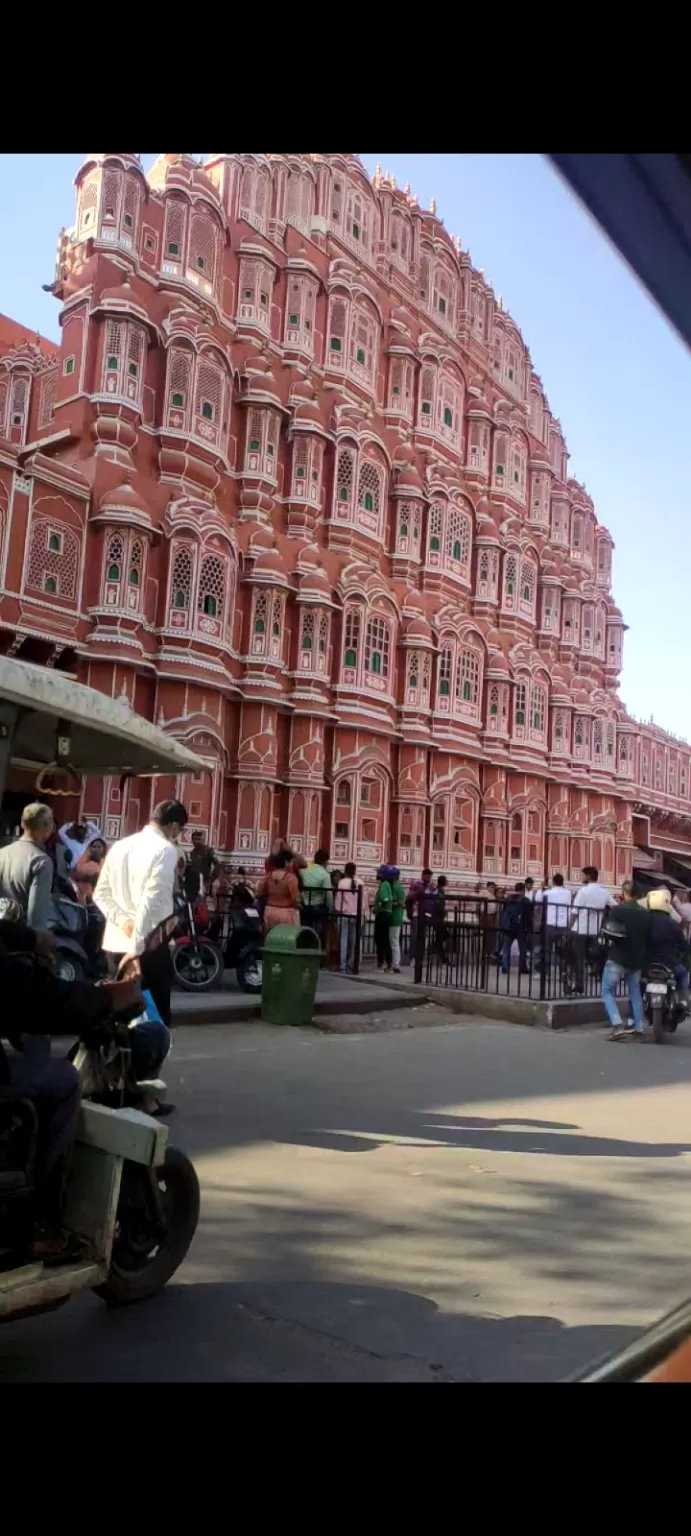
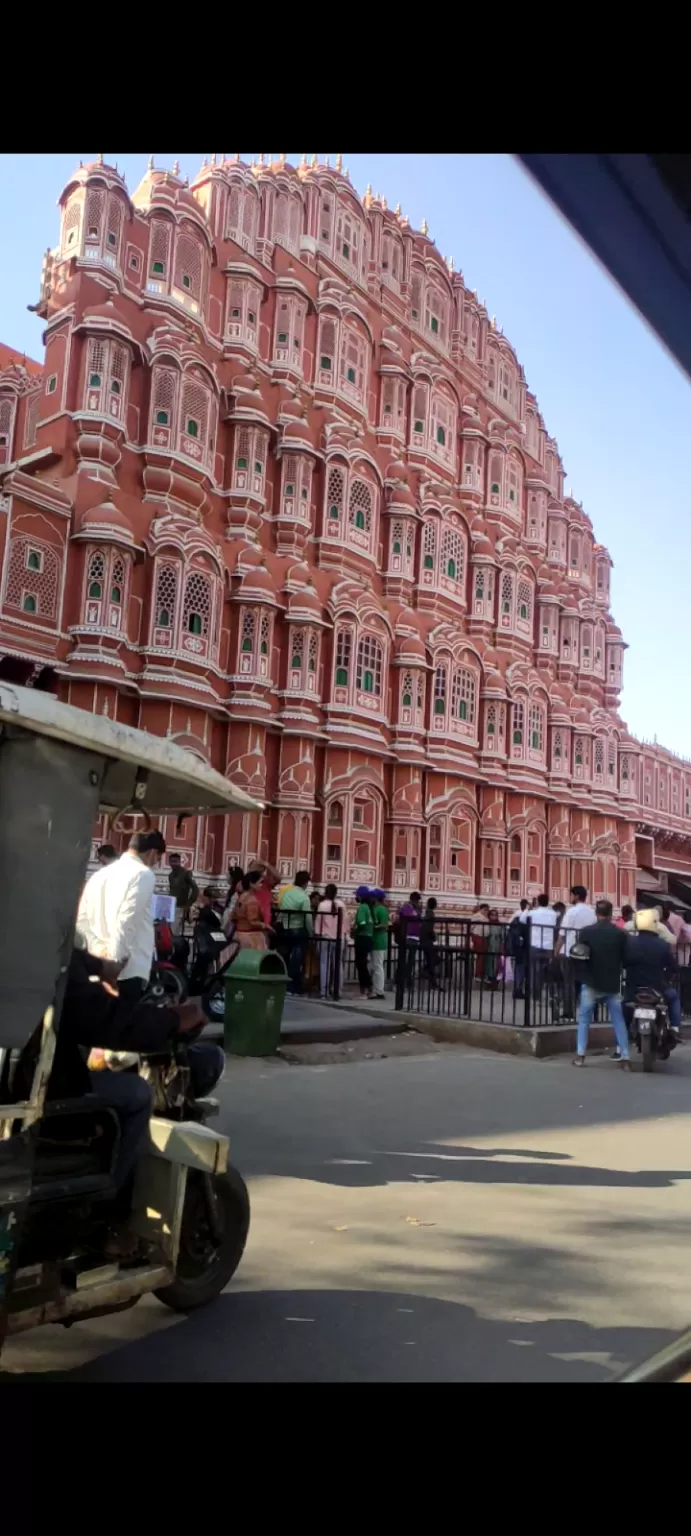
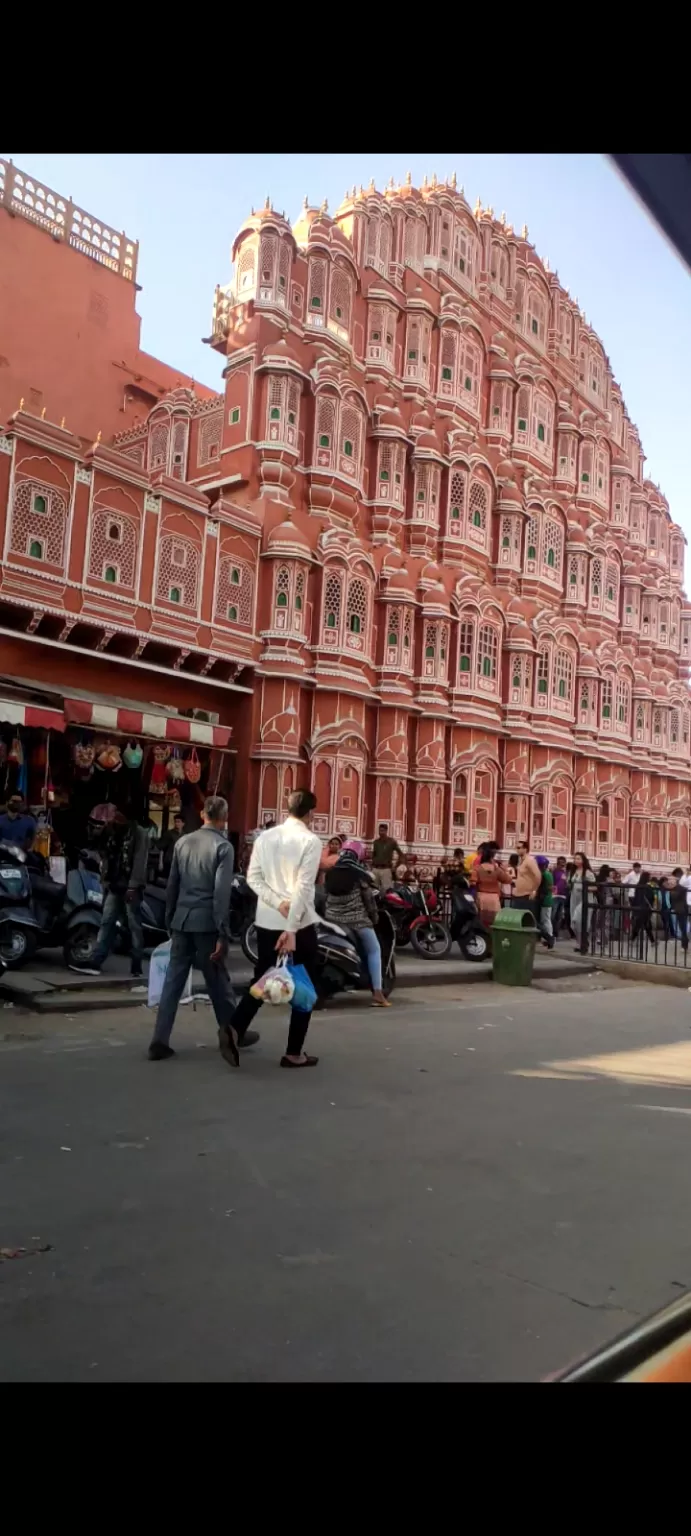
Jal Mahal
Jal Mahal (meaning "Water Palace") is a palace in the middle of the Man Sagar Lake in Jaipur city, the capital of the state of Rajasthan, India. The palace was originally constructed in 1699; the building and the lake around it were later renovated and enlarged in the 18th century by Maharaja Jai Singh II of Amber.
The Jal Mahal palace is an architectural showcase of the Rajput style of architecture (common in Rajasthan) on a grand scale, on Rajput architecture. The building has a picturesque view of Man Sagar Lake, but owing to its seclusion from land is equally the focus of a viewpoint from the Man Sagar Dam on the eastern side of the lake in front of the backdrop of the surrounding Nahargarh ("tiger-abode") hills. The palace, built in red sandstone, is a five-storied building, of which four floors remain underwater when the lake is full and the top floor is exposed[citation needed]. One rectangular Chhatri on the roof is of the Bengal type. The chhatris on the four corners are octagonal. The palace had suffered subsidence in the past and also partial seepage (plaster work and wall damage equivalent to rising damp) because of water logging, which have been repaired under a restoration project of the Government of Rajasthan.
The hills surrounding the lake area, towards the north east of Jaipur, have quartzite rock formations (with a thin layer of soil cover), which is part of the Aravalli hills range. Rock exposures on the surface in some parts of the project area have also been used for constructing buildings. From the northeast, the Kanak Vrindavan valley, where a temple complex sits, the hills slope gently towards the lake edge. Within the lake area, the ground area is made up of a thick mantle of soil, blown sand, and alluvium. Forest denudation, particularly in the hilly areas, has caused soil erosion, compounded by wind and water action. As a result, silt built up in the lake incrementally raises the lake bed.[3] On the terrace of the palace, a garden was built with arched passages. At each corner of this palace semi-octagonal towers were built with an elegant cupola.
The restoration works of the early 2000s were not satisfactory and an expert in the field of similar architectural restoration works of Rajasthan palaces carefully examined the designs that could decipher the originally existing designs on the walls, after removing the recent plasterwork. Based on this finding, restoration works were re-done with traditional materials for plastering – the plaster consists of partly organic material: a mortar mix of lime, sand and surkhi mixed with jaggery, guggal and methi powder. It was also noticed that there was hardly any water seepage, except for a little dampness, on the floors below the water level. But the original garden, which existed on the terrace had been lost. Now, a new terrace is being created based on a similar roof garden of the Amer Palace. The building is located near the shoreline of a lake with a maximum depth of 15 ft. As the 4 stories of the building are built under the water, this means it would be structured on the bottom of the lake.
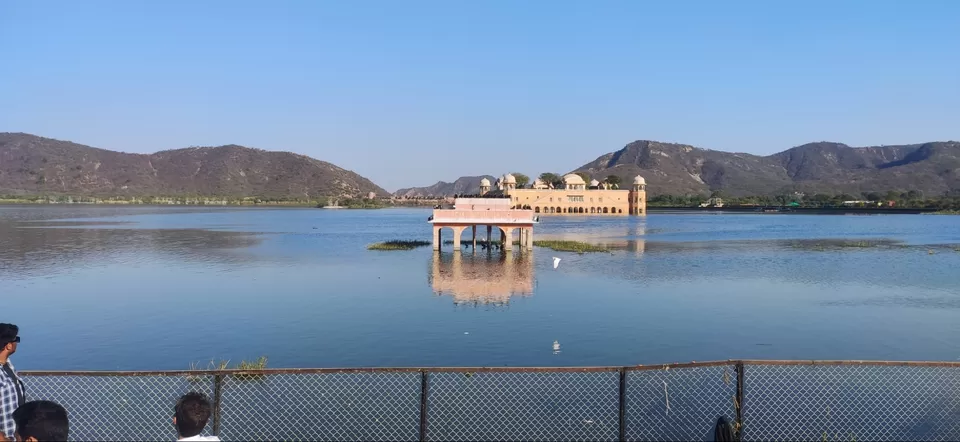
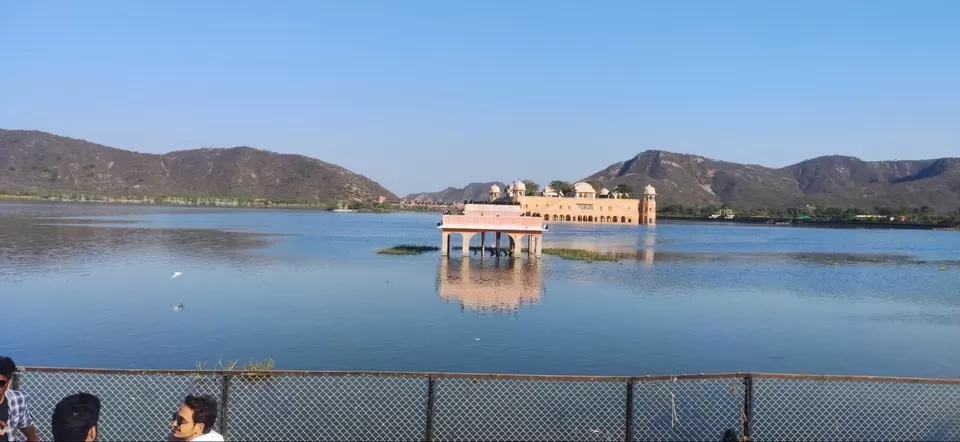
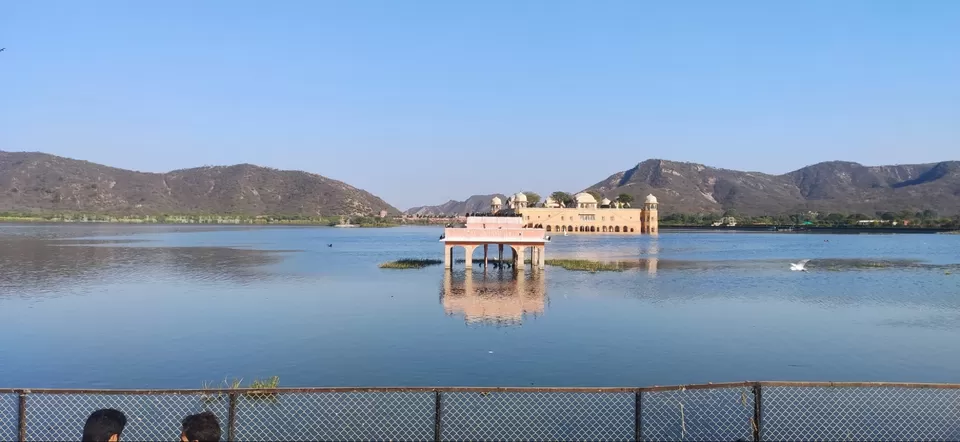
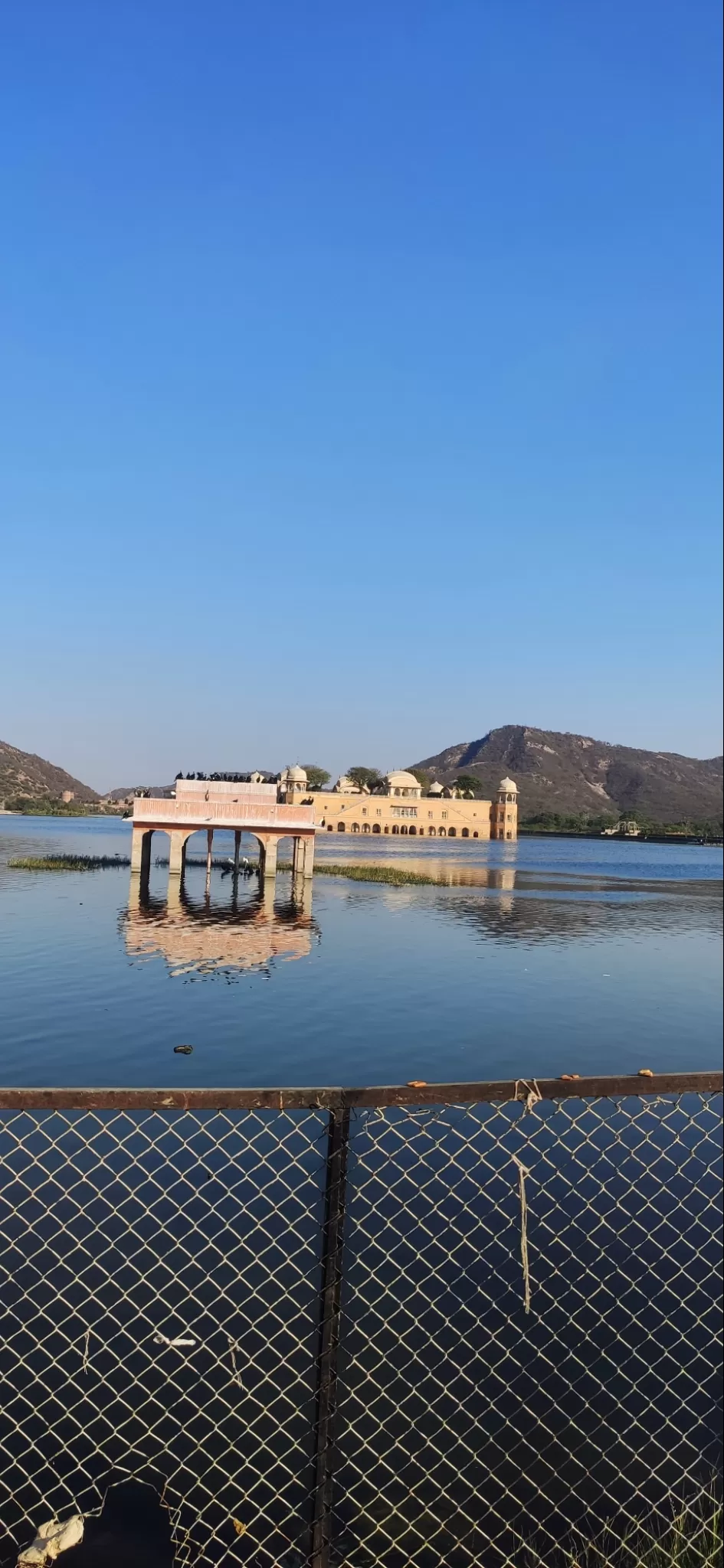
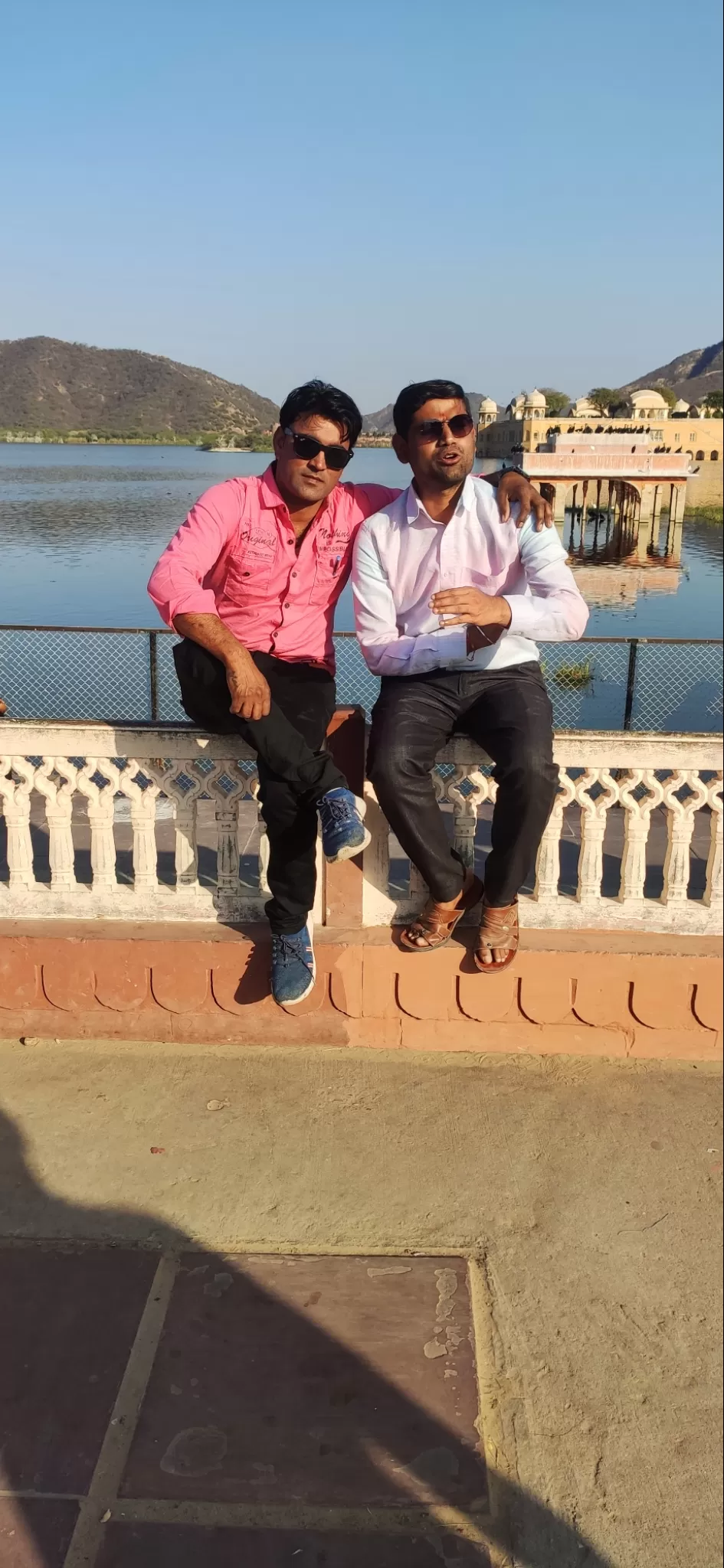
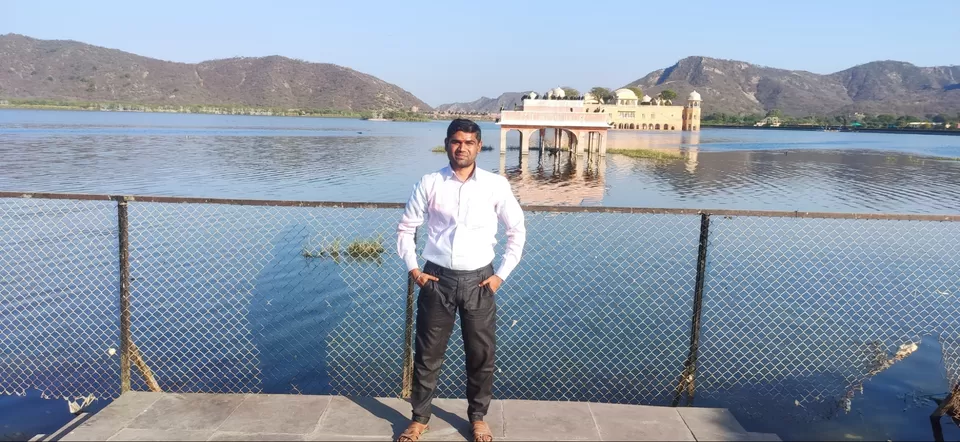
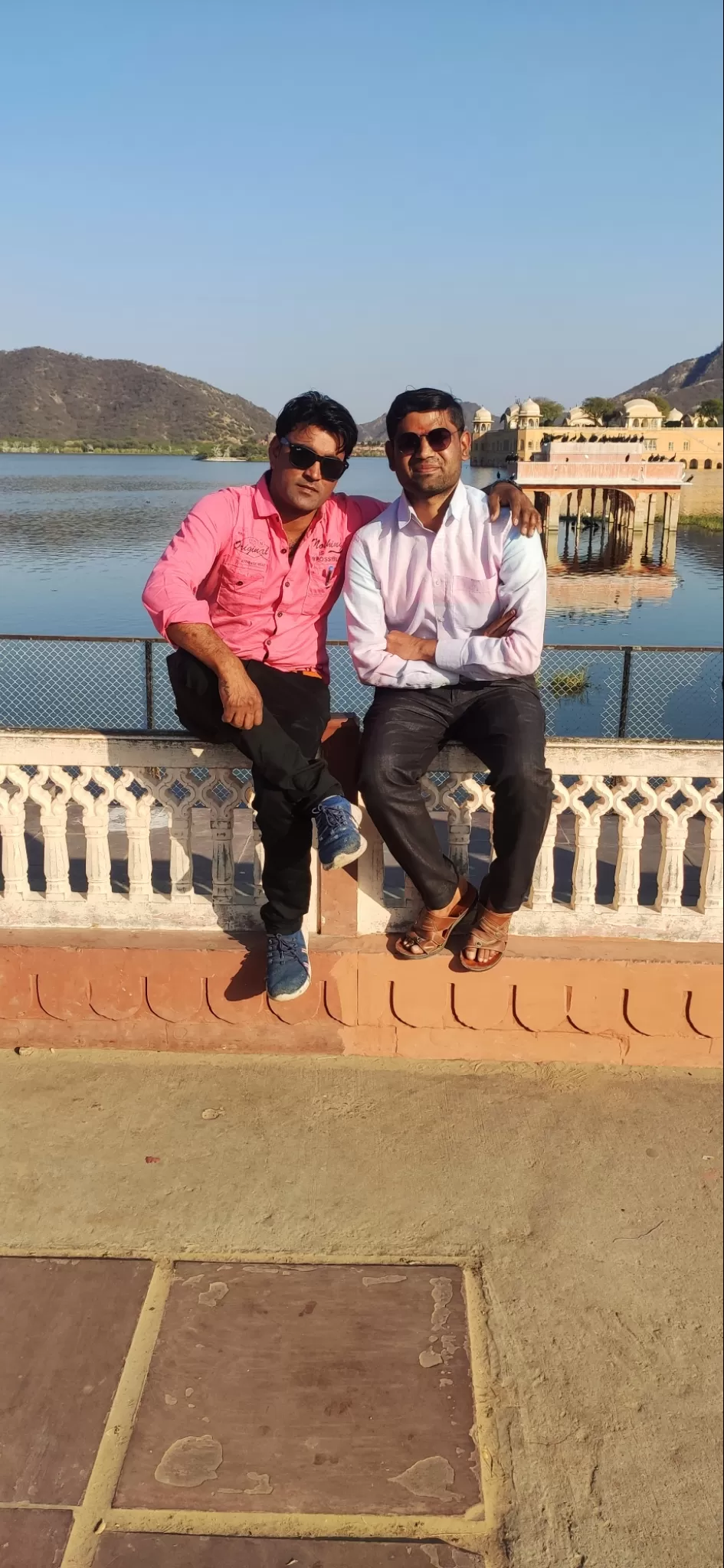
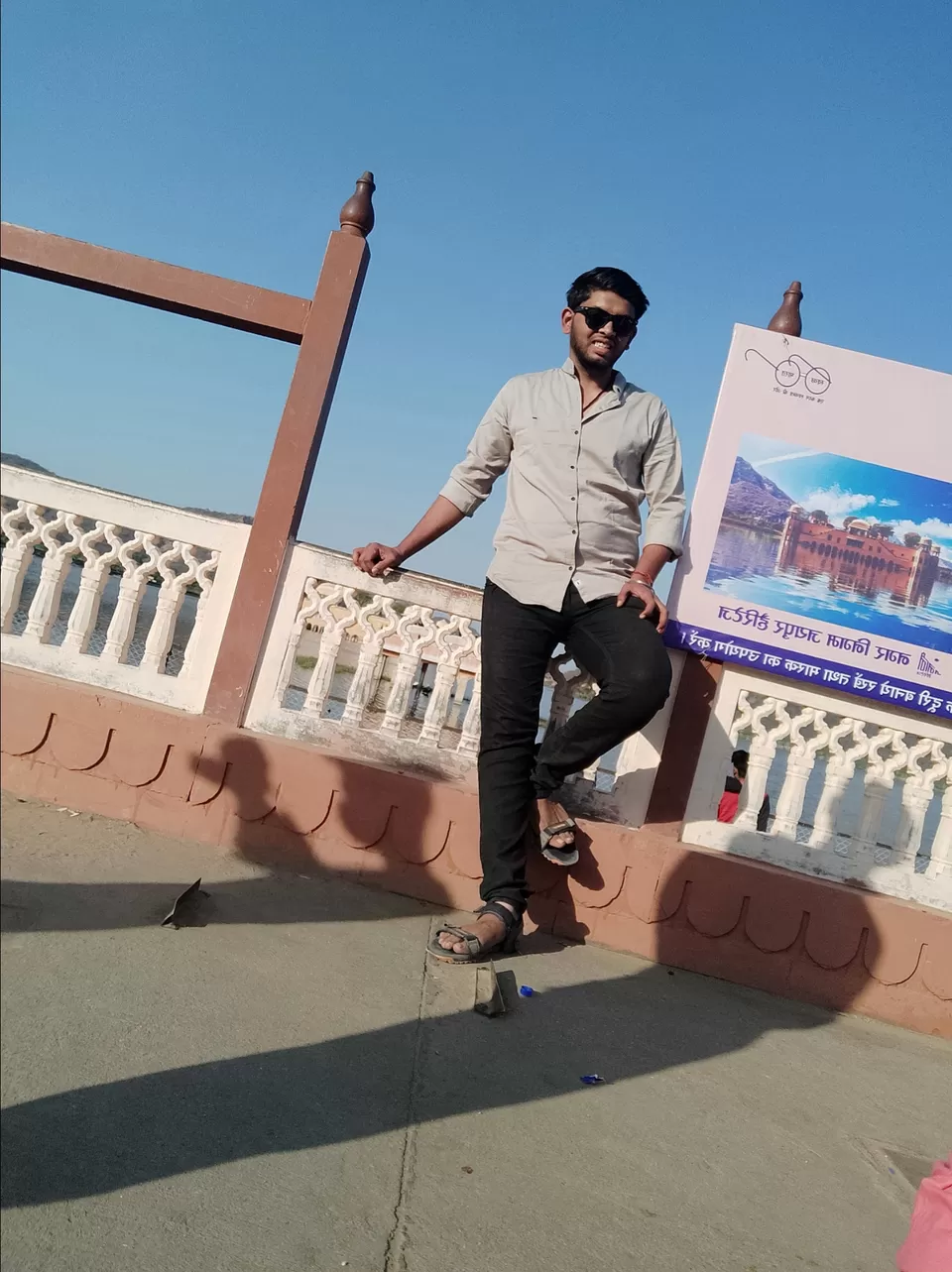
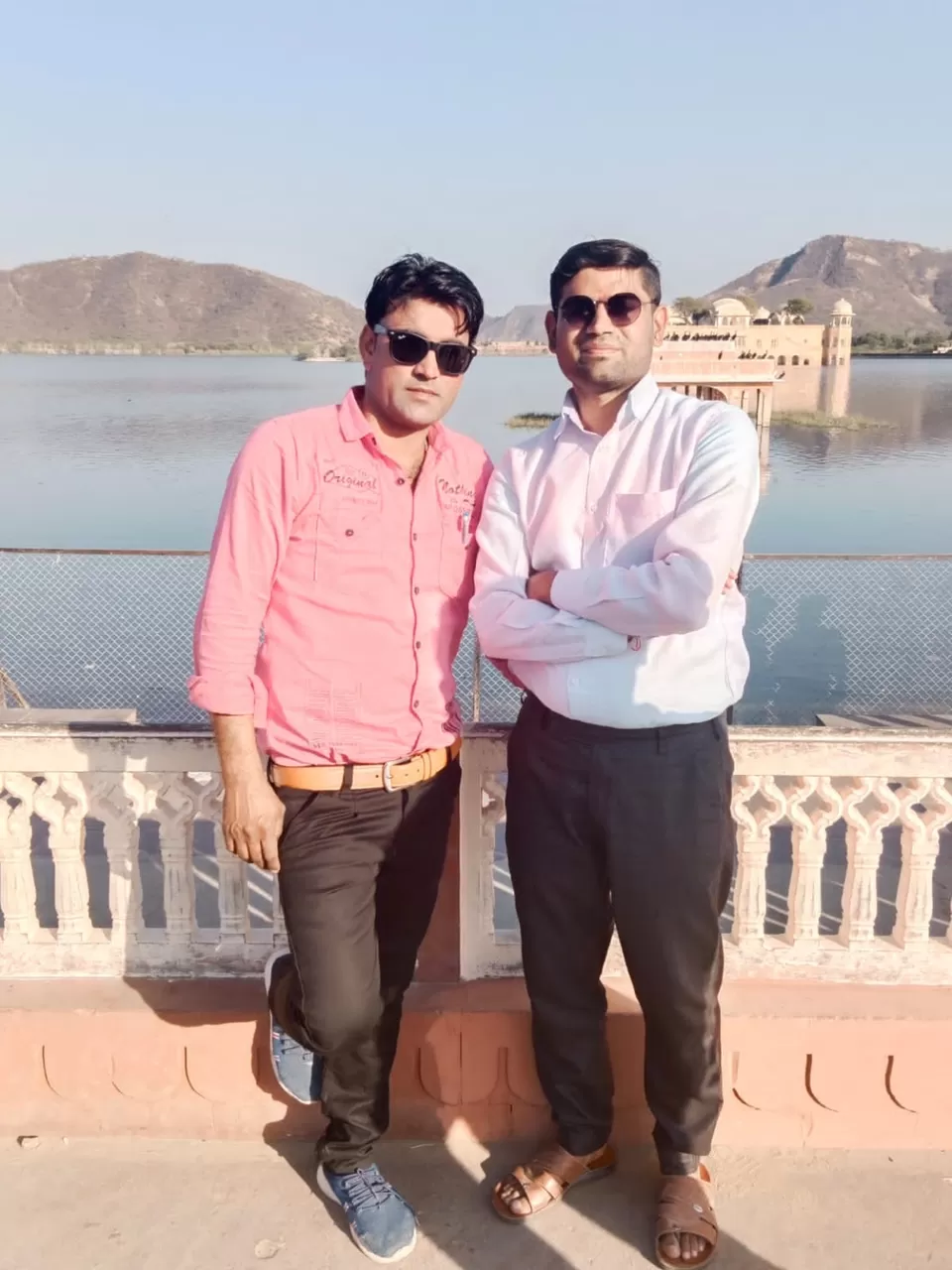
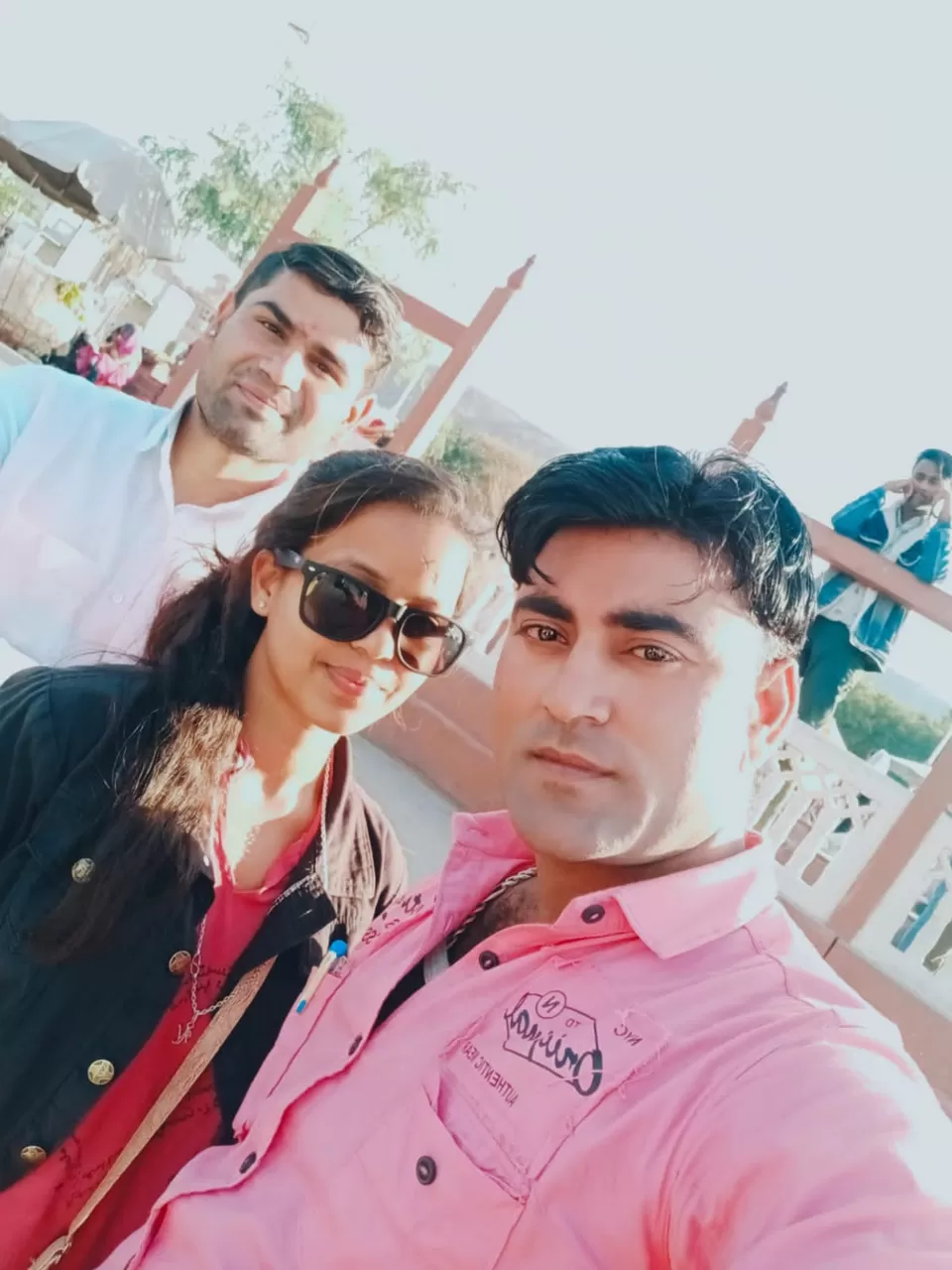
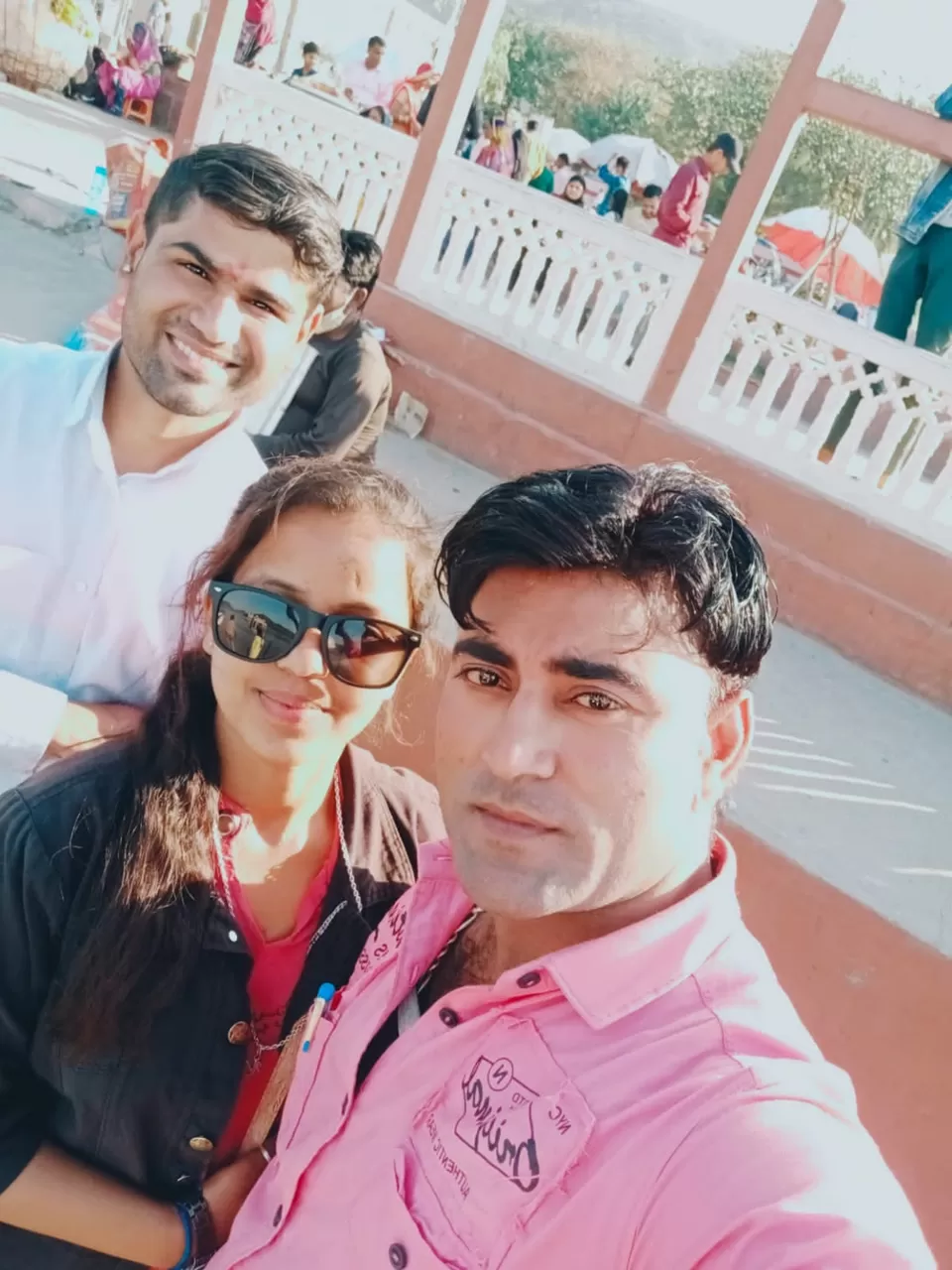
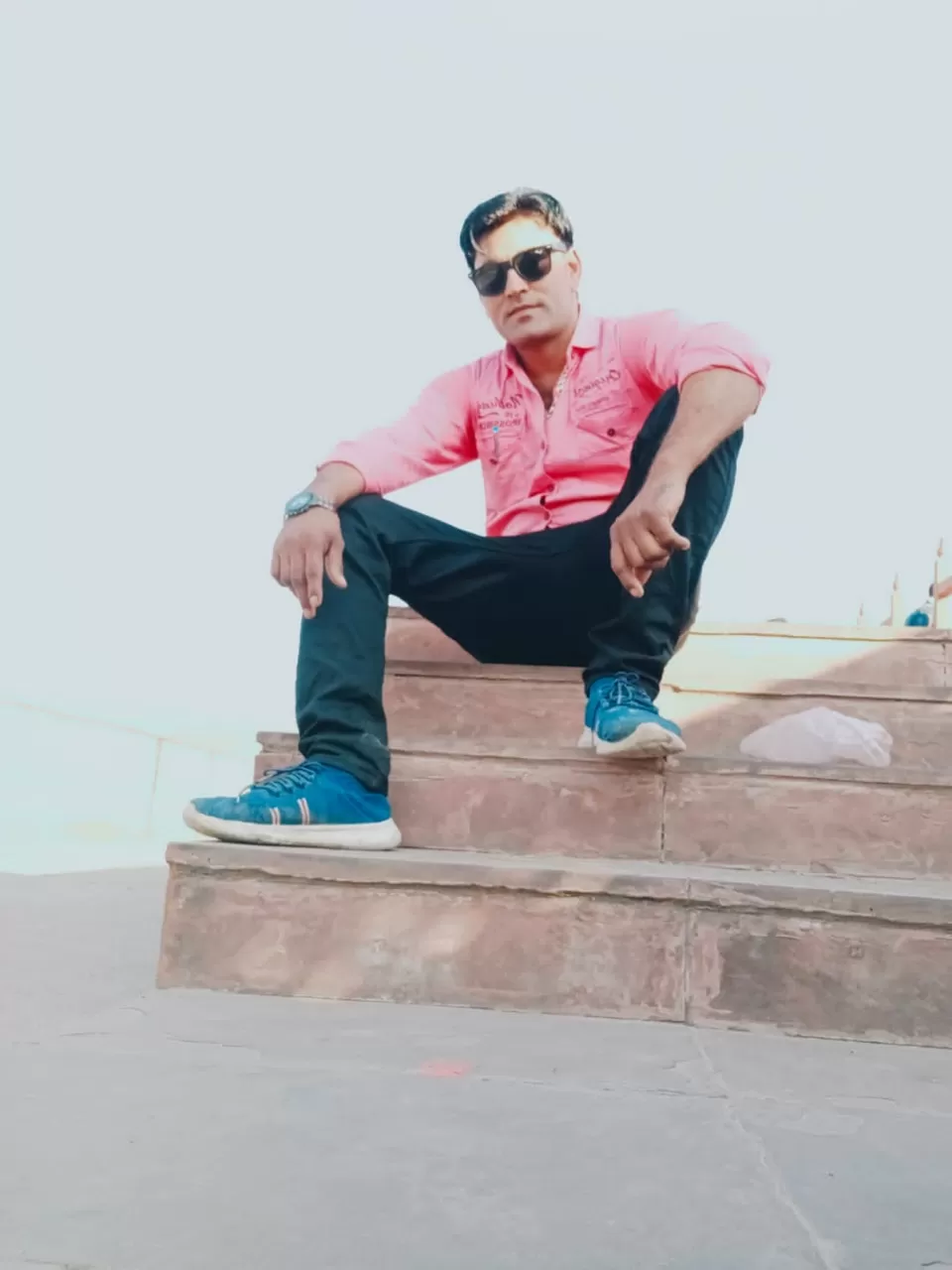
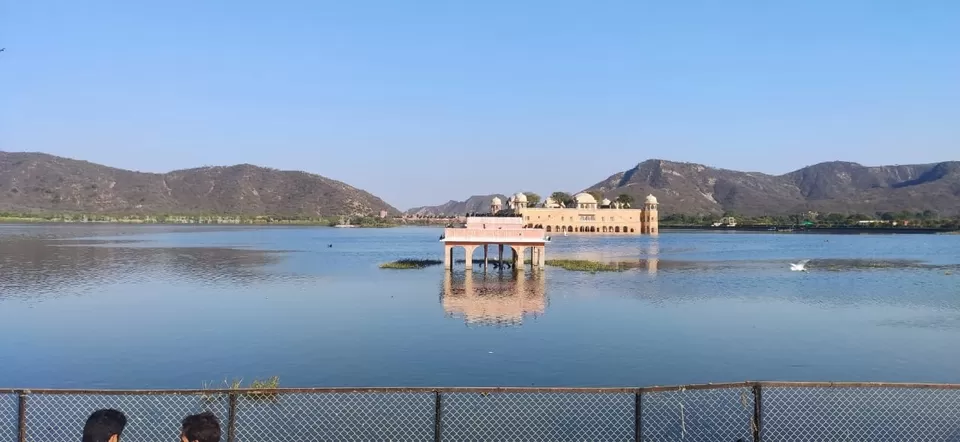
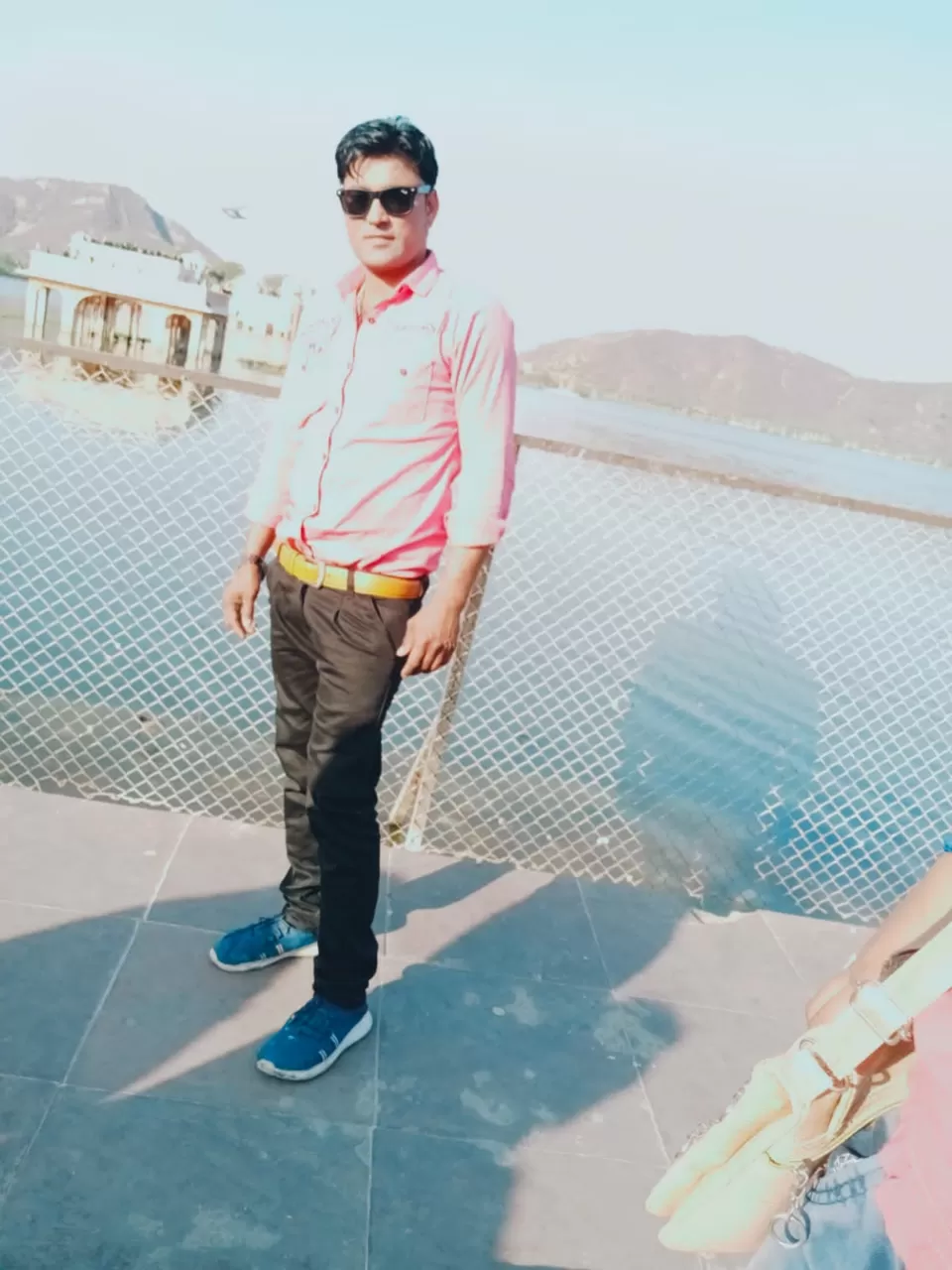
Moti Dungri Ganesh Temple
Moti Dungri Temple of Lord Ganesha is famous for its divine power. It is flocked by the visitors and tourists all through the year. The temple is the centre of attraction on festivals like Ganesh Chaturthi, Krishna Janamasthami, Annakut and Paush Bada. Scholars and architects come here to have flavour of rich cultural heritage of city. Thousands of devotees participate in the preparation of festivities and pay their regards to God Ganesha.
The idol of Lord Ganesha being the prime reason of fascination is centre of attraction for the visitors. A fair is organized every Wednesday.
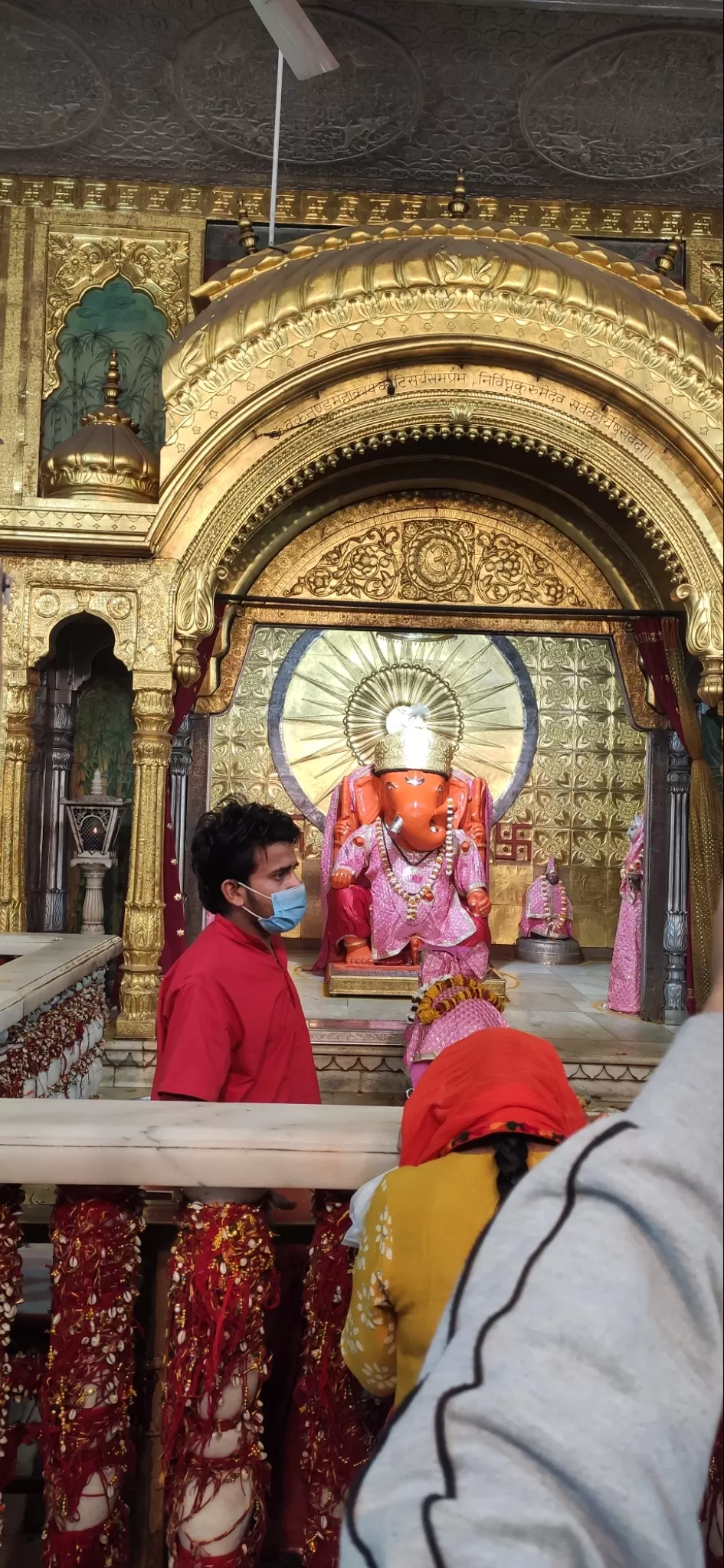
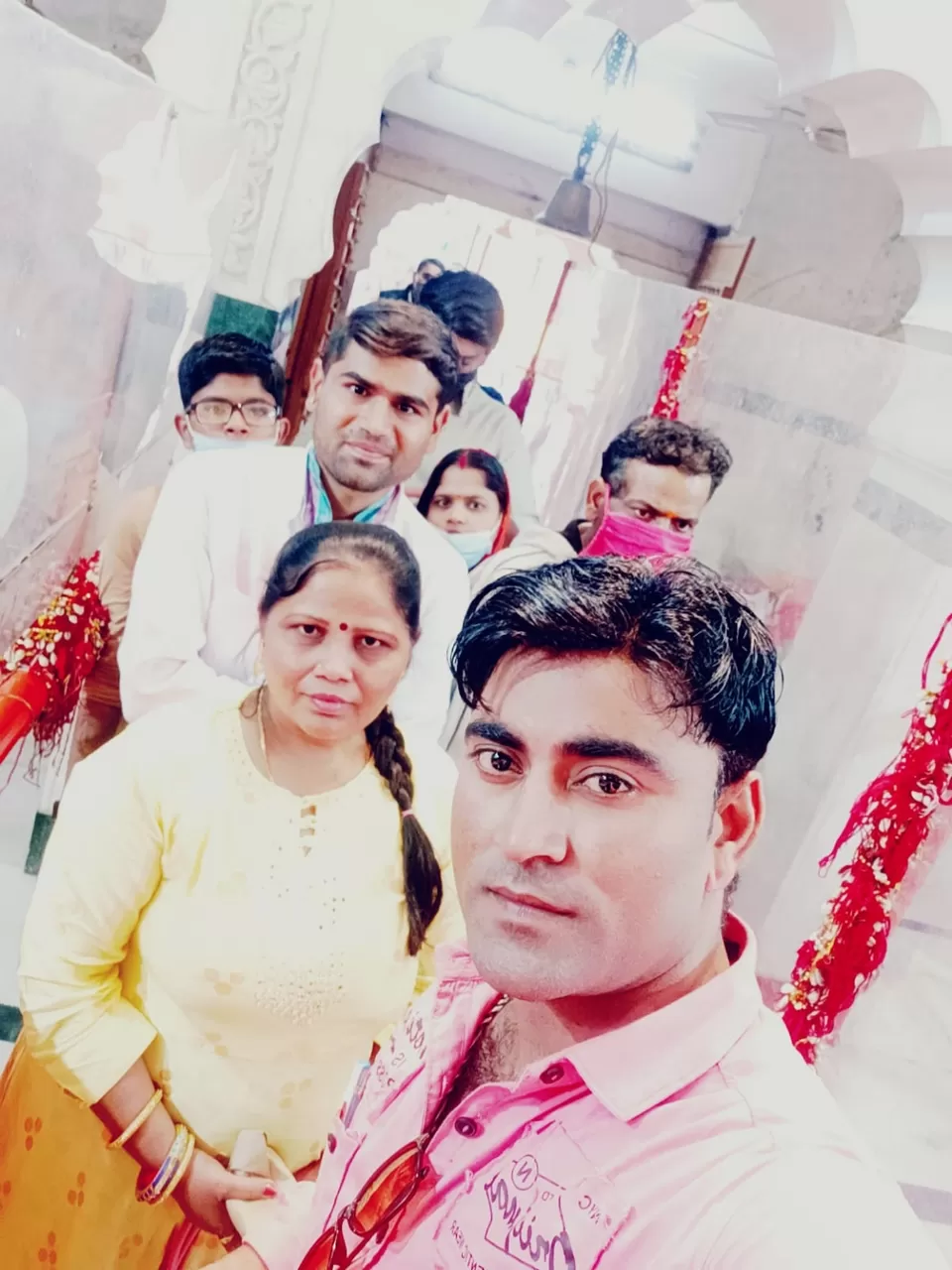
Ramdevra
Ramdevra is a village situated about 12 km to the north of Pokhran in Jaisalmer district of Rajasthan in India.Ramdevra was established by Baba Ramdev Pir, who was son of ruler of pokhran Ajmal singh tanwar.Gram Panchayat of Ramdevra is one of the most economically productive Gram panchayat in Rajasthan, as tourist and devotees inflow in village is huge. A fair is held in Ramdevra between August–September, which attracts devotees from other states like Punjab, Haryana, Gujrat, MP and from all over India.Some of the famous tourist attractions of village are Ramdev Pir temple, Ramsarovar lake (a lake believed to be carved by Ramdev pir Himself), Parcha Bawdi stepwell, Jhoola-Paalna etc.
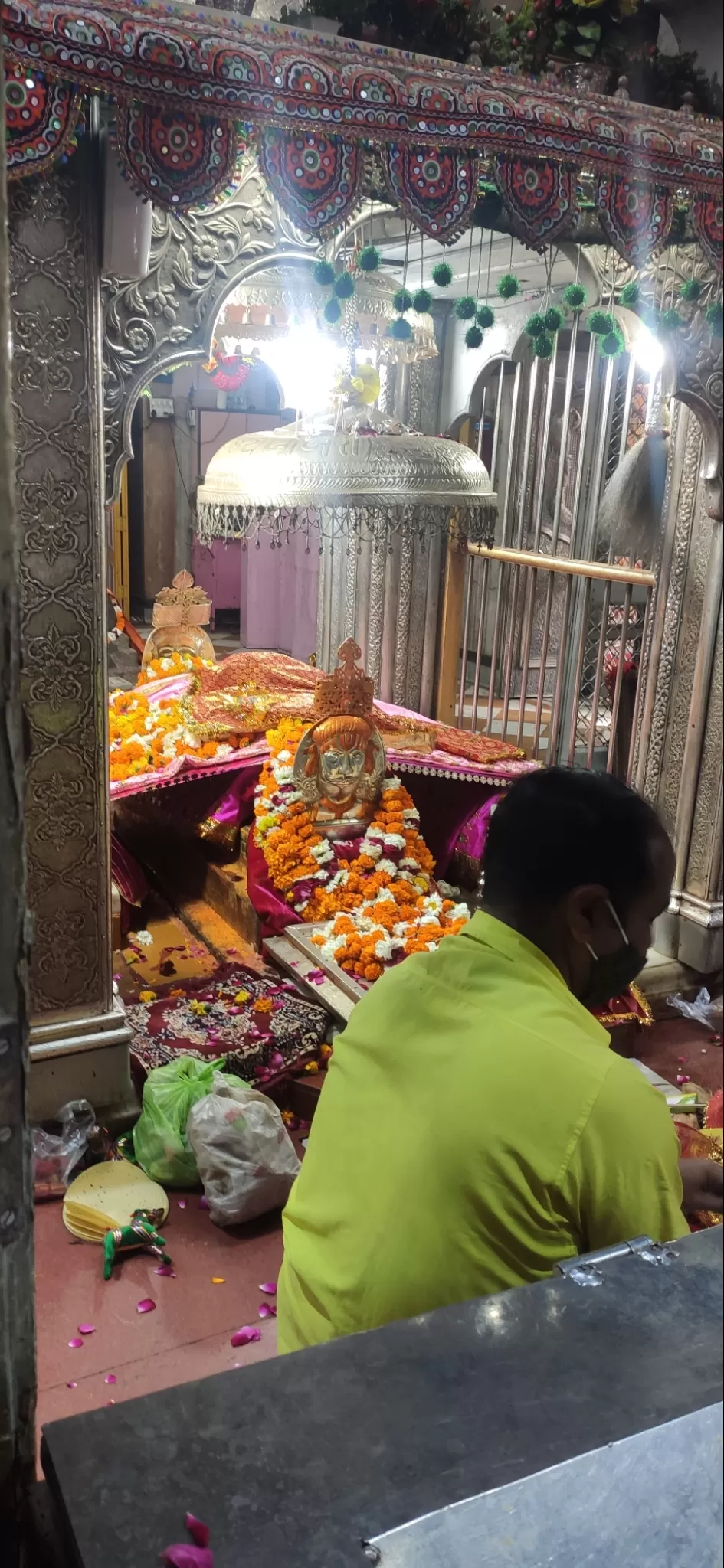
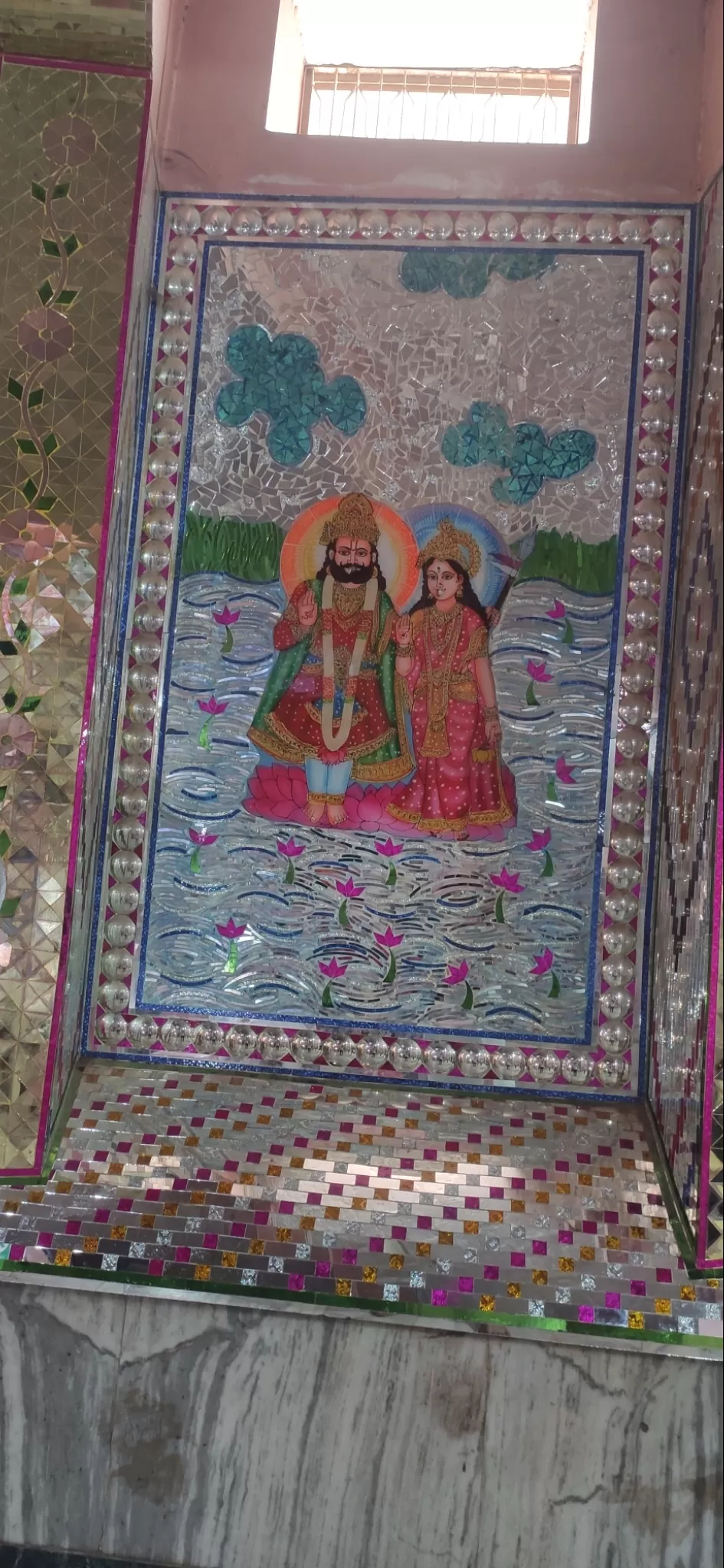
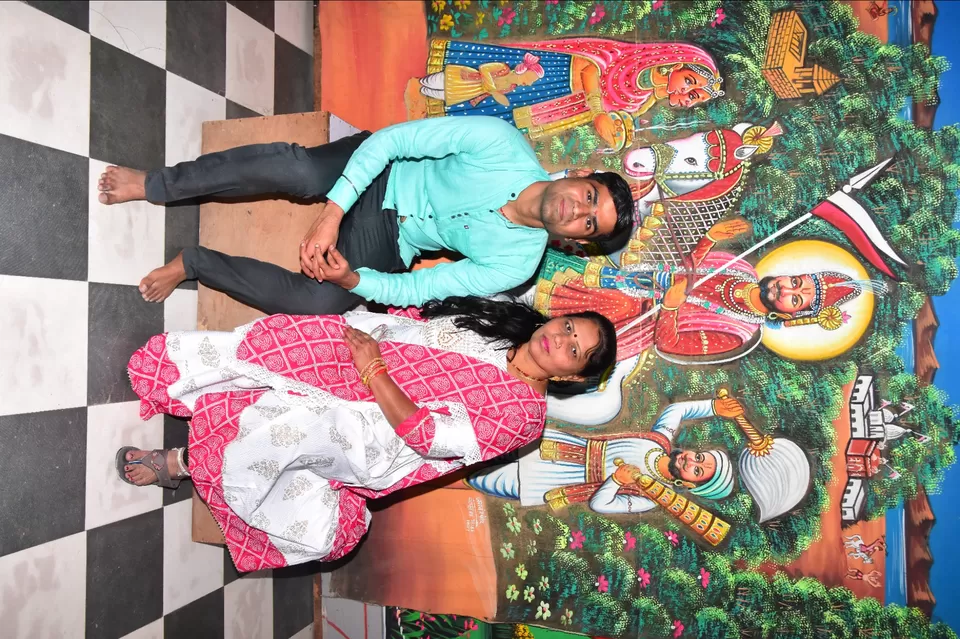
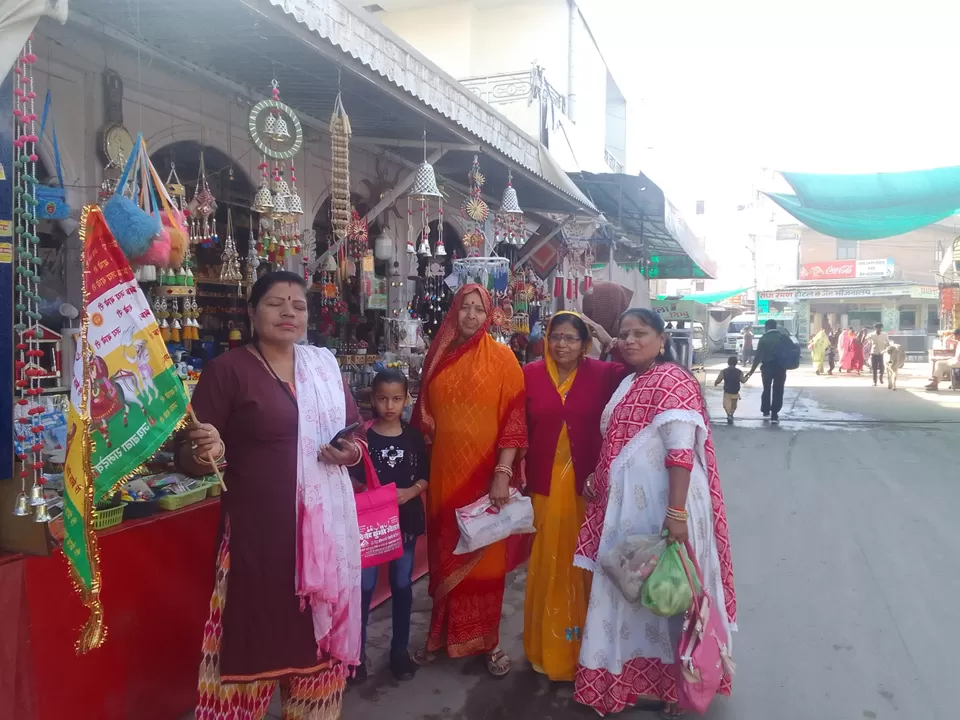
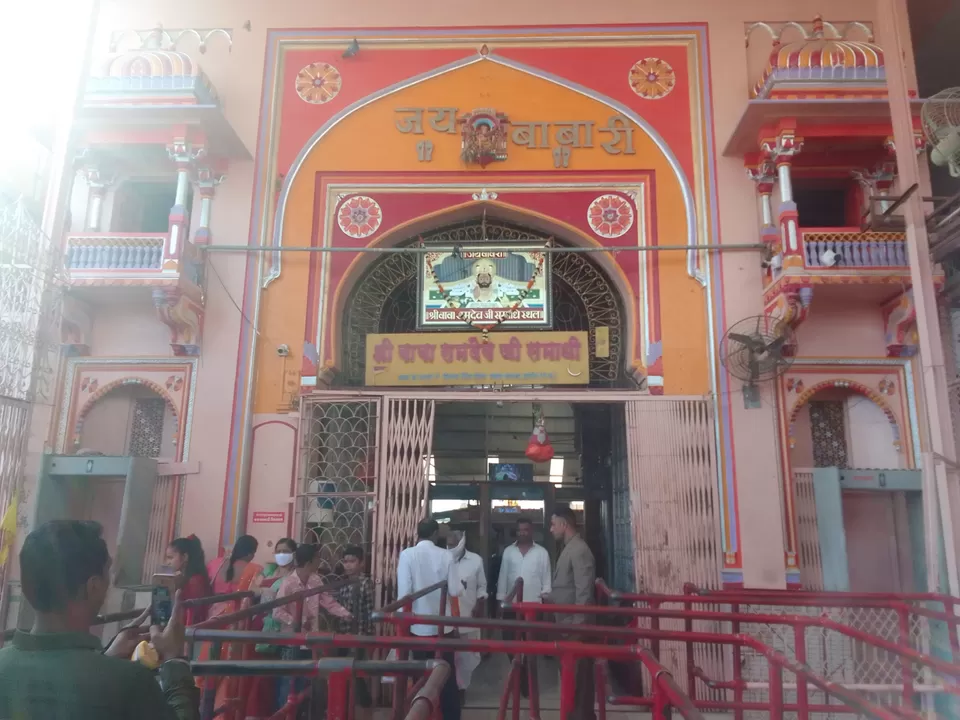
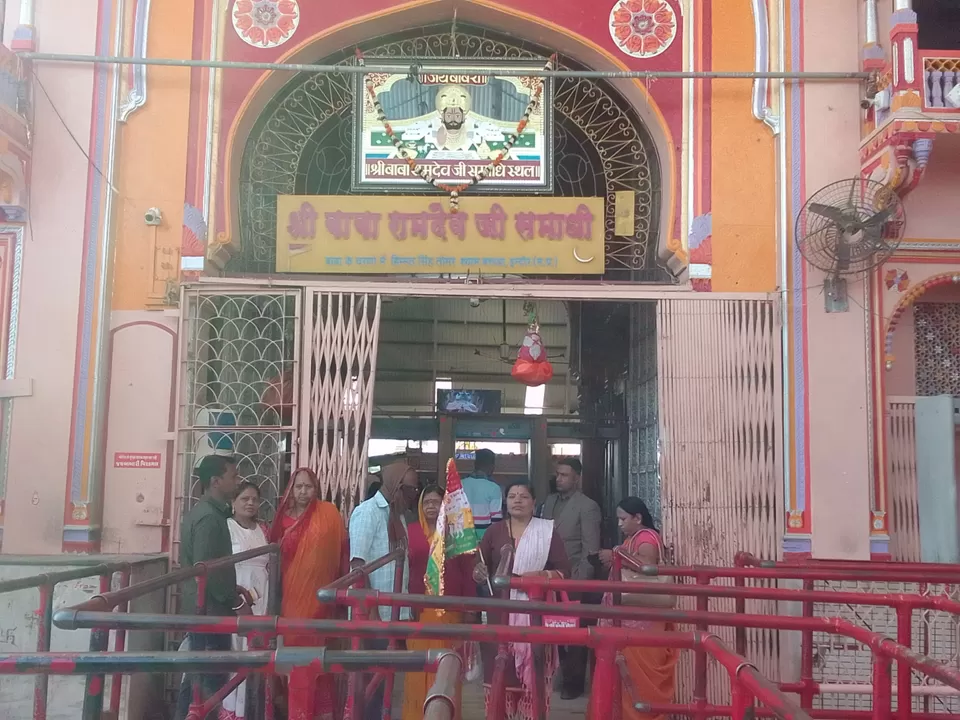
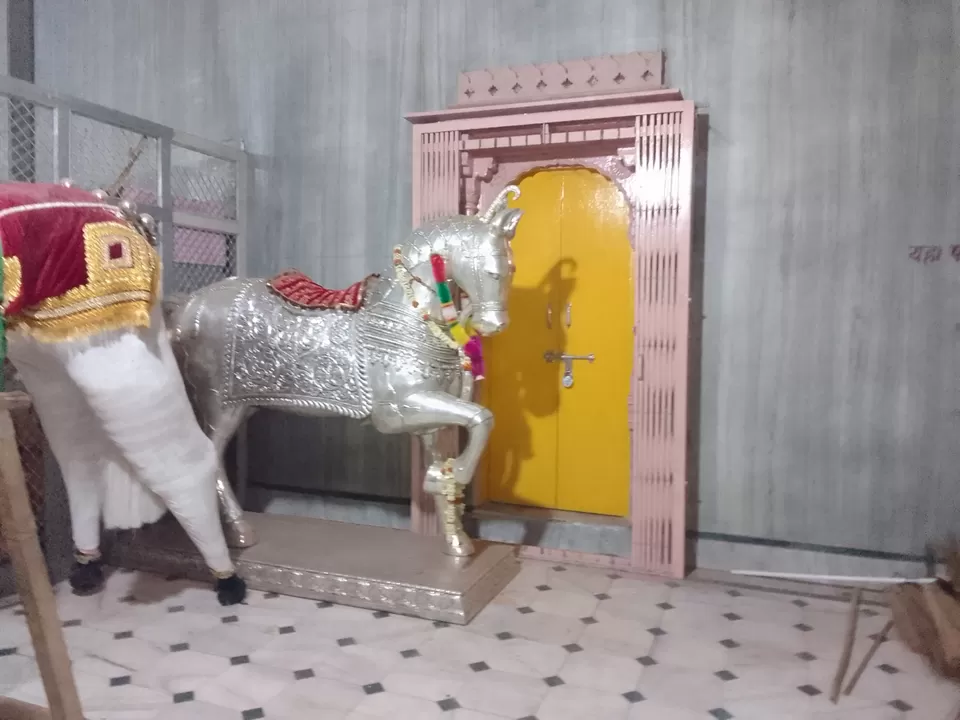
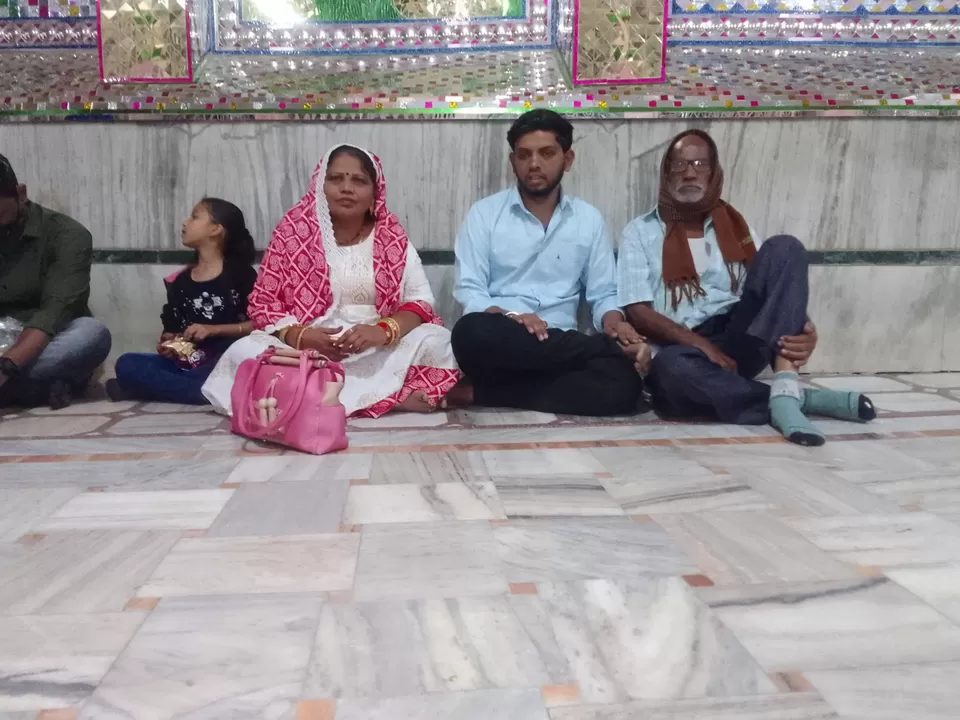
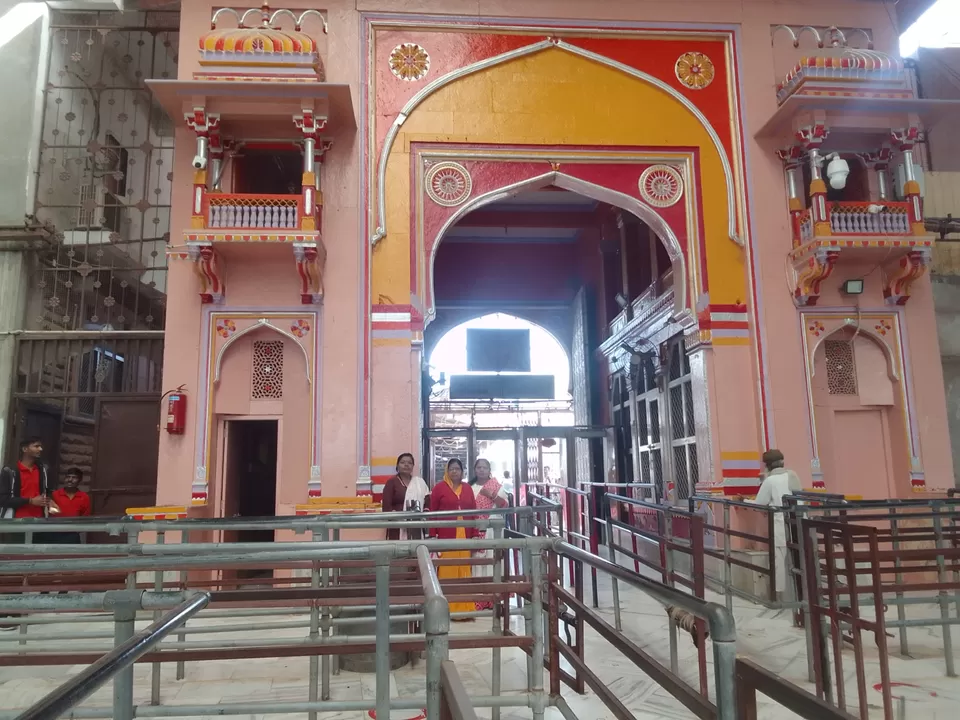
Ghantaghar, Jodhpur
Ghanta Ghar , also known as the clock tower of Rajasthan , is in the Indian city of Jodhpur .
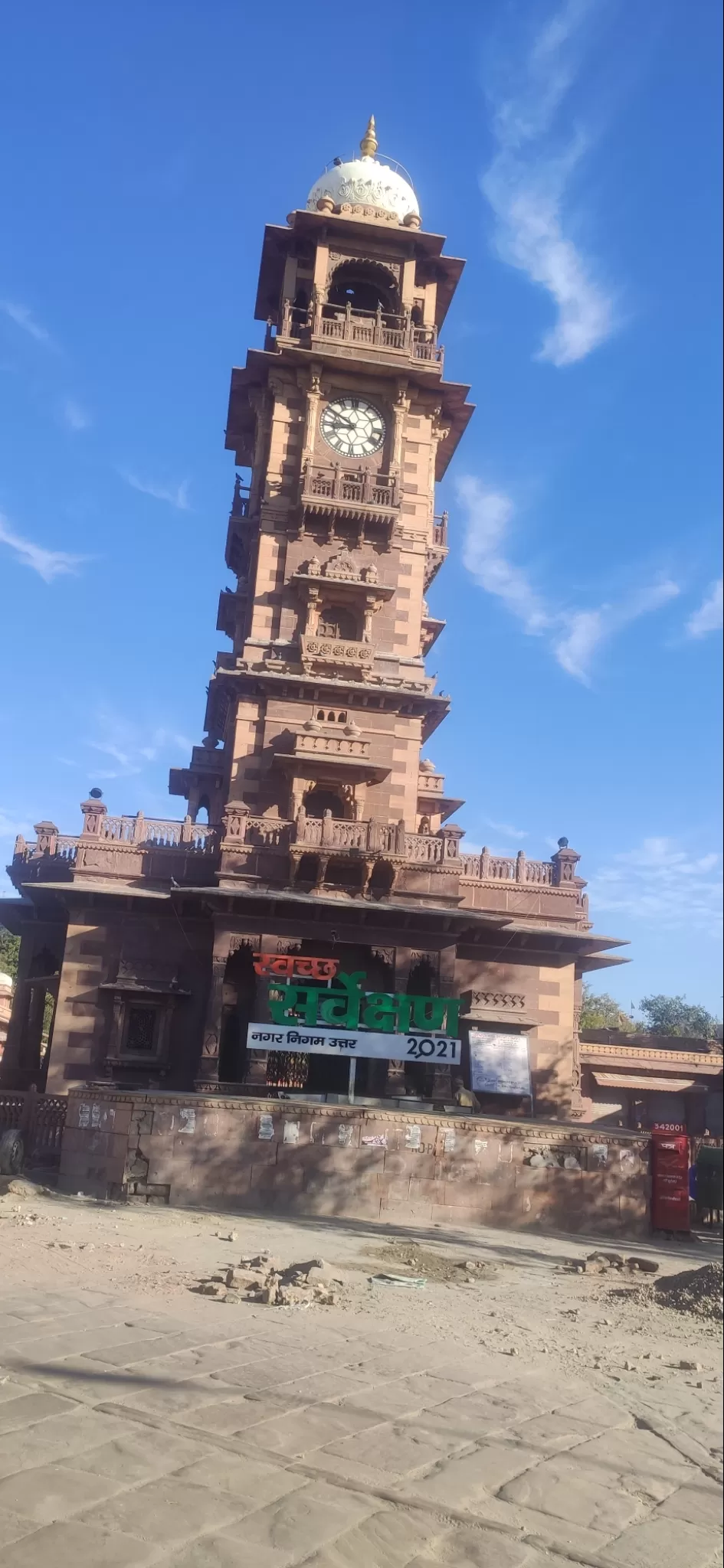
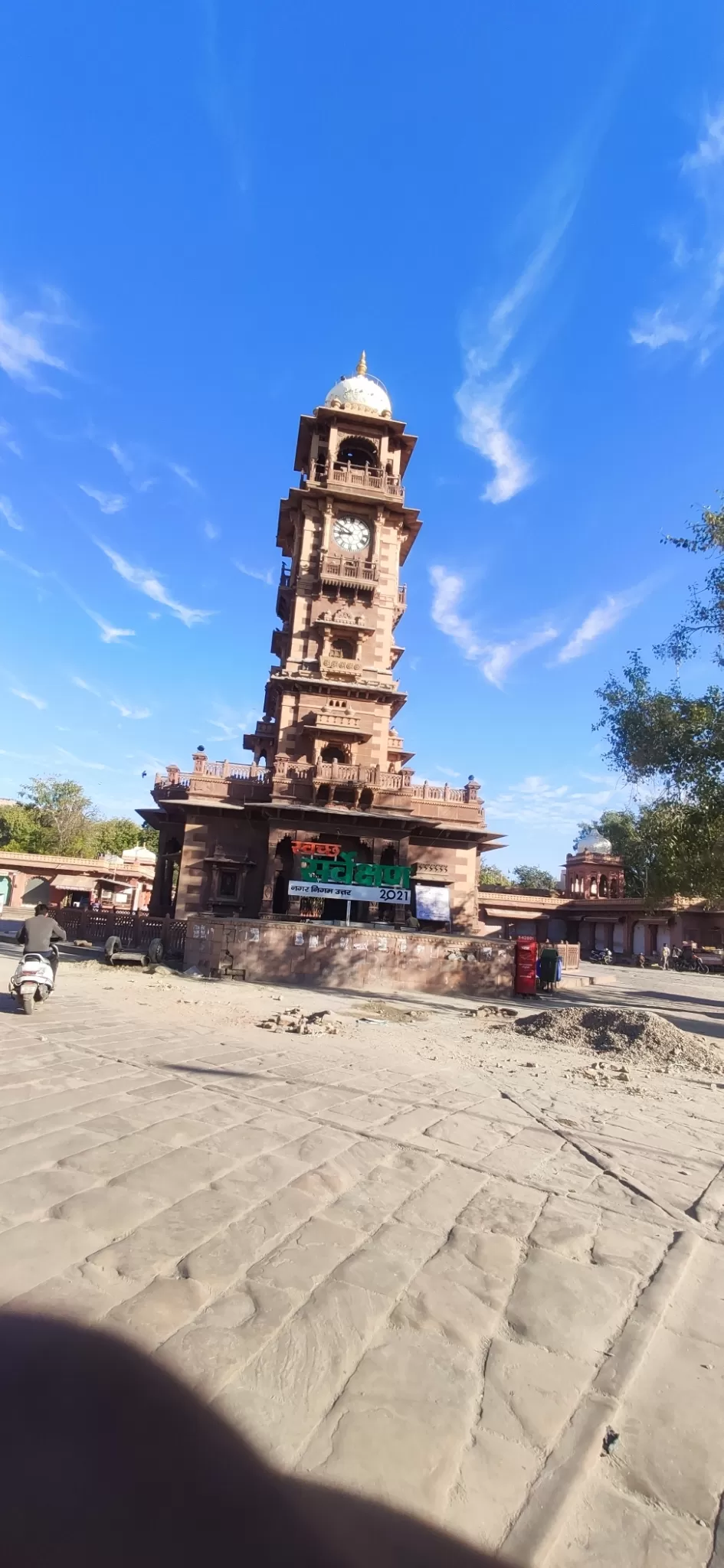
Mehrangarh Fort
Mehrangarh Fort covers an area of 1,200 acres (486 hectares) in Jodhpur , Rajasthan , India. The complex is located on a hilltop around 122 metres above the surrounding plain,and was constructed circa 1459 by Rajput ruler Rao Jodha. Inside its boundaries there are several palaces known for their intricate carvings and expansive courtyards, as well as a museum housing various relics. A winding road leads to and from the city below. The imprints of the impact of cannonballs fired by attacking armies of Jaipur can still be seen on the second gate. To the left of the fort is the chhatri of Kirat Singh Soda, a soldier who fell on the spot defending Mehrangarh.
